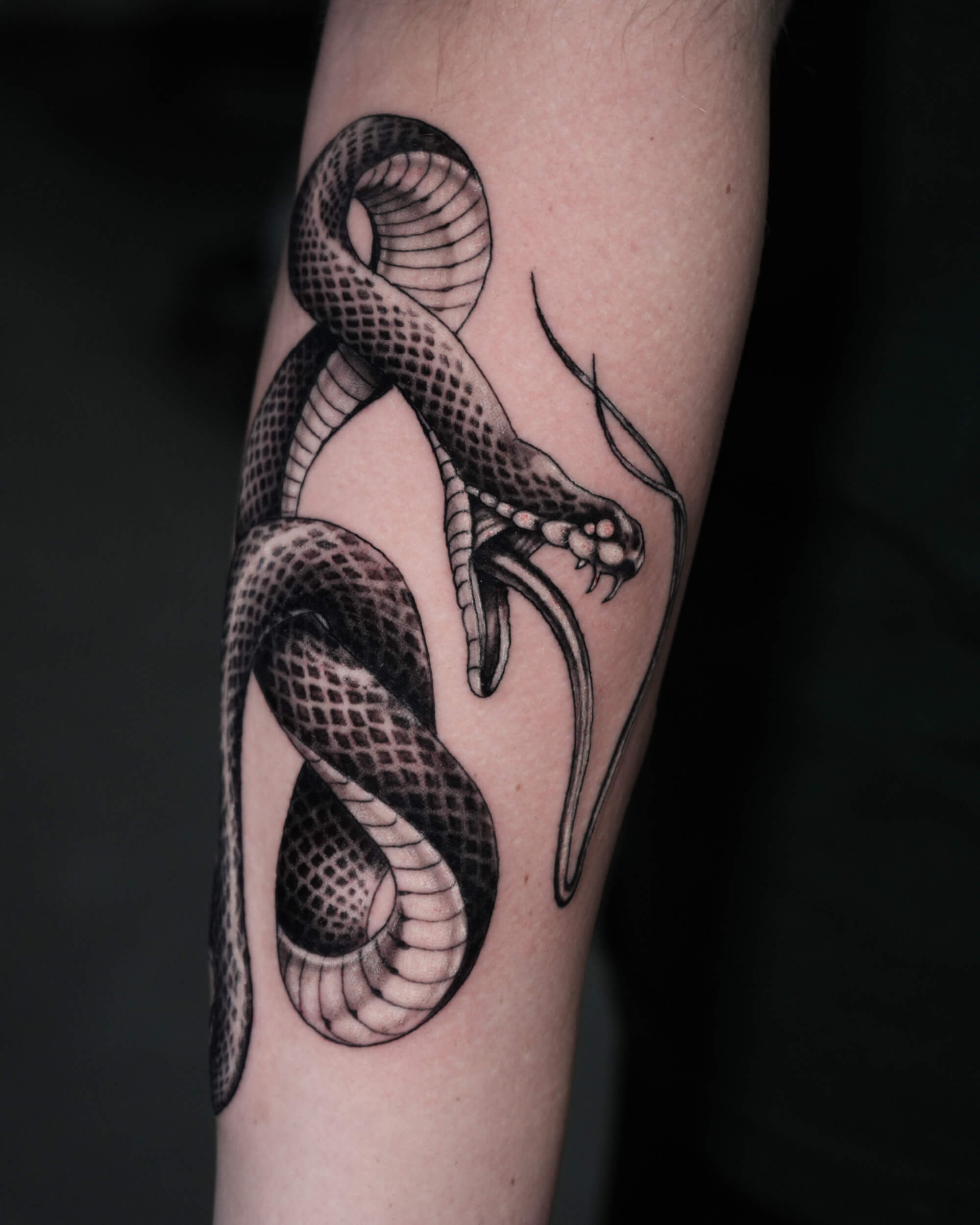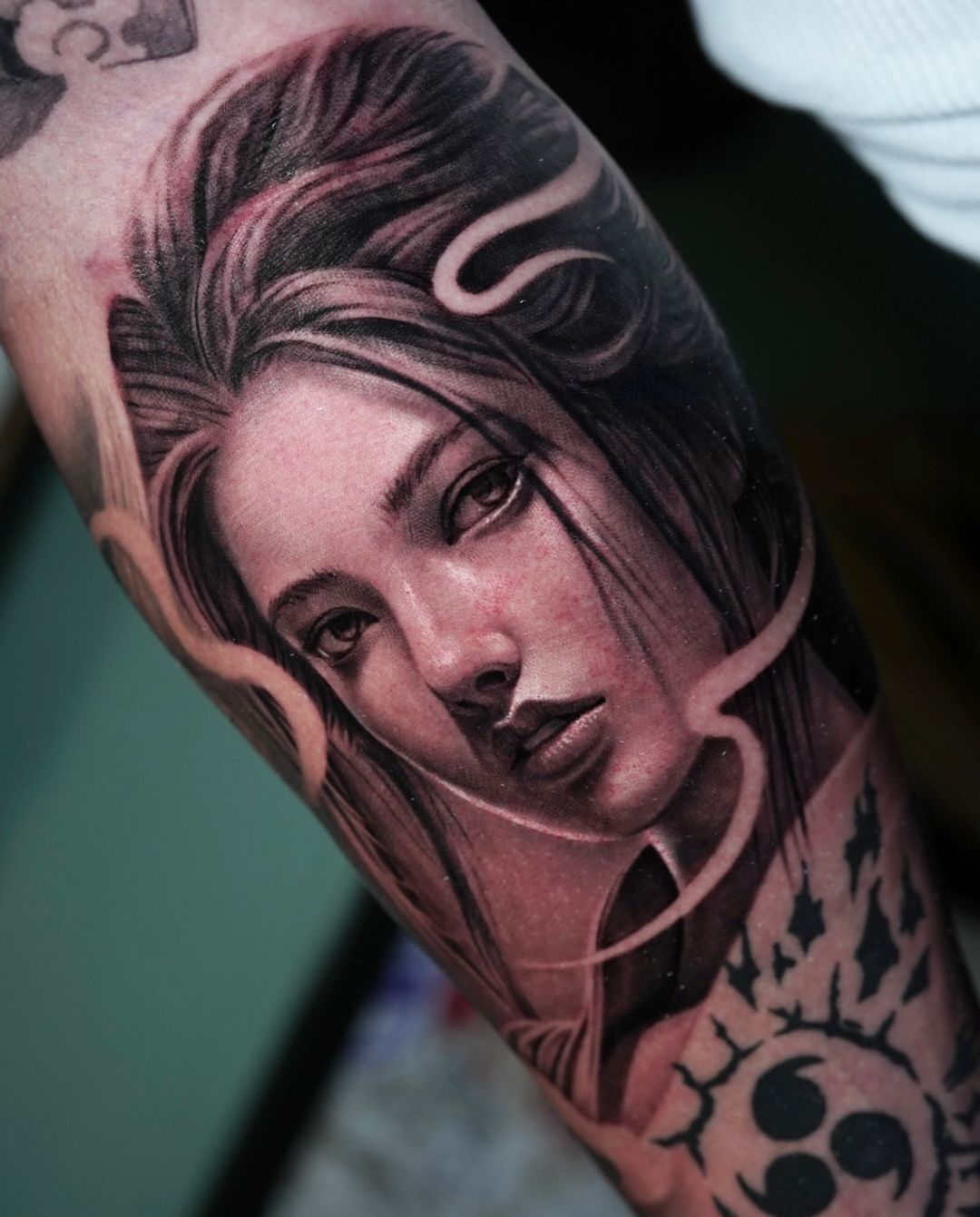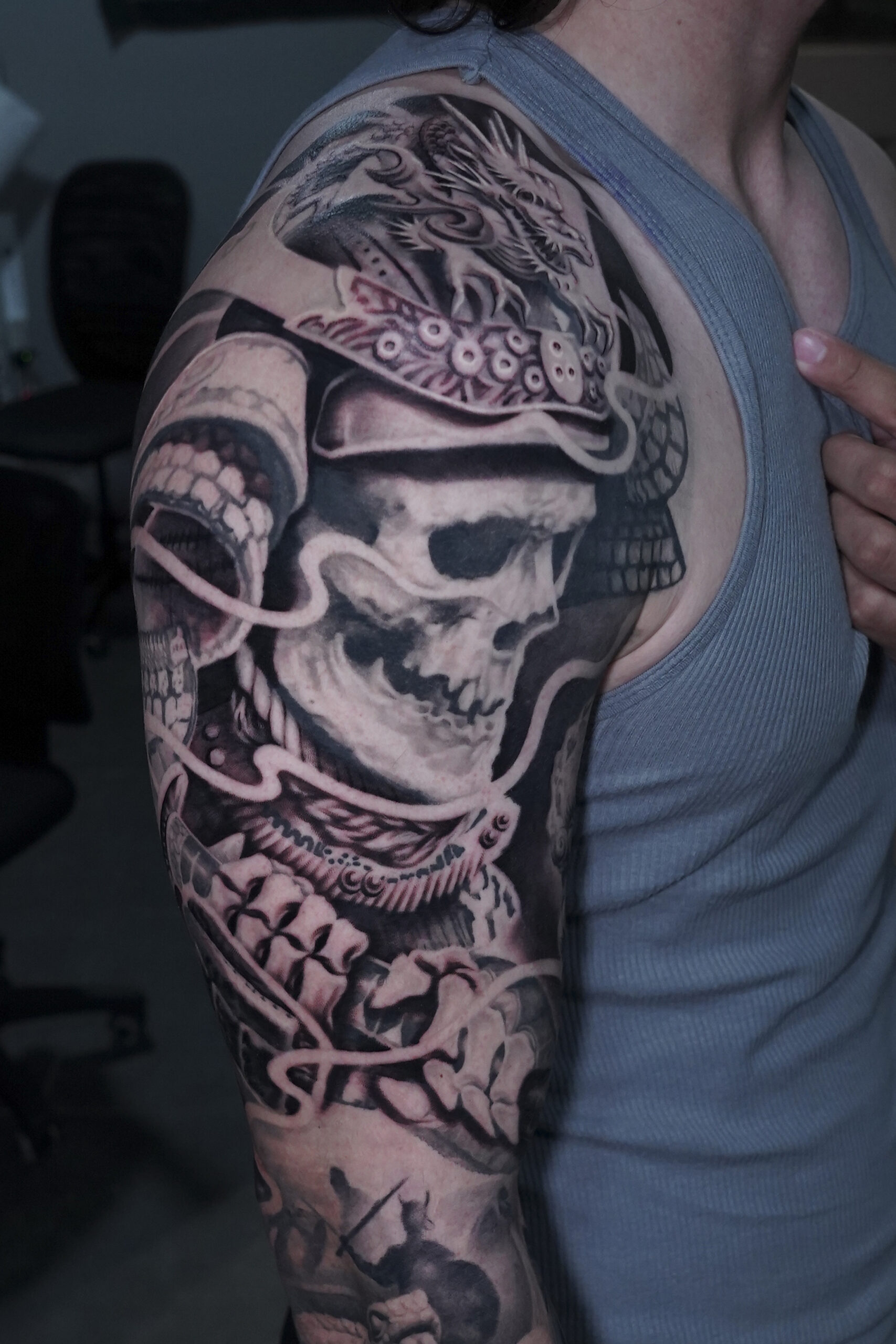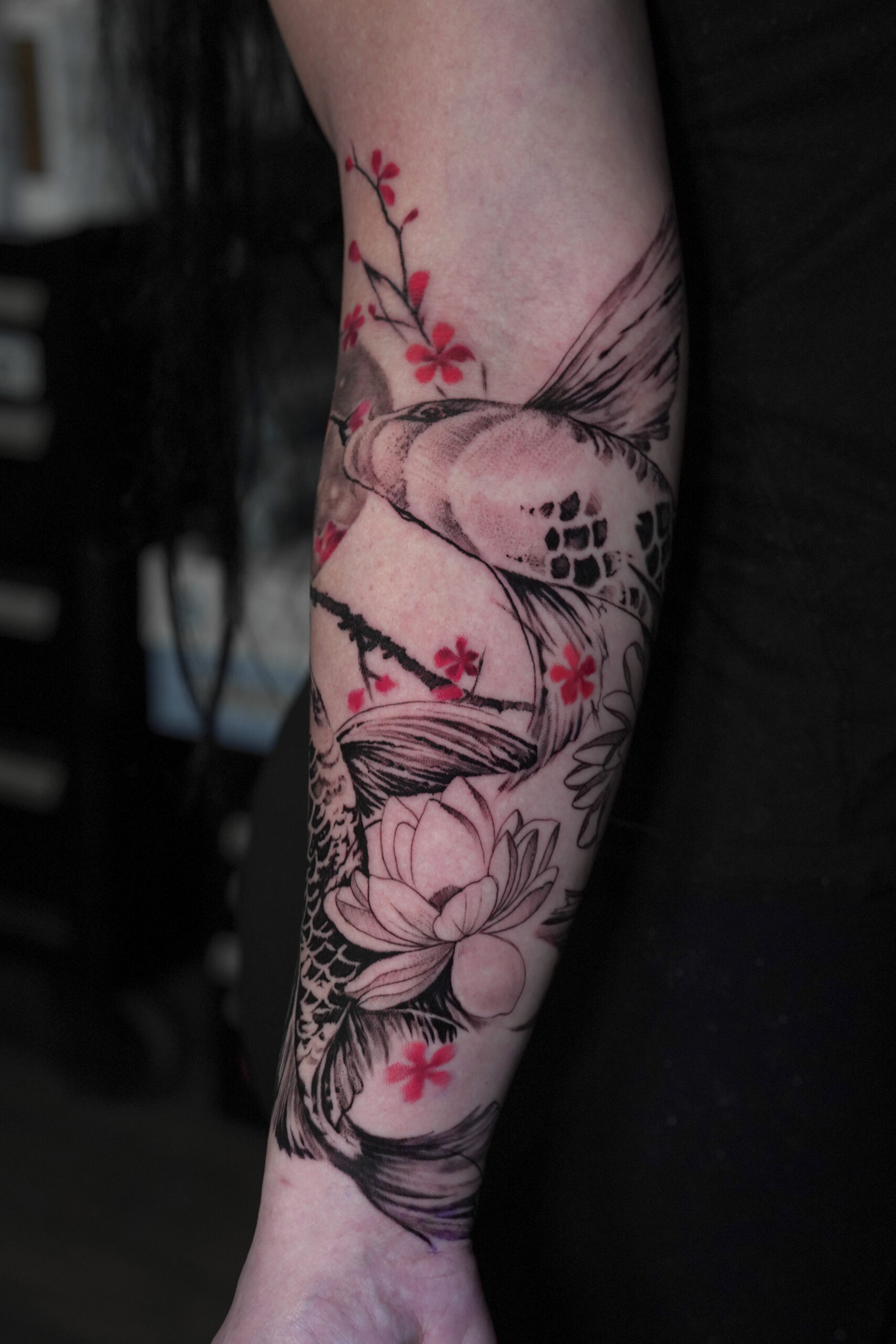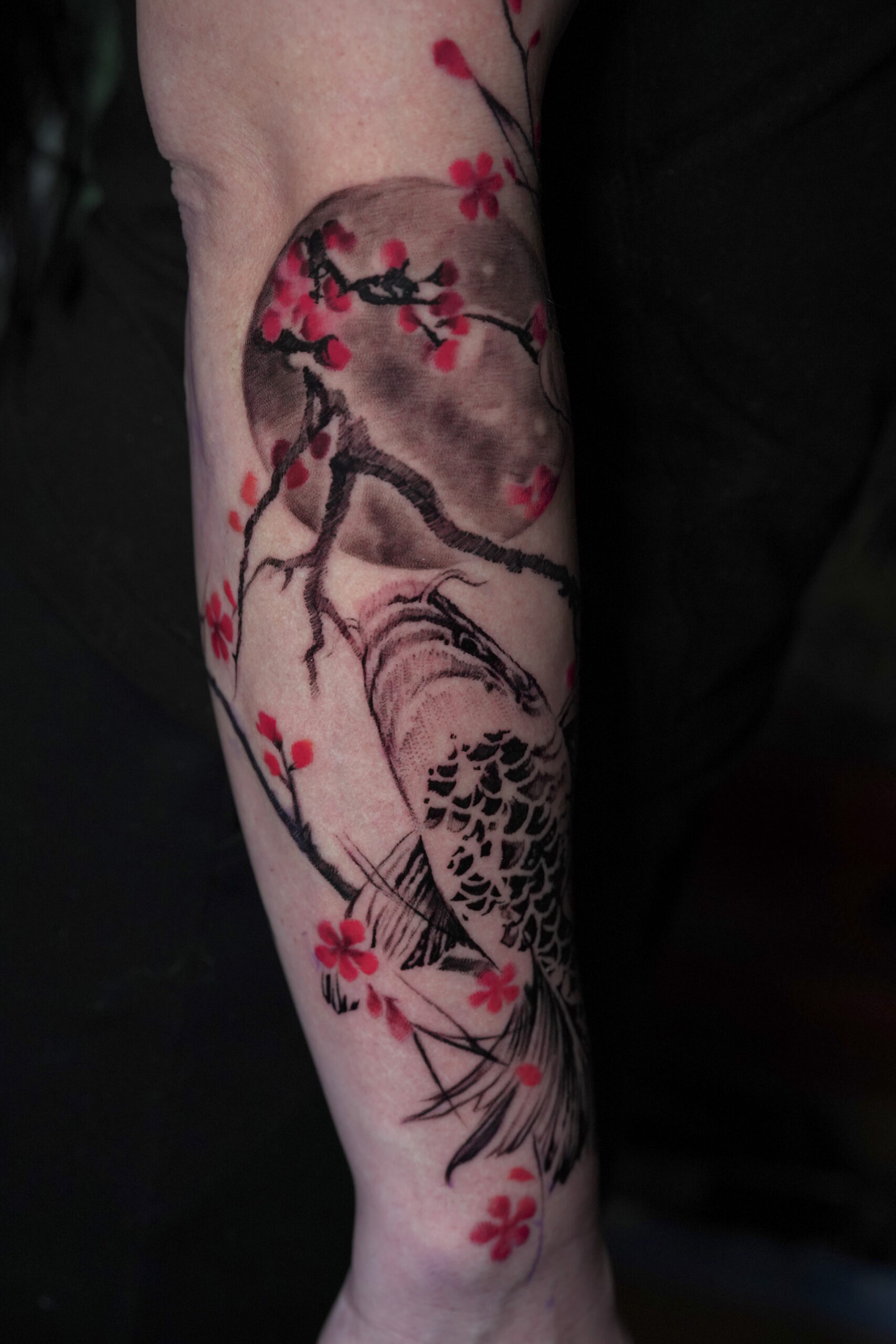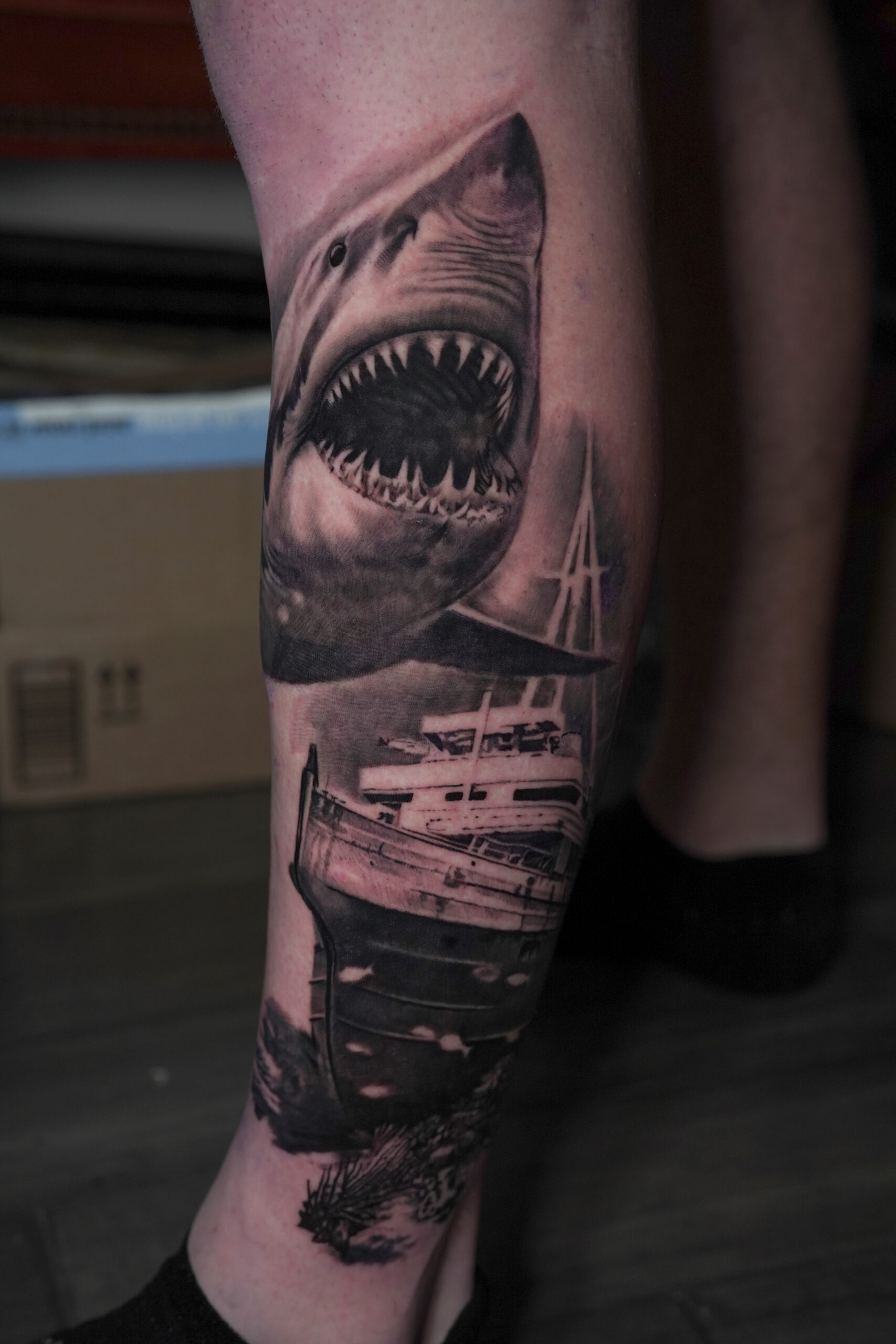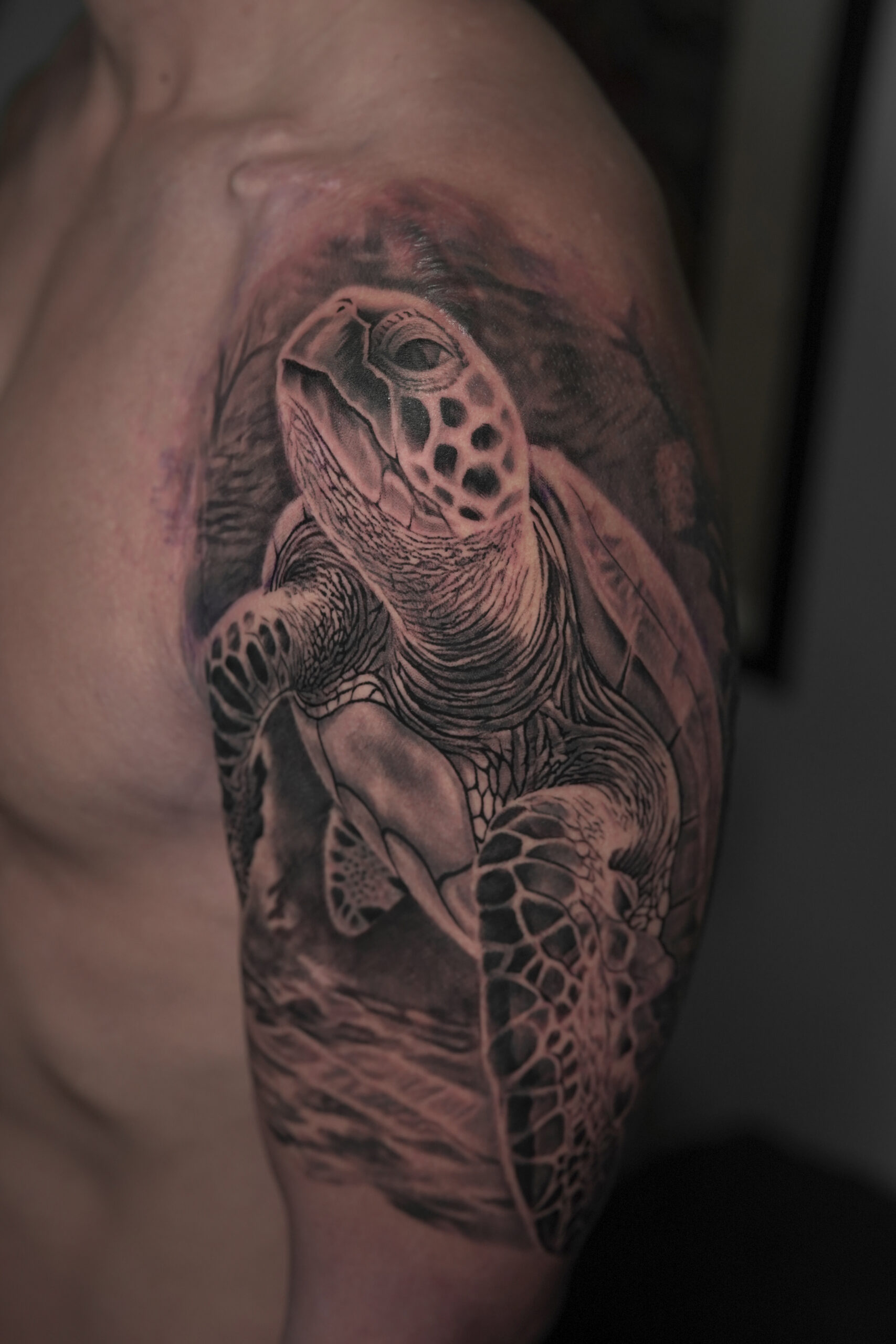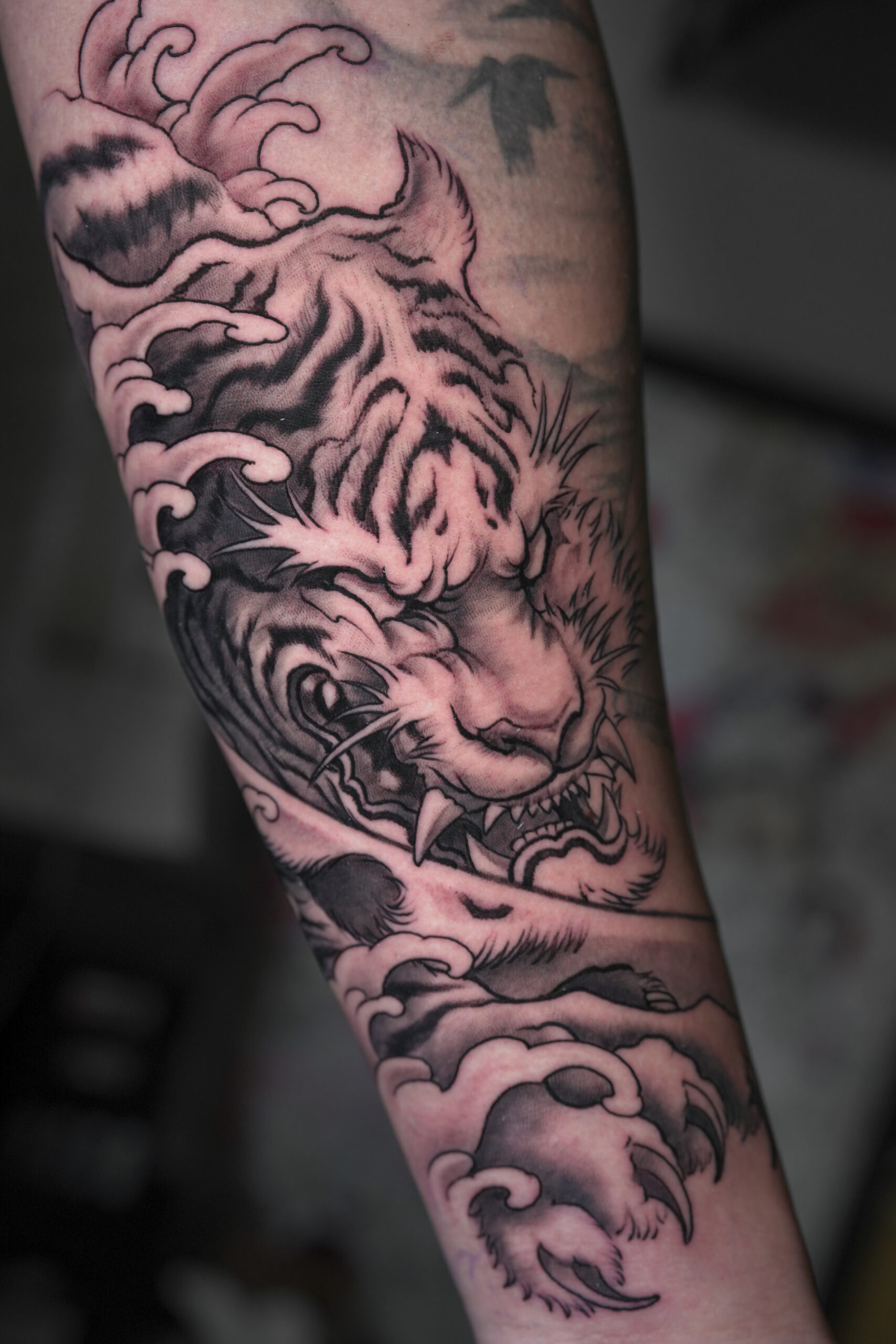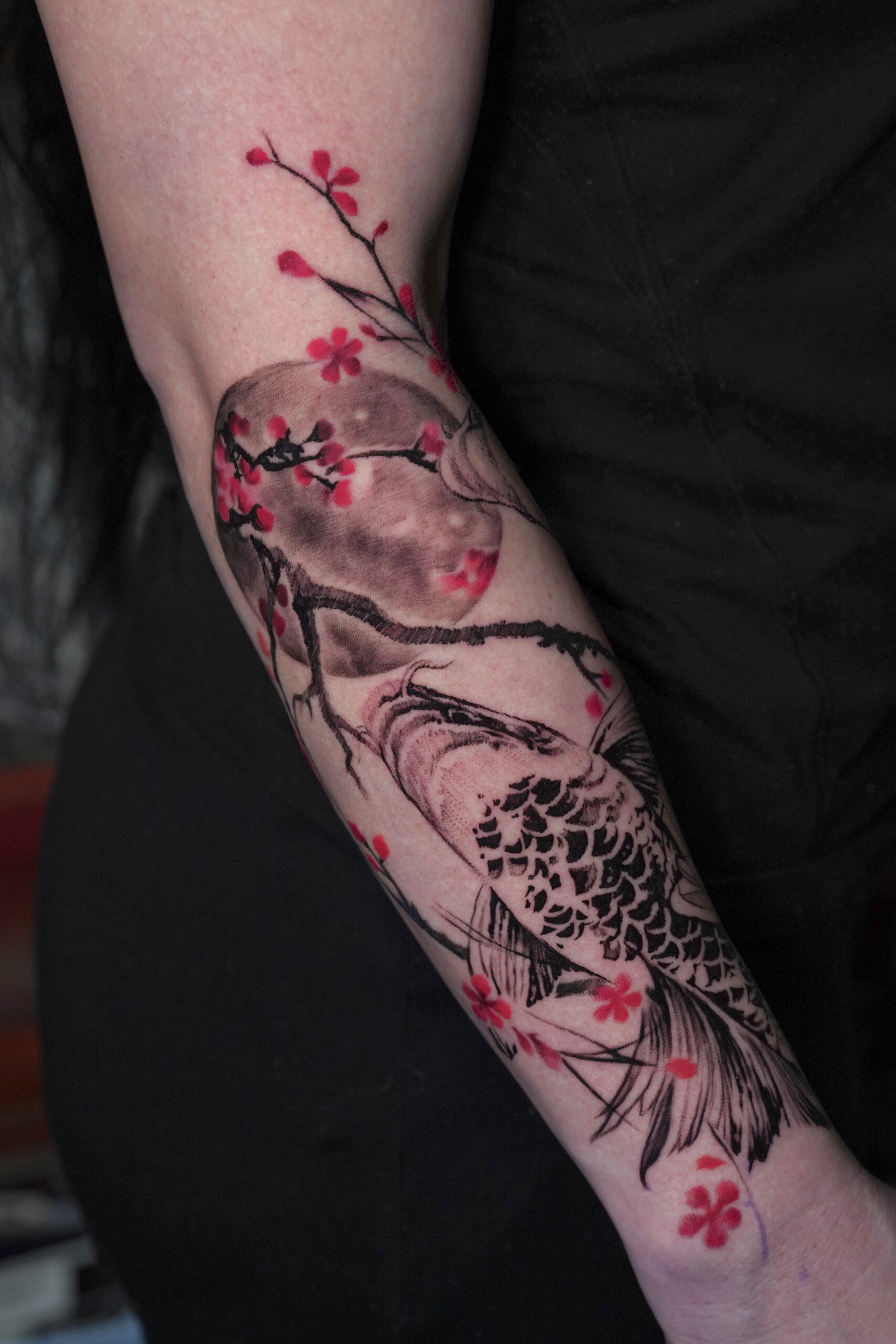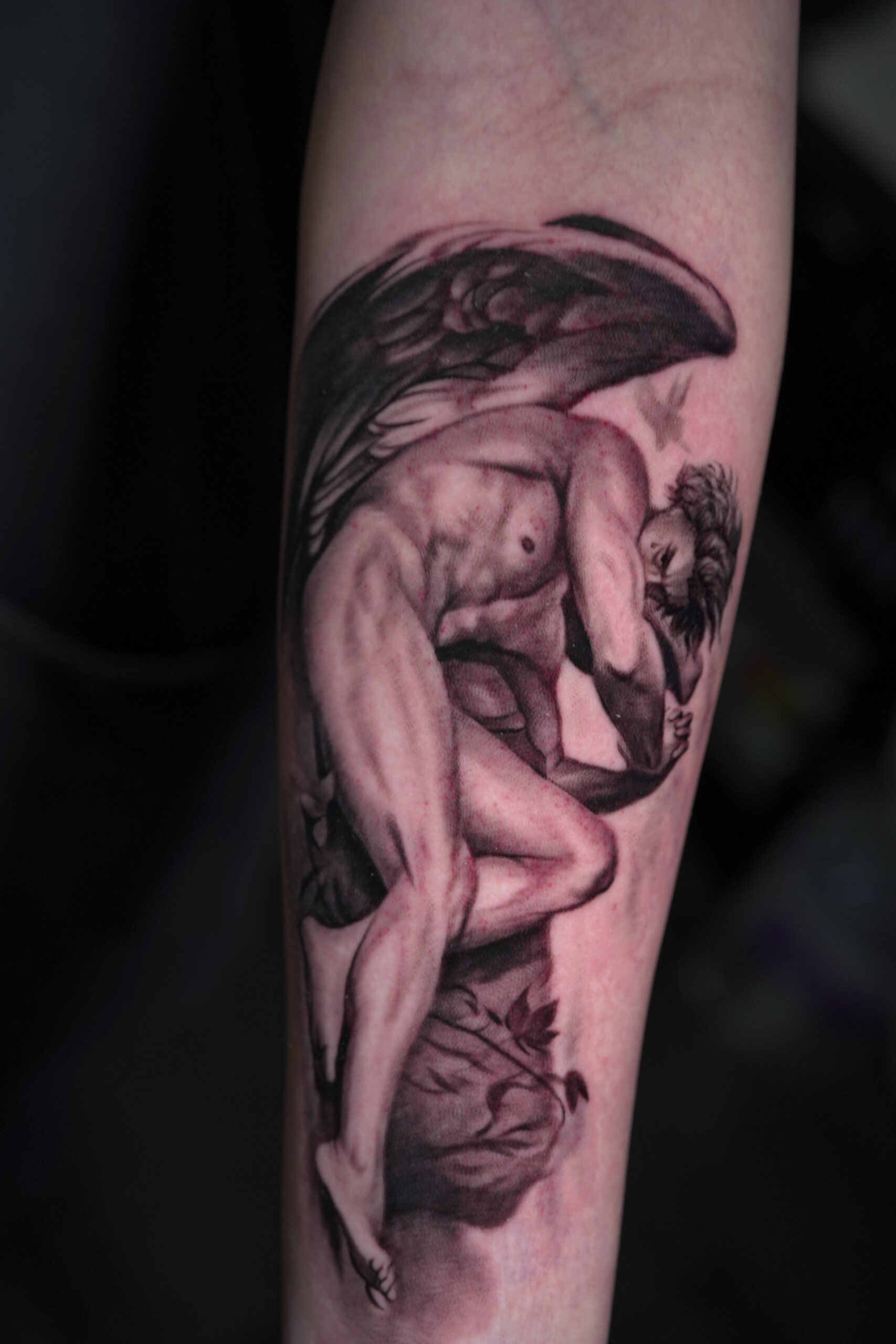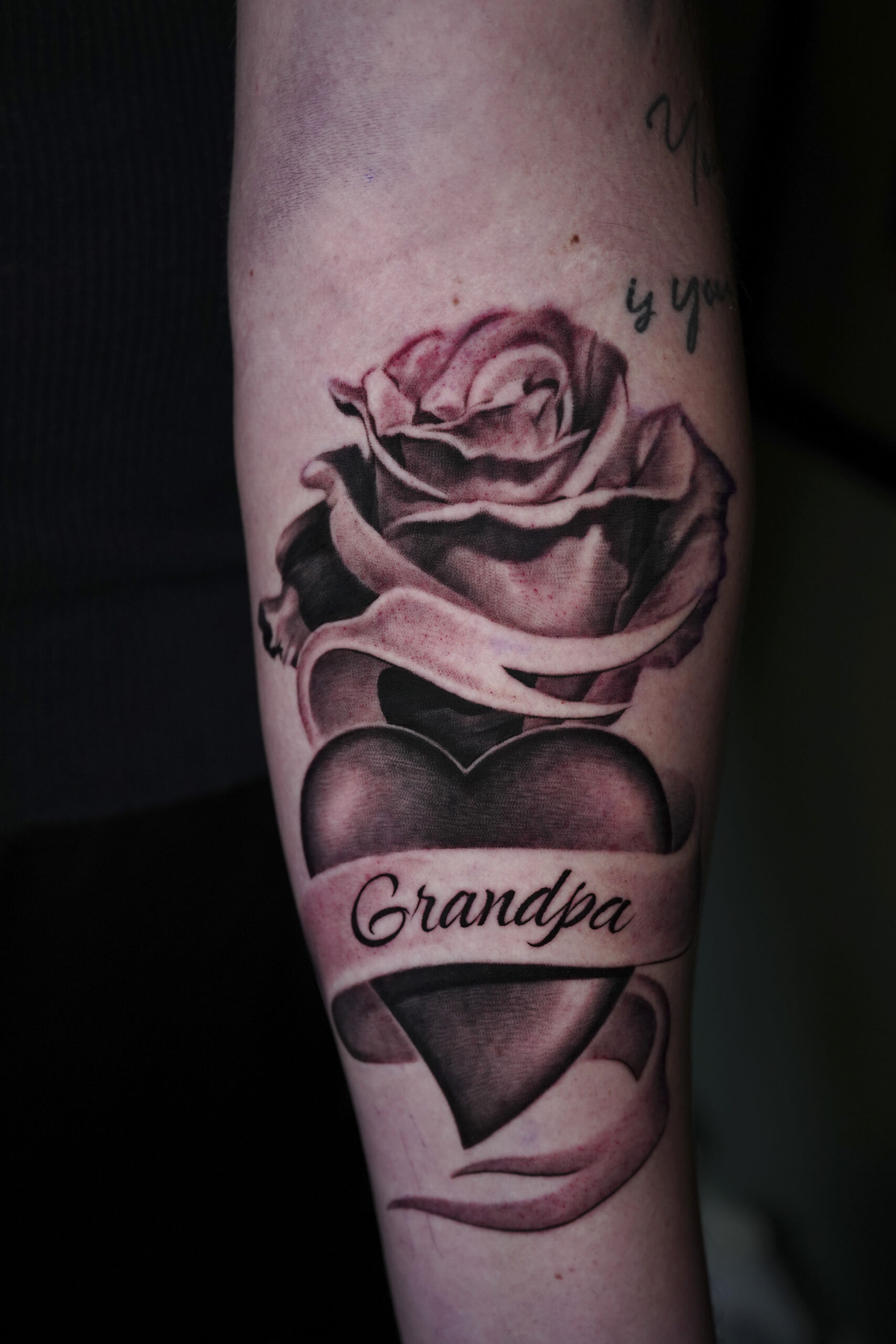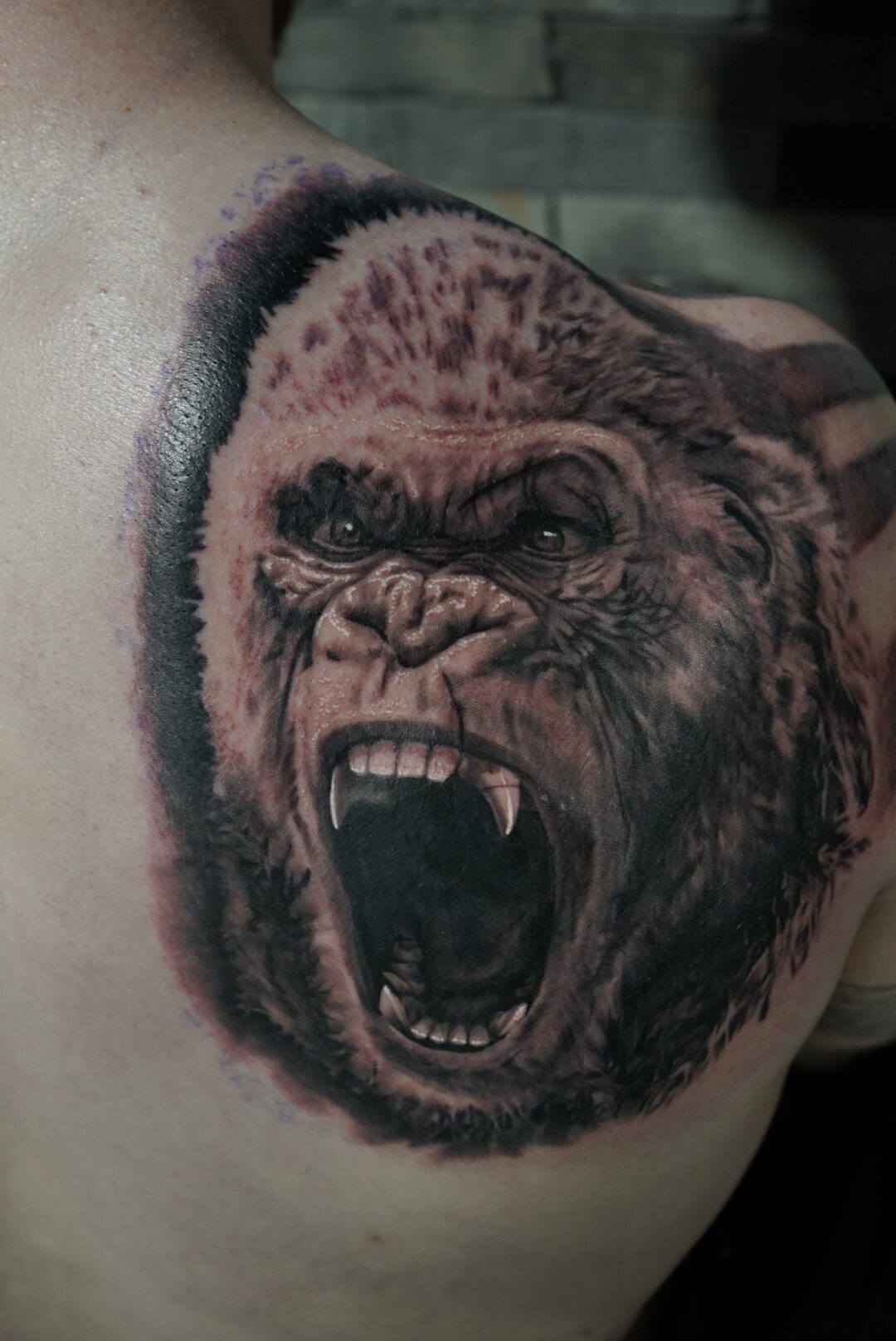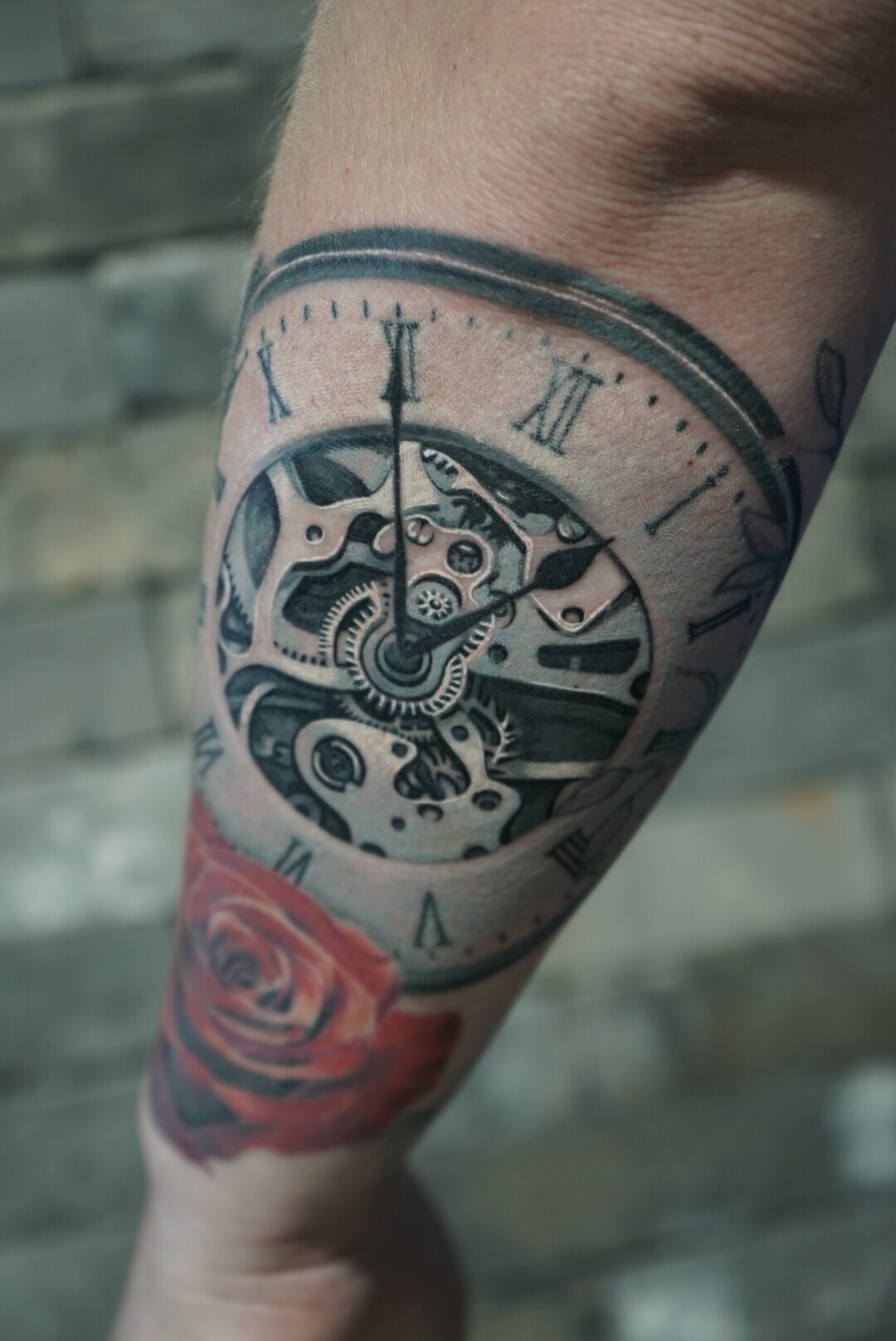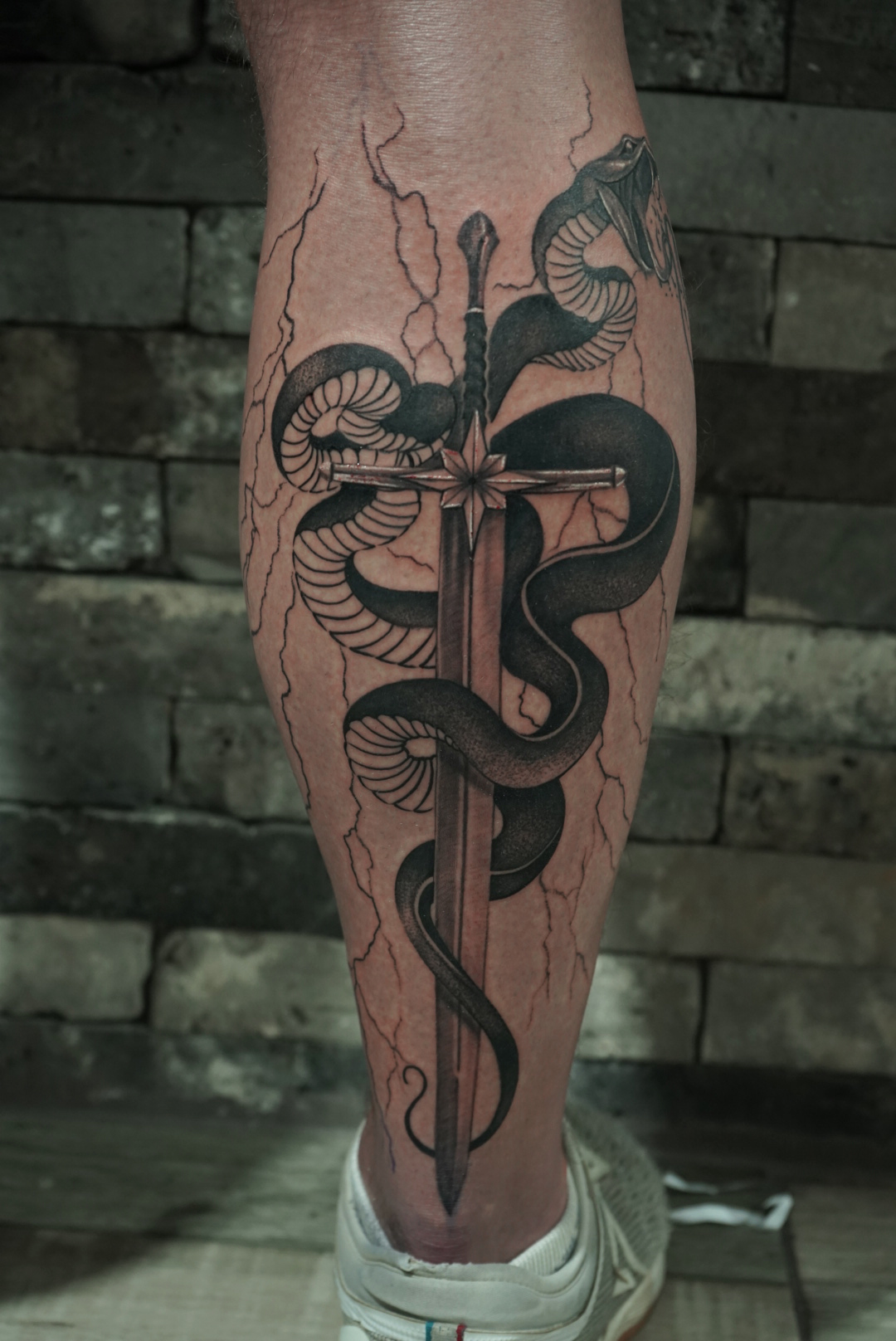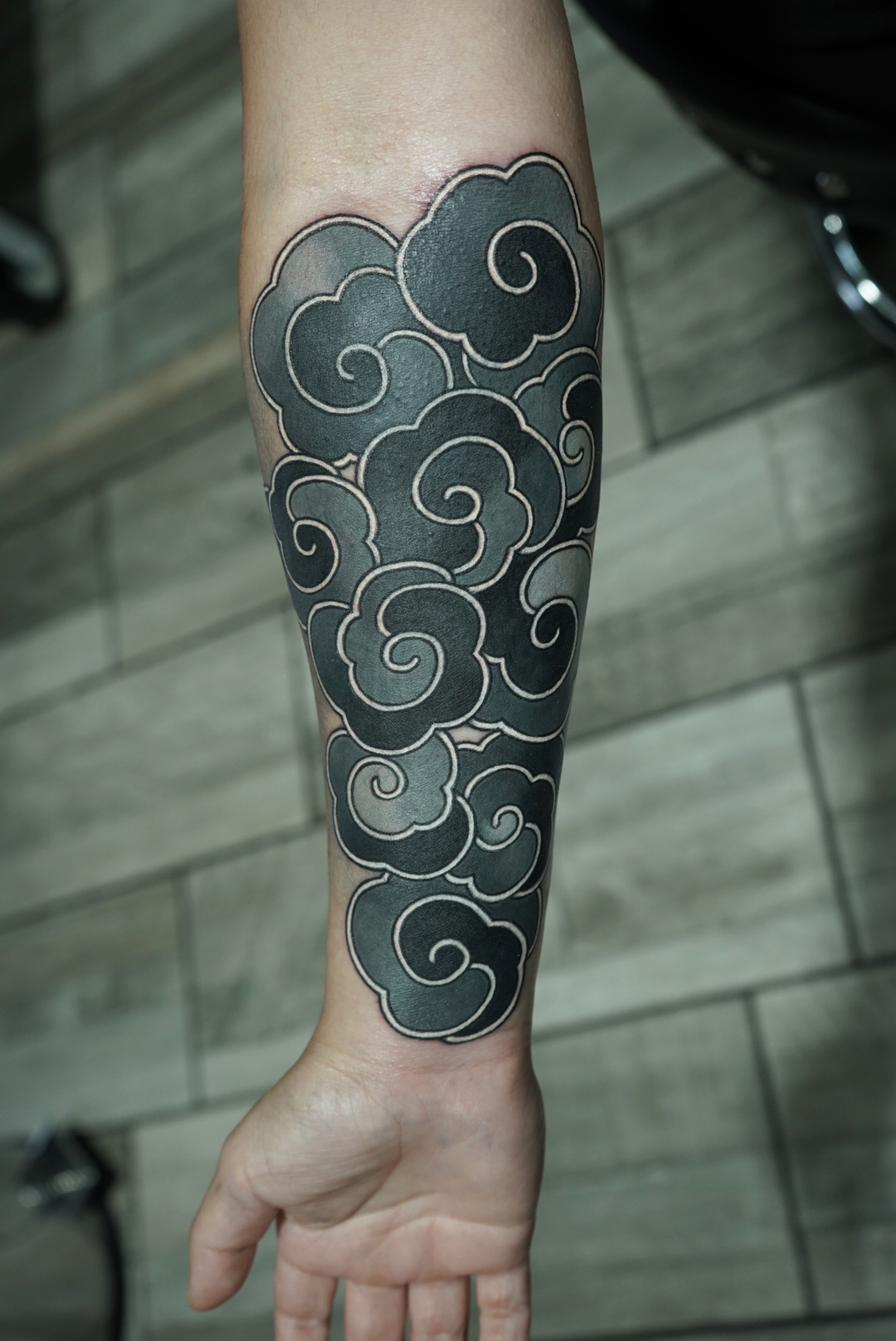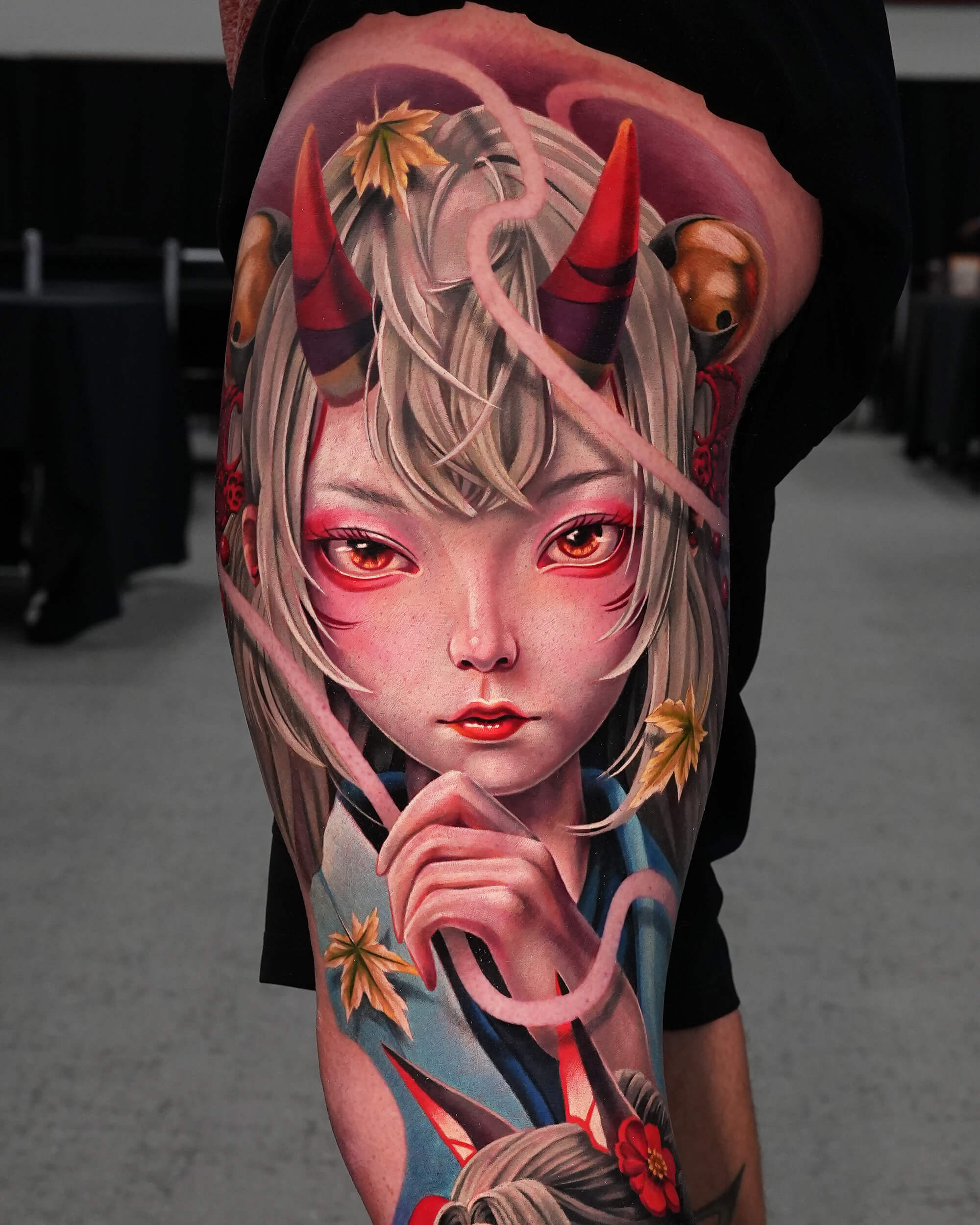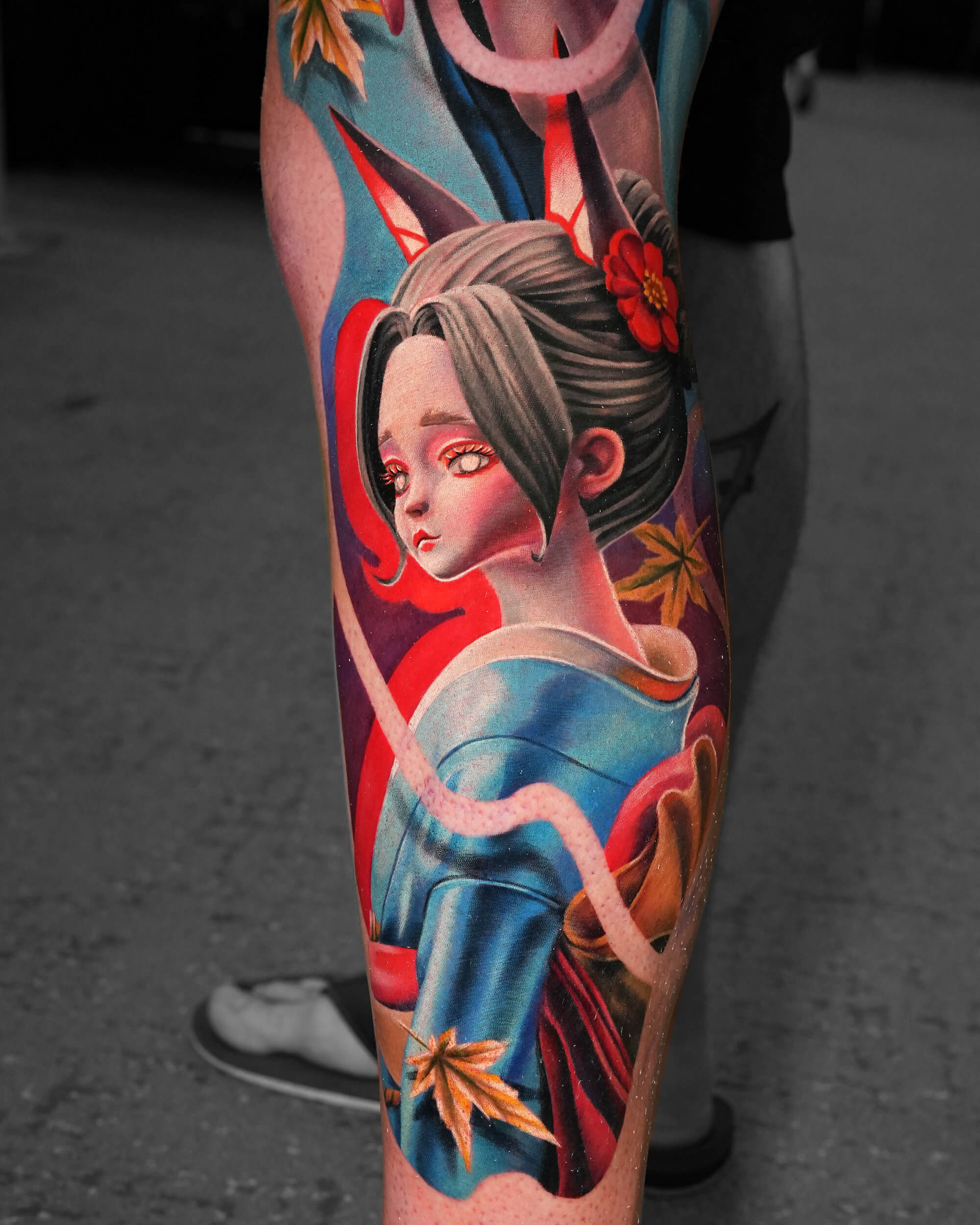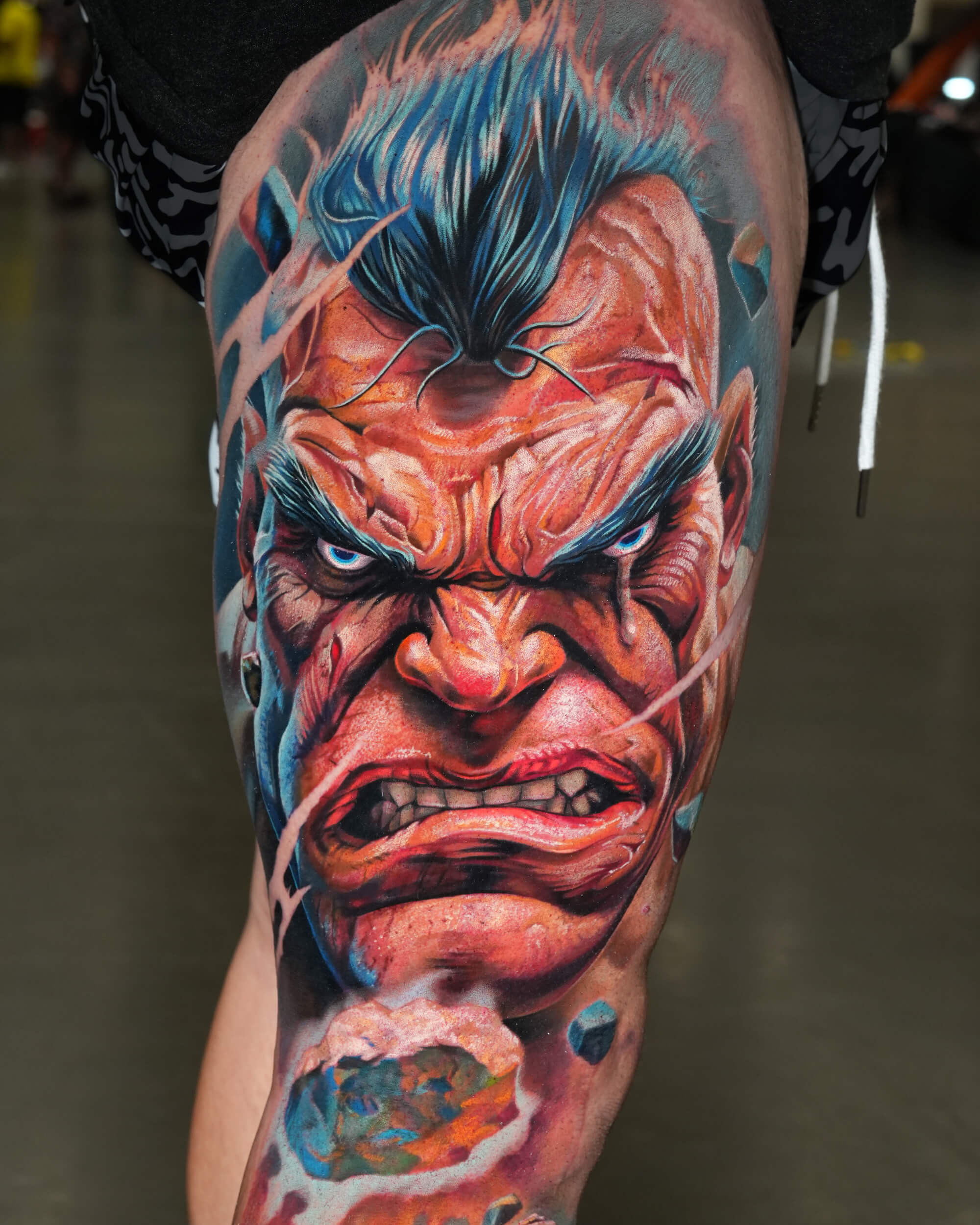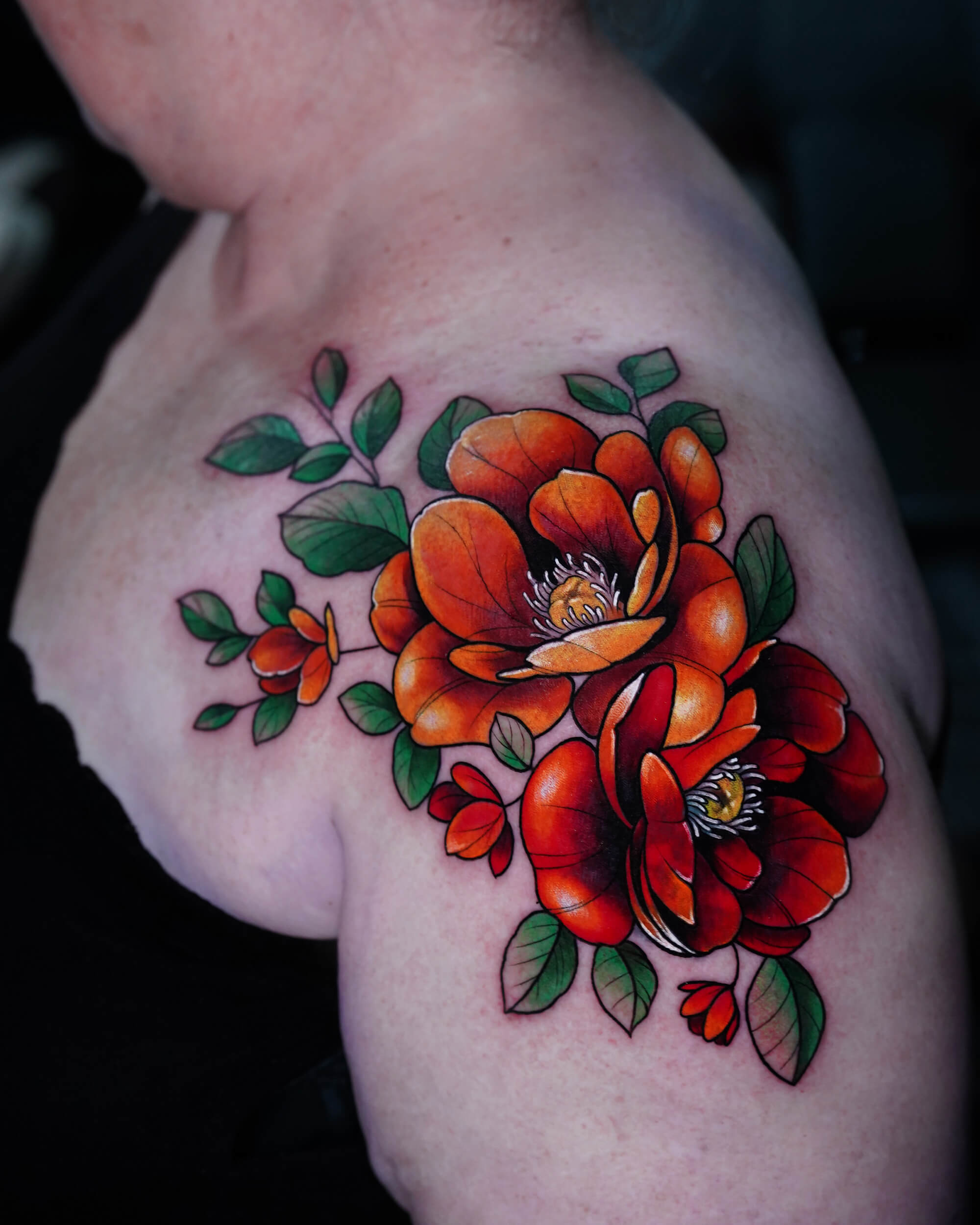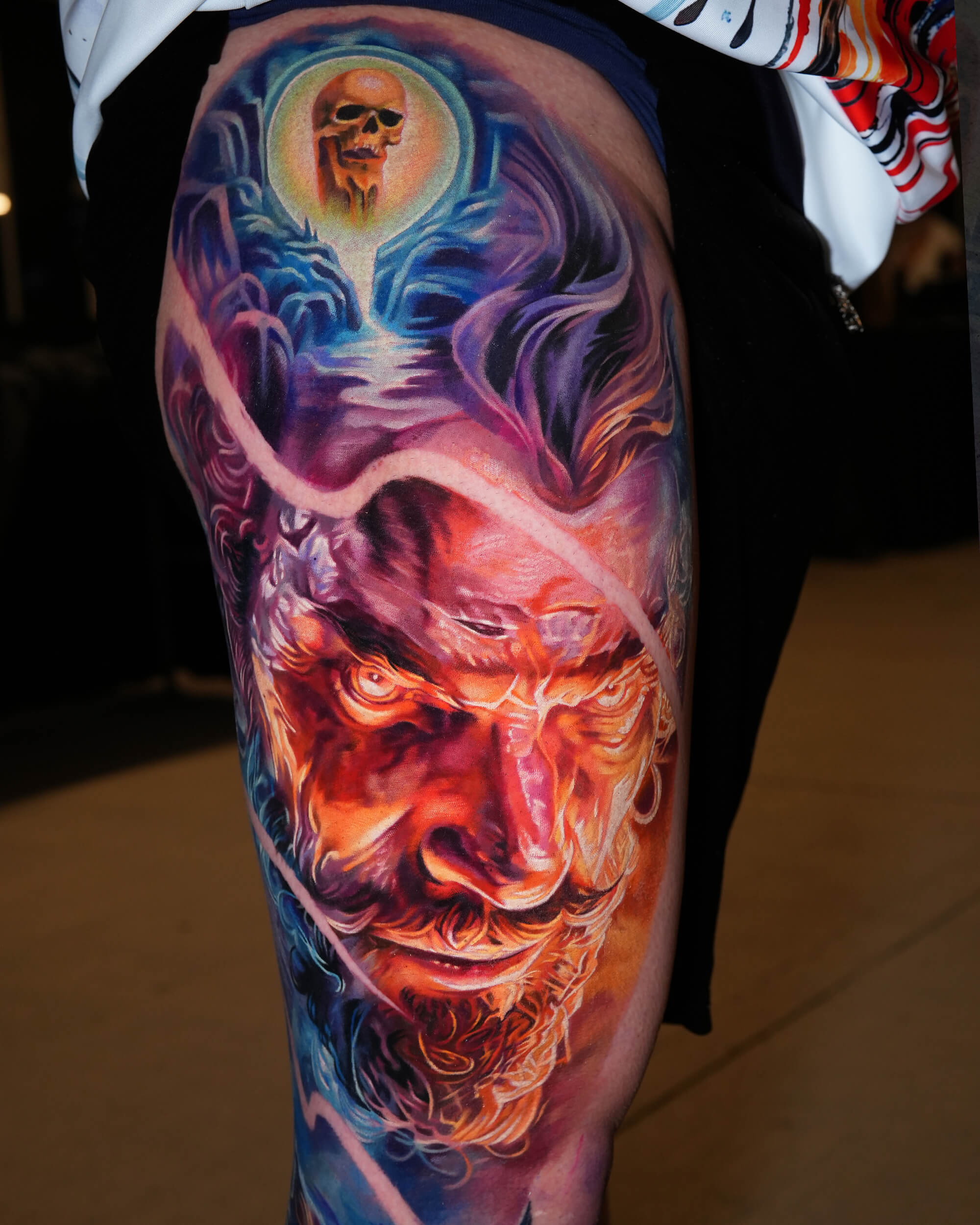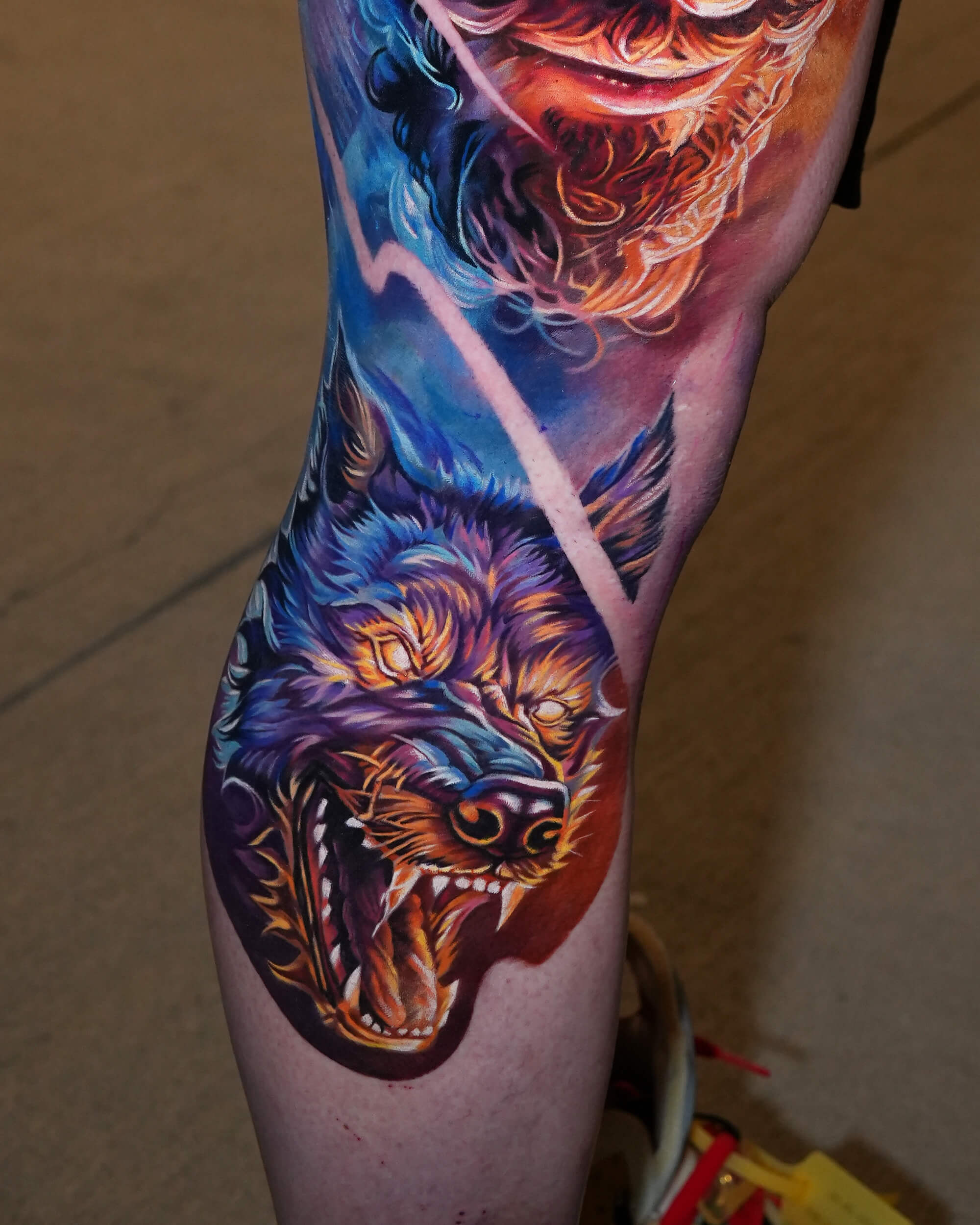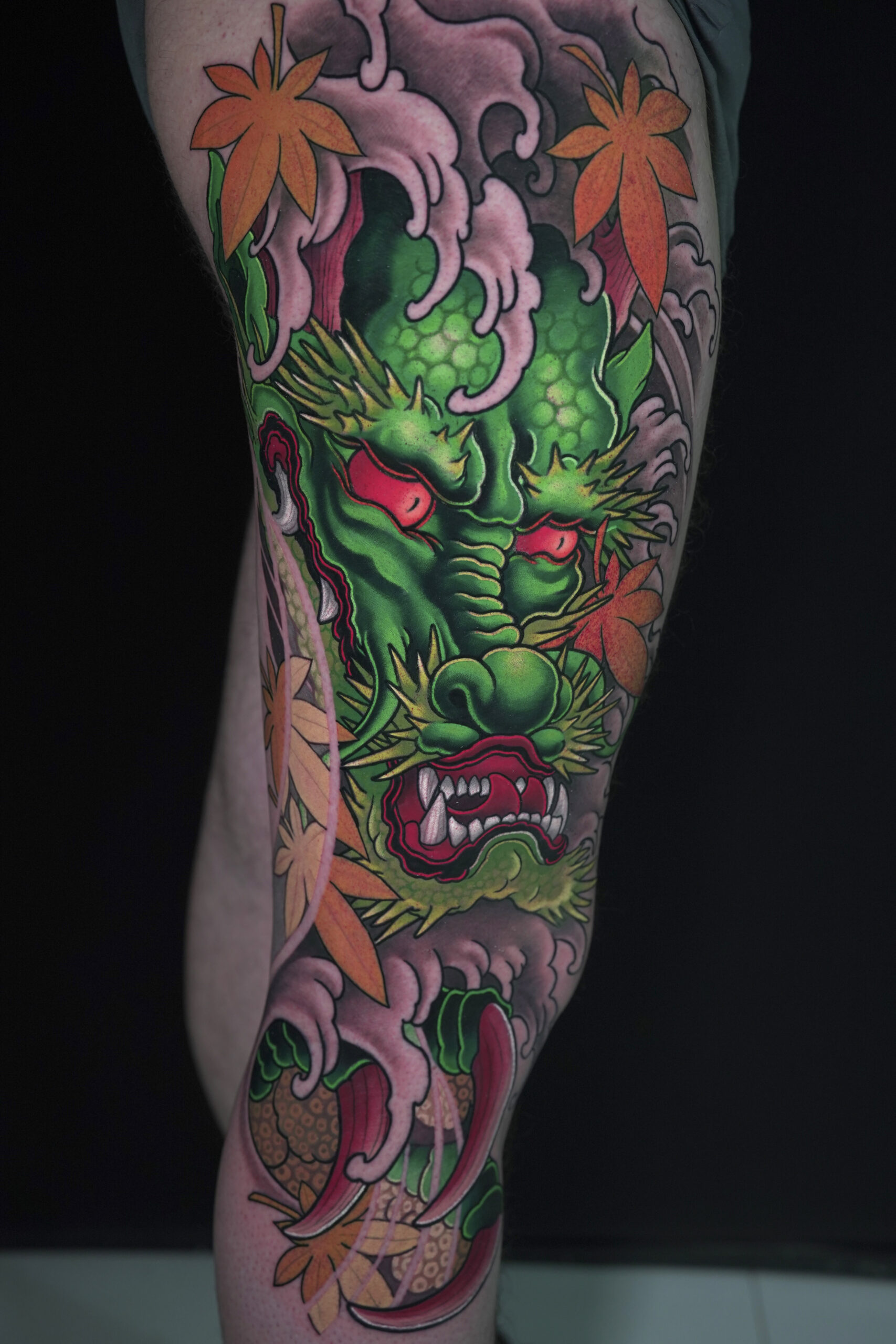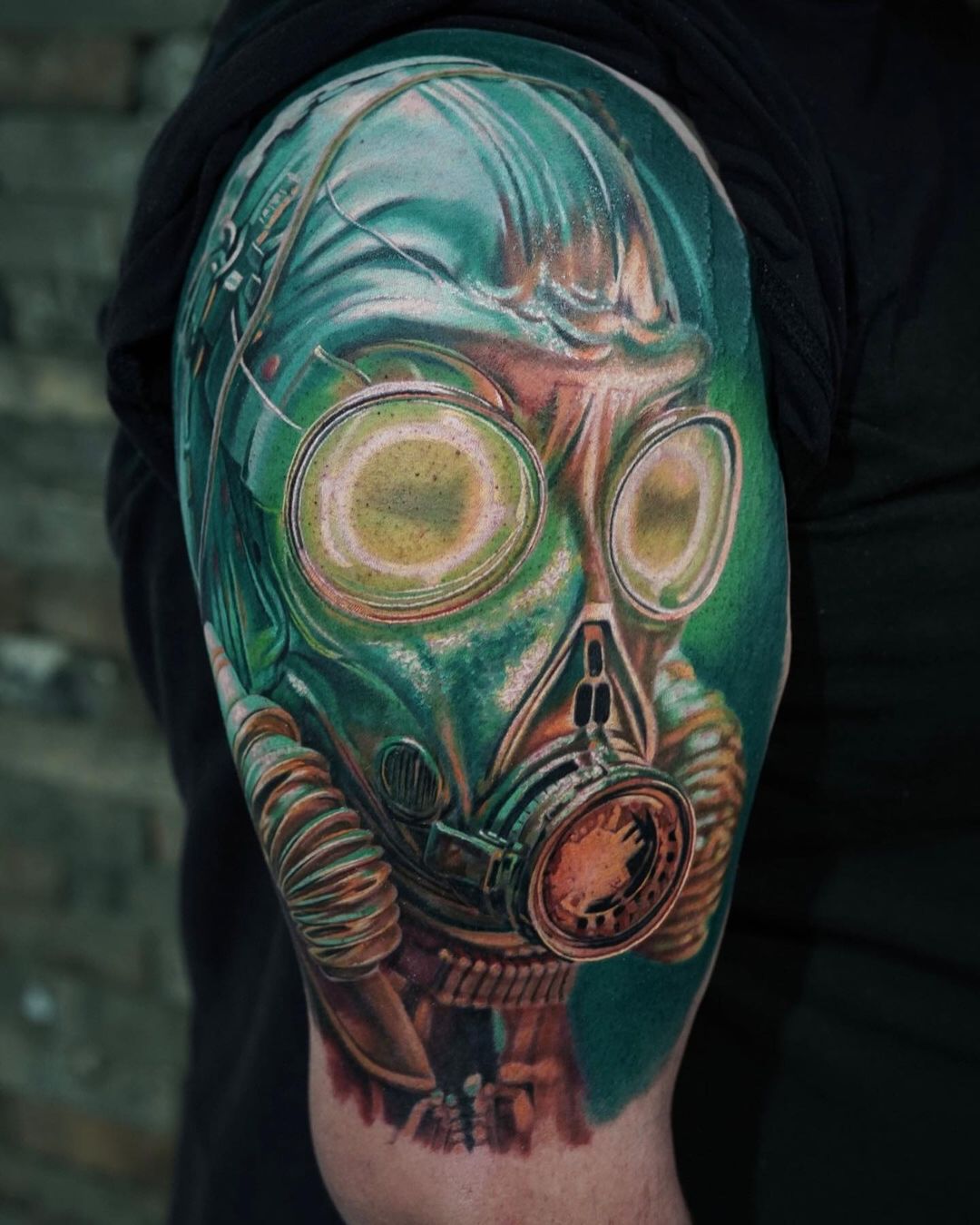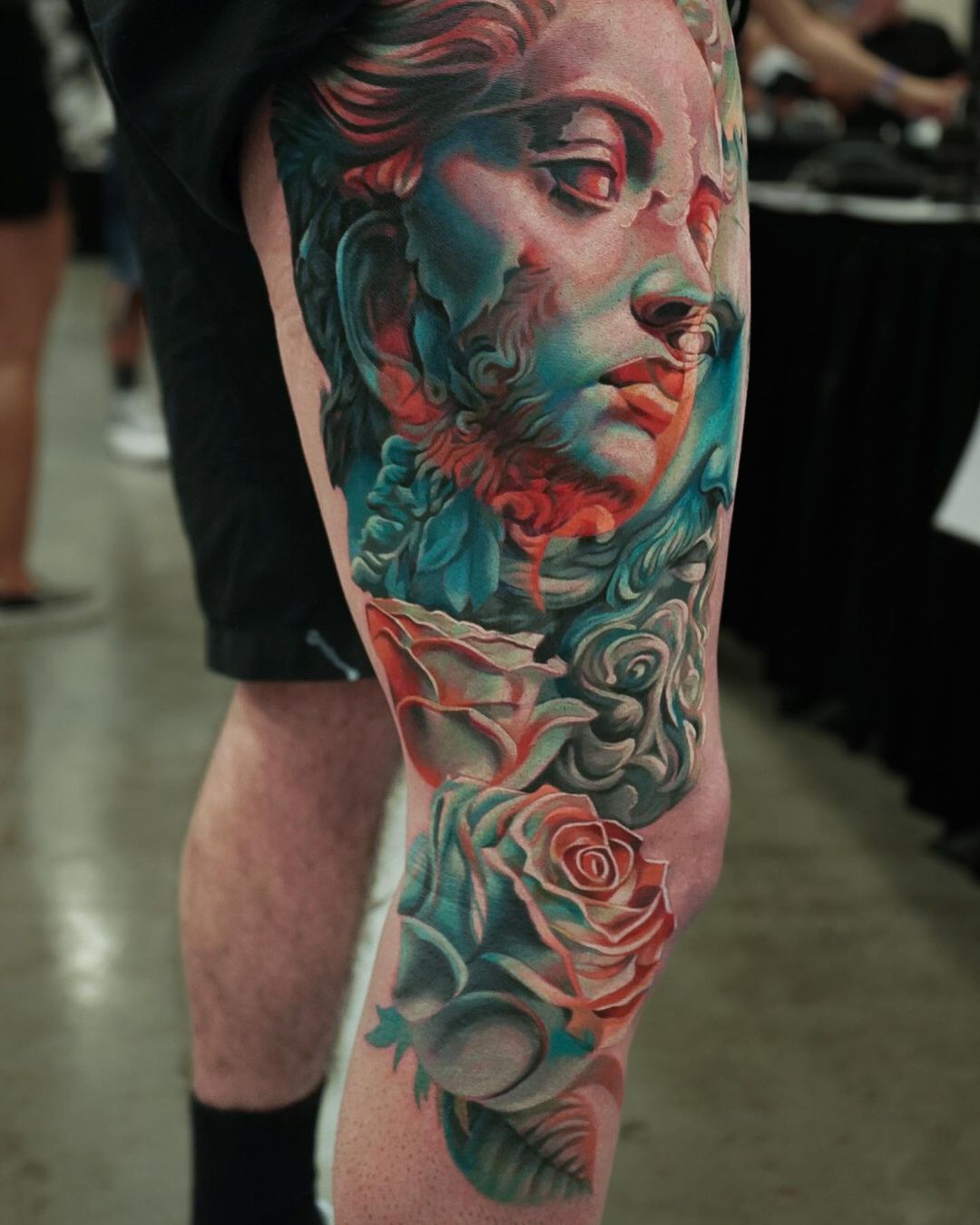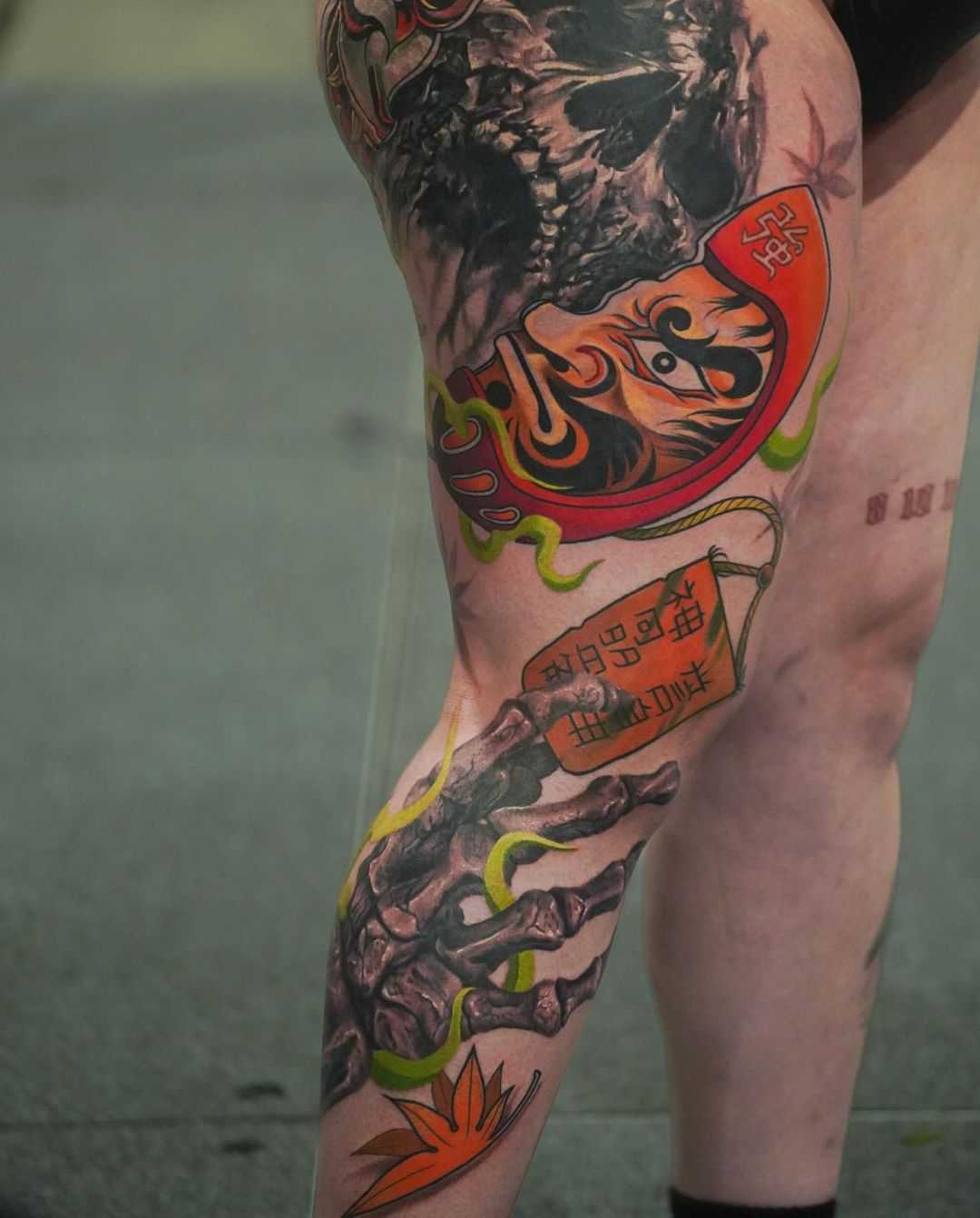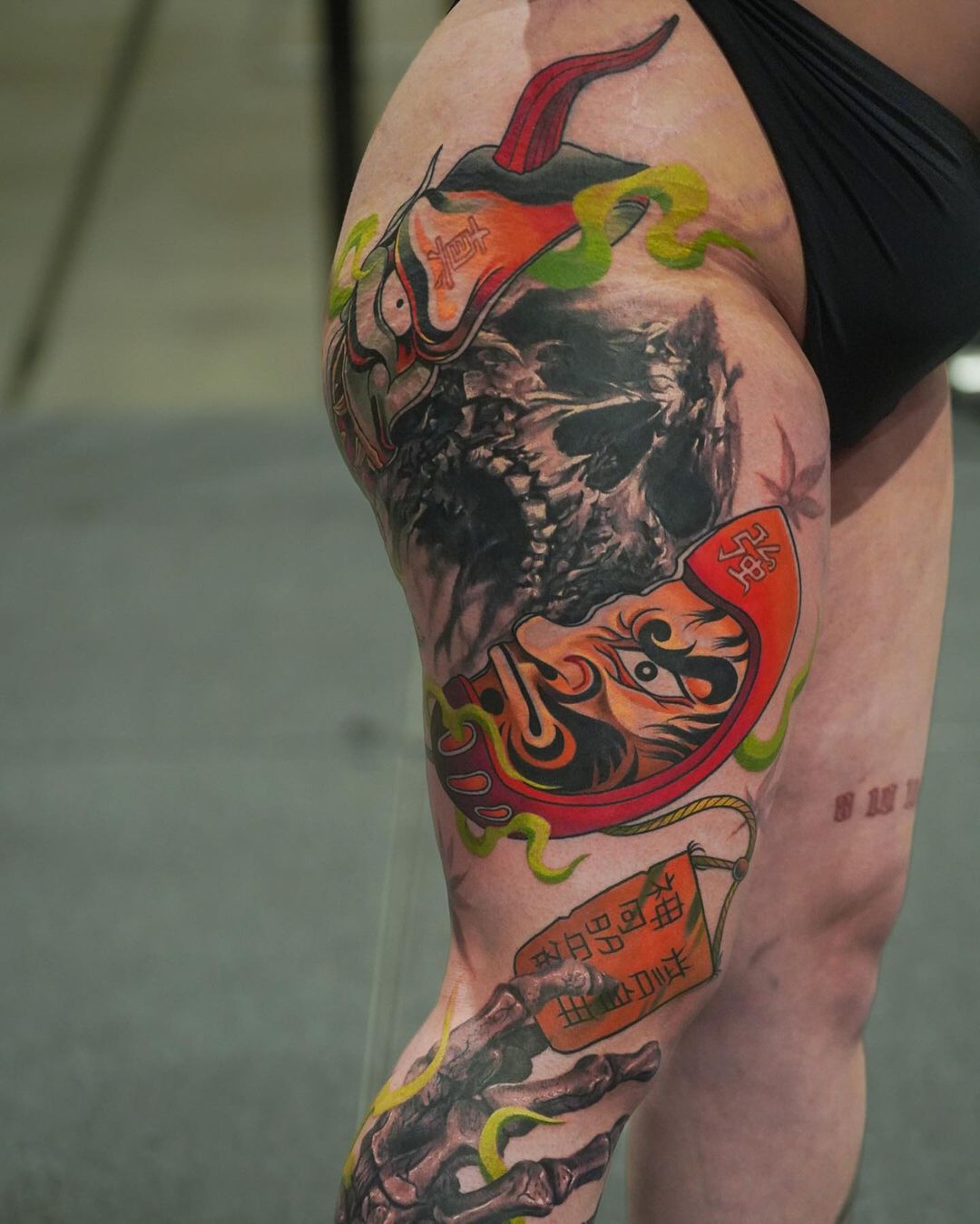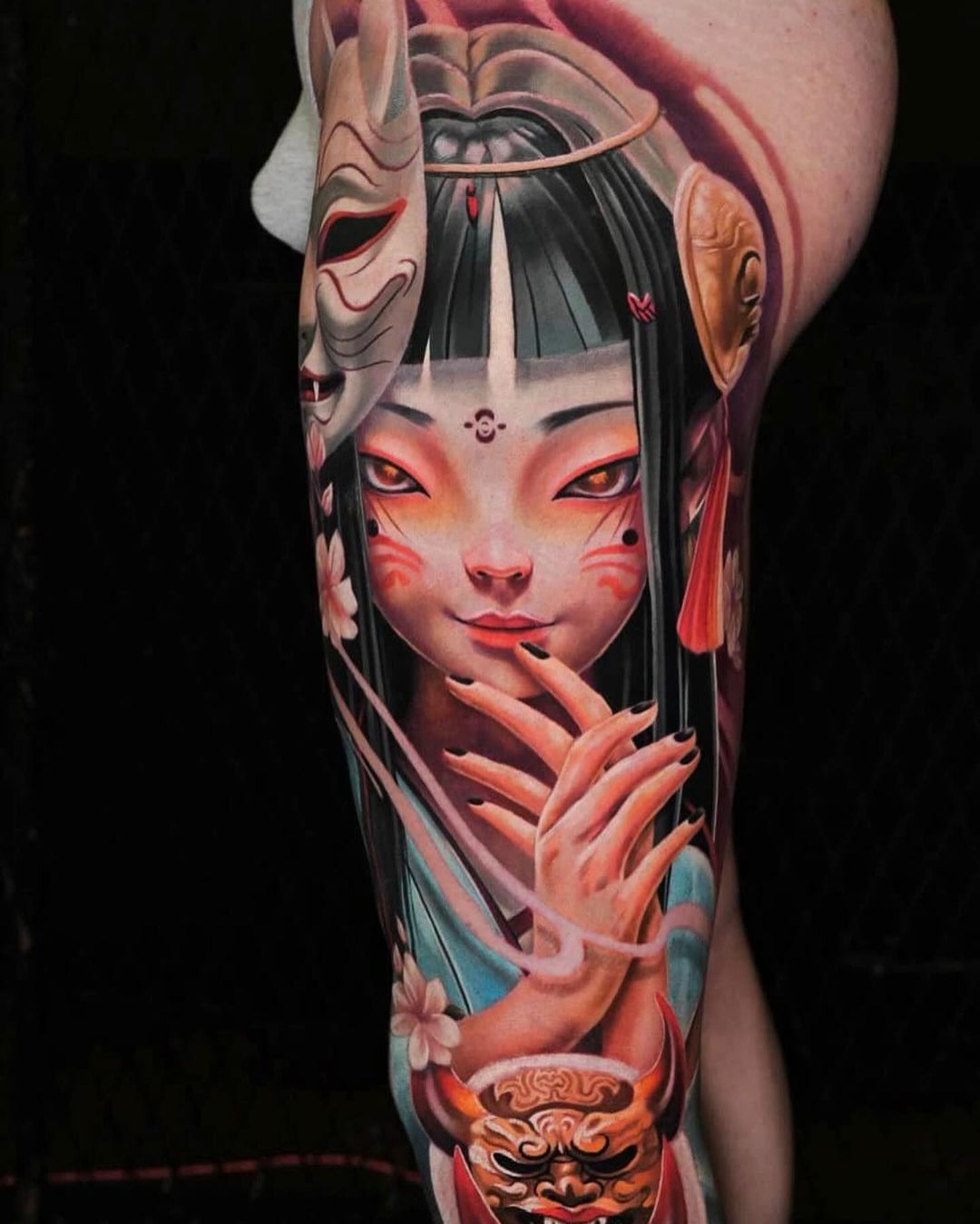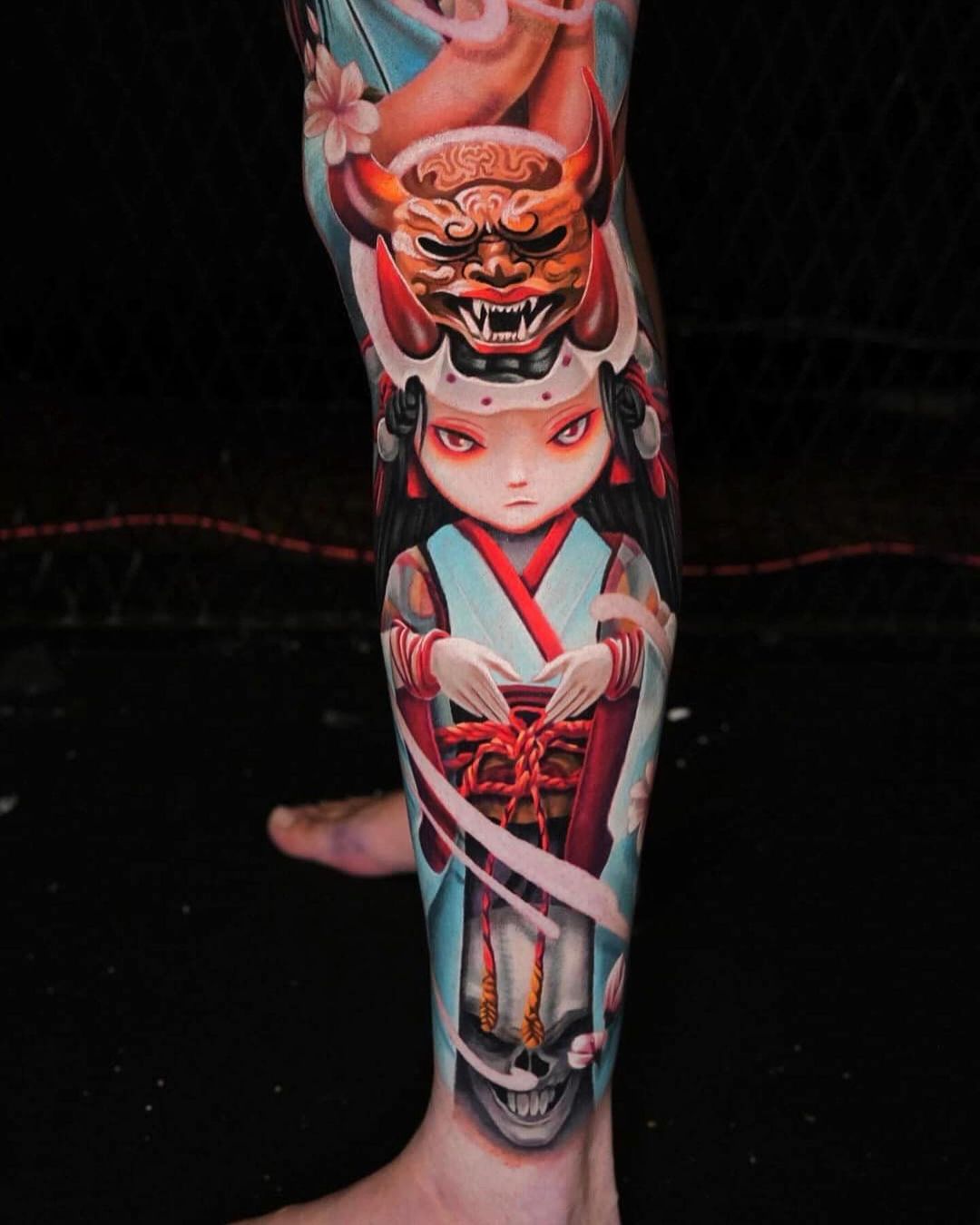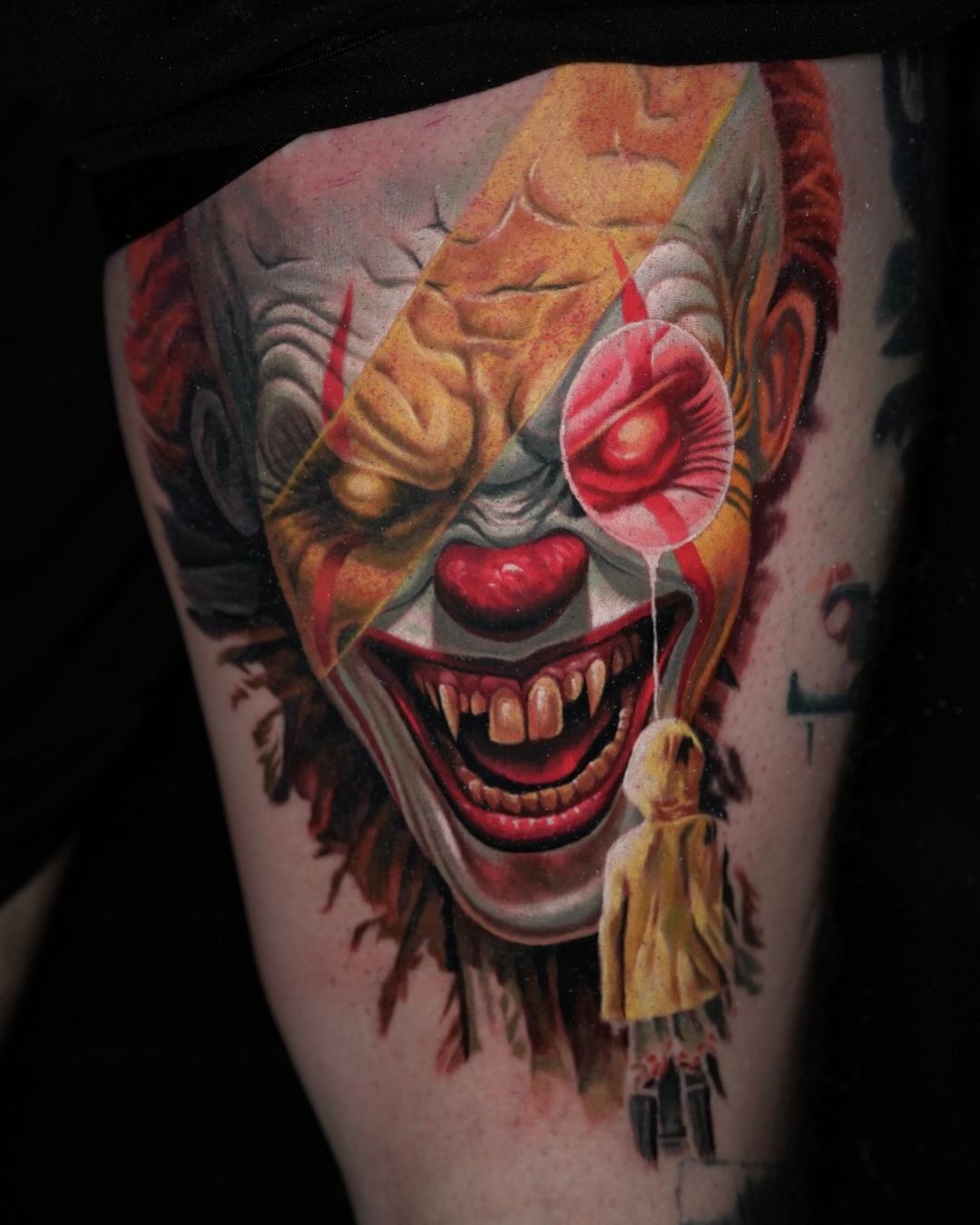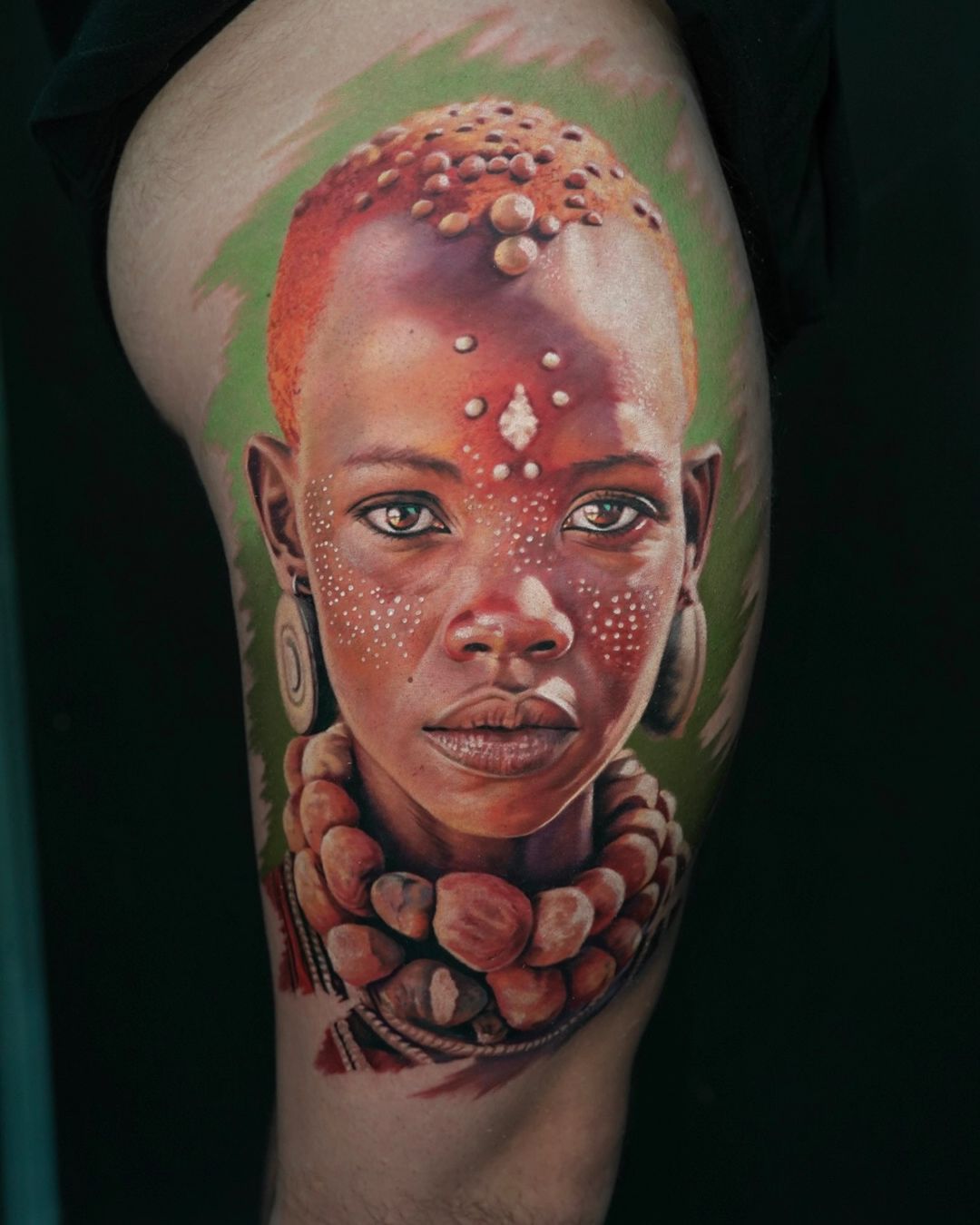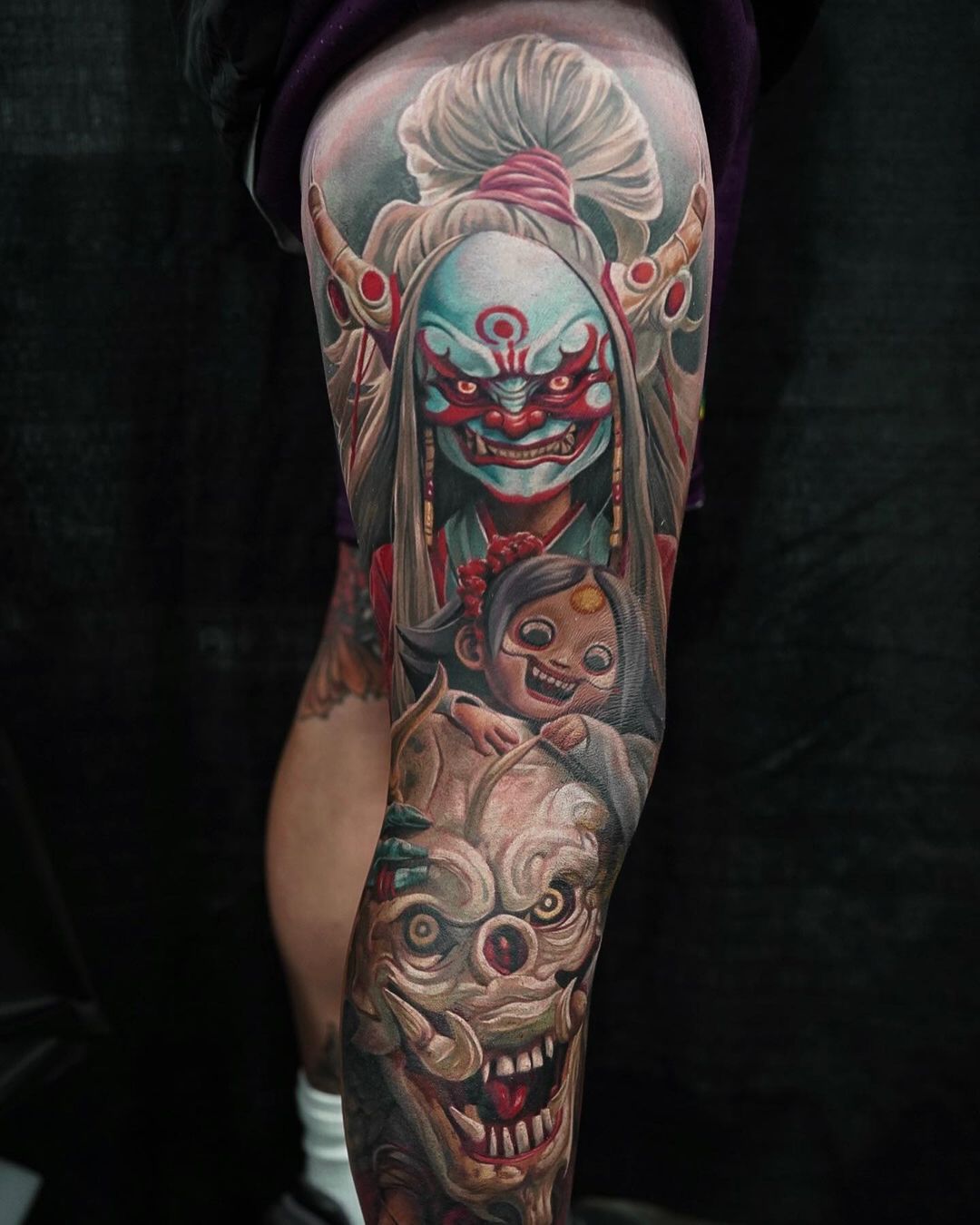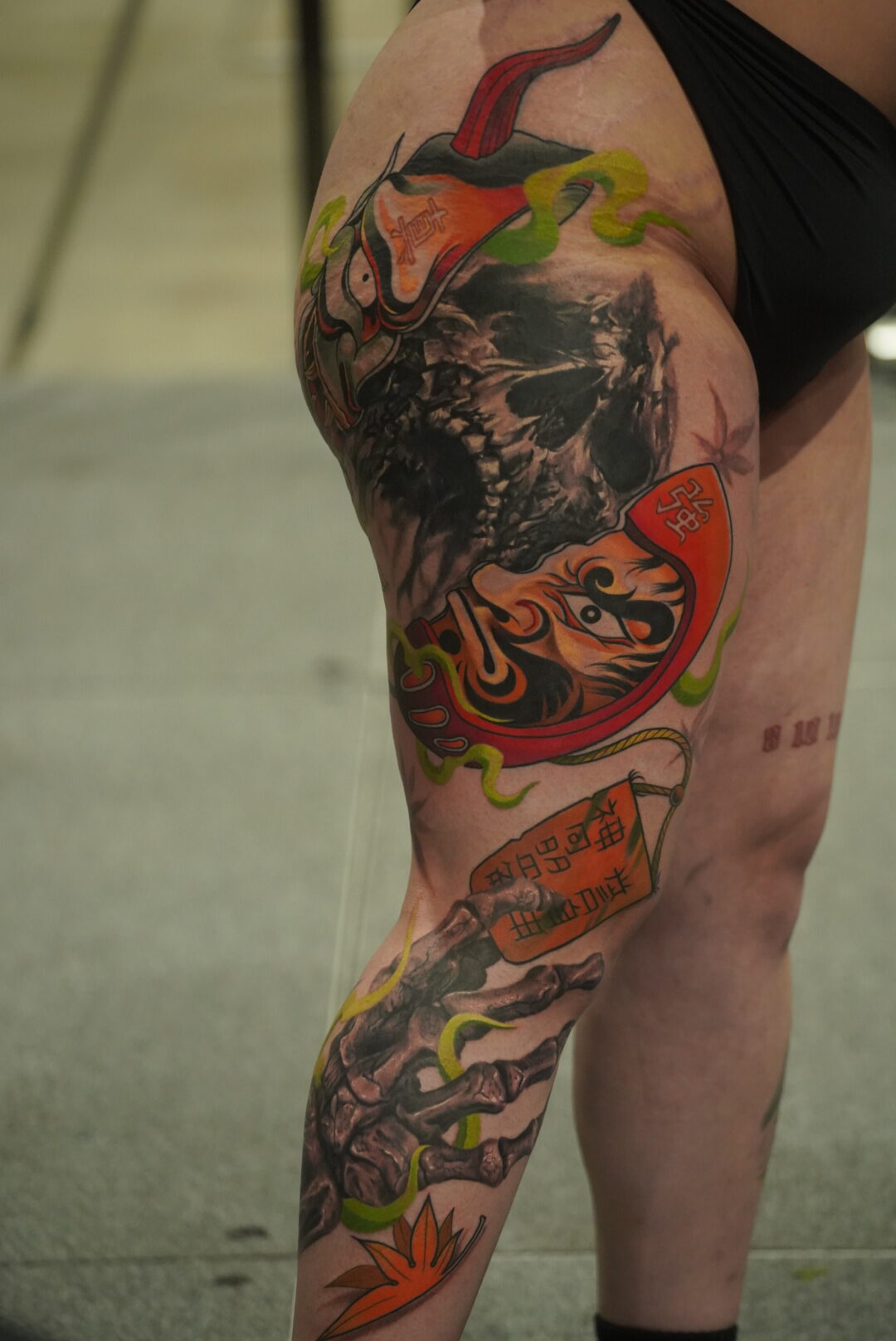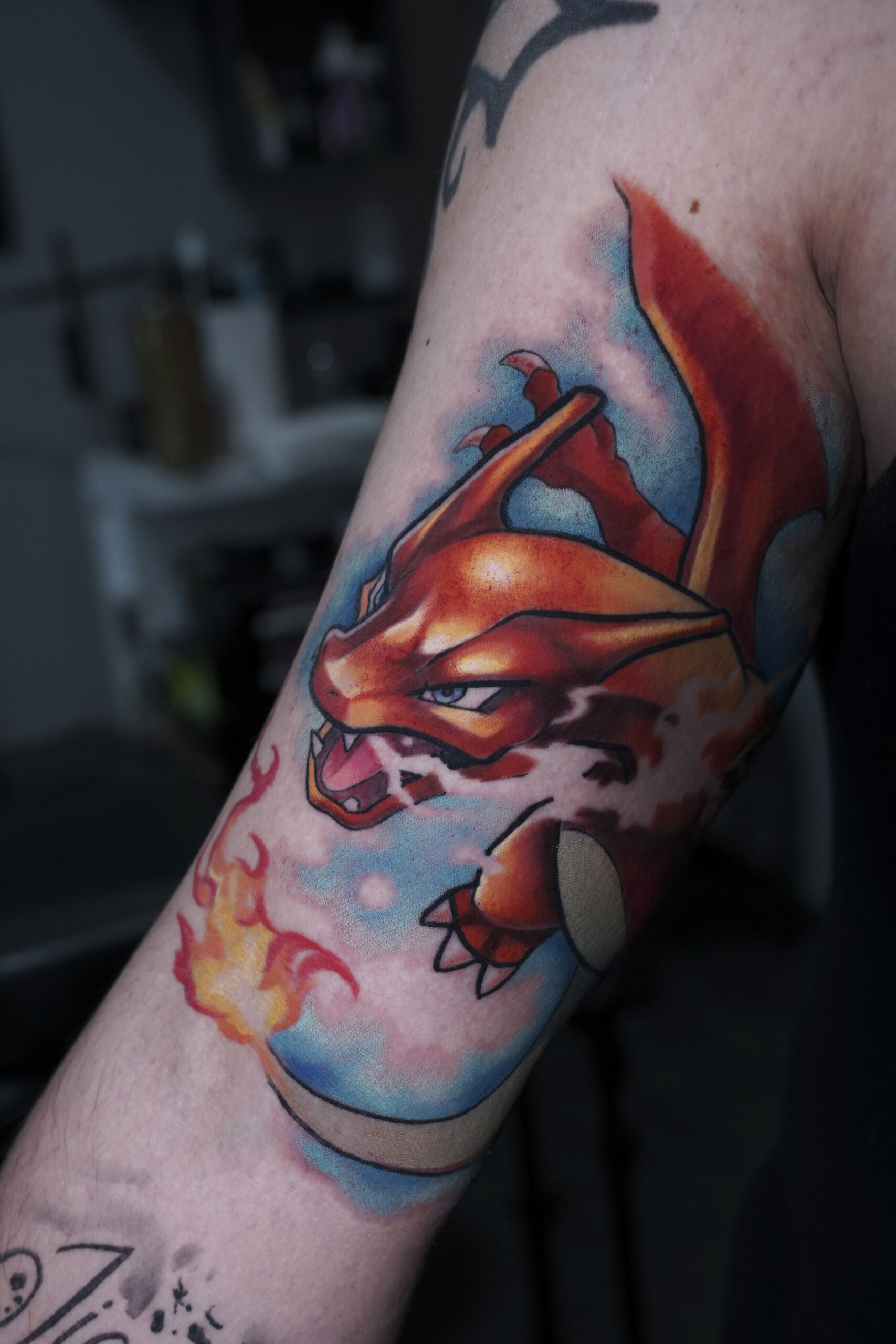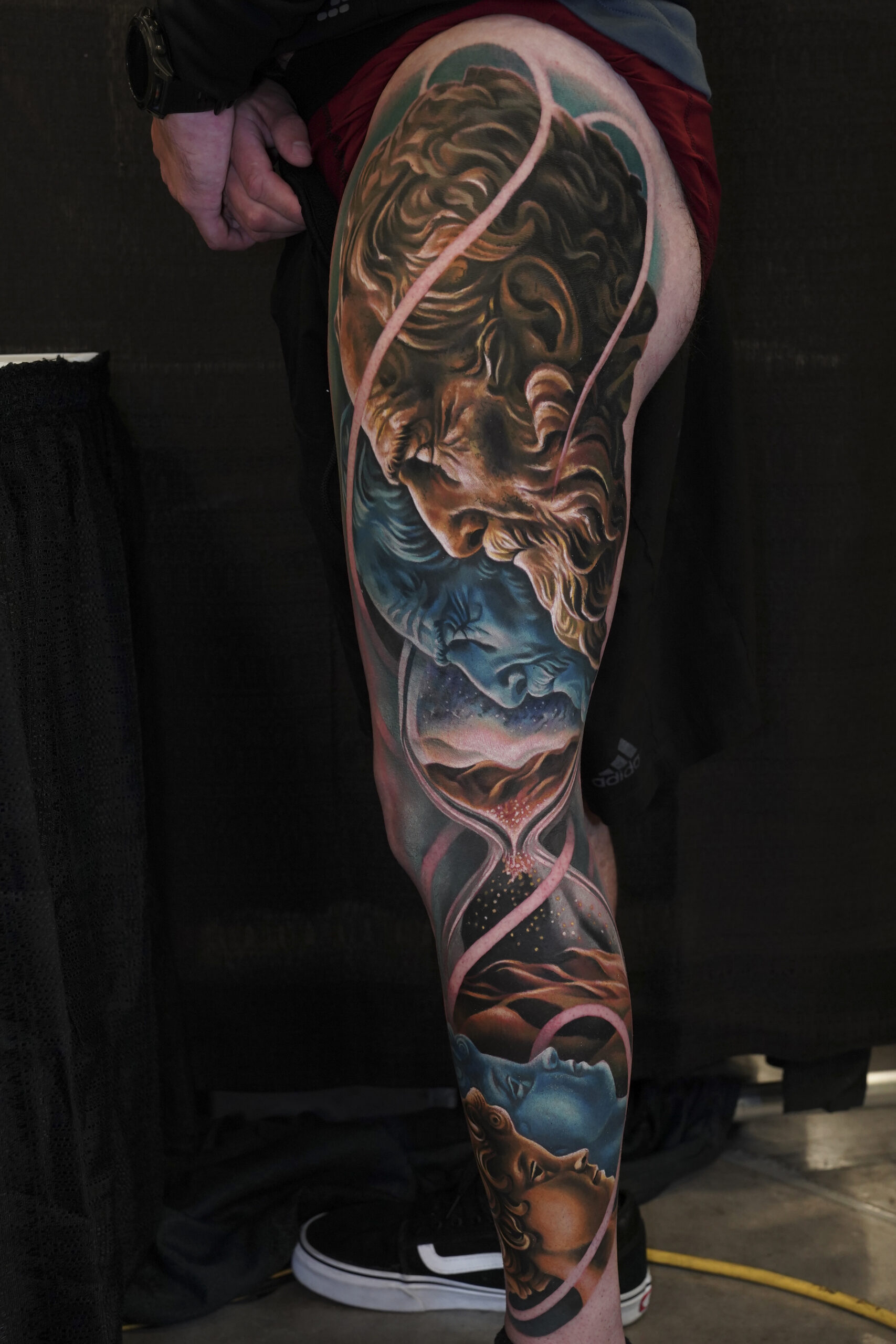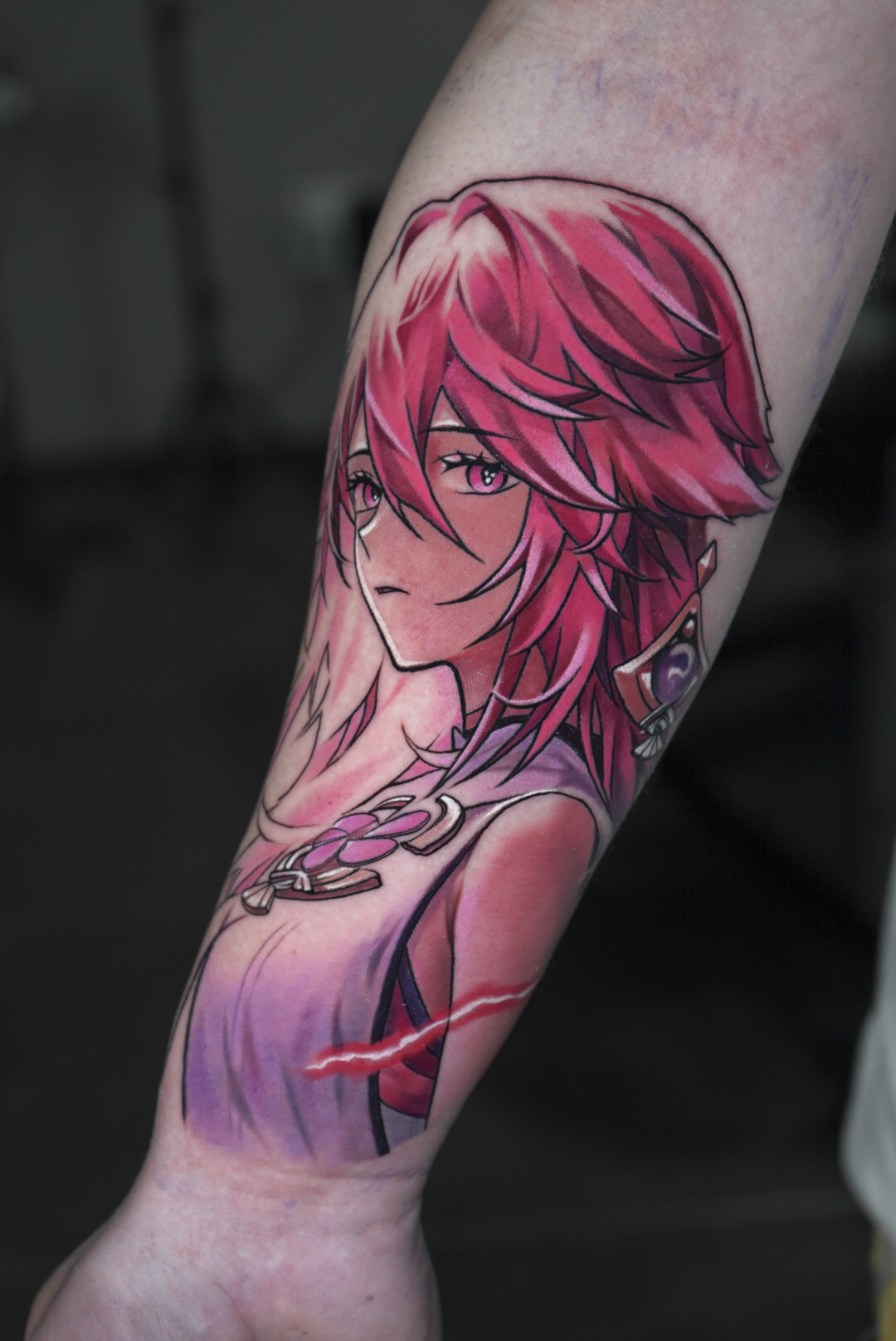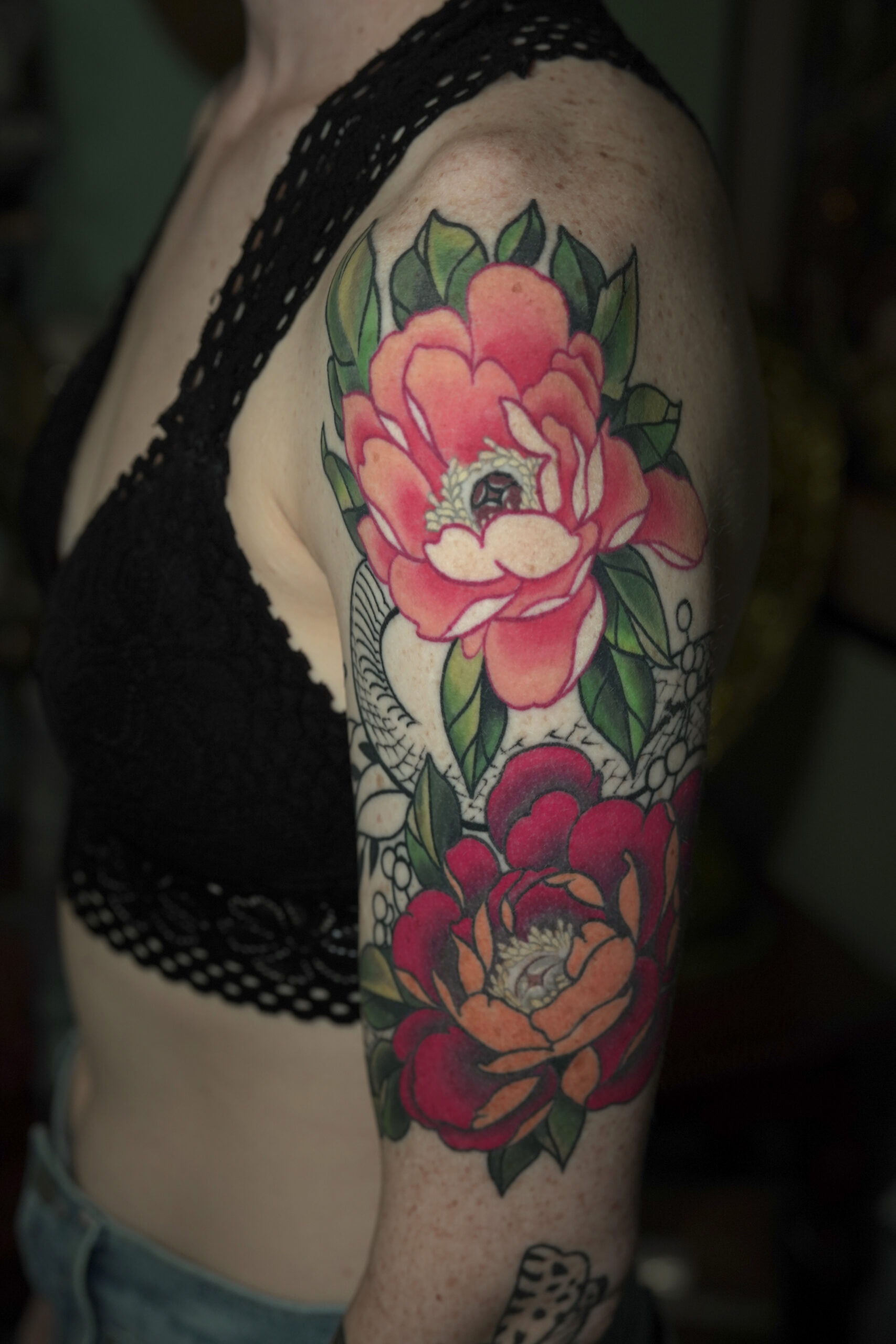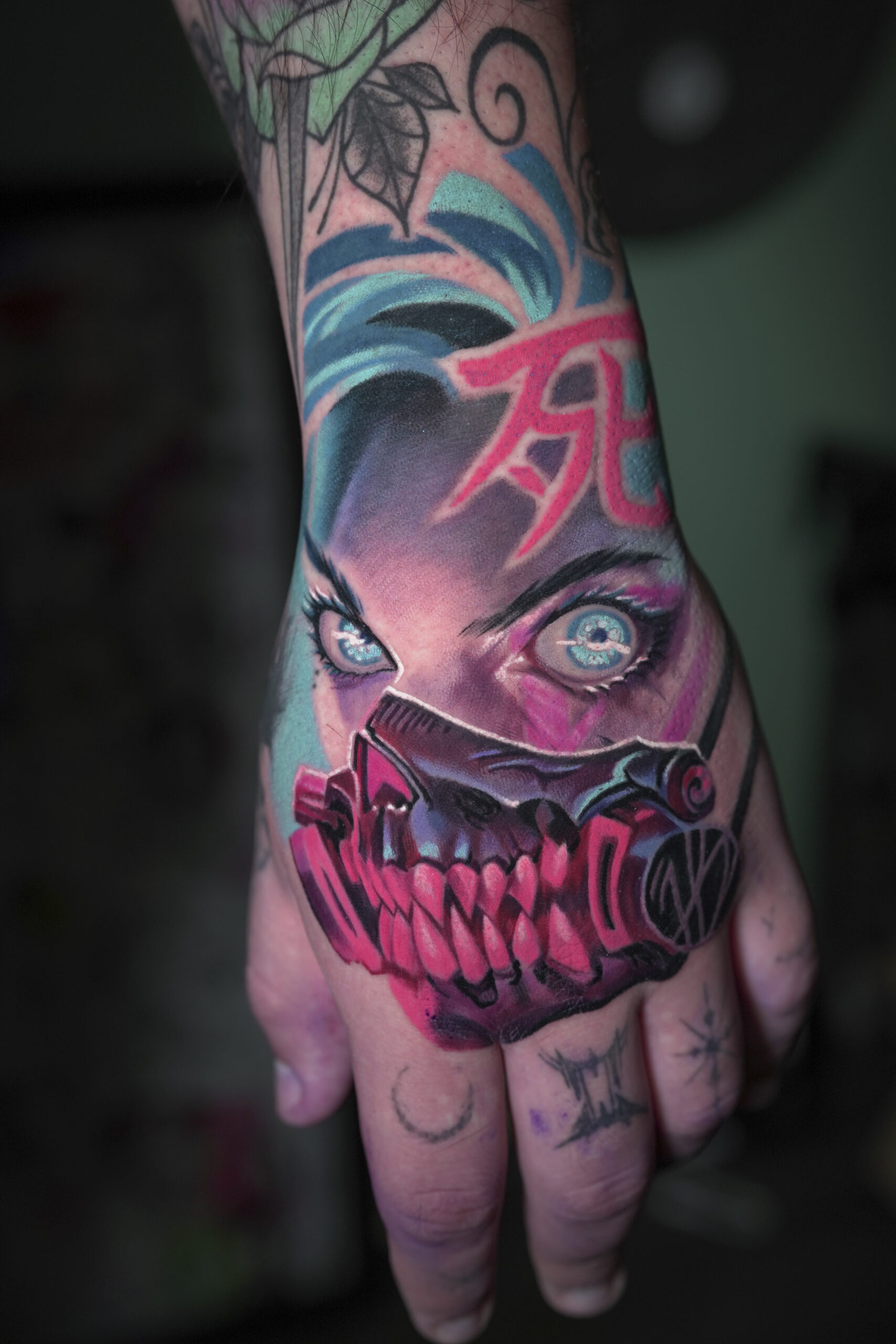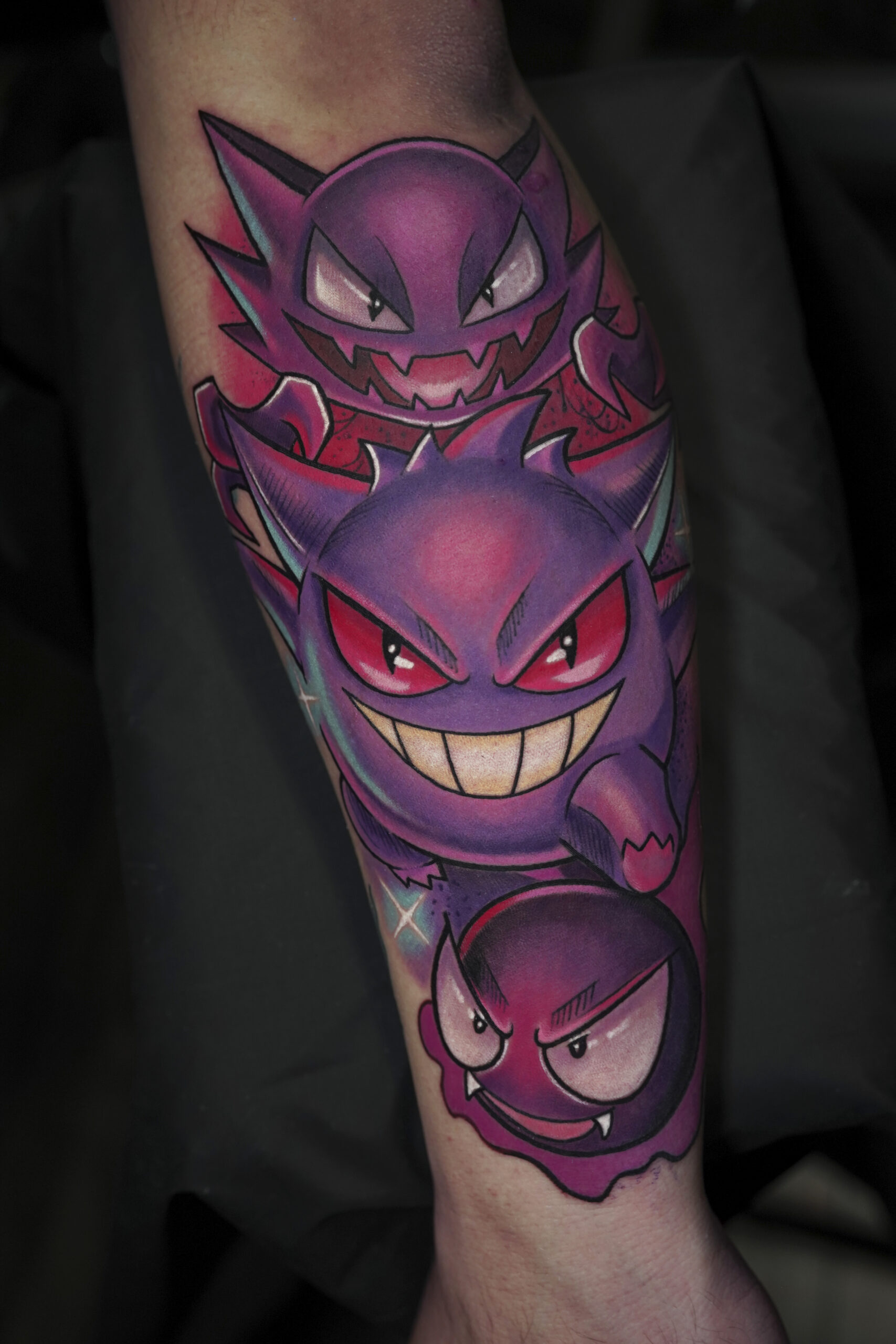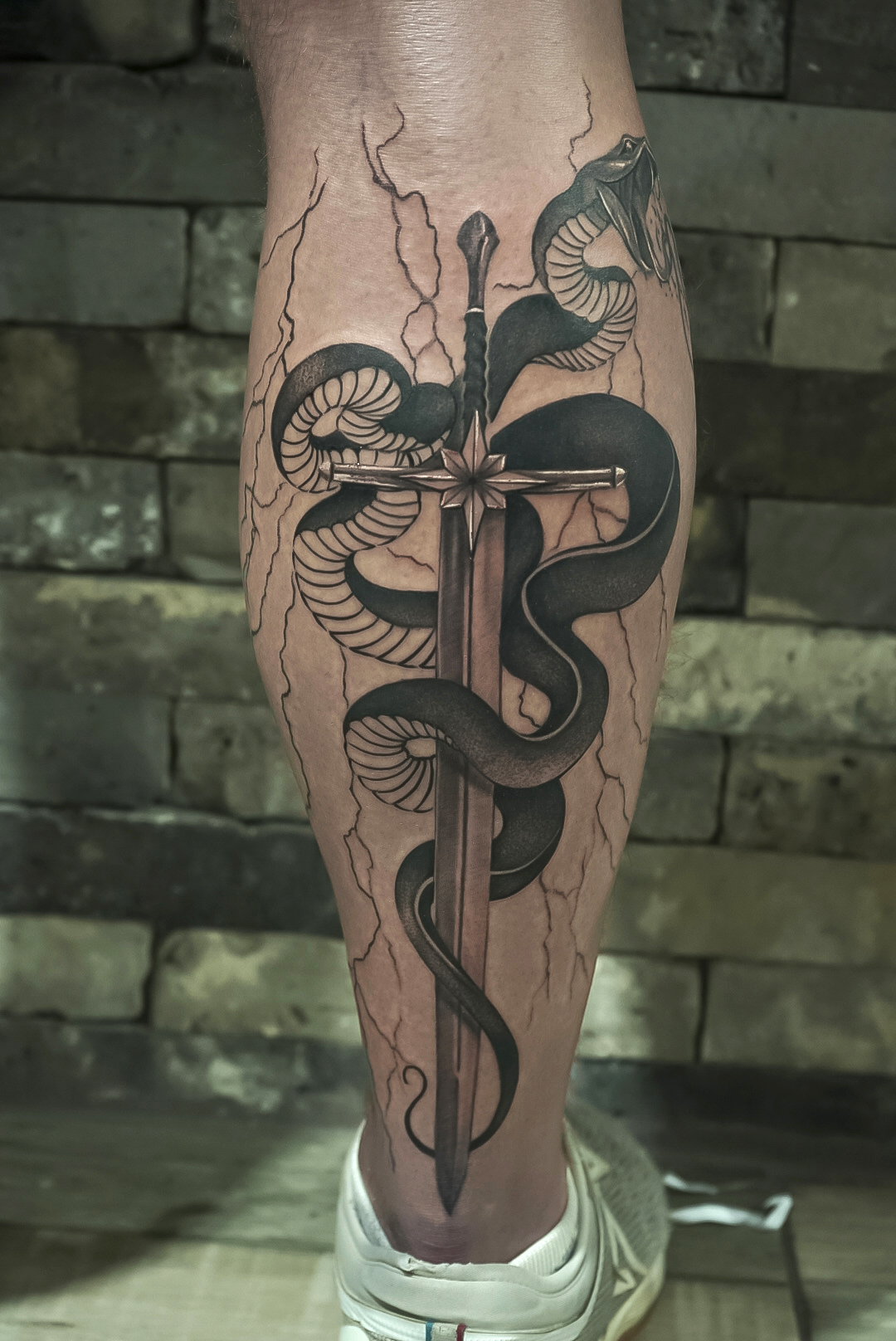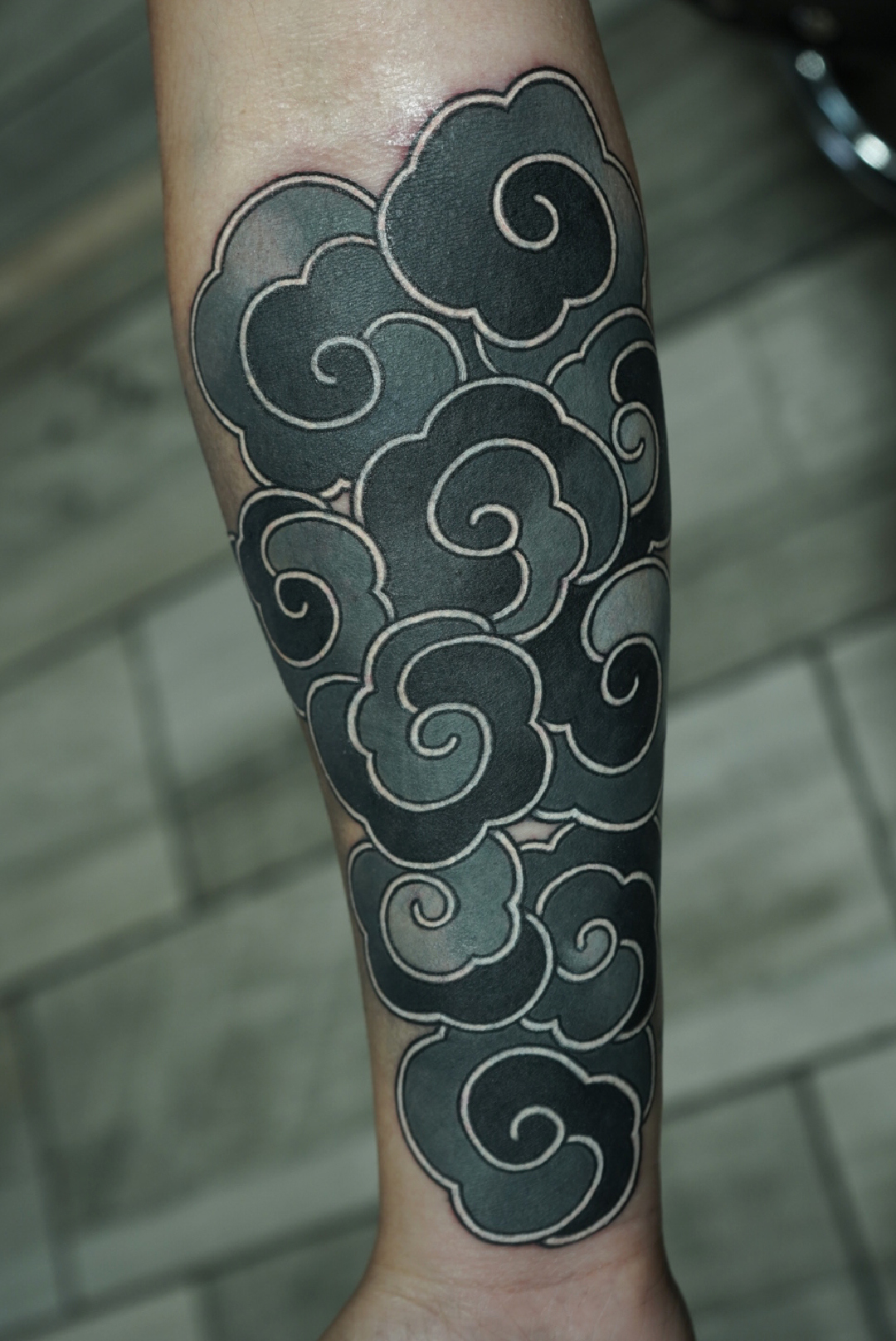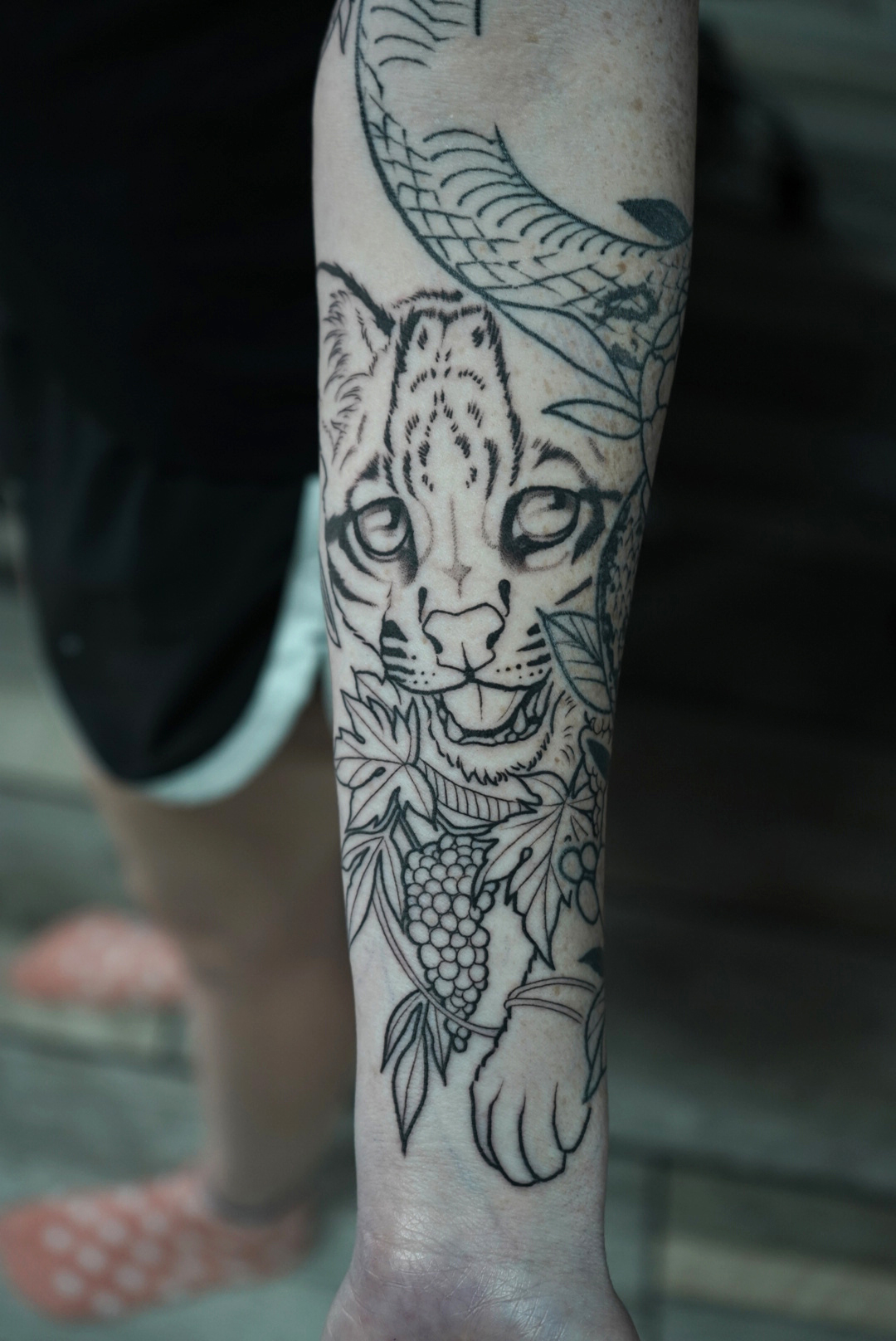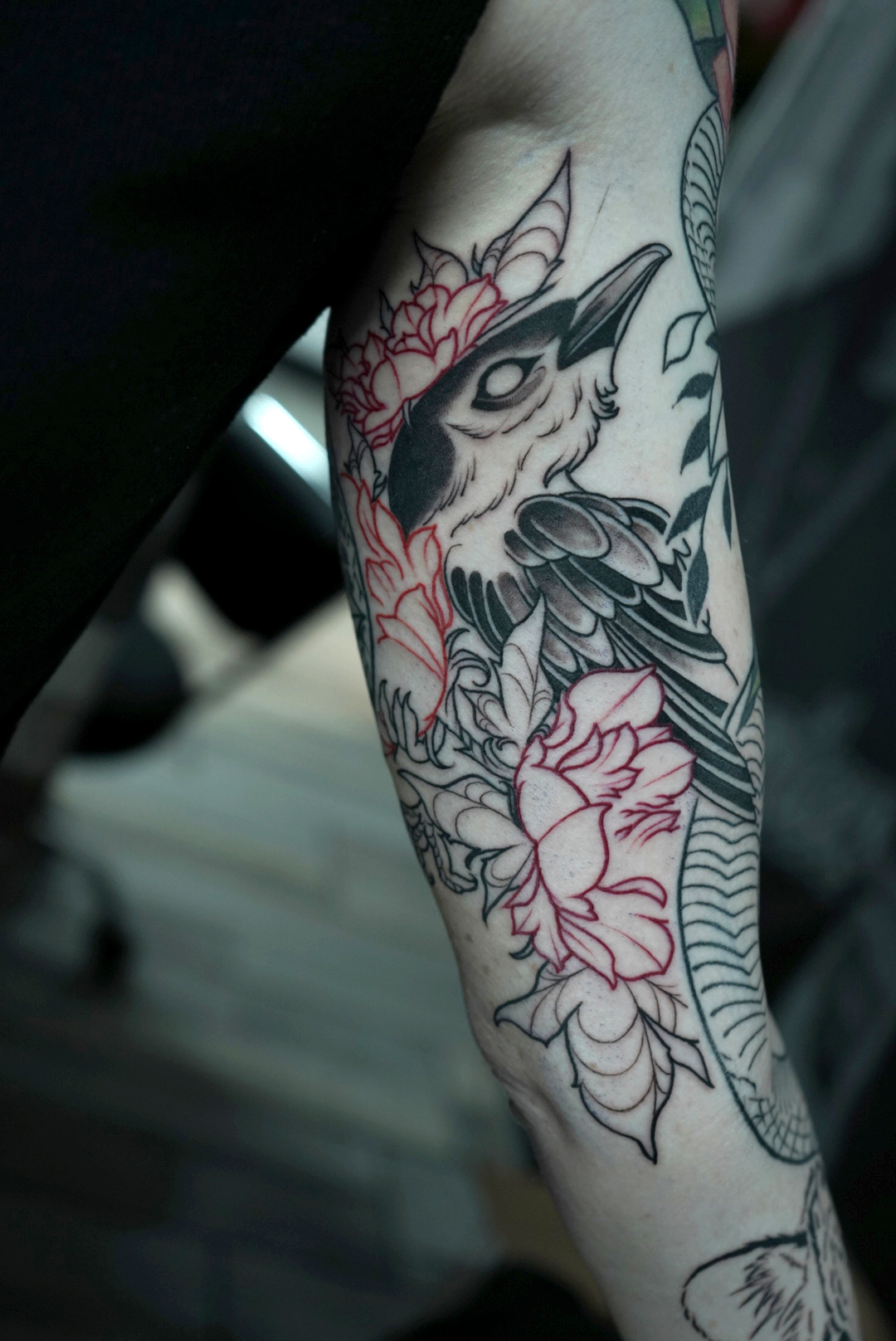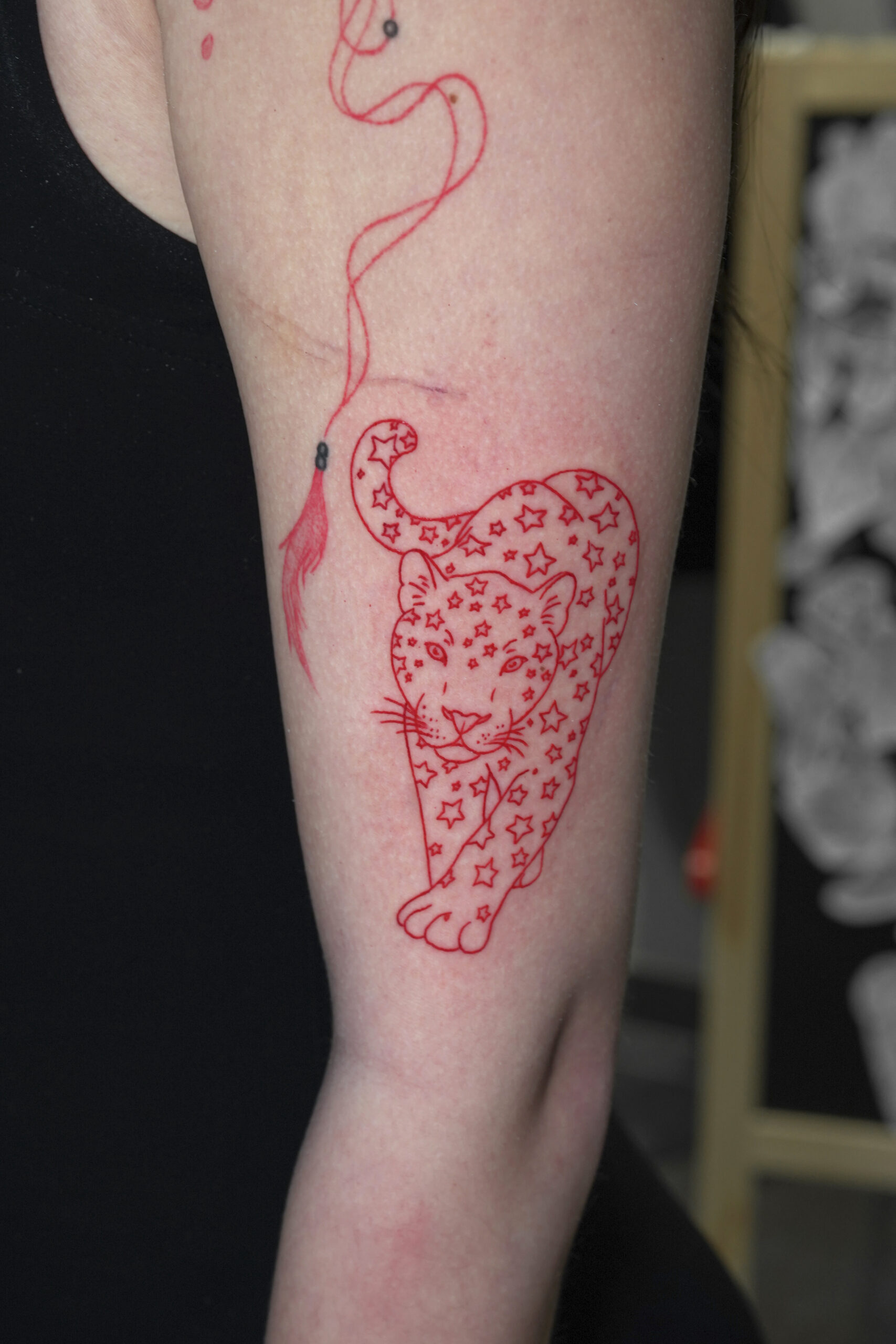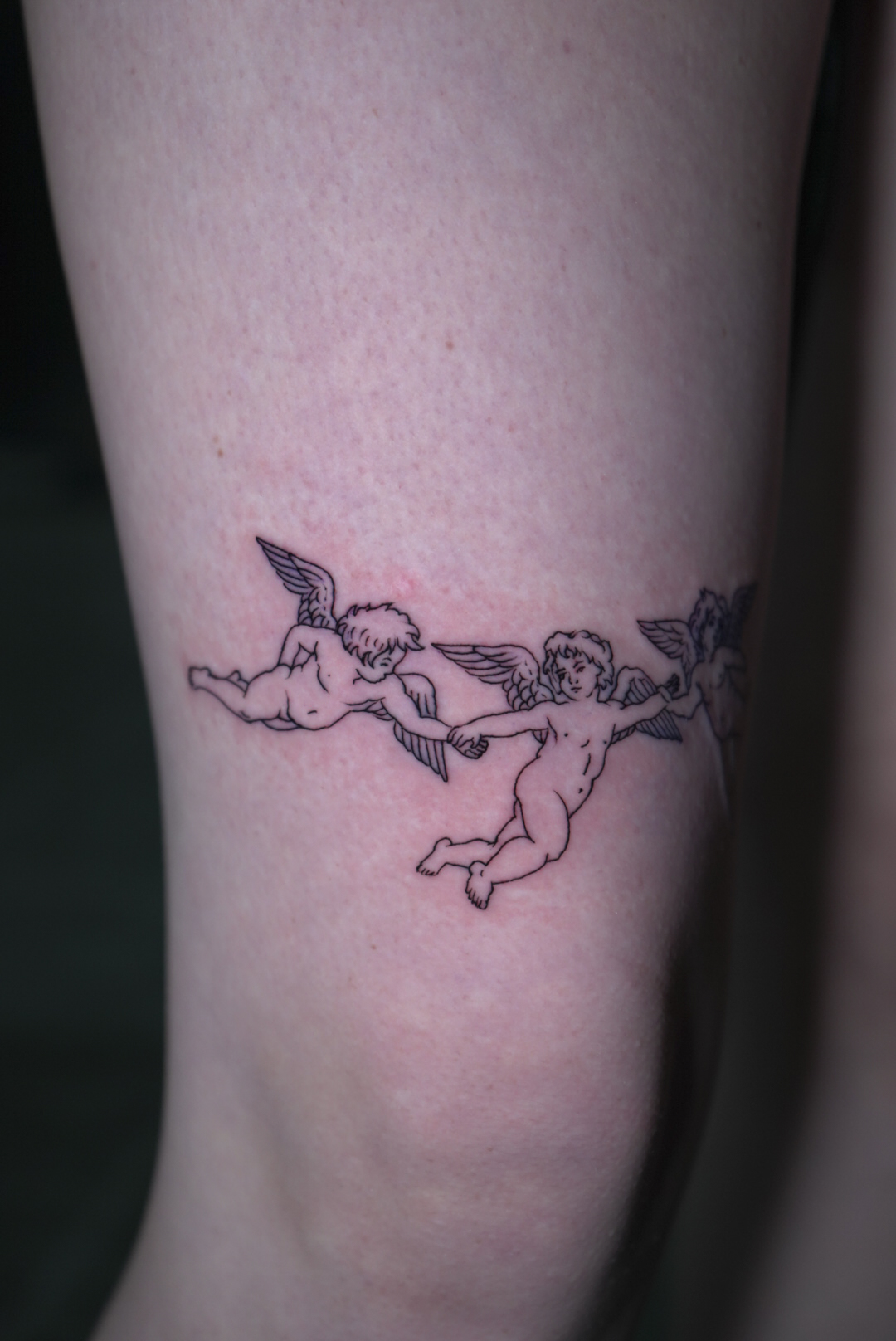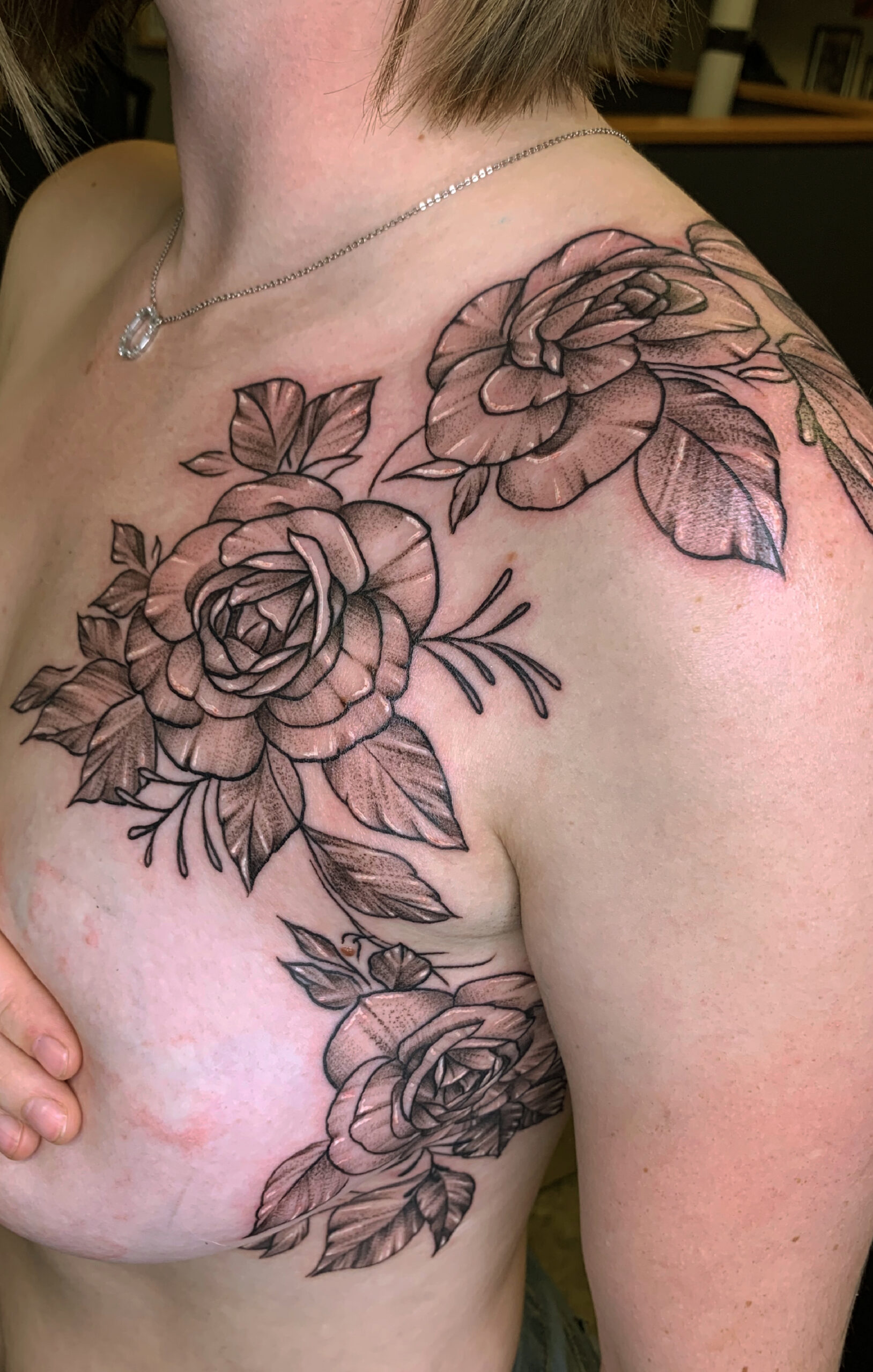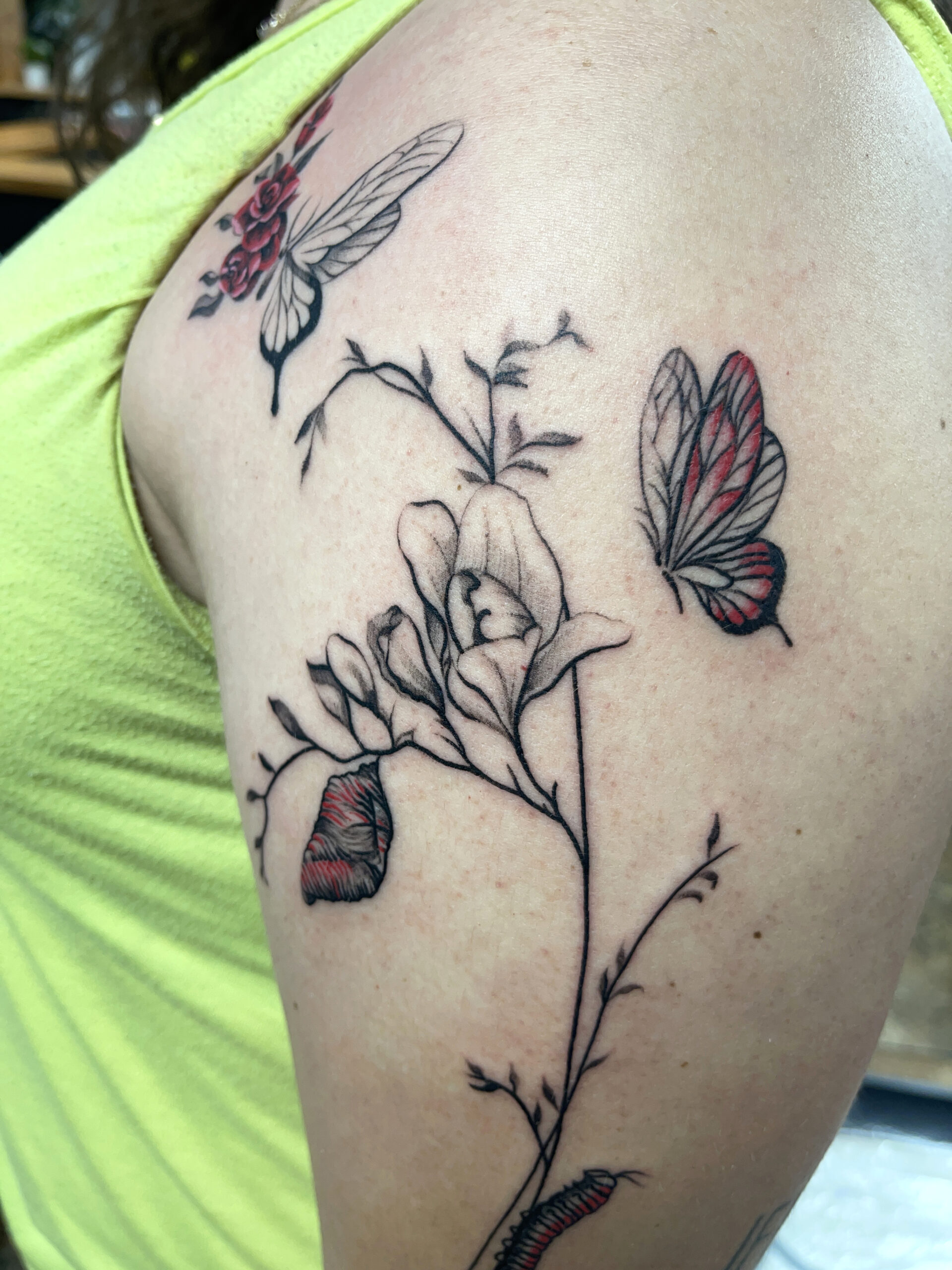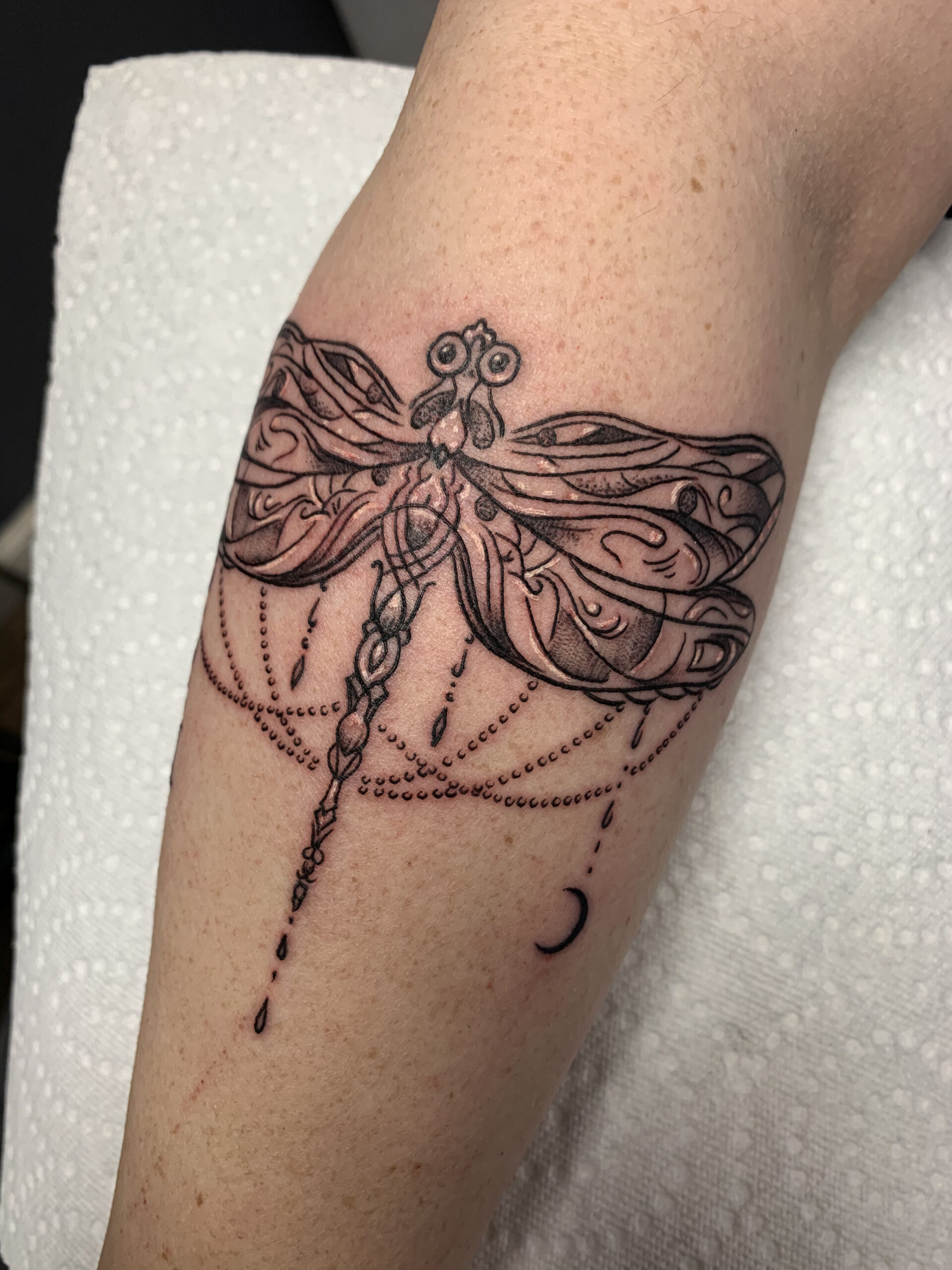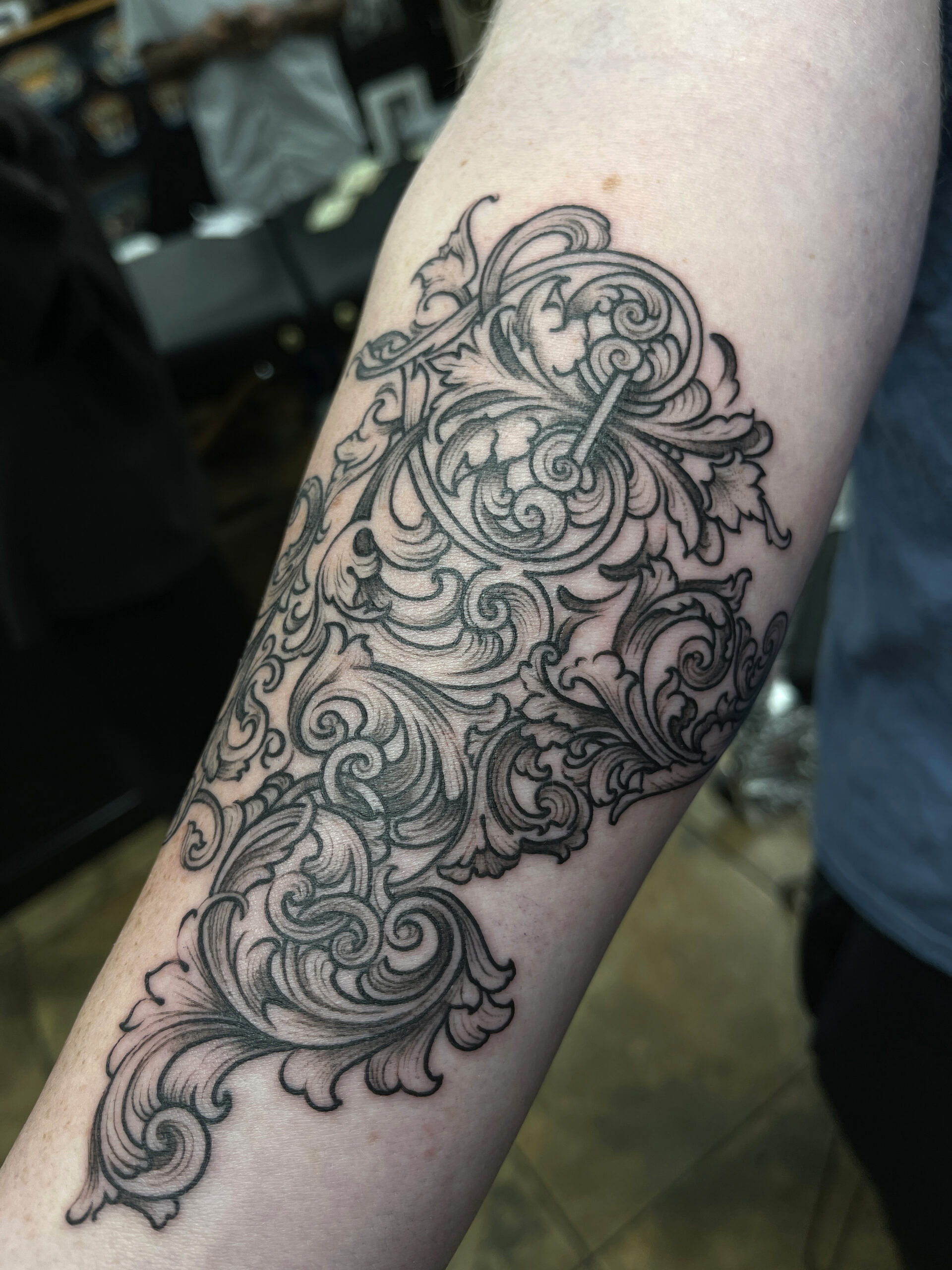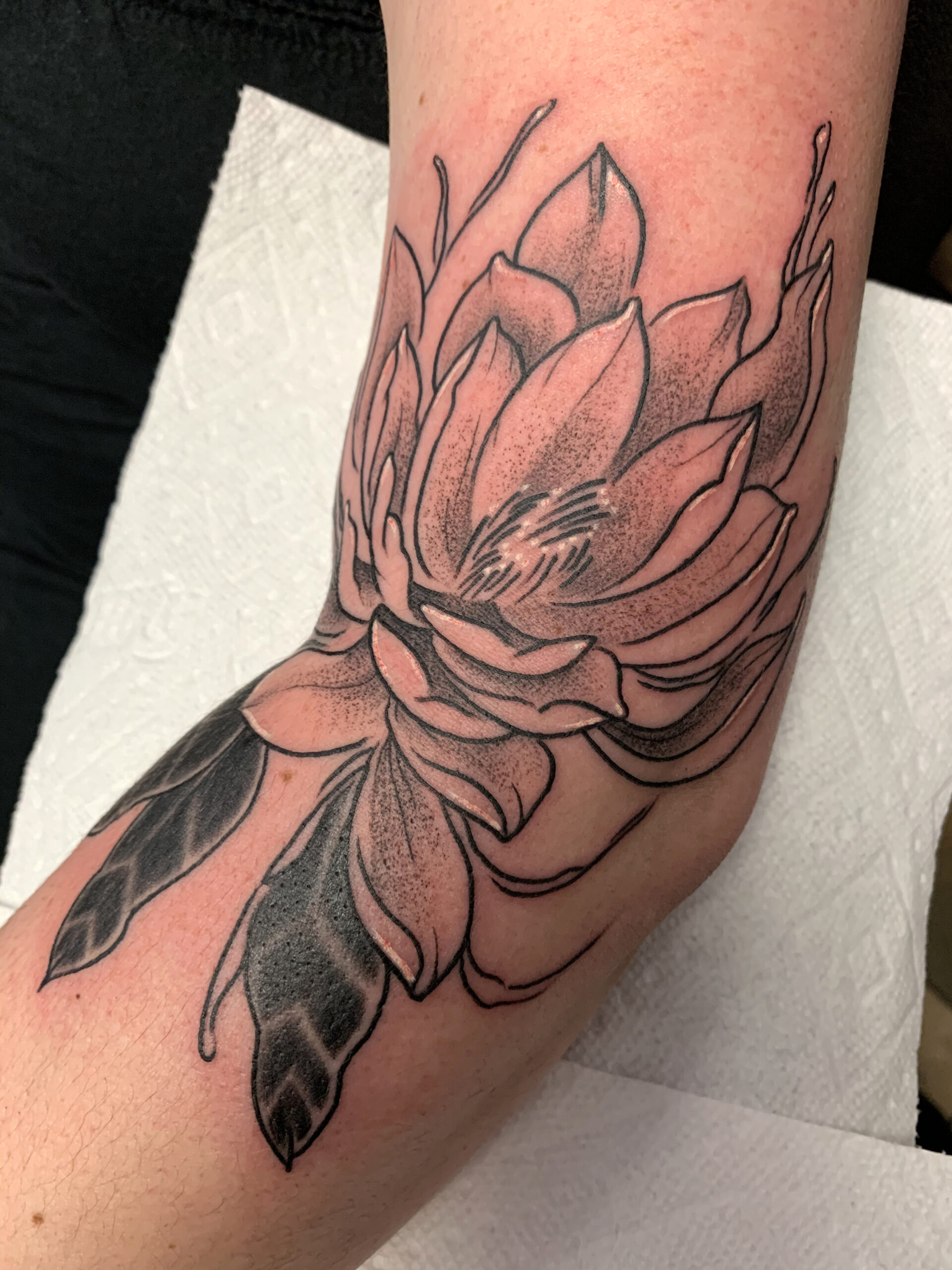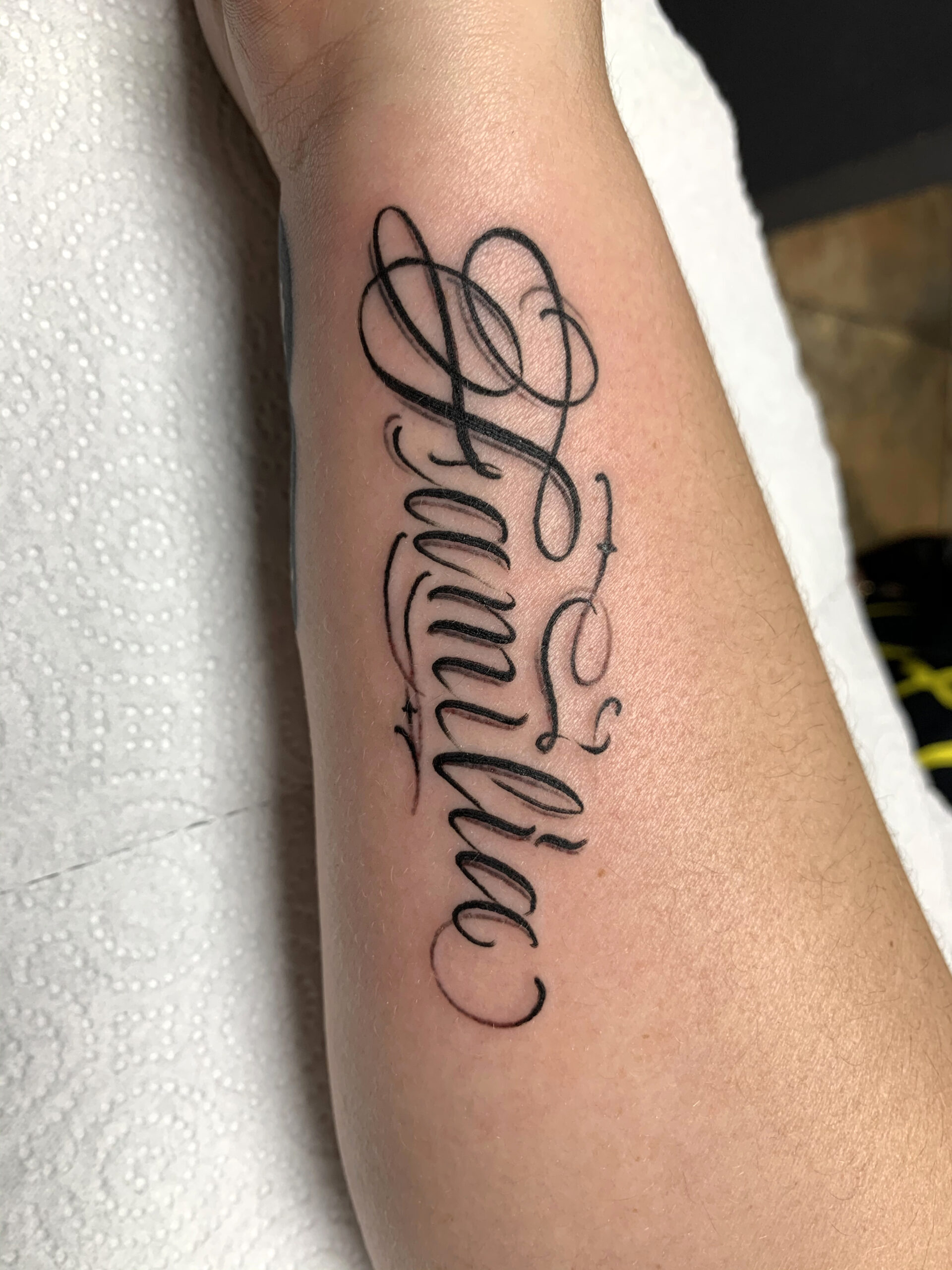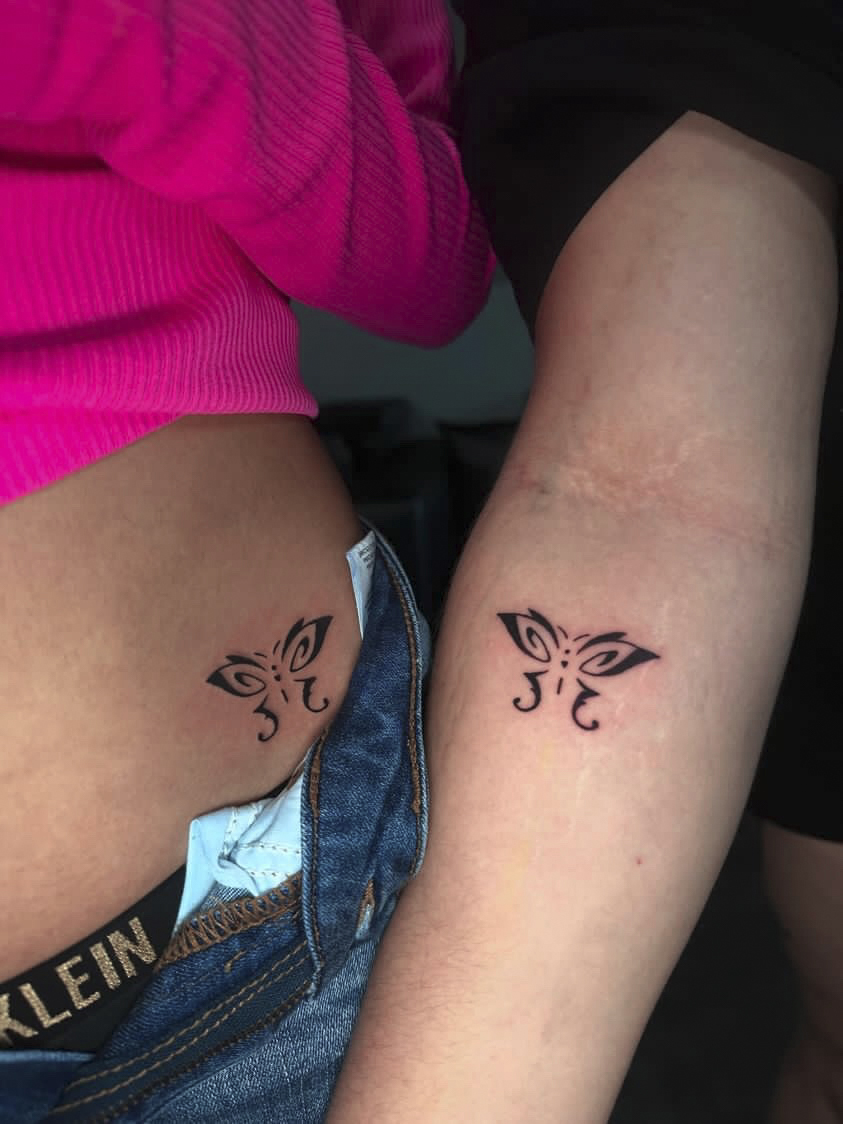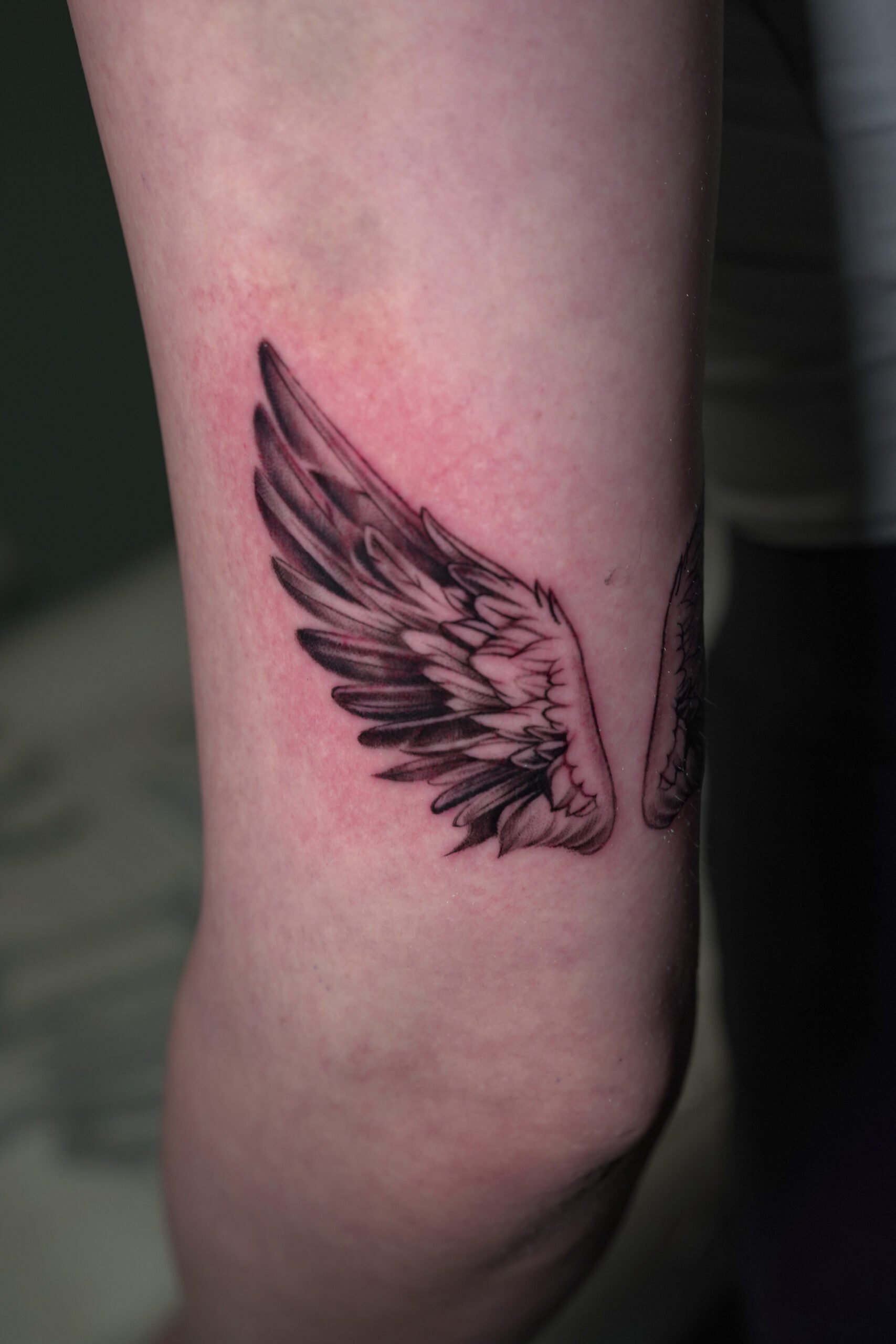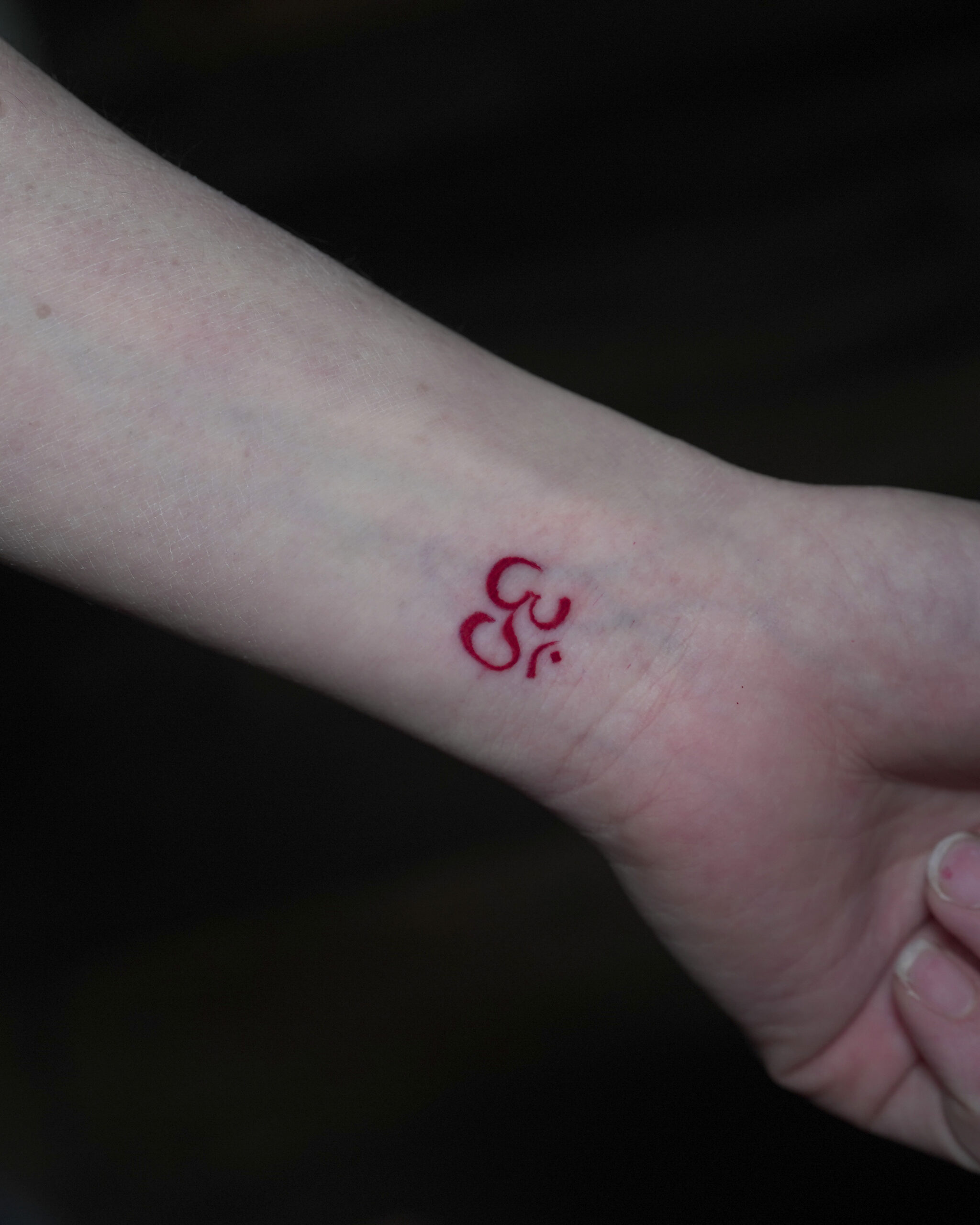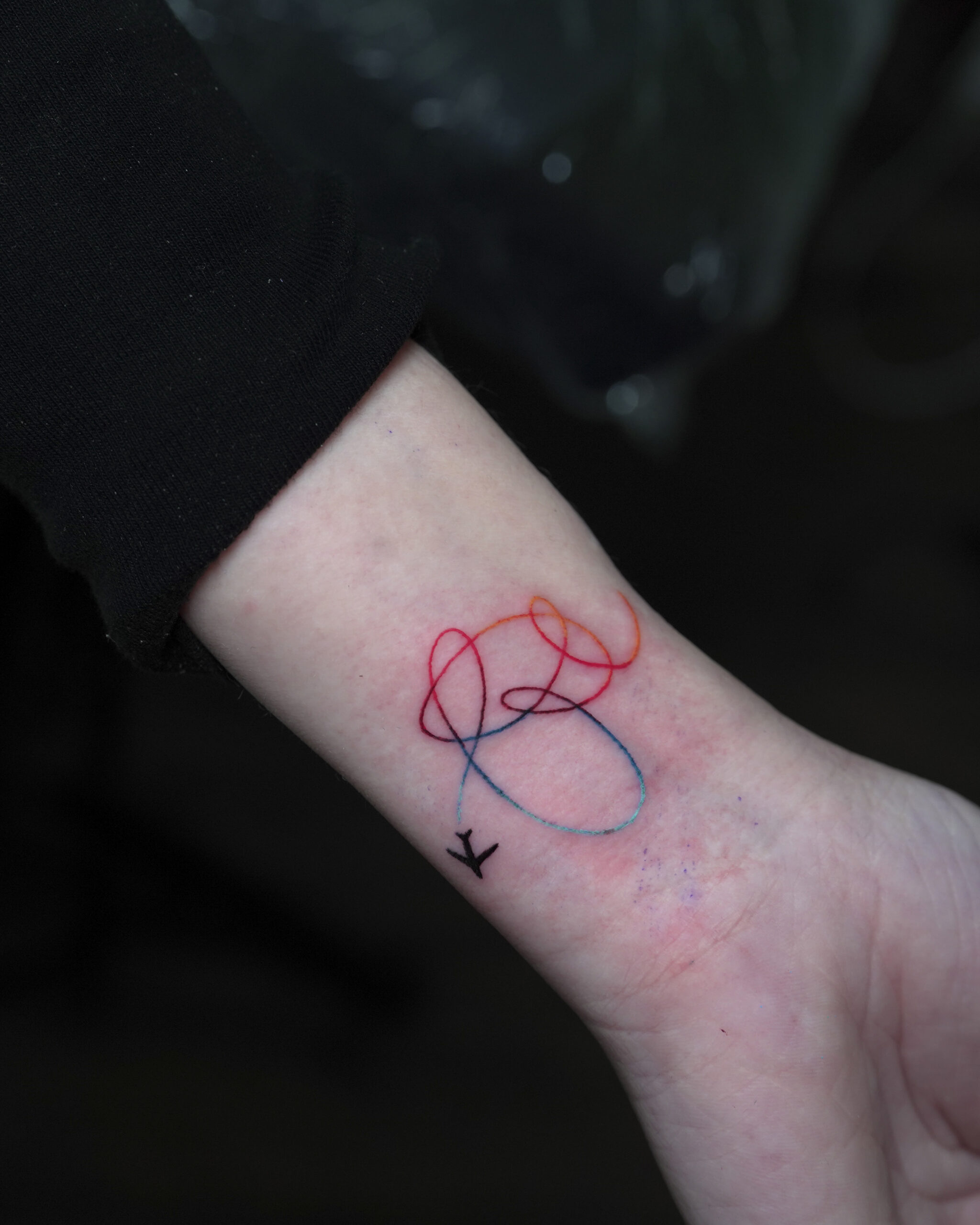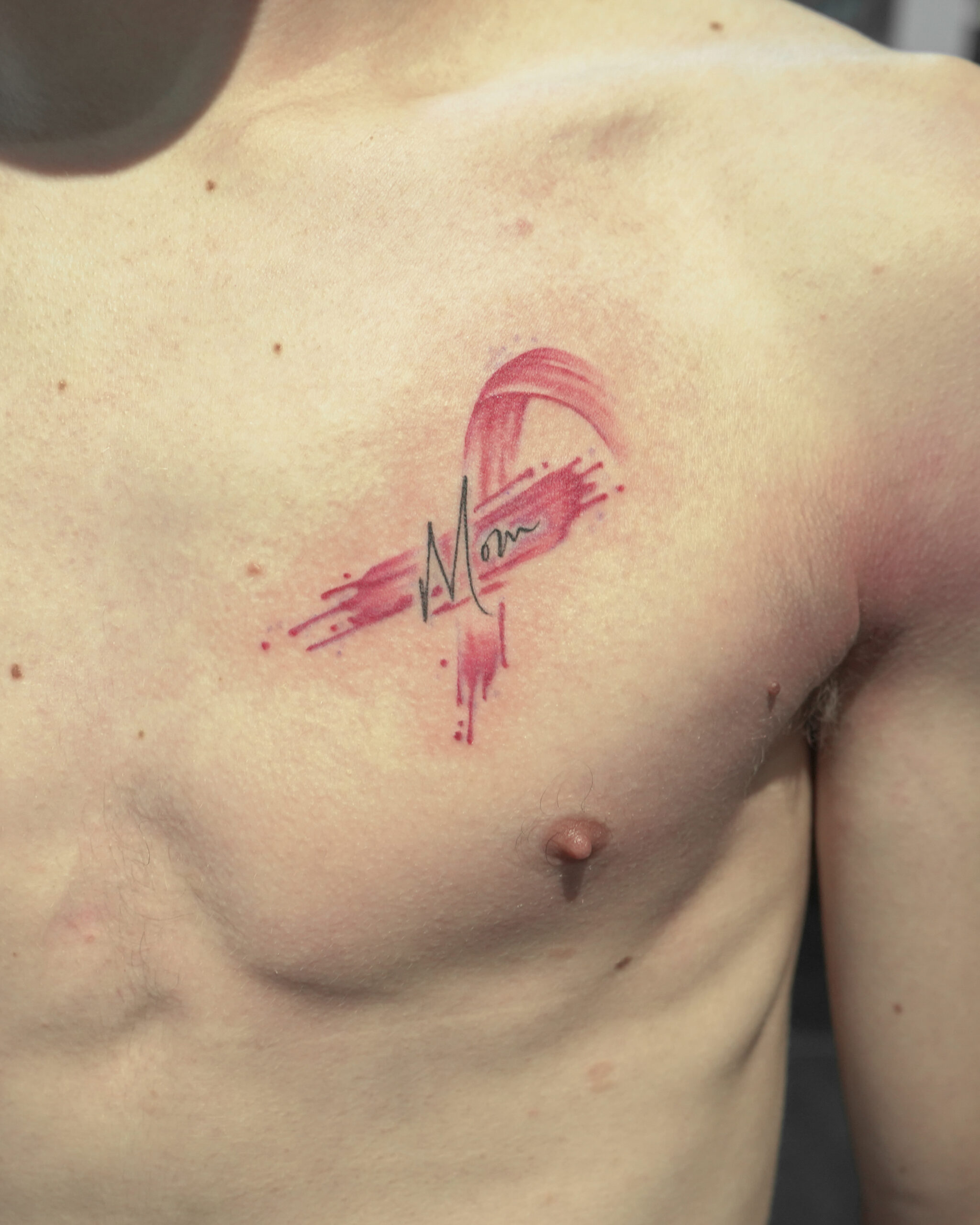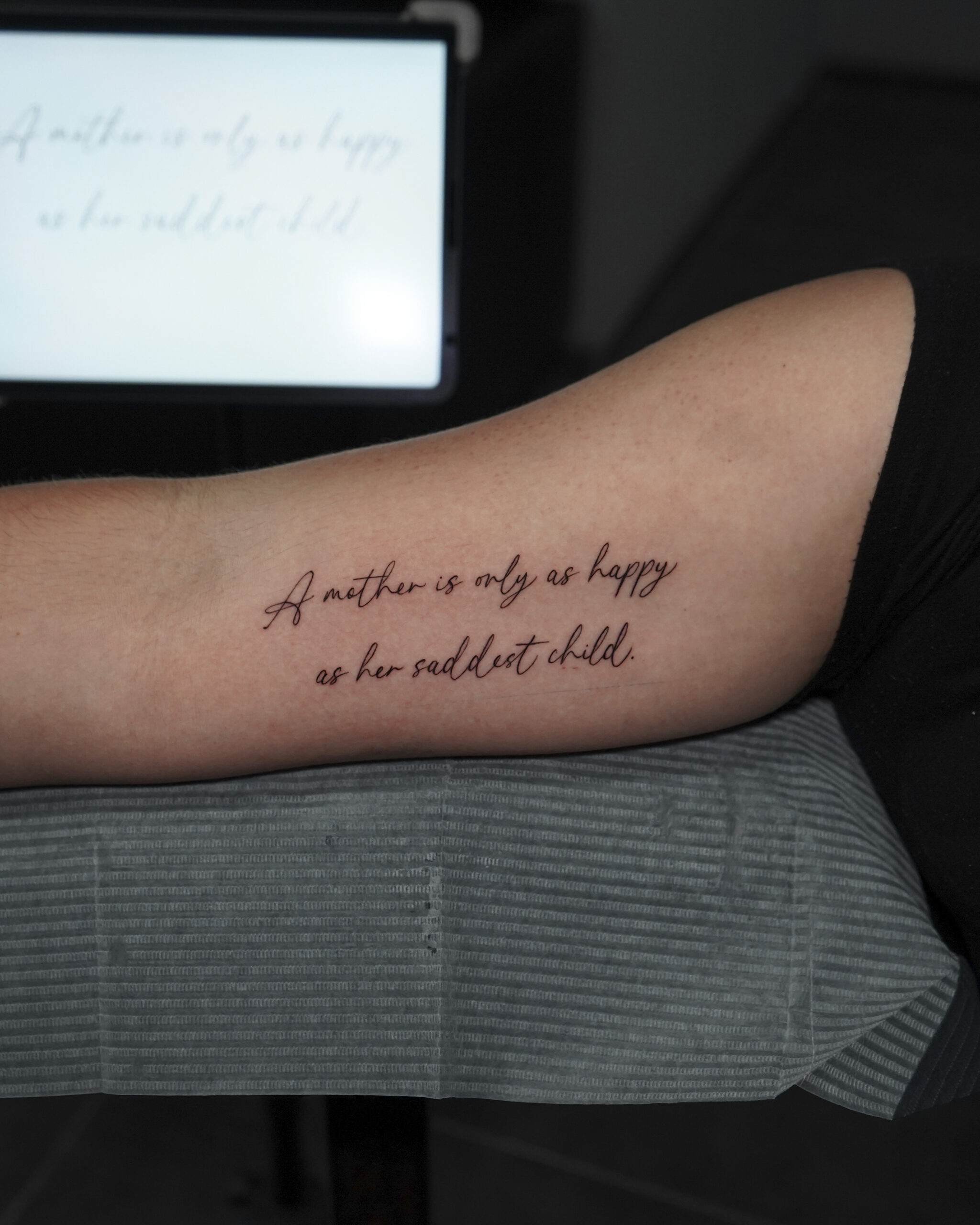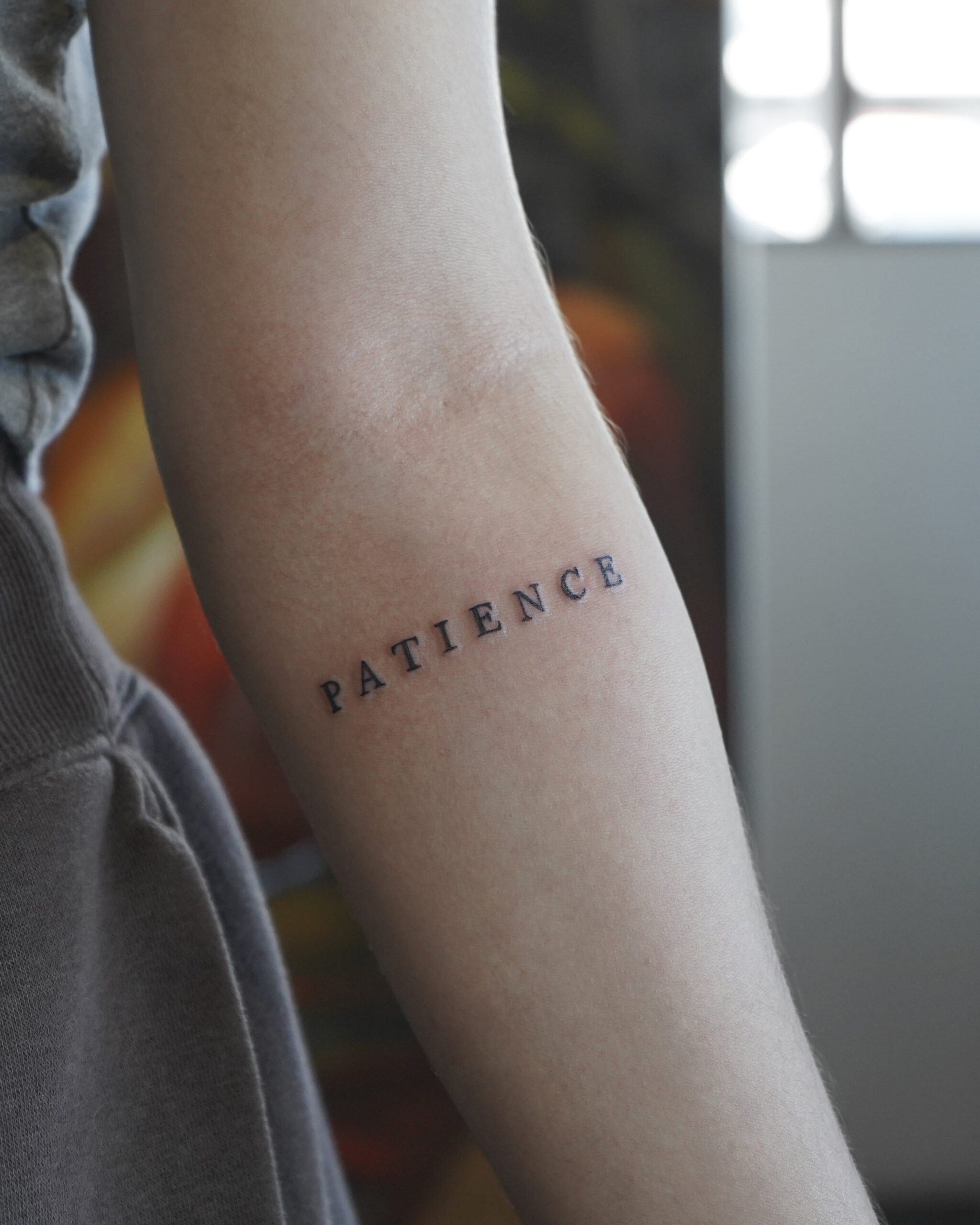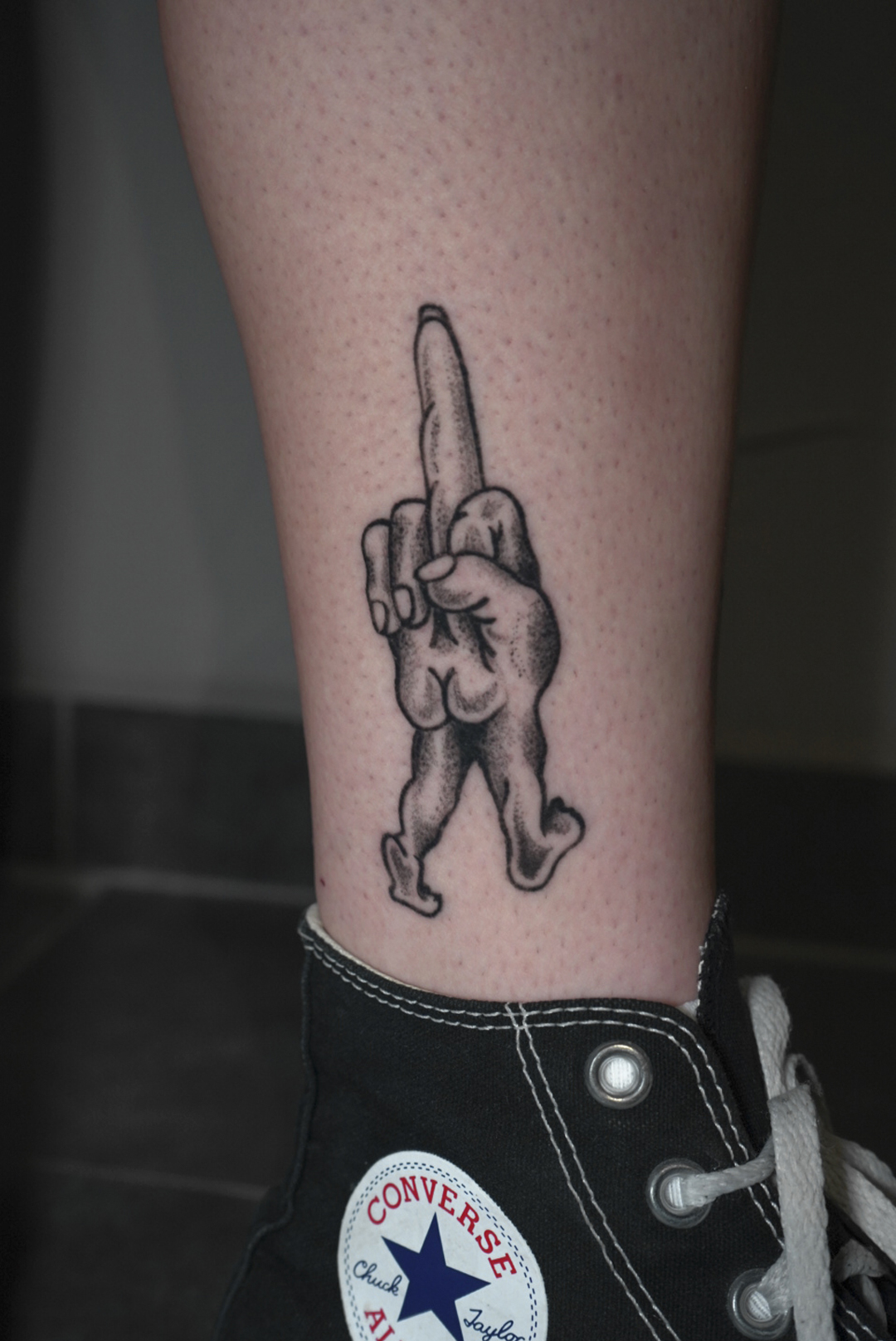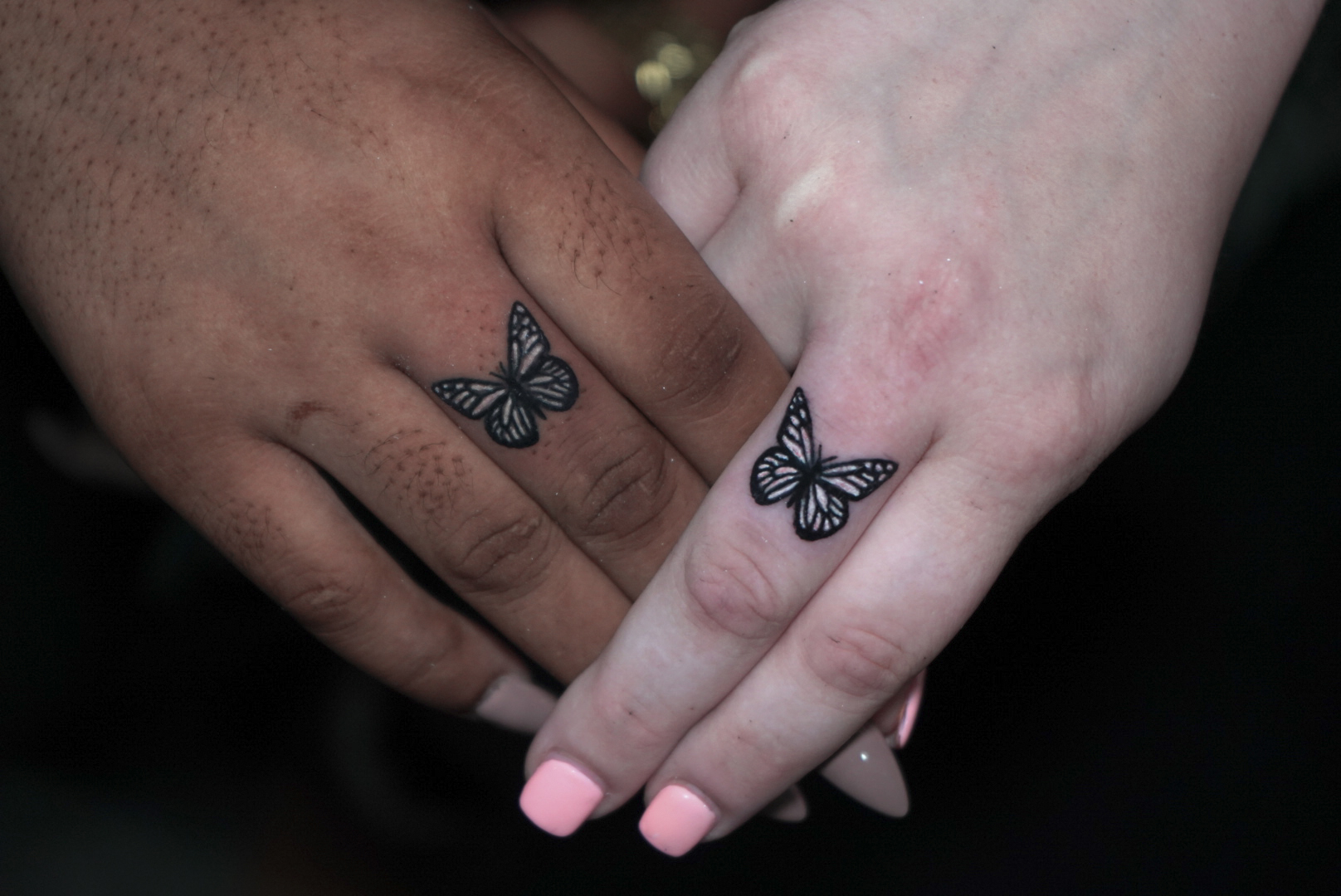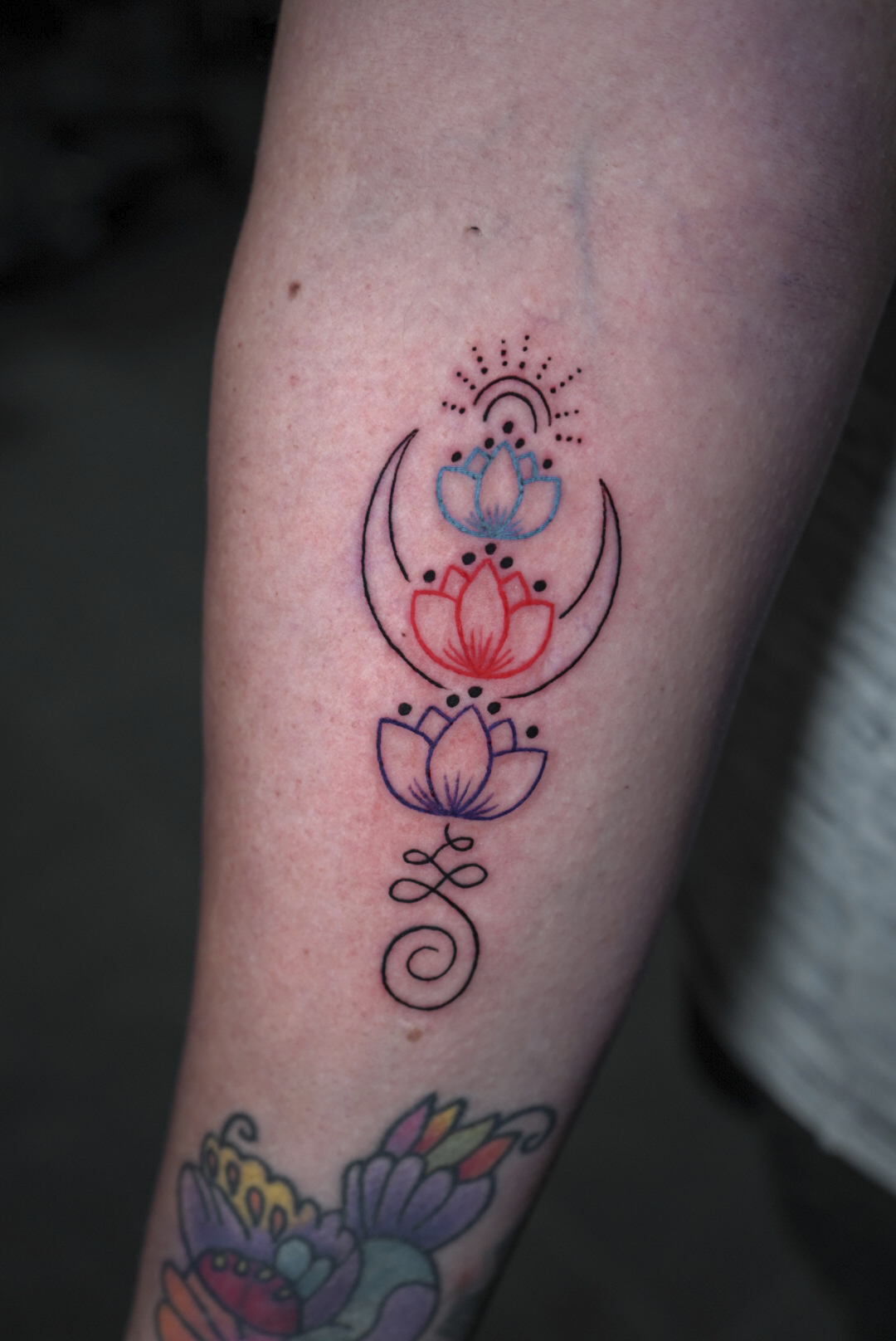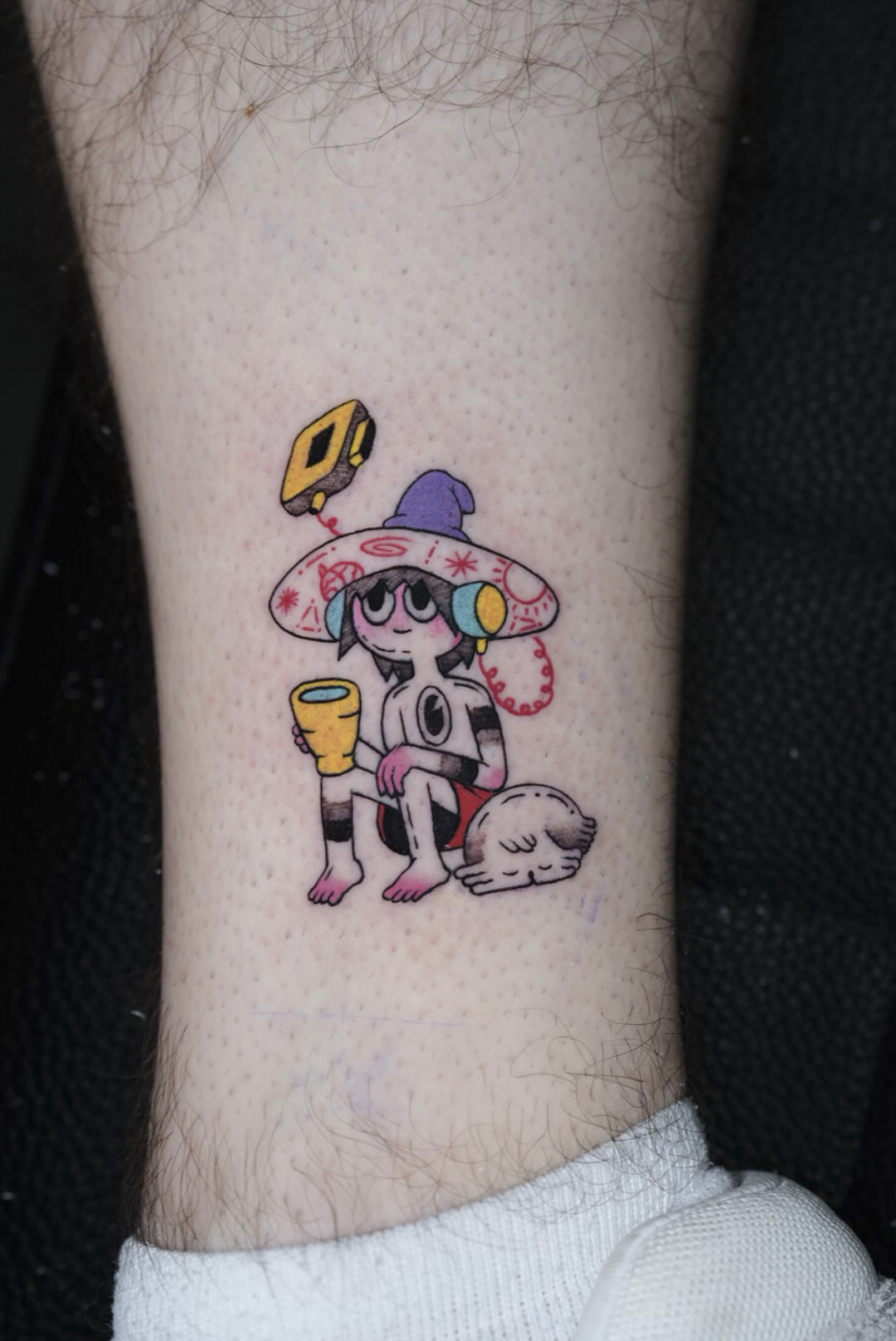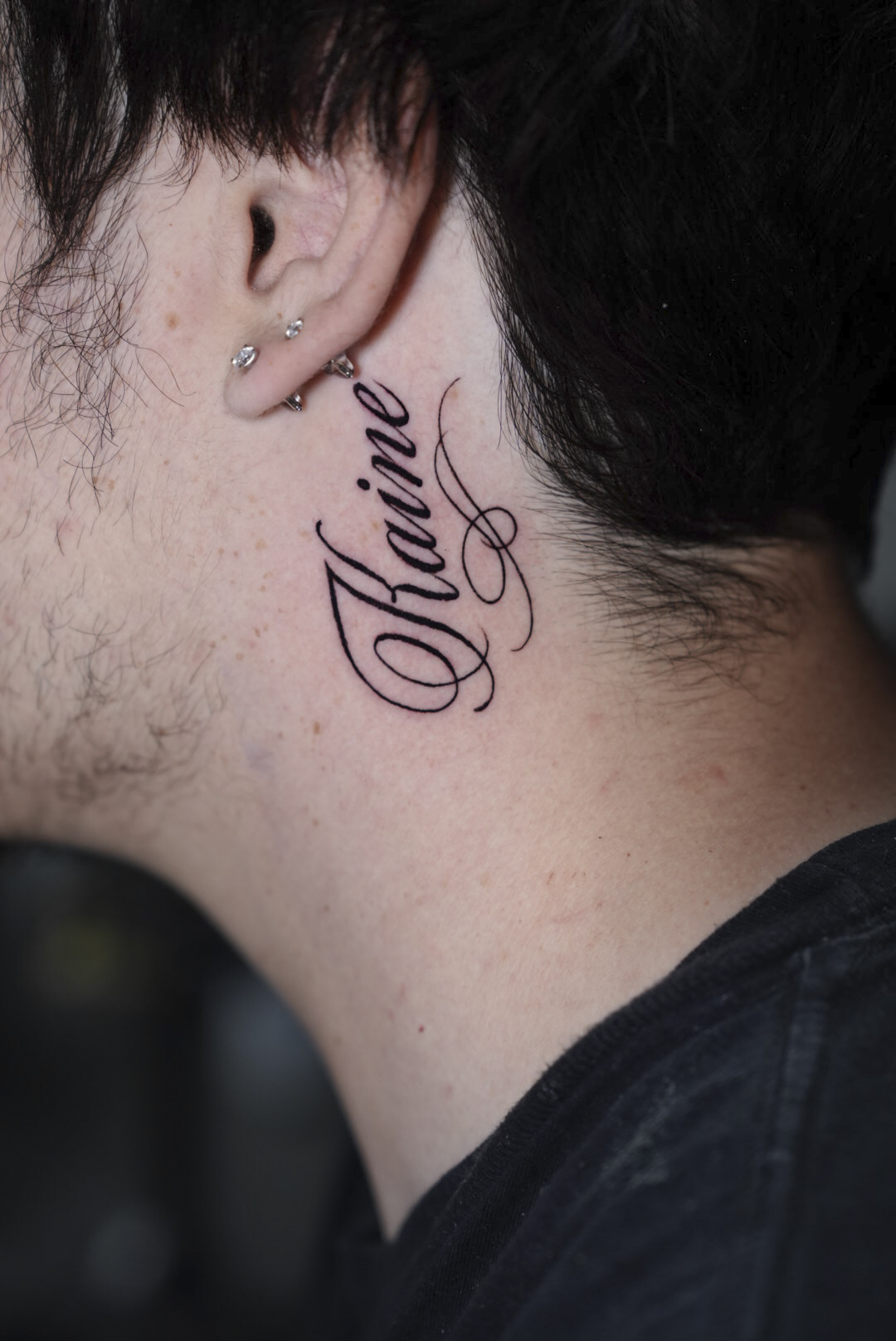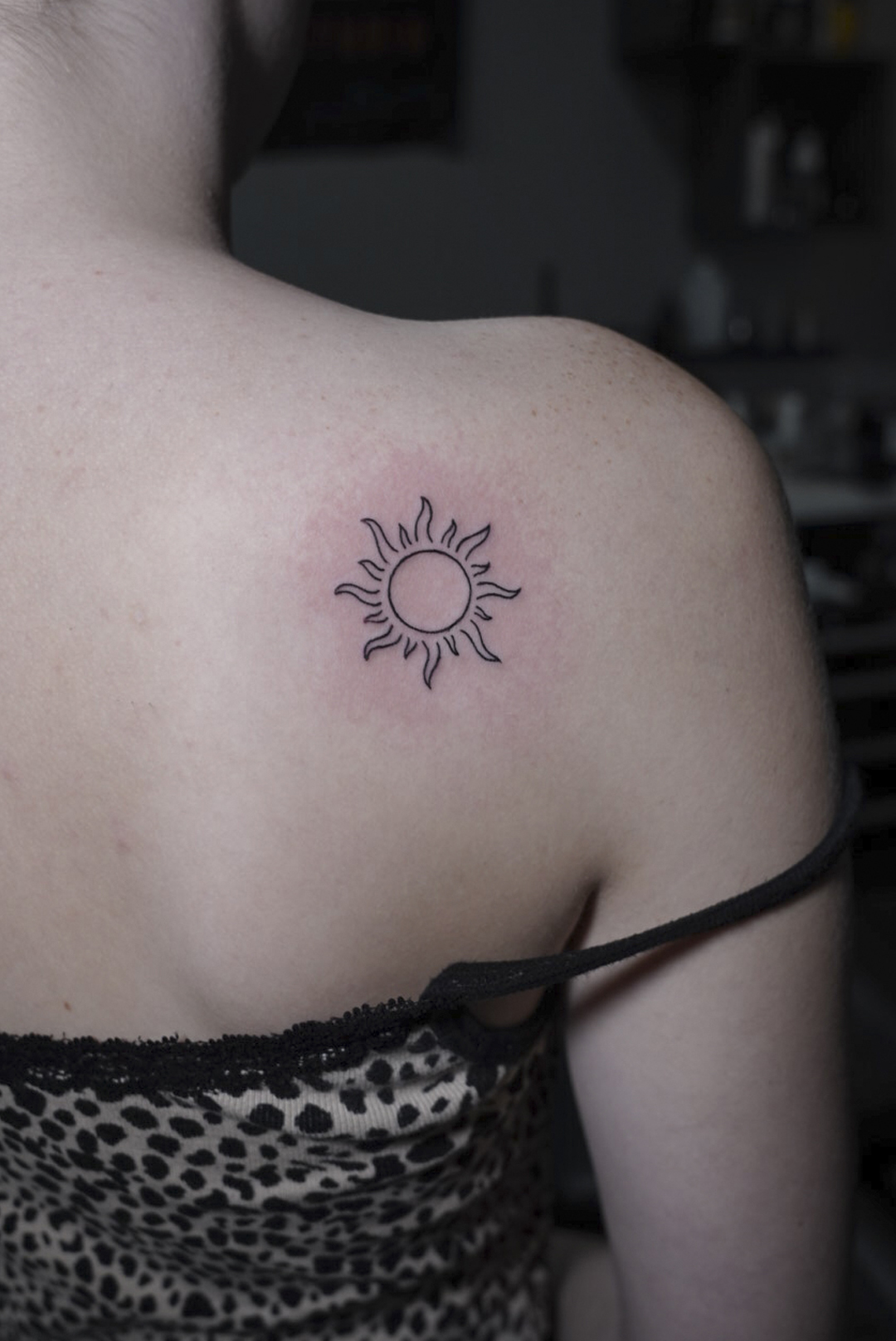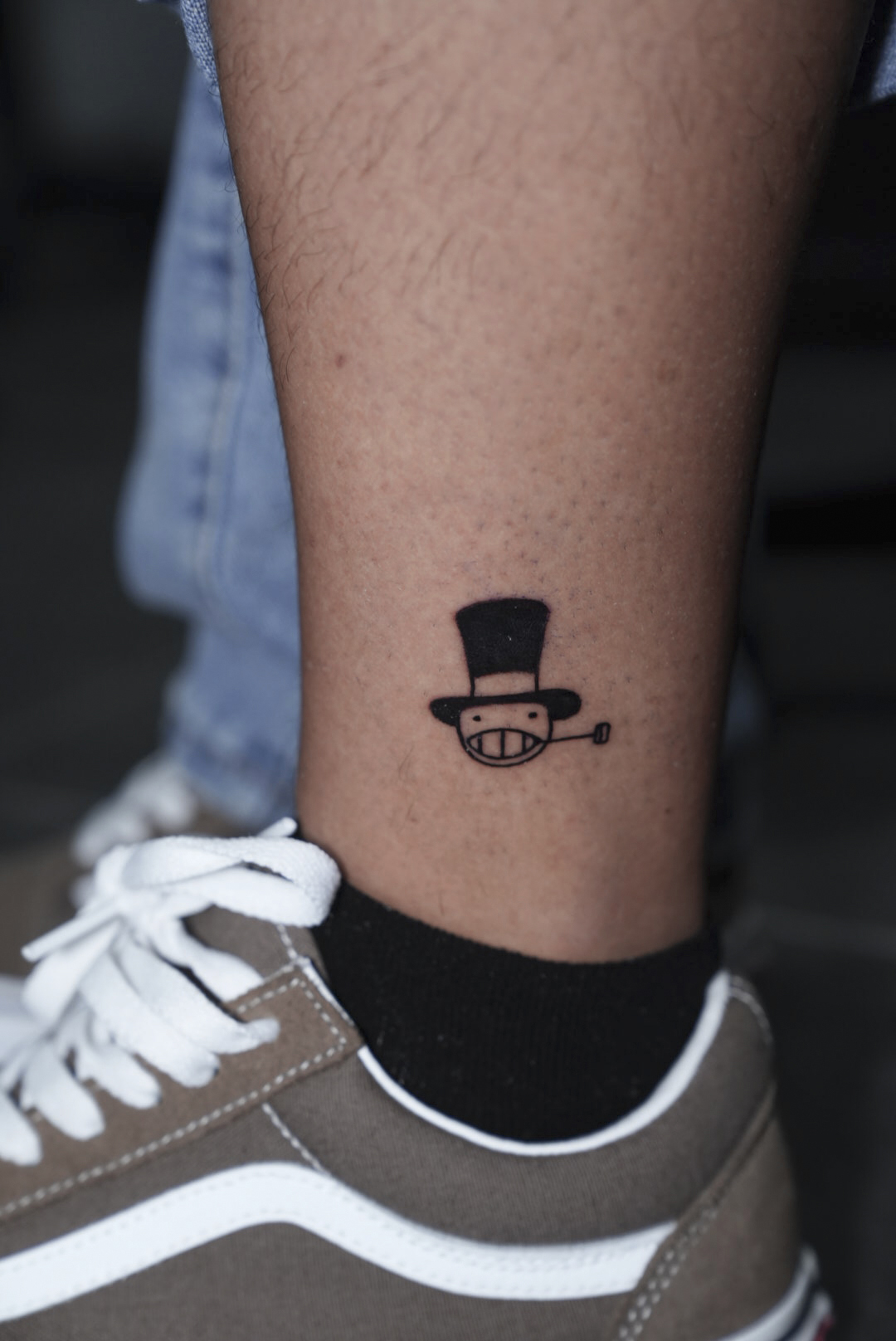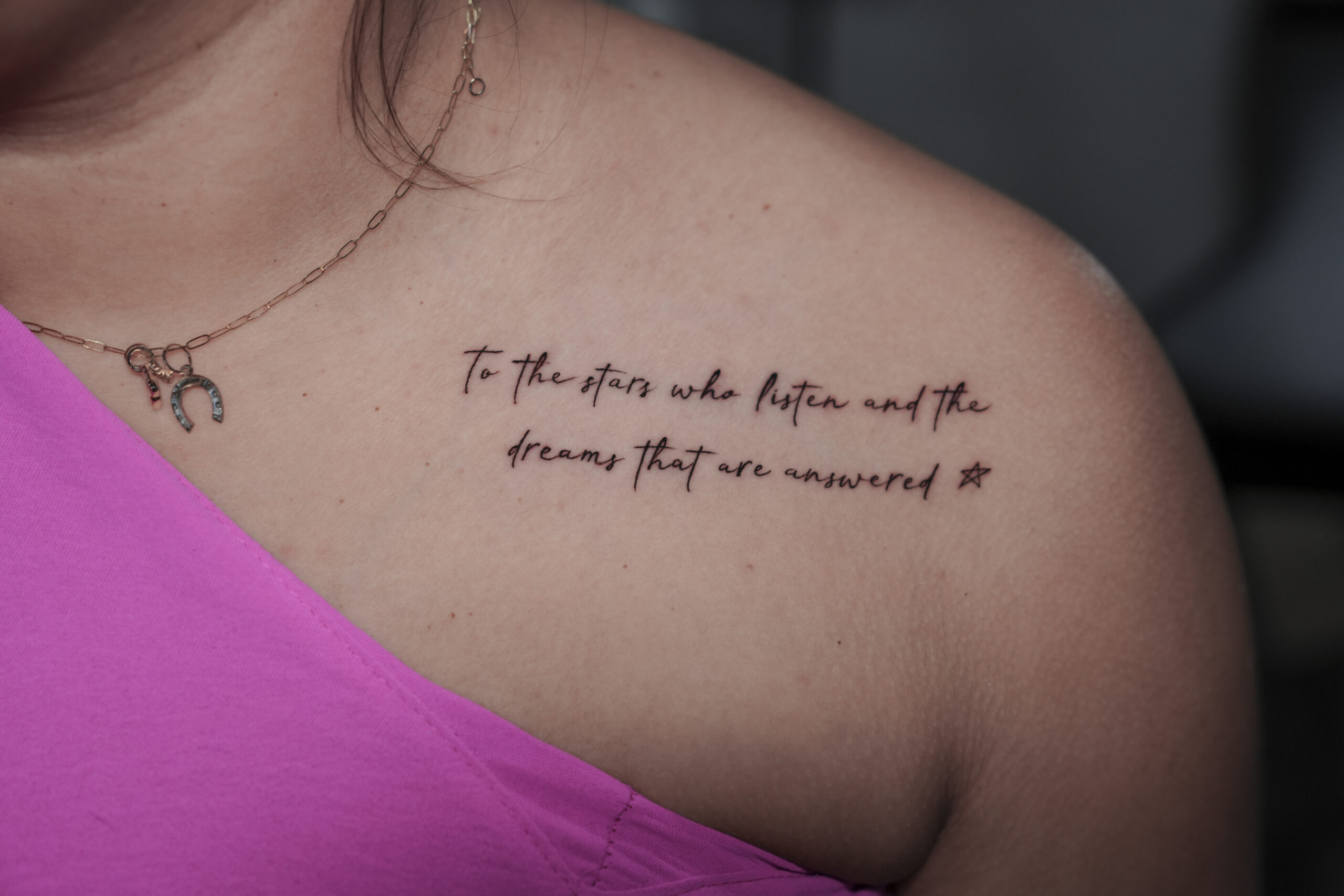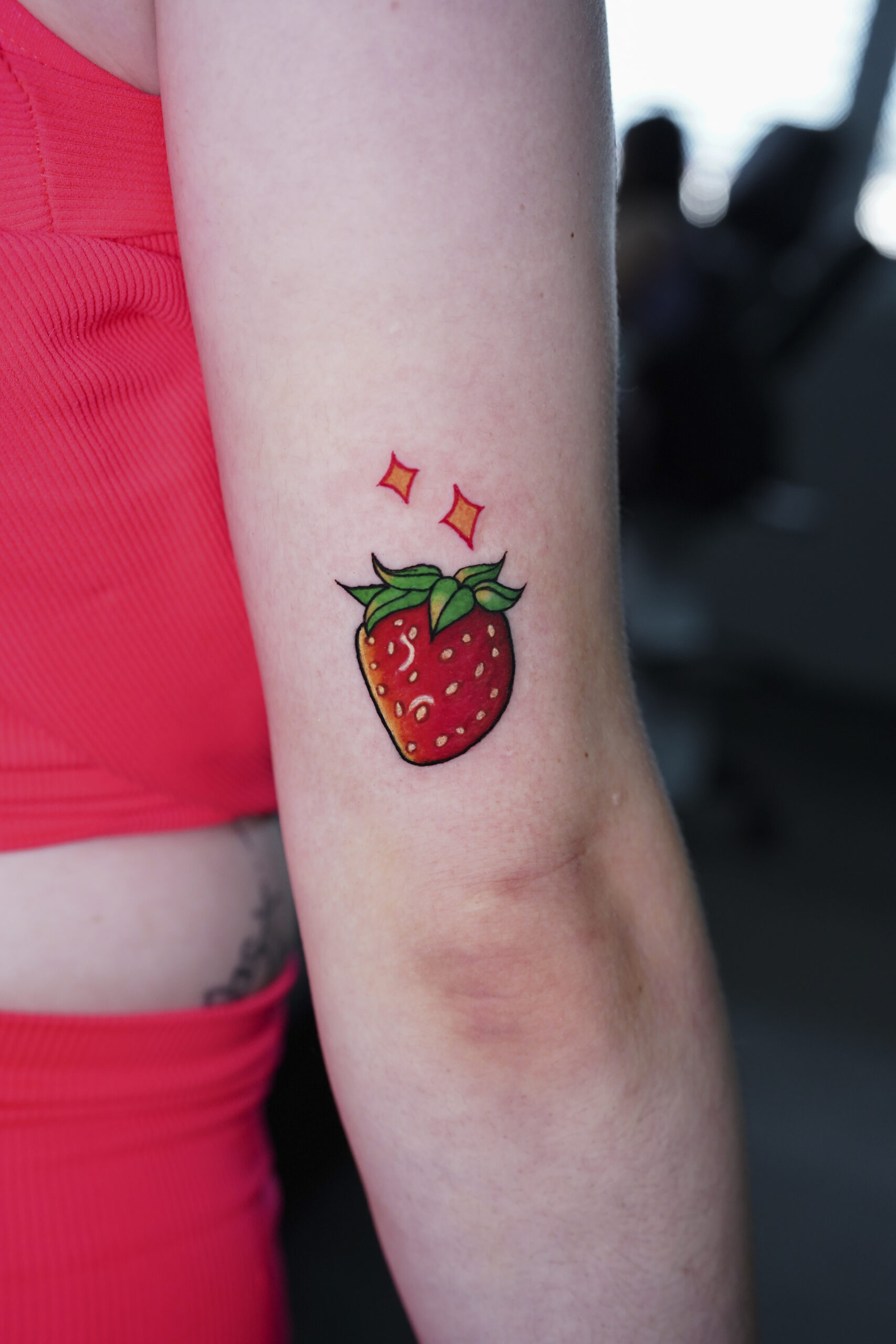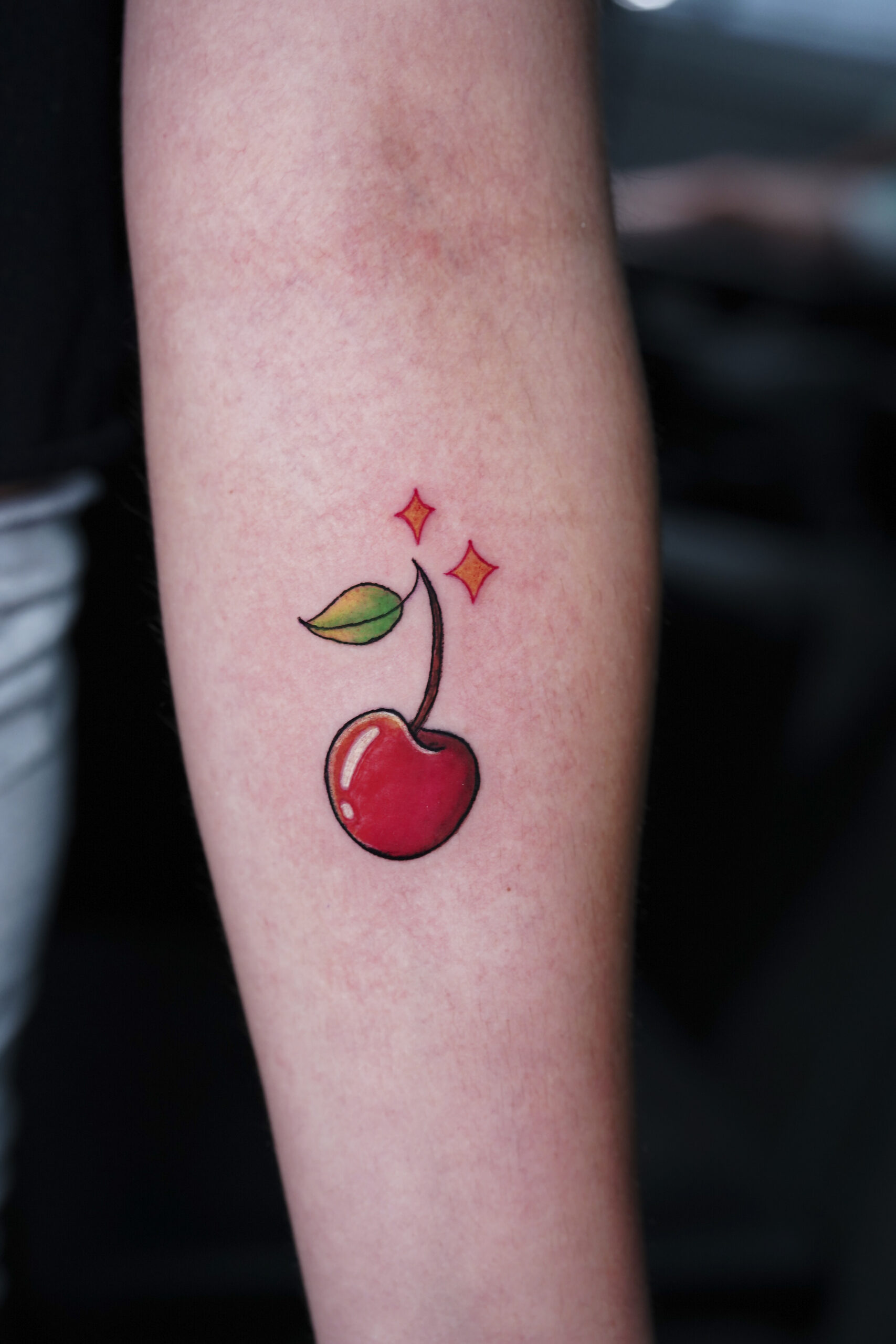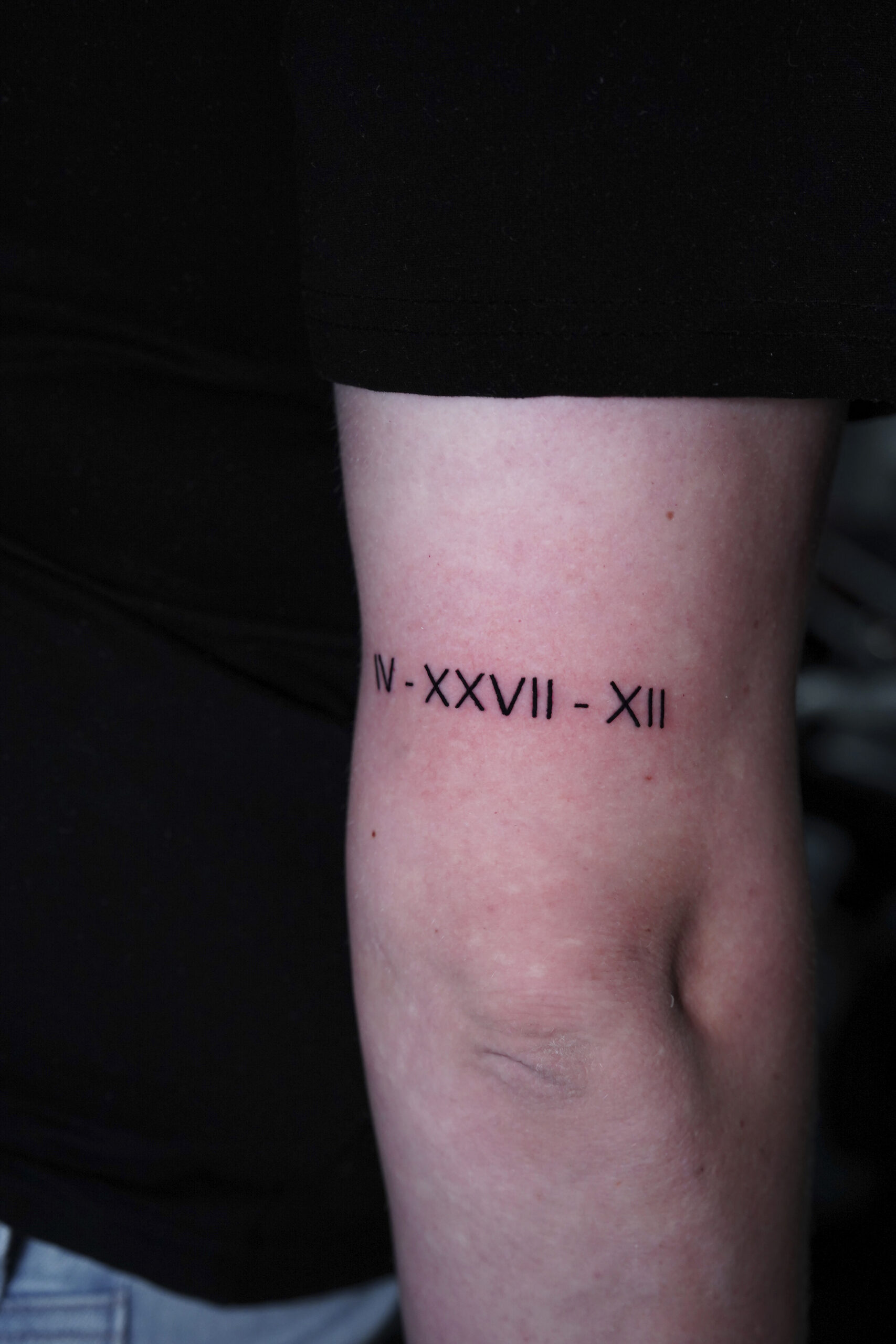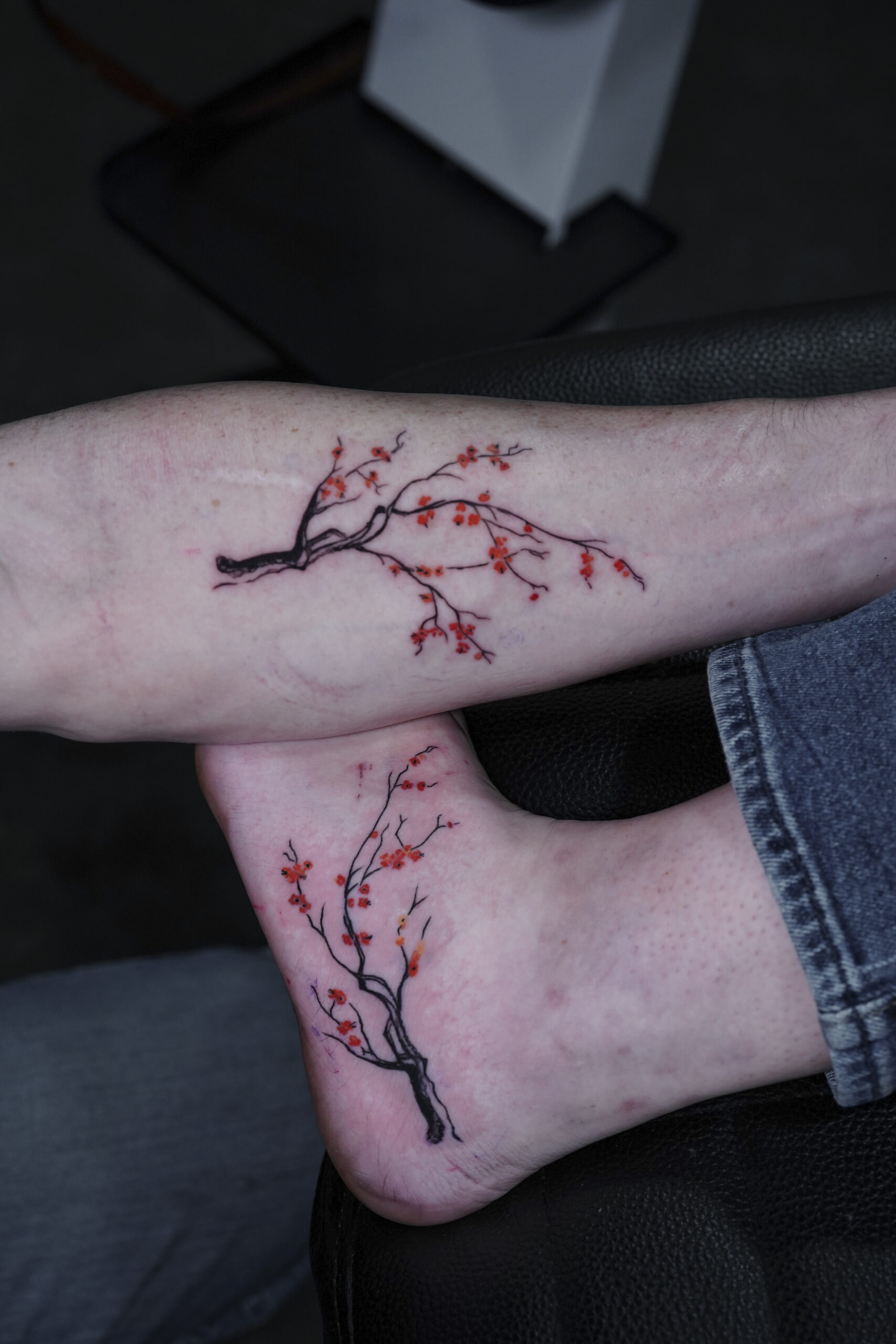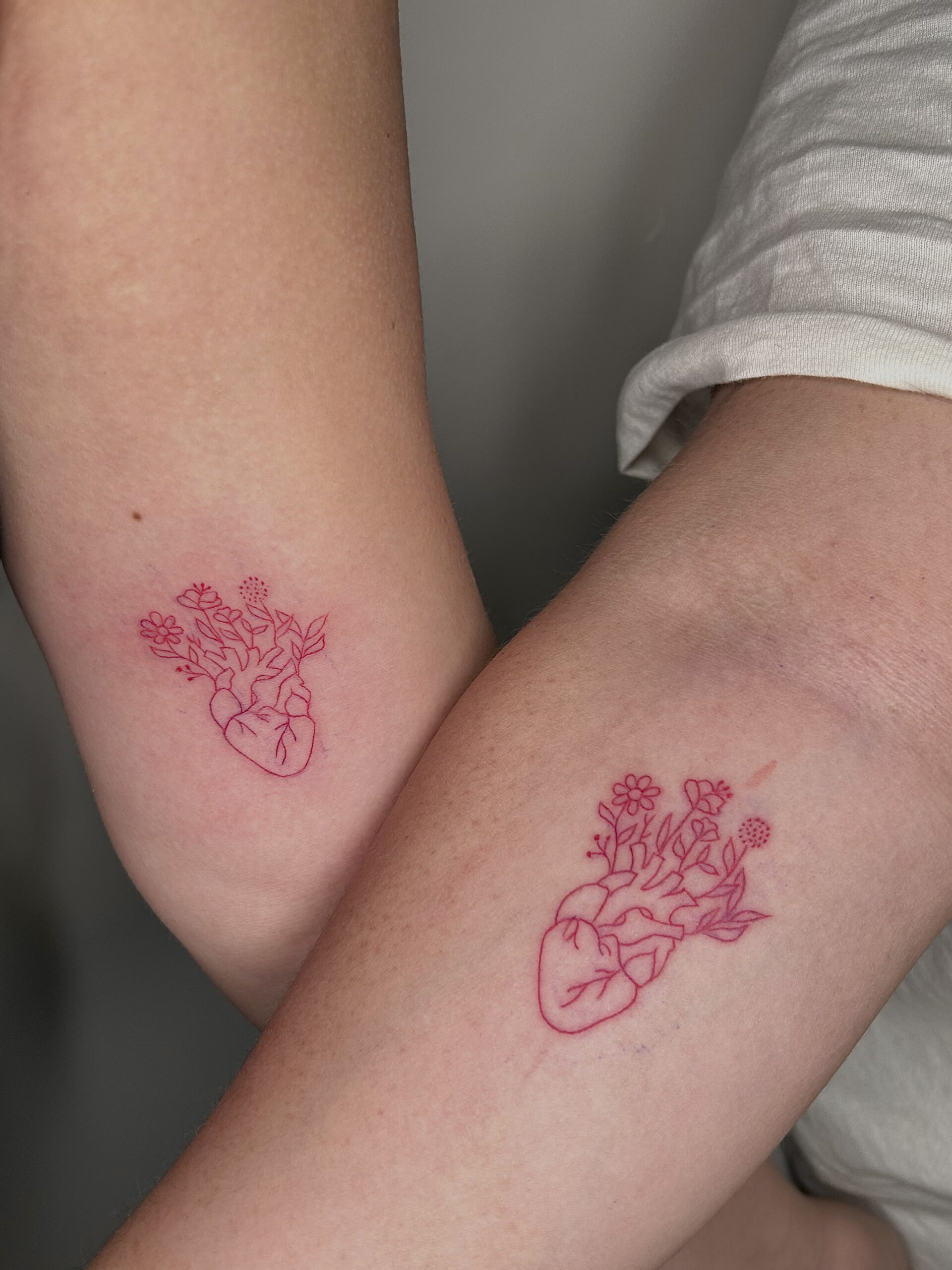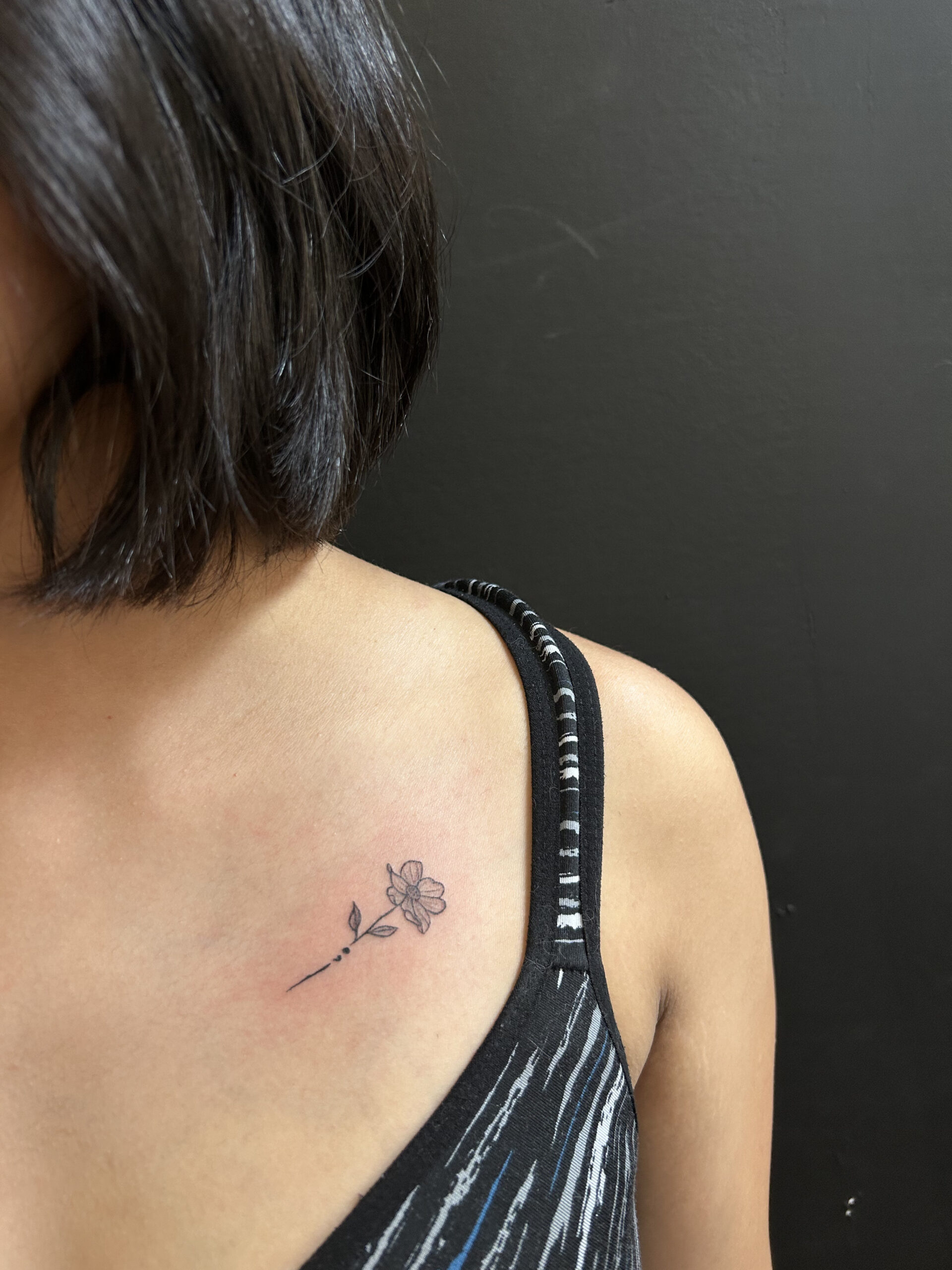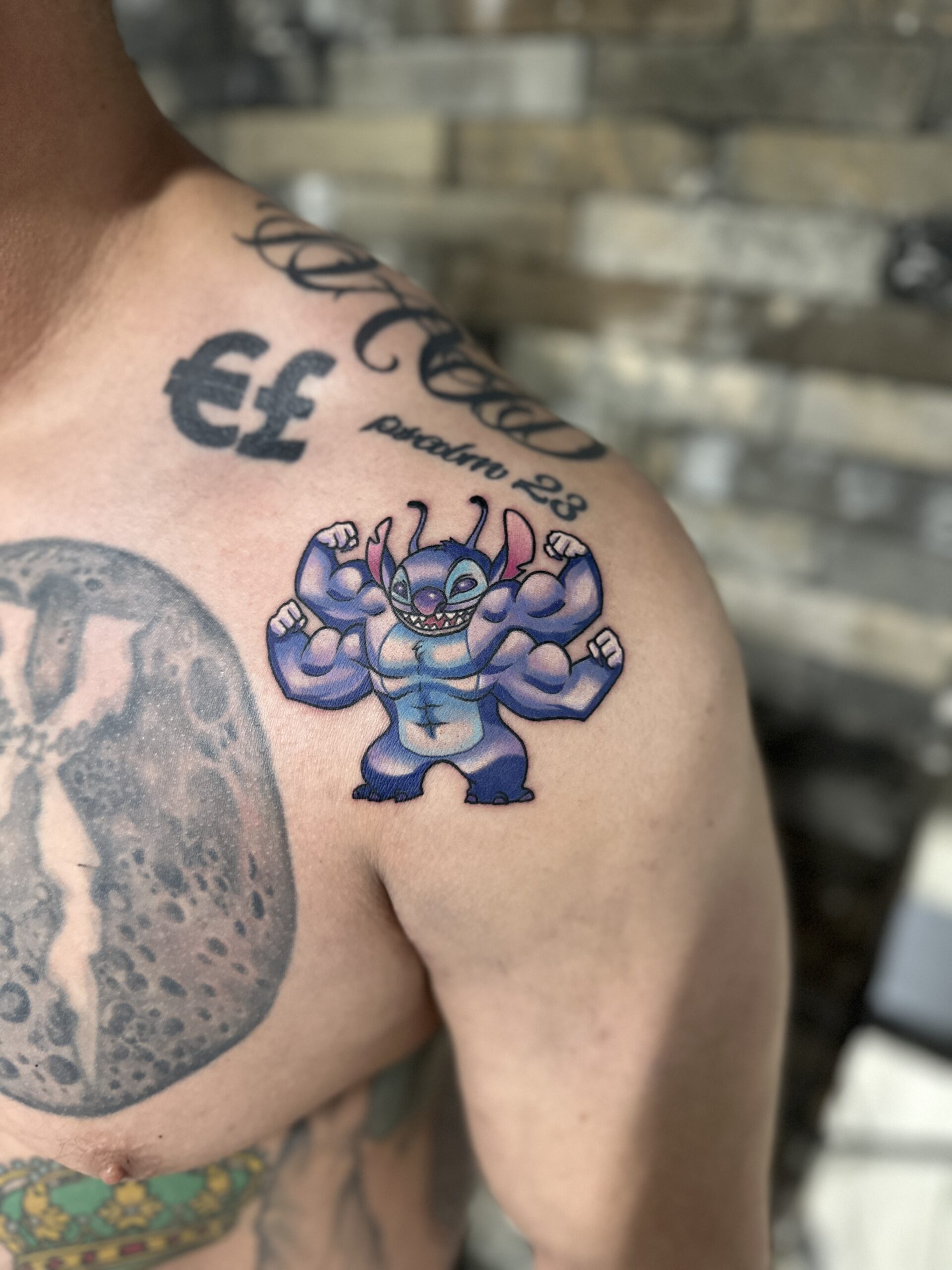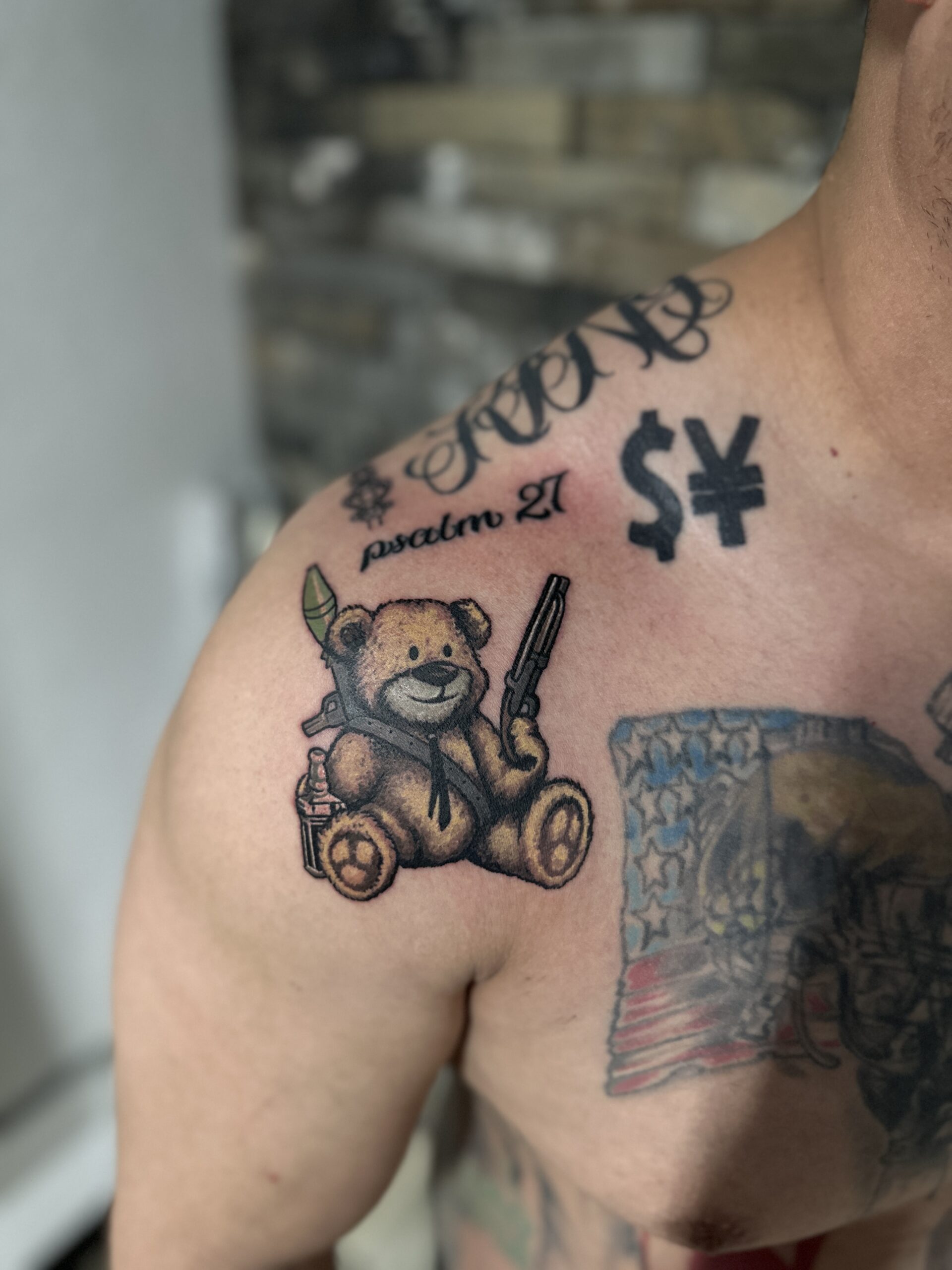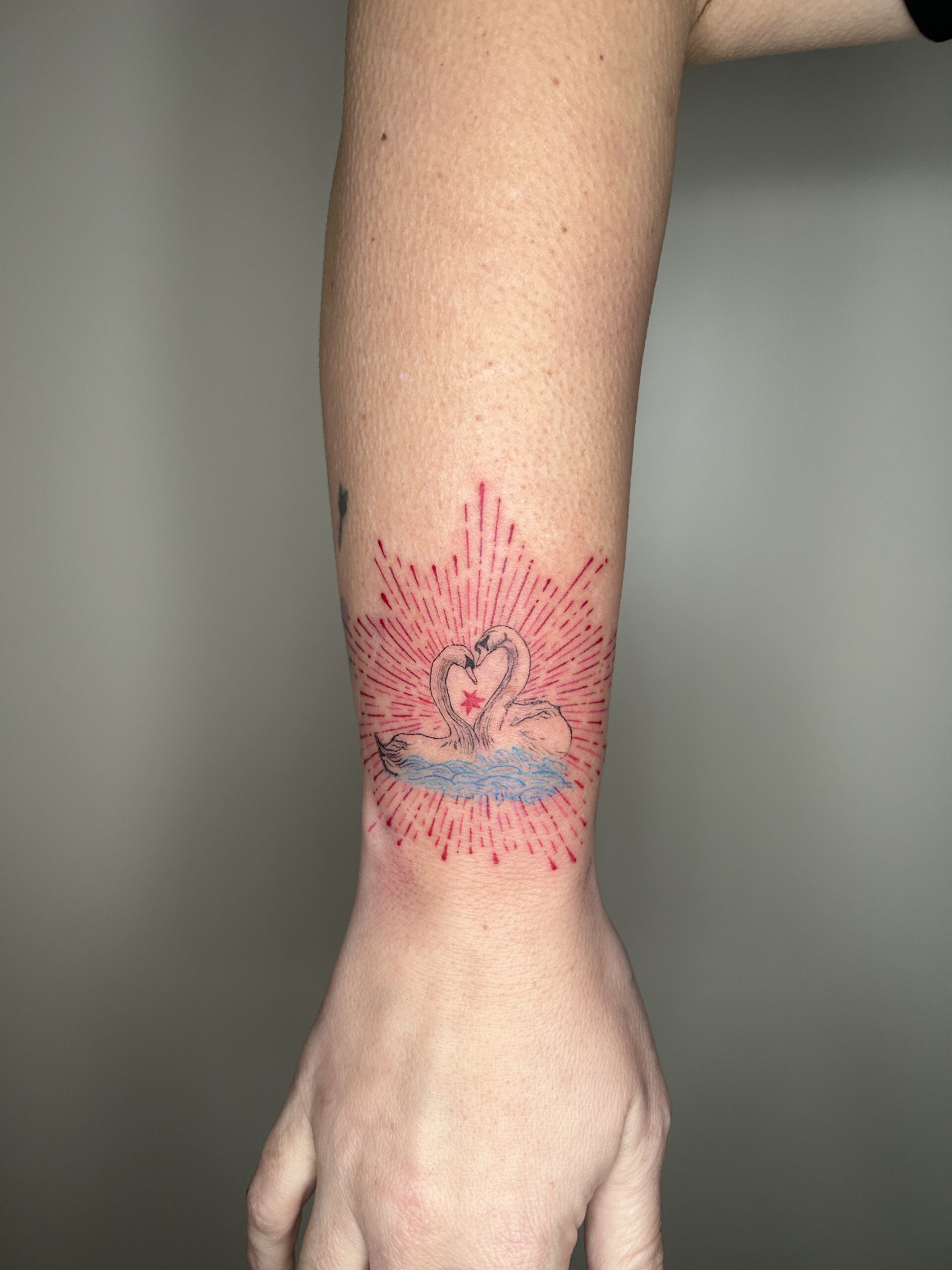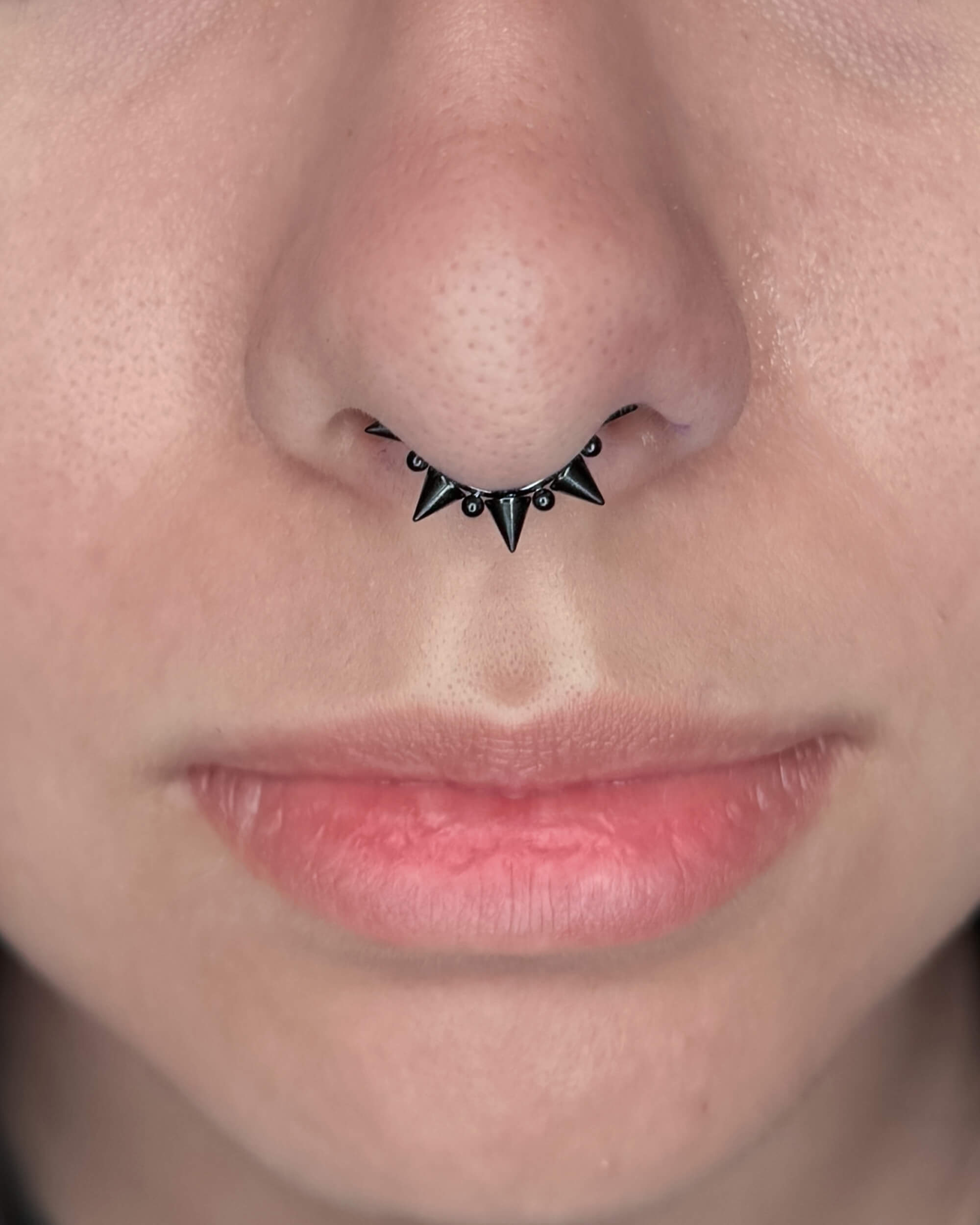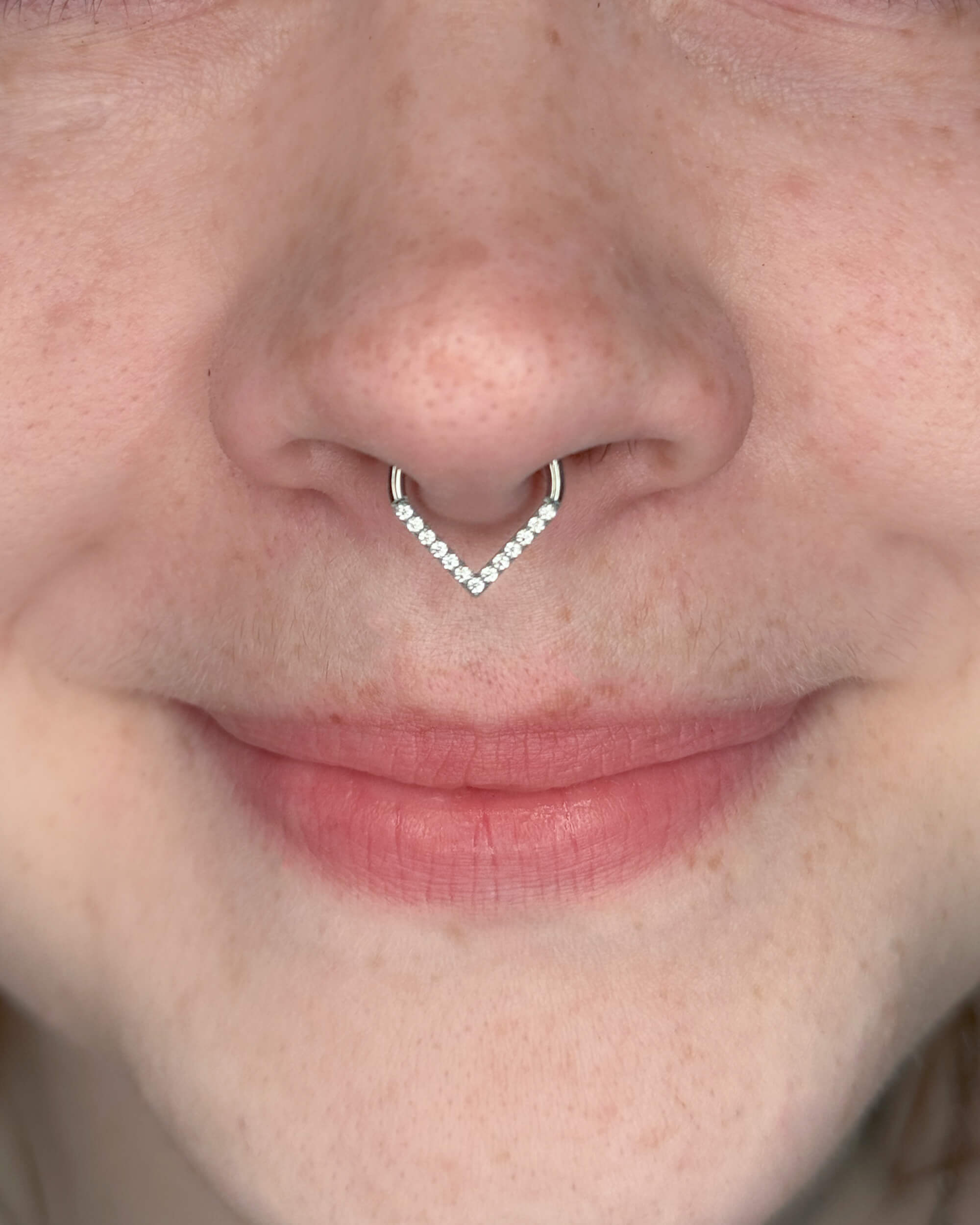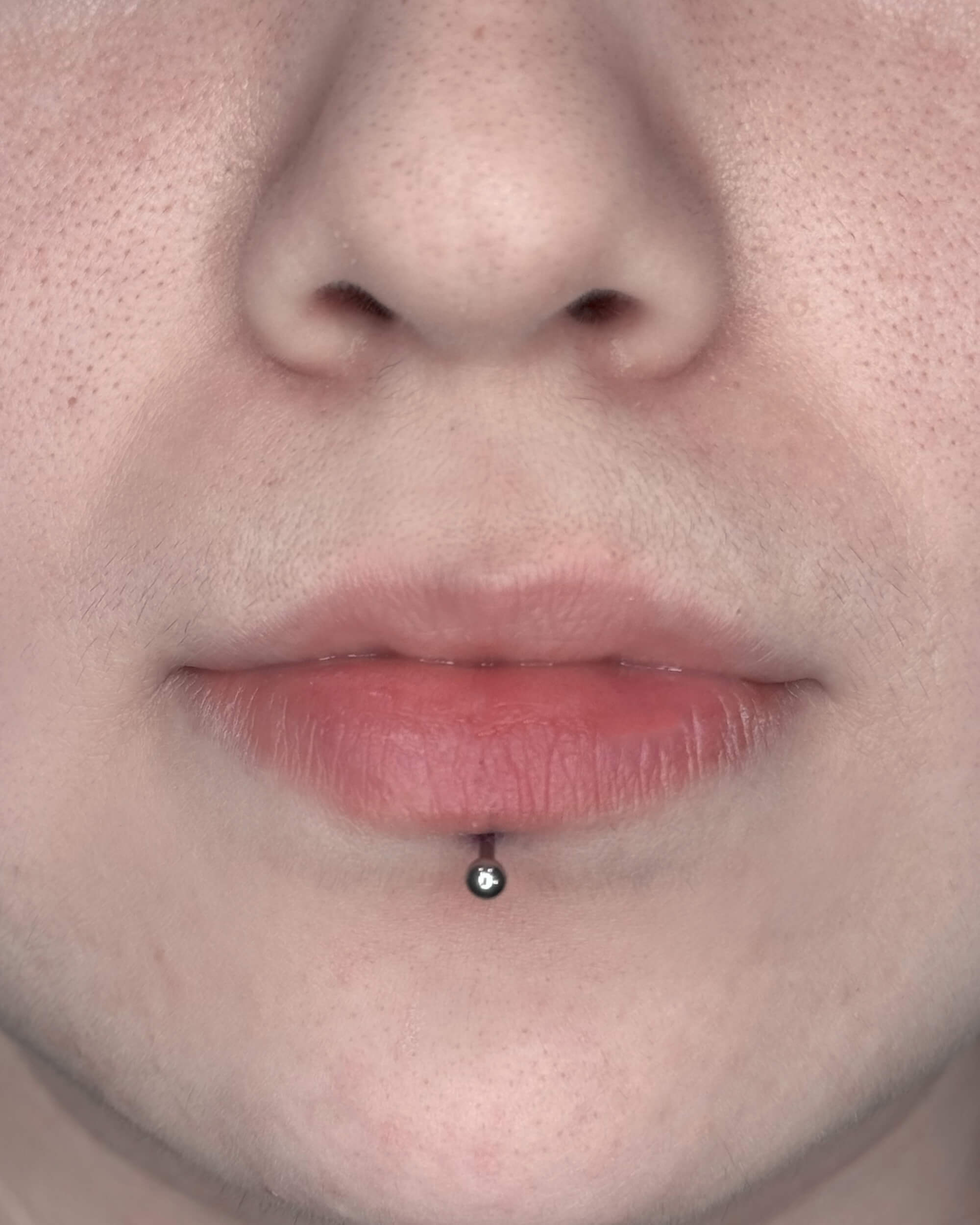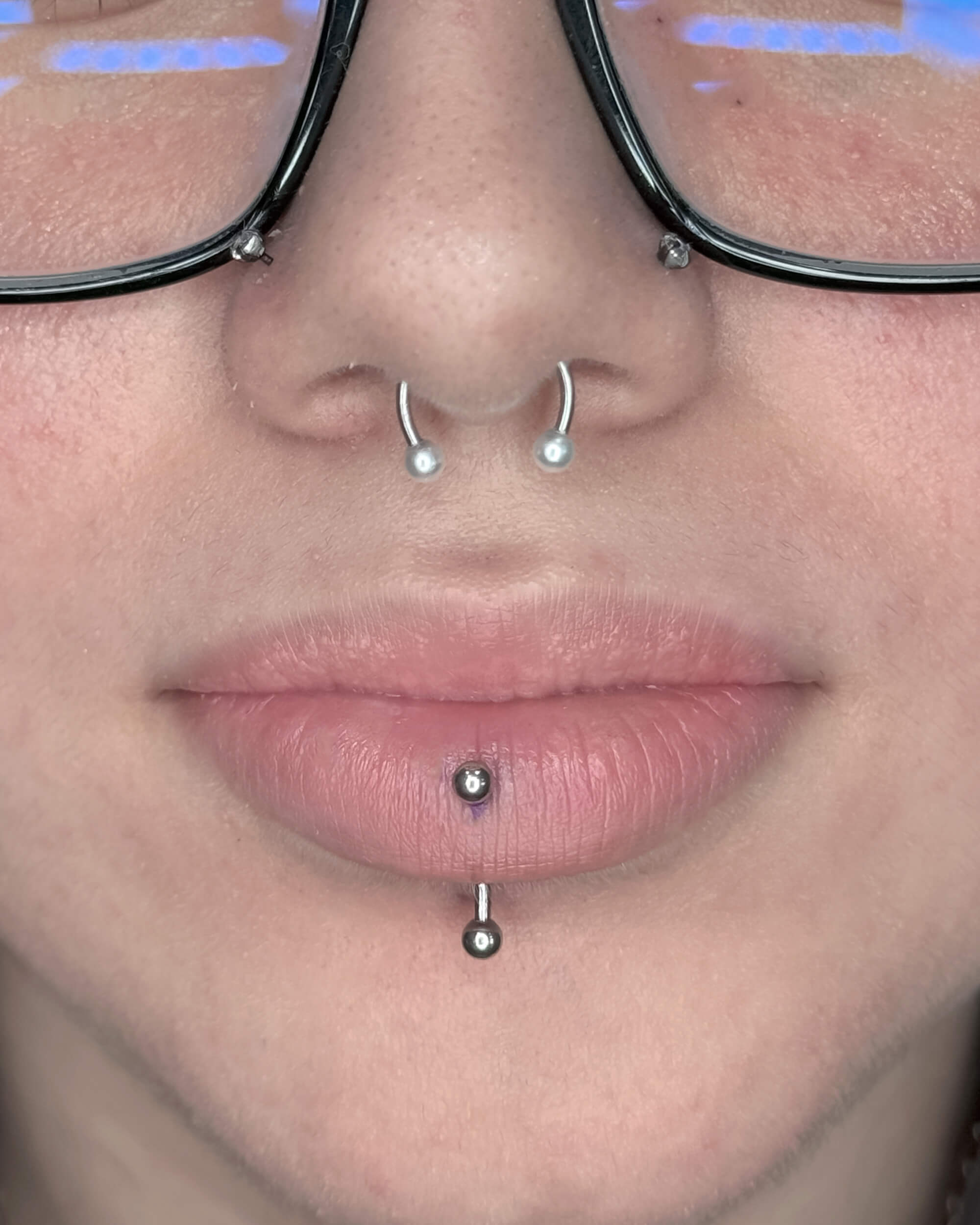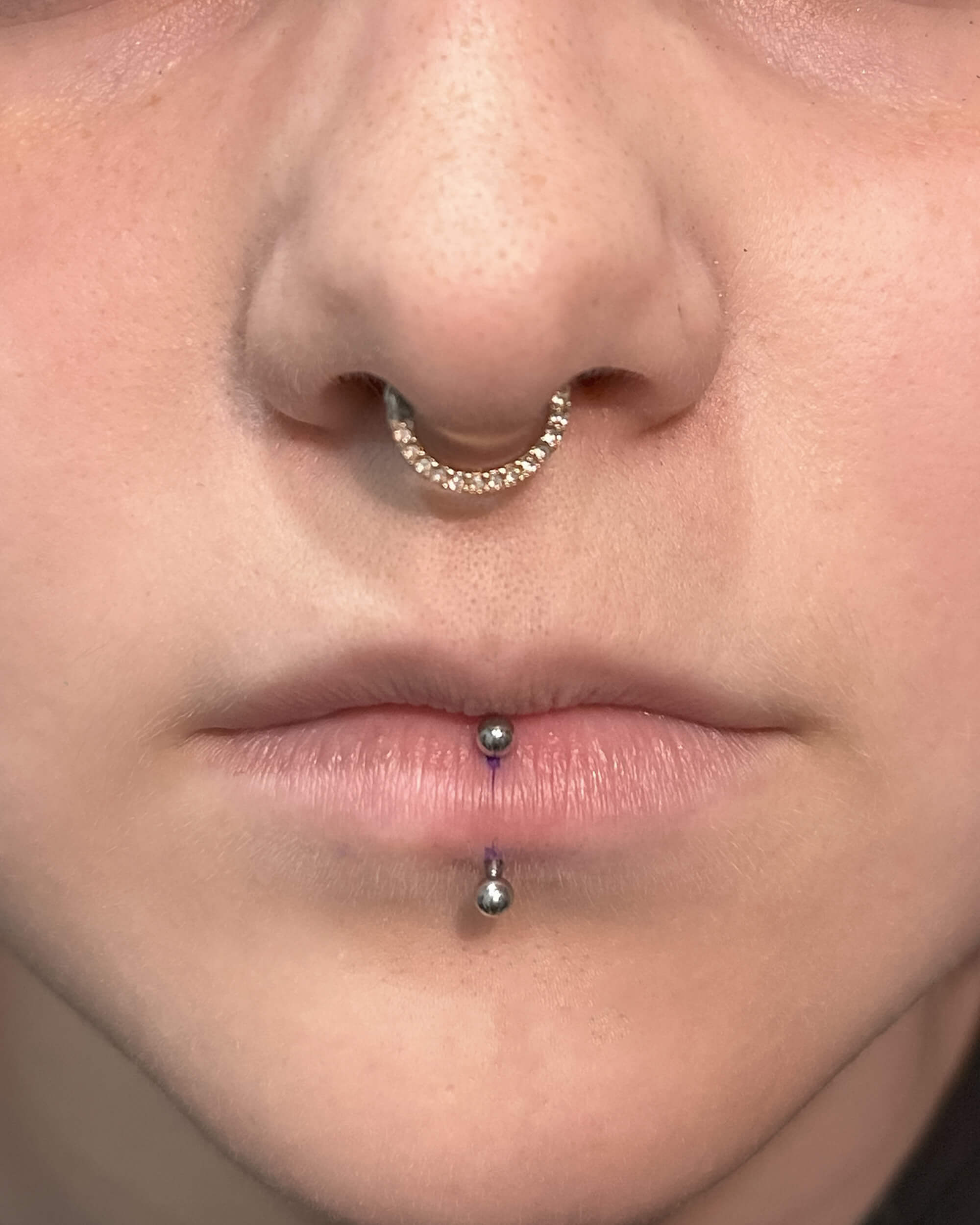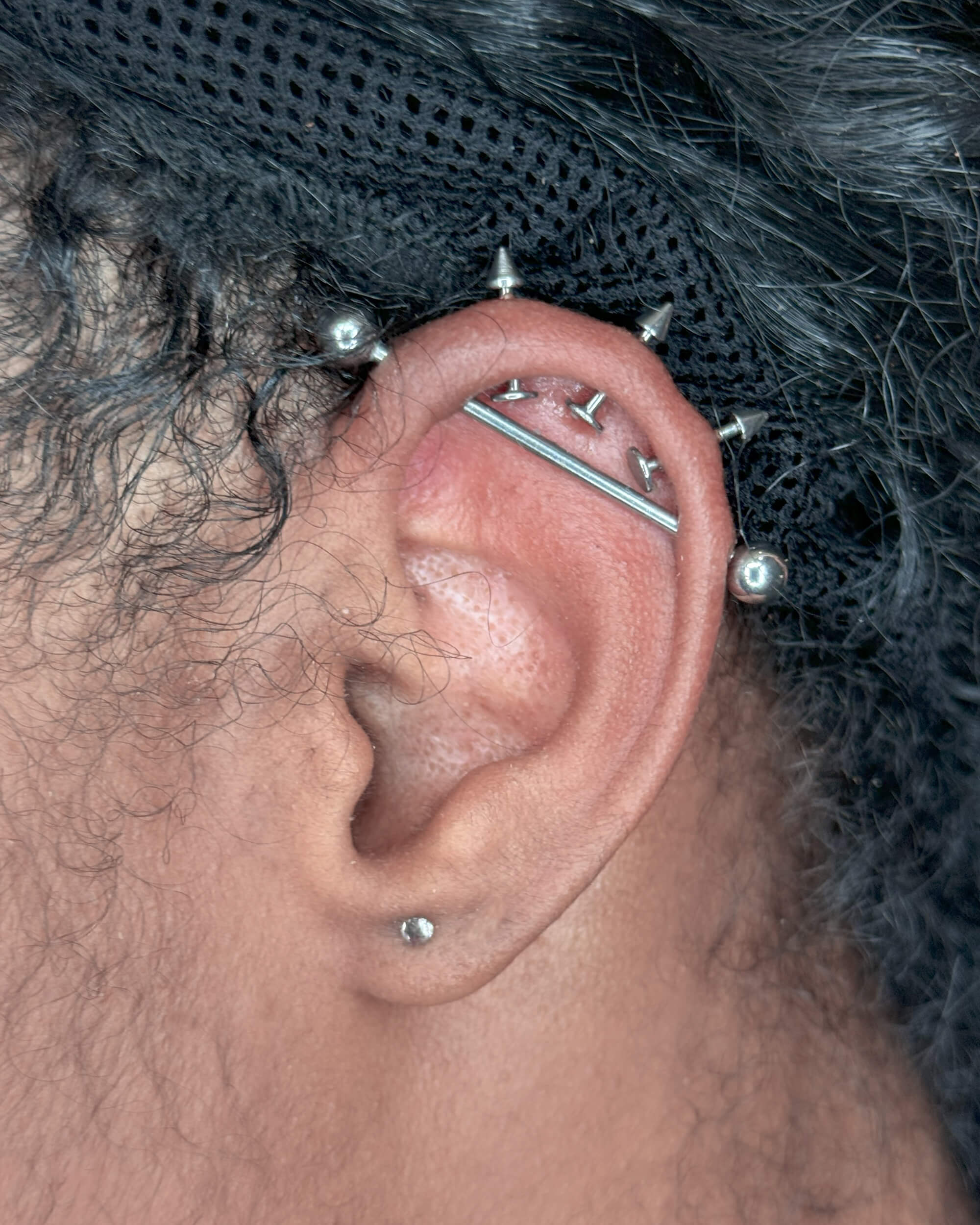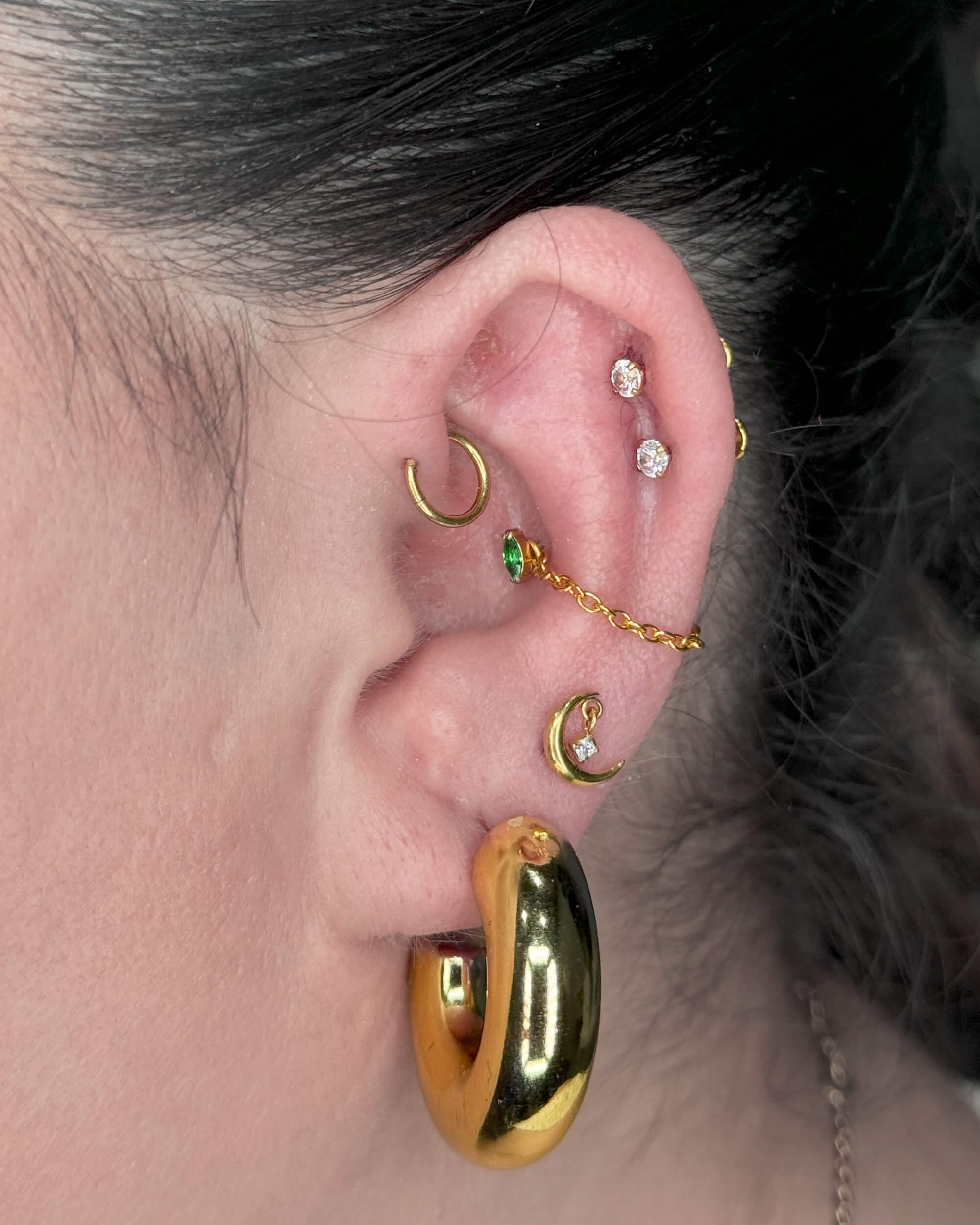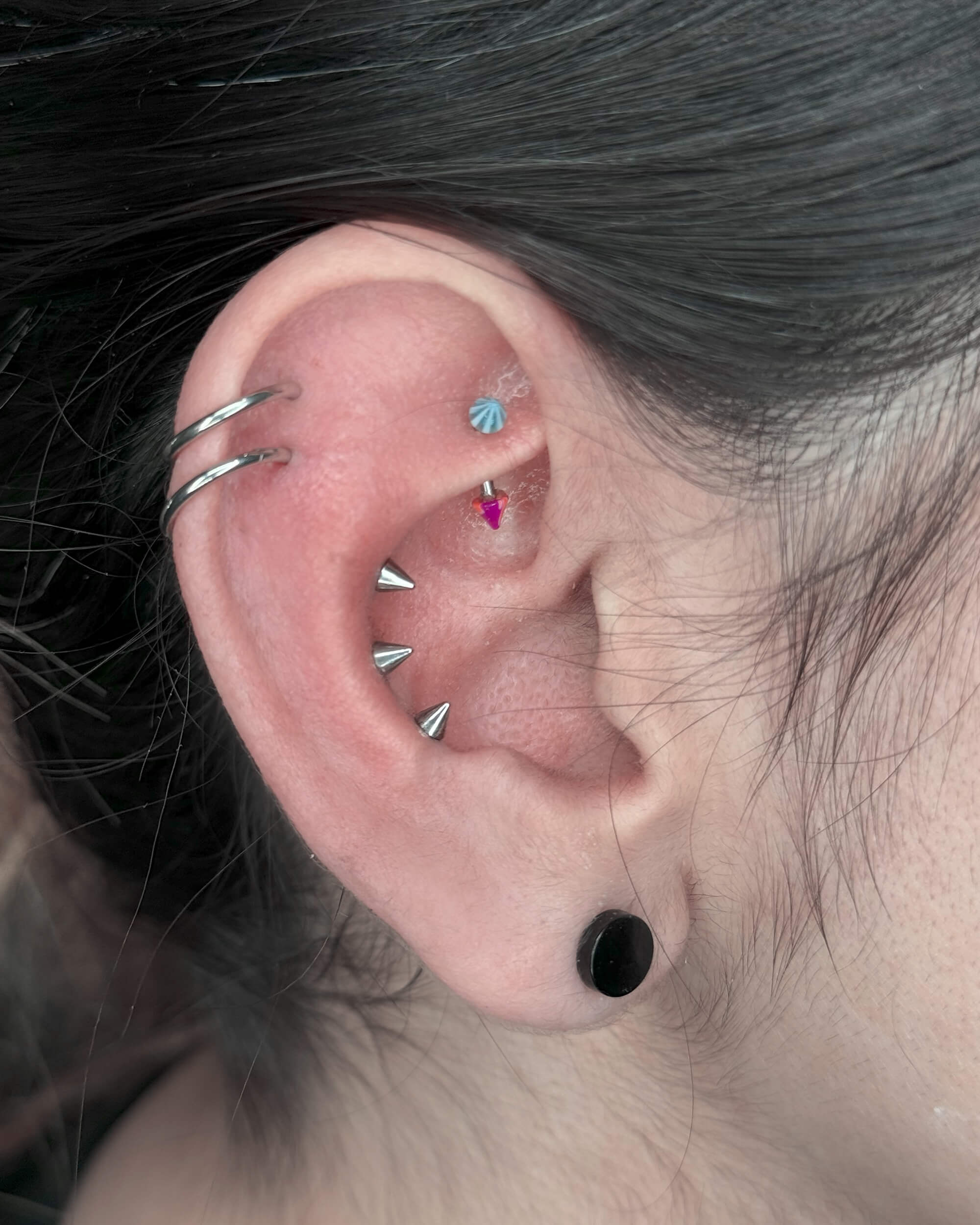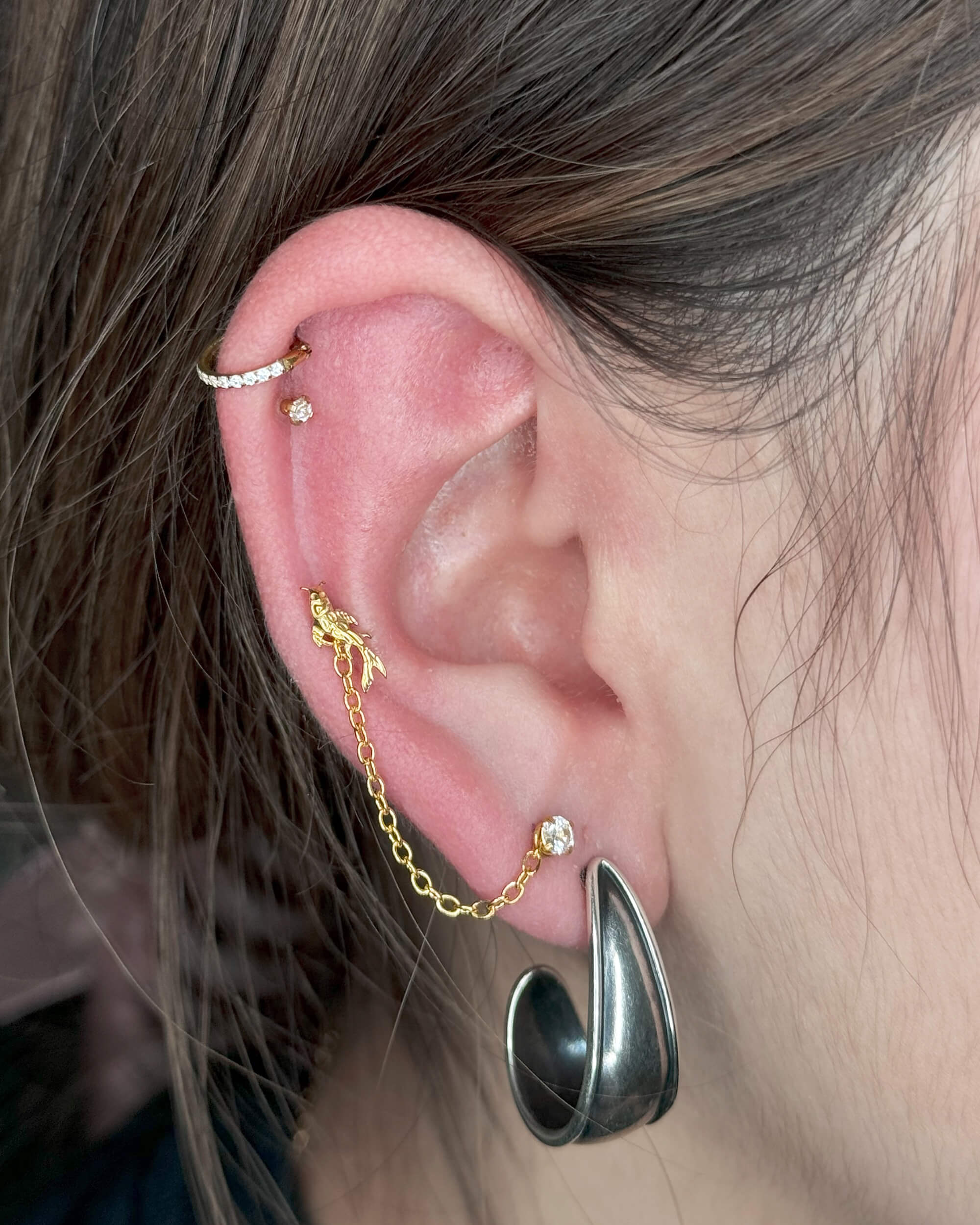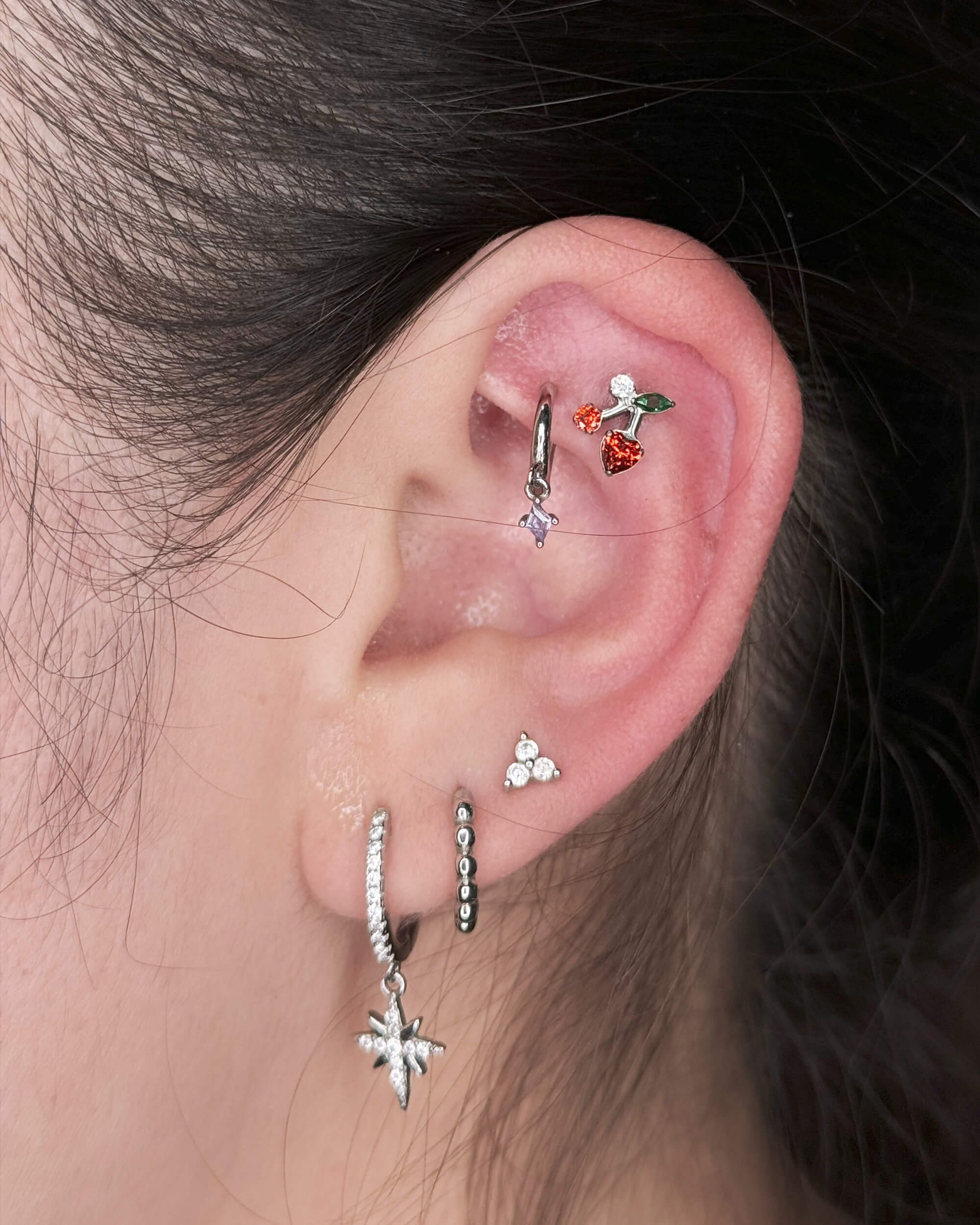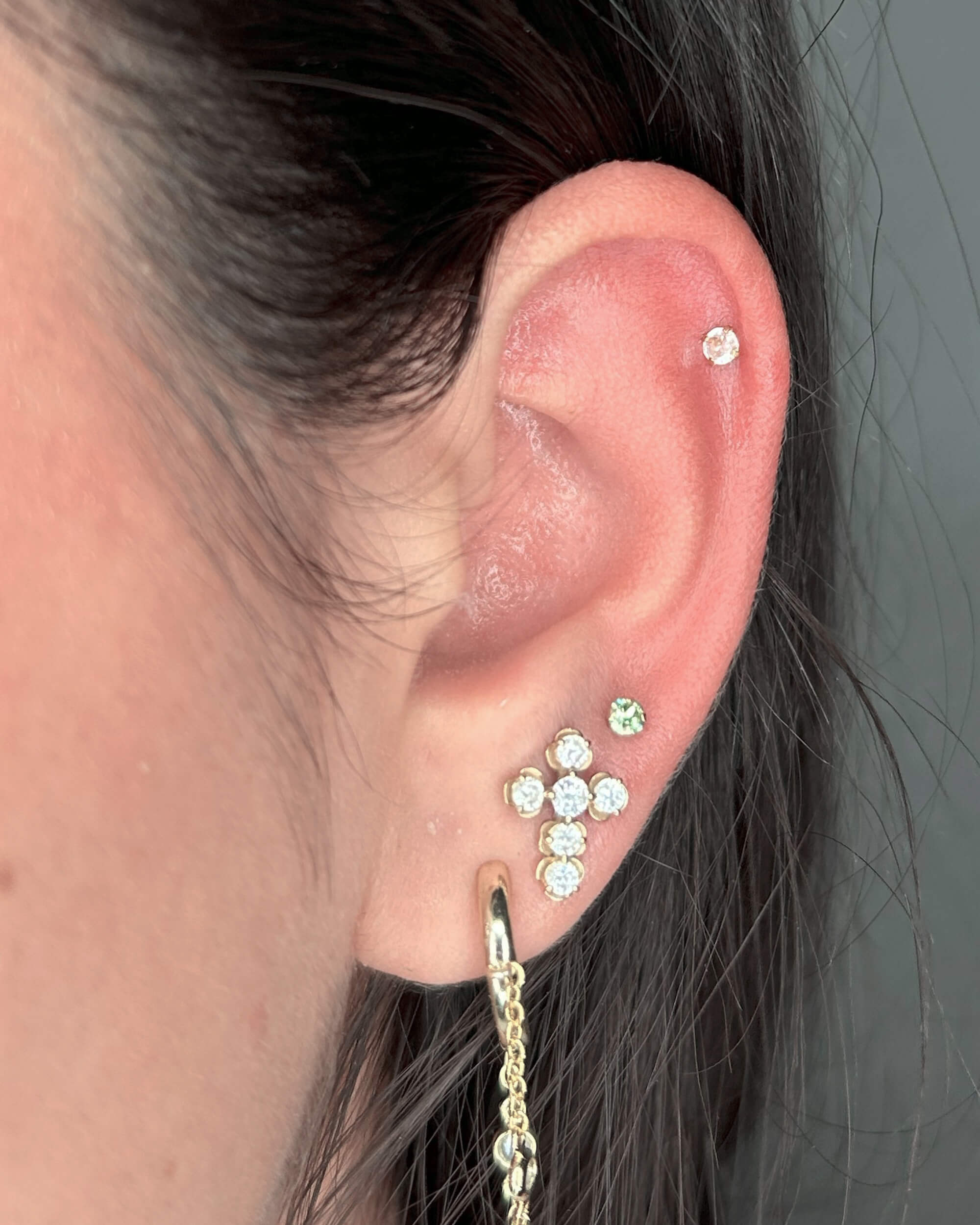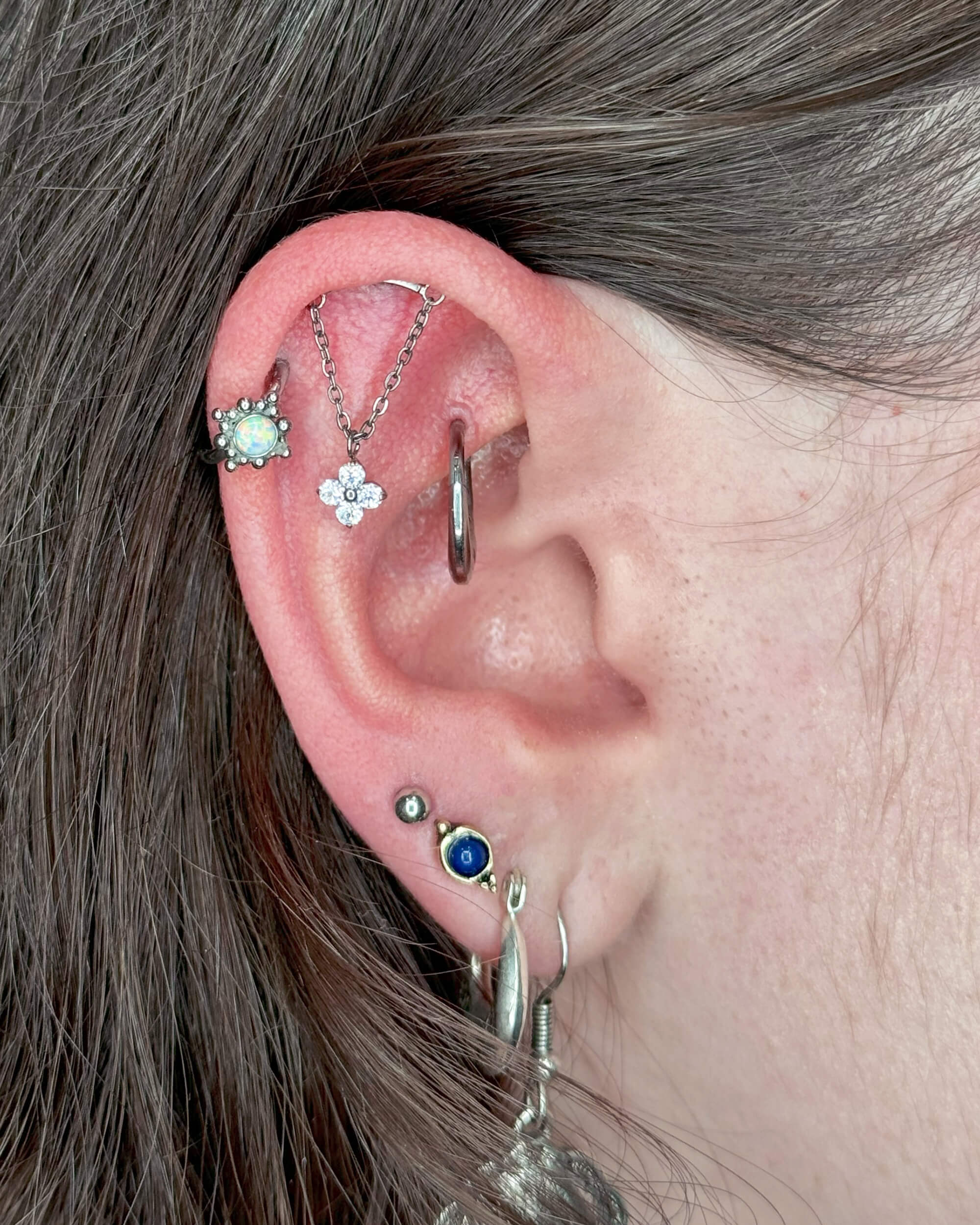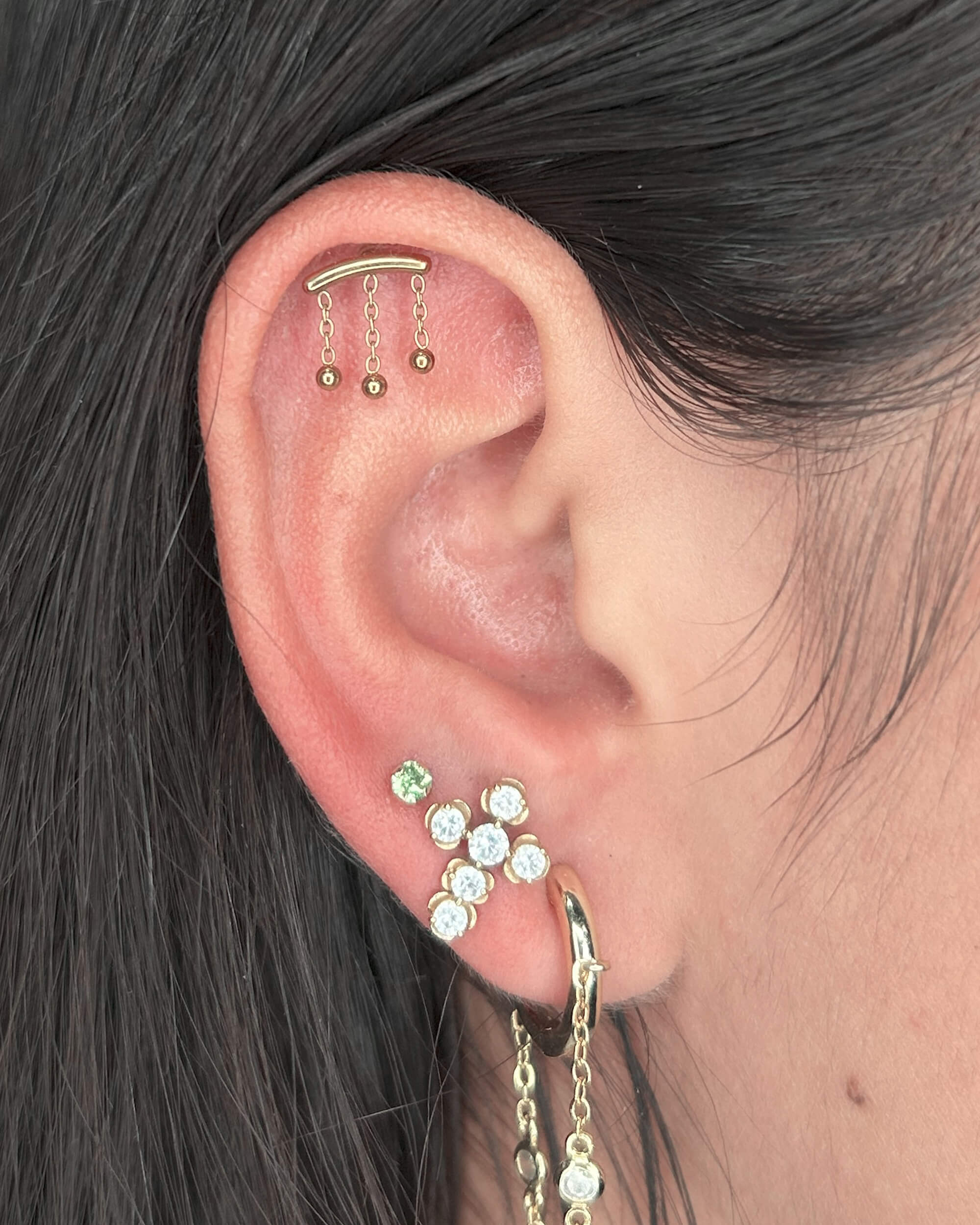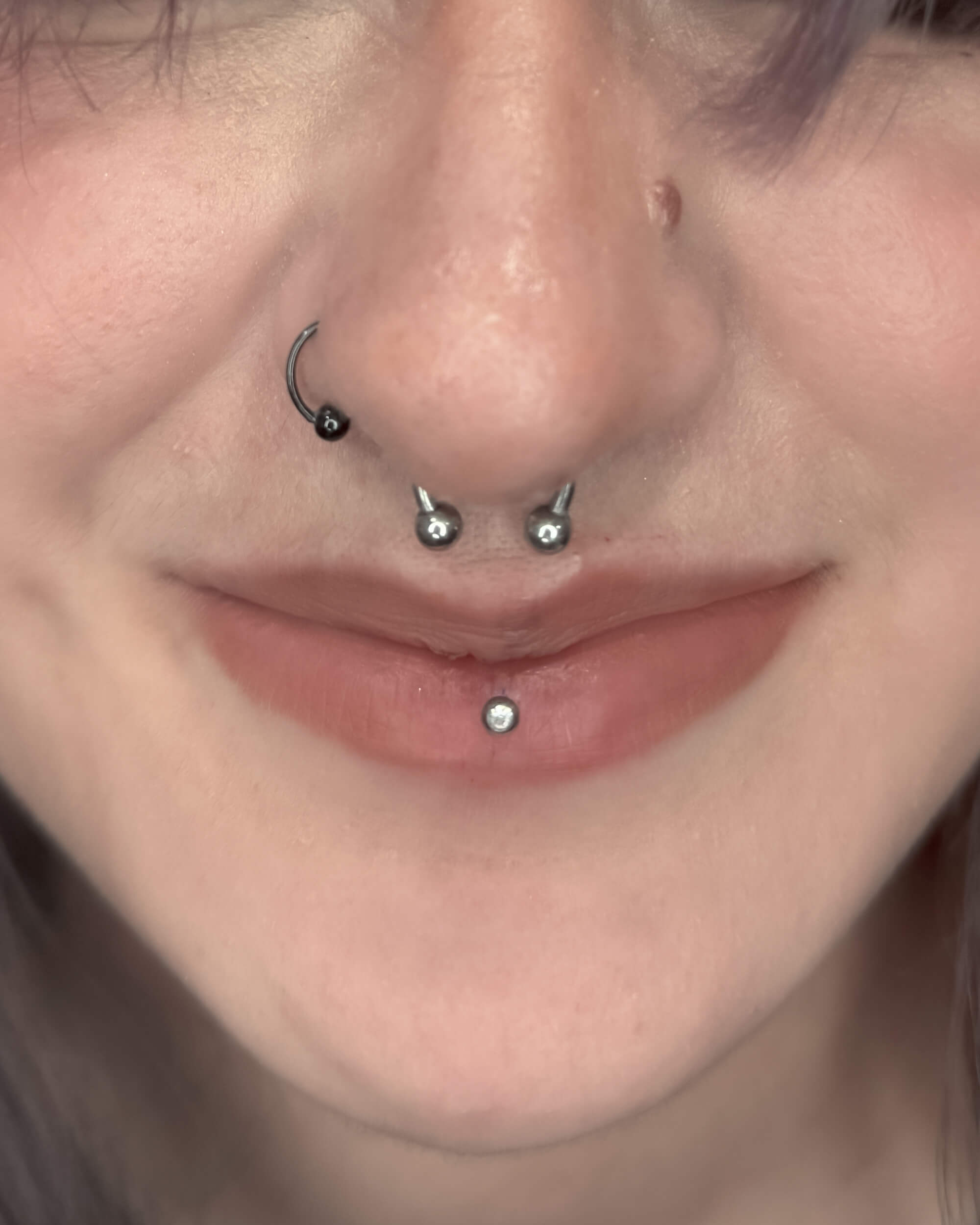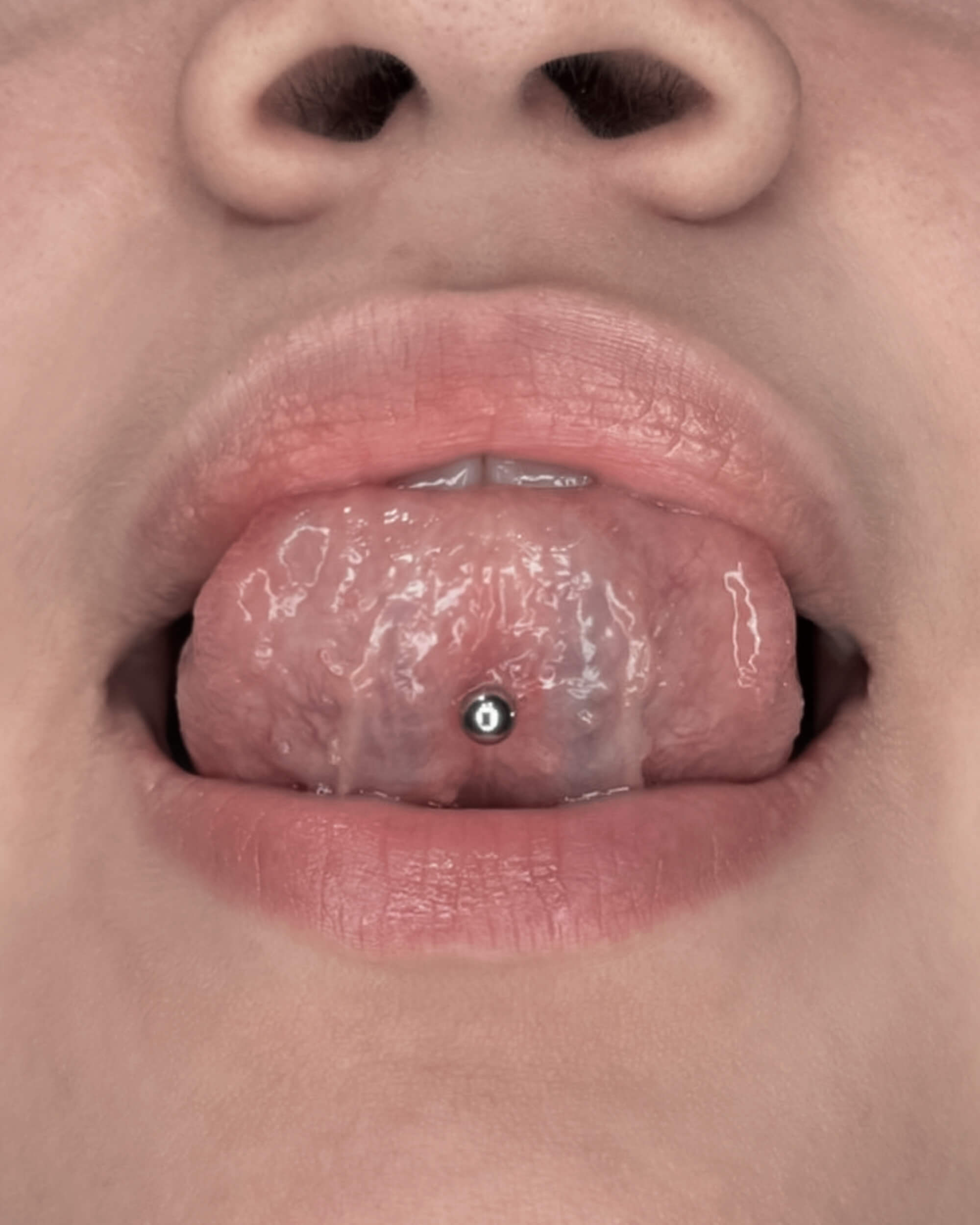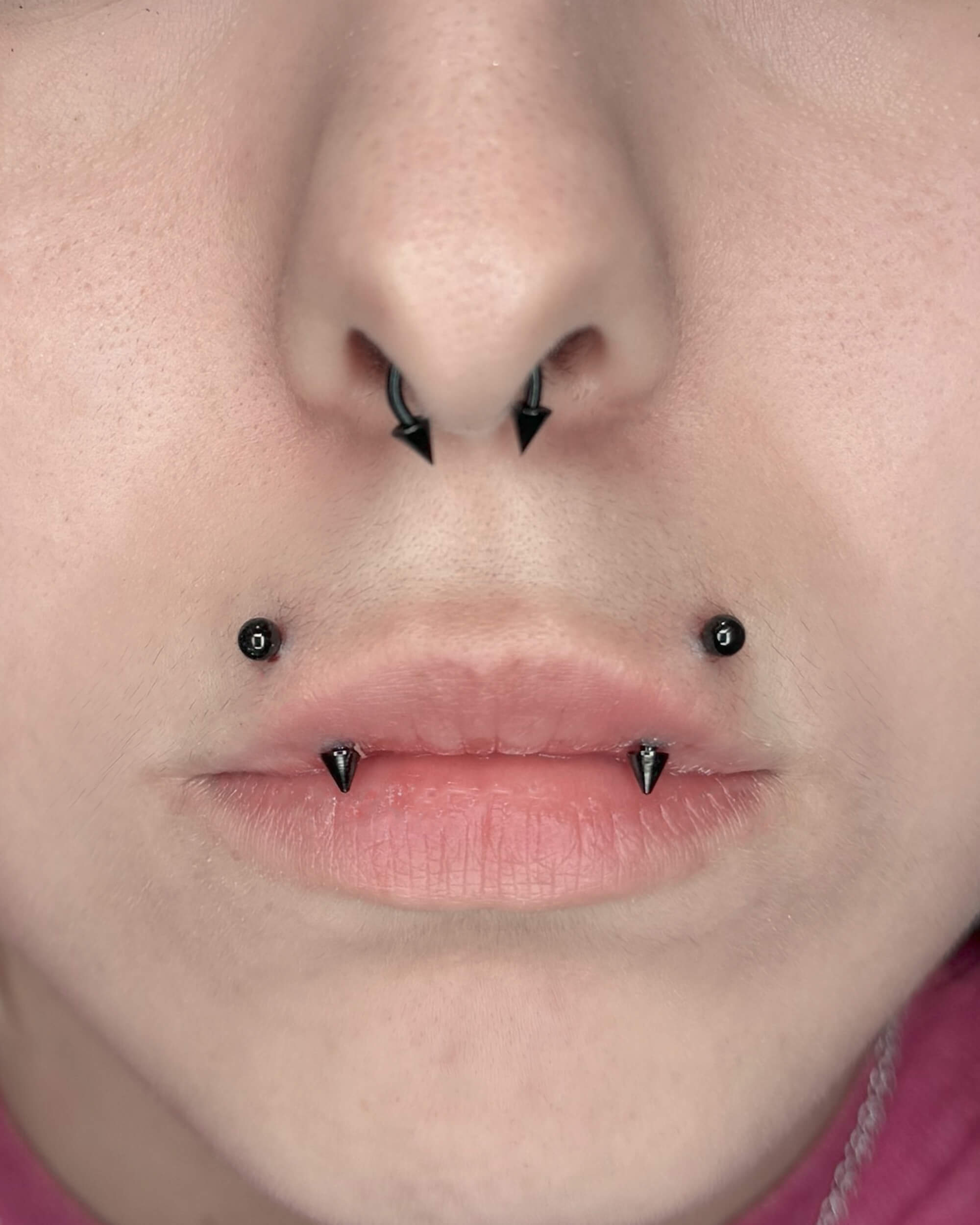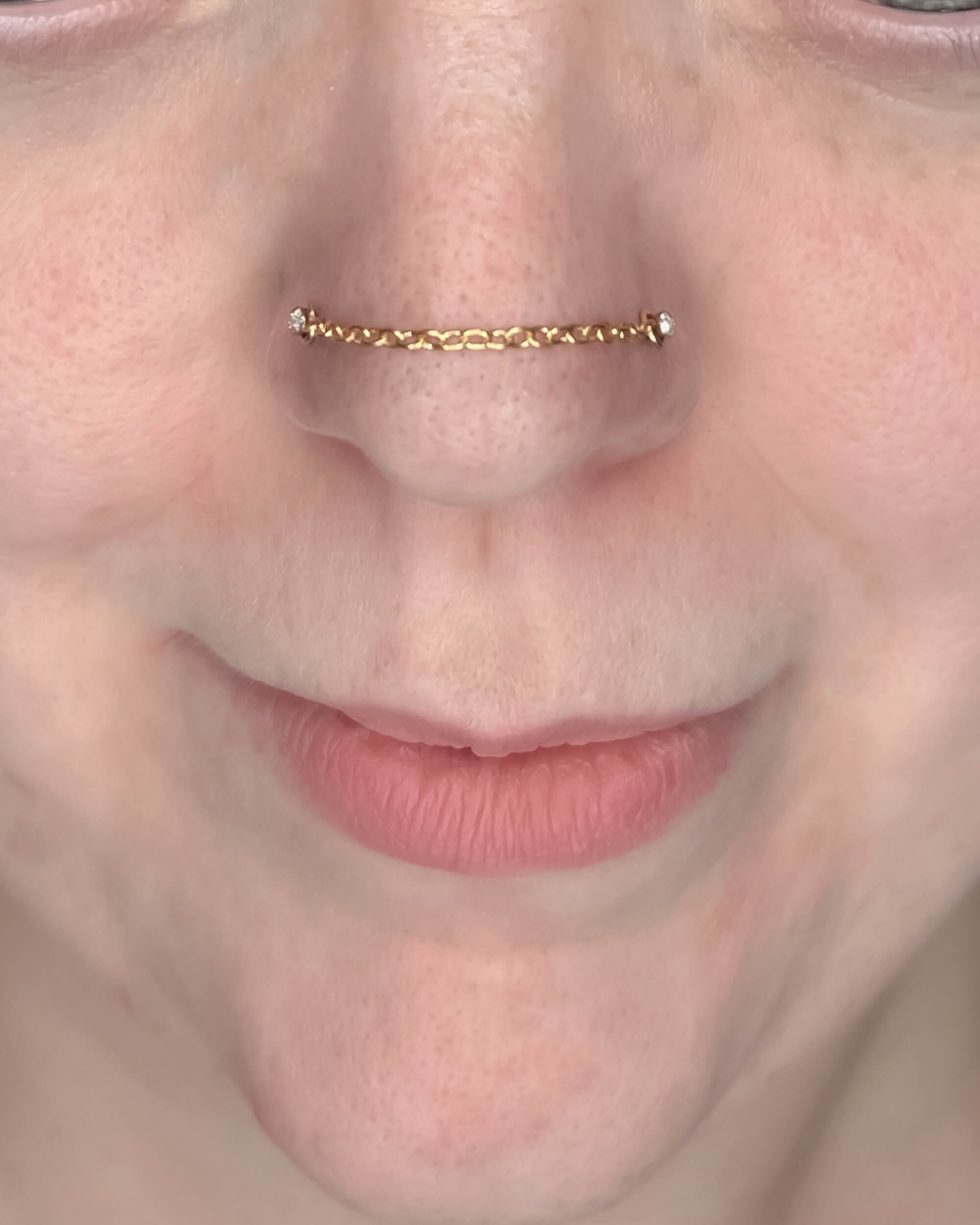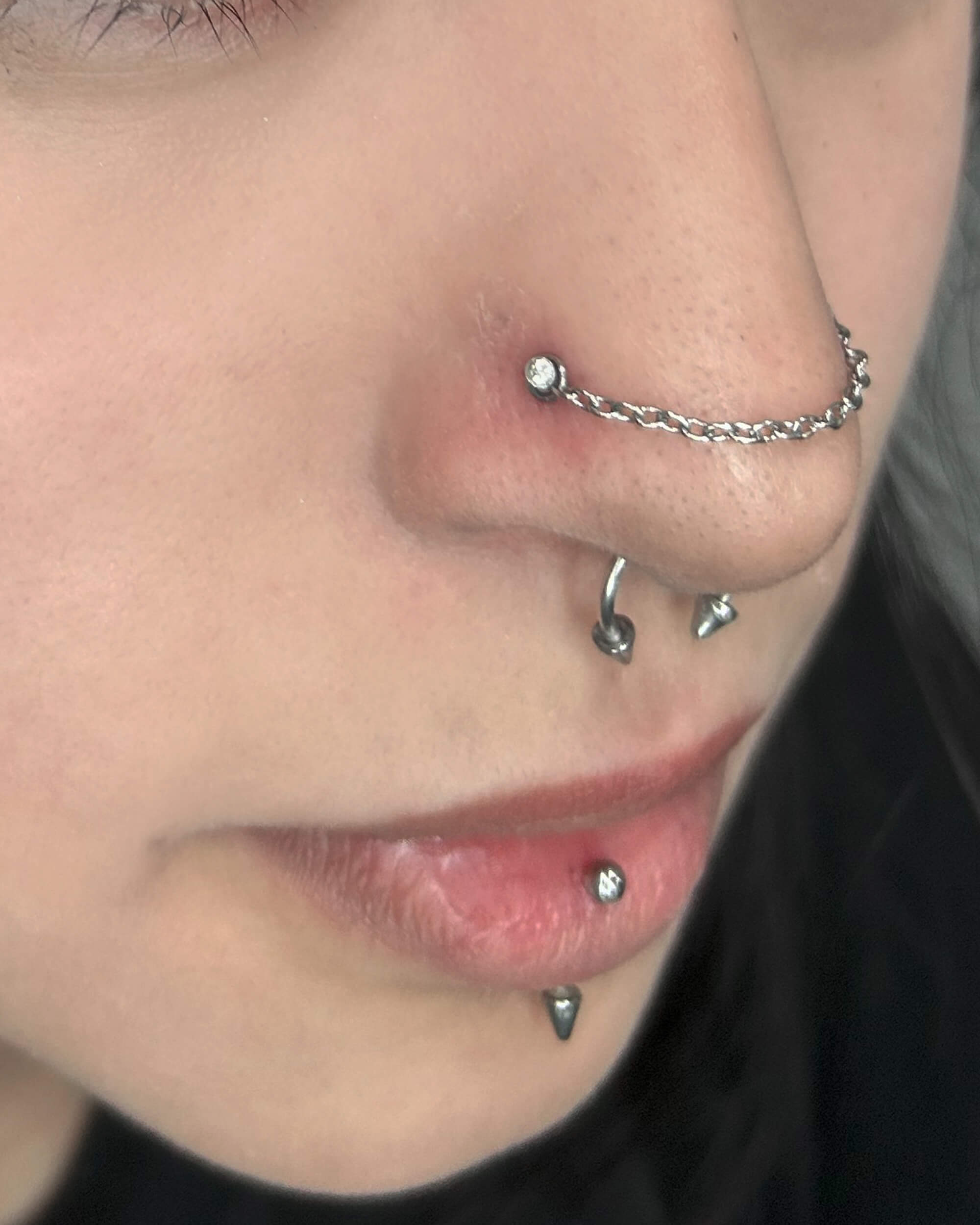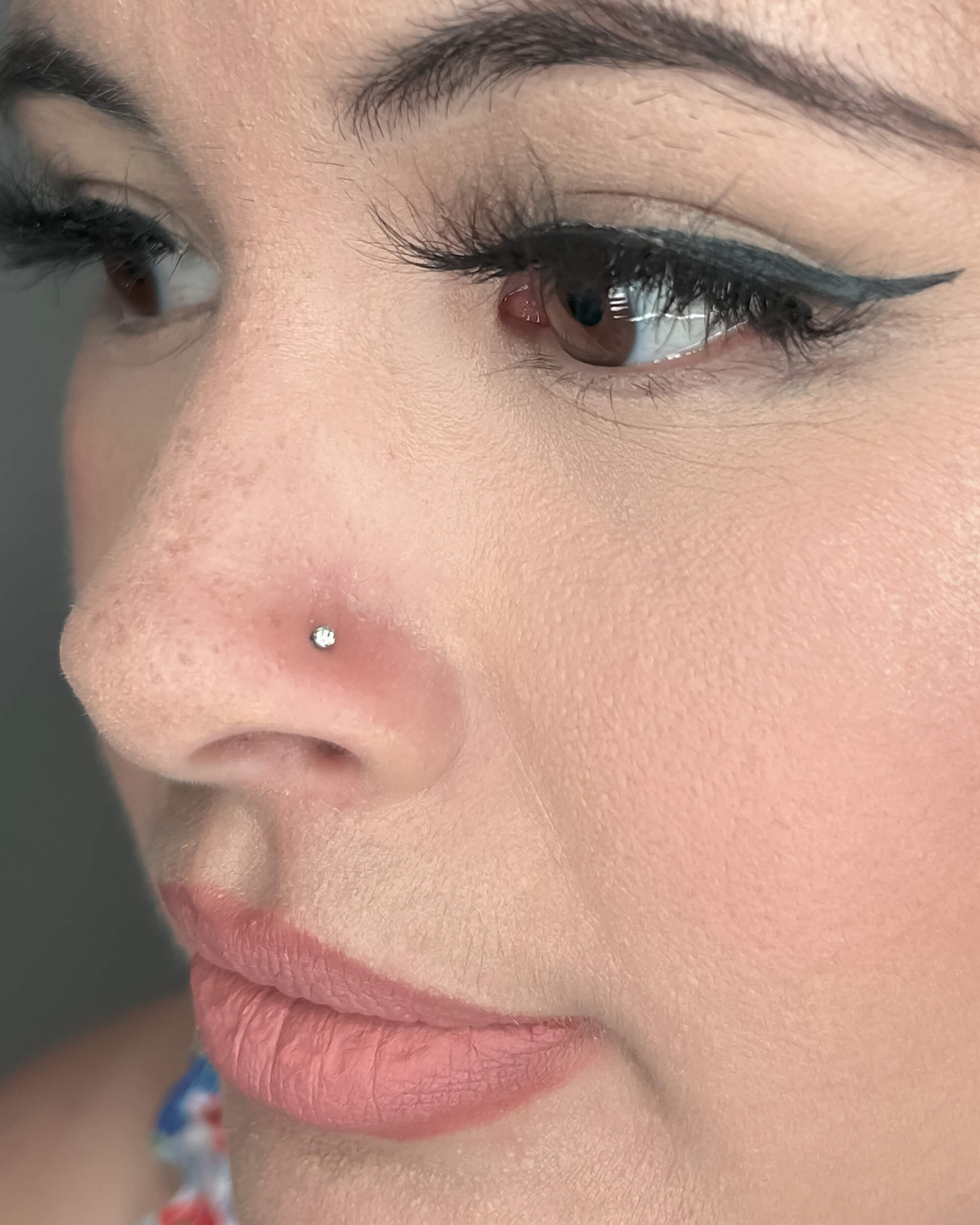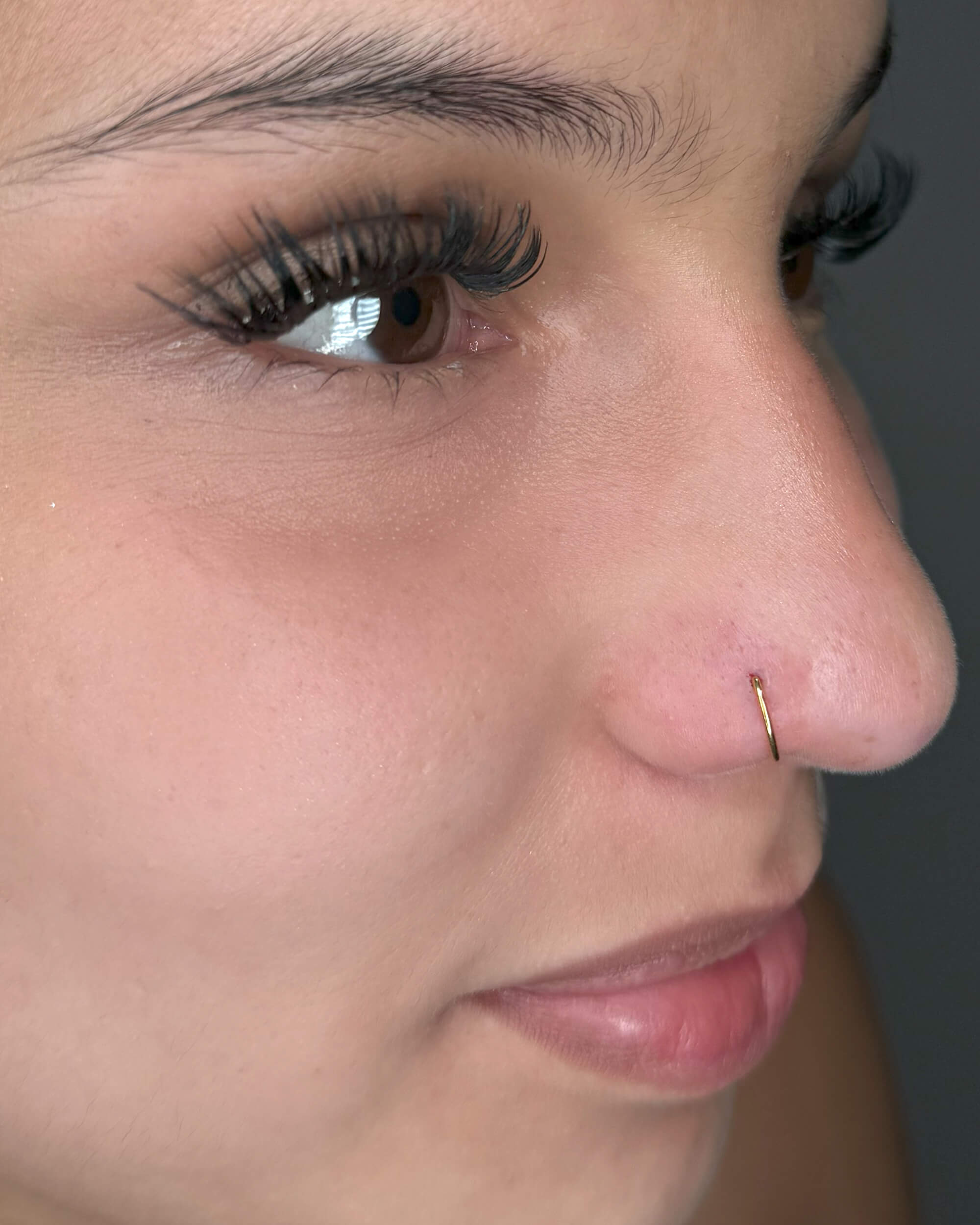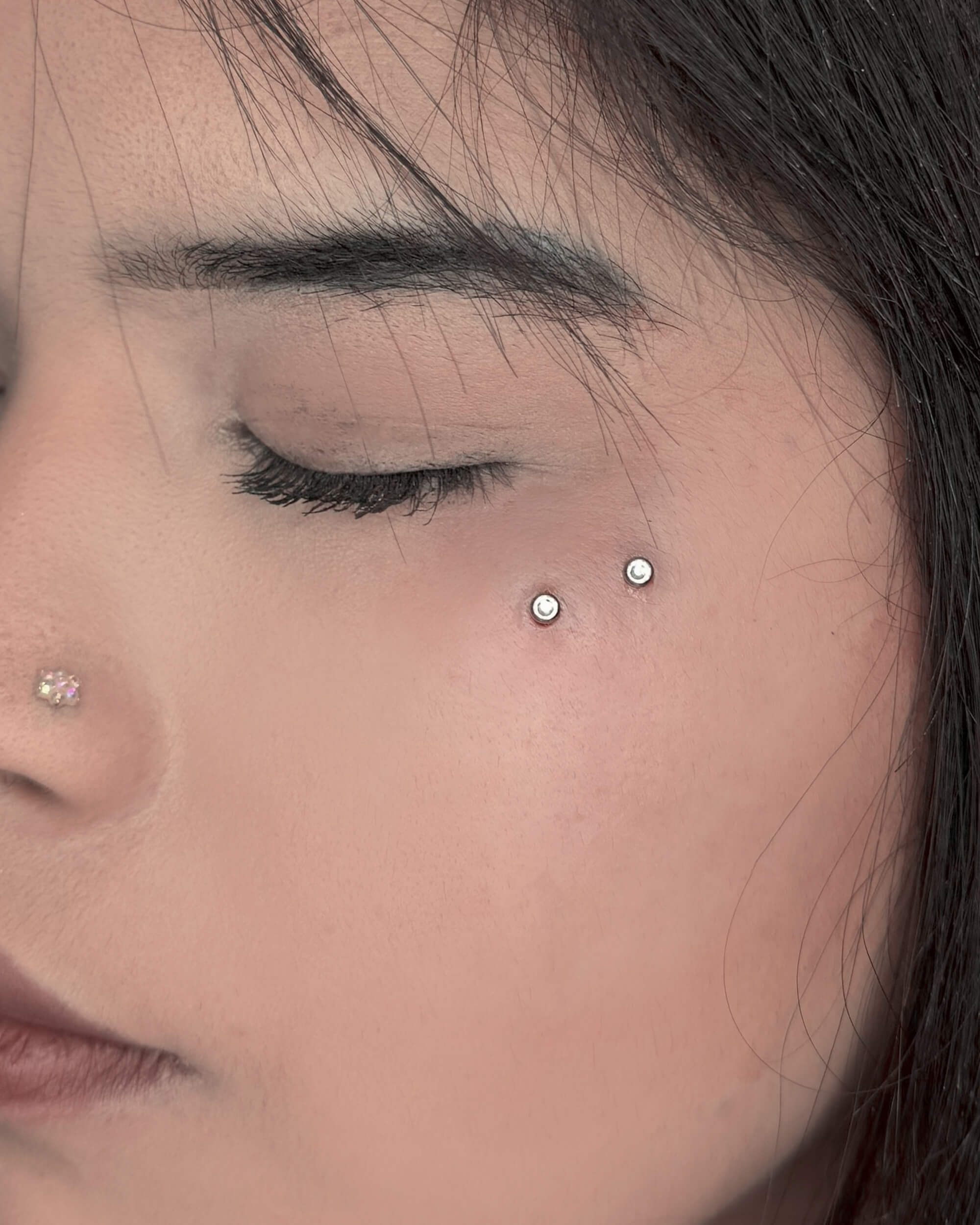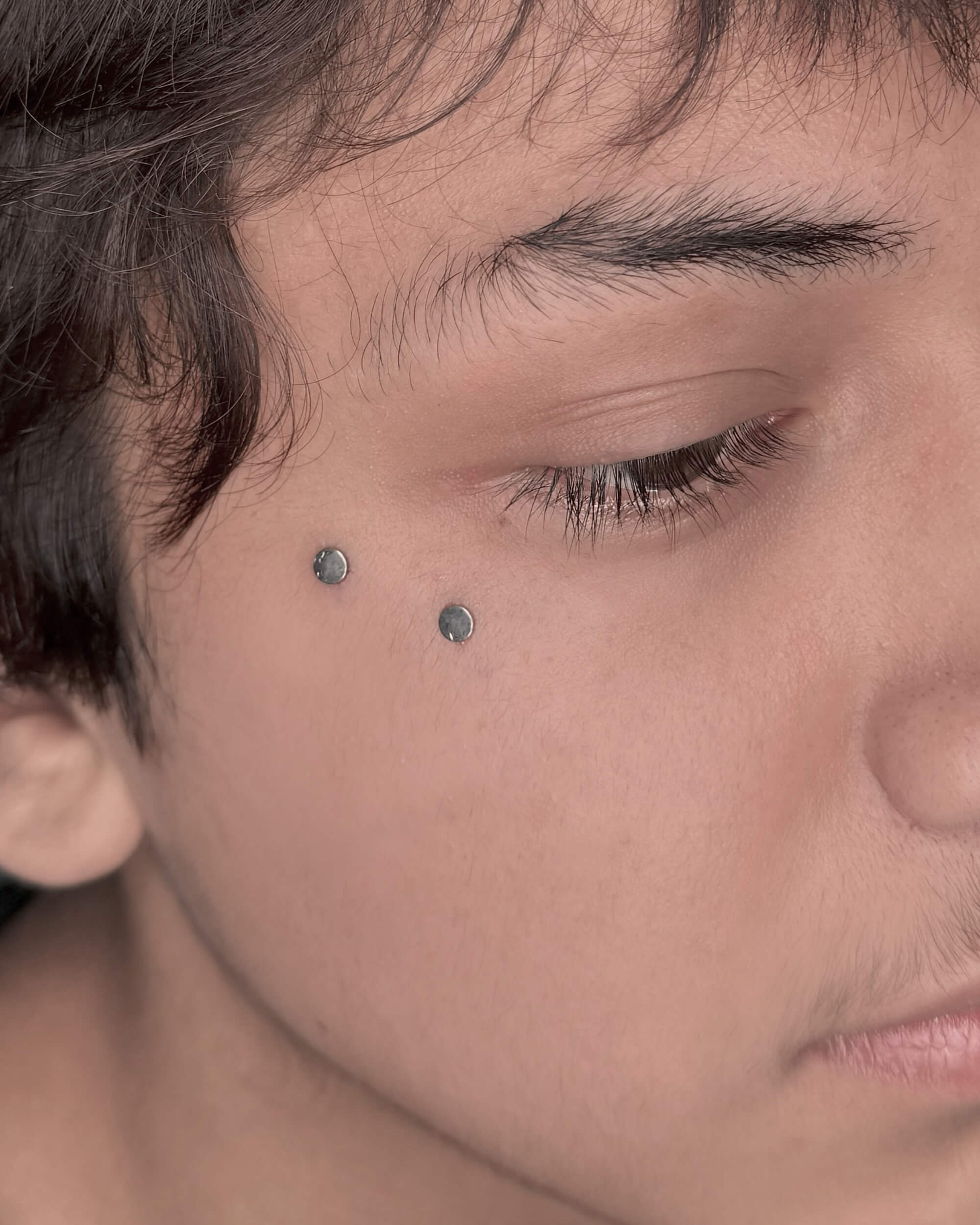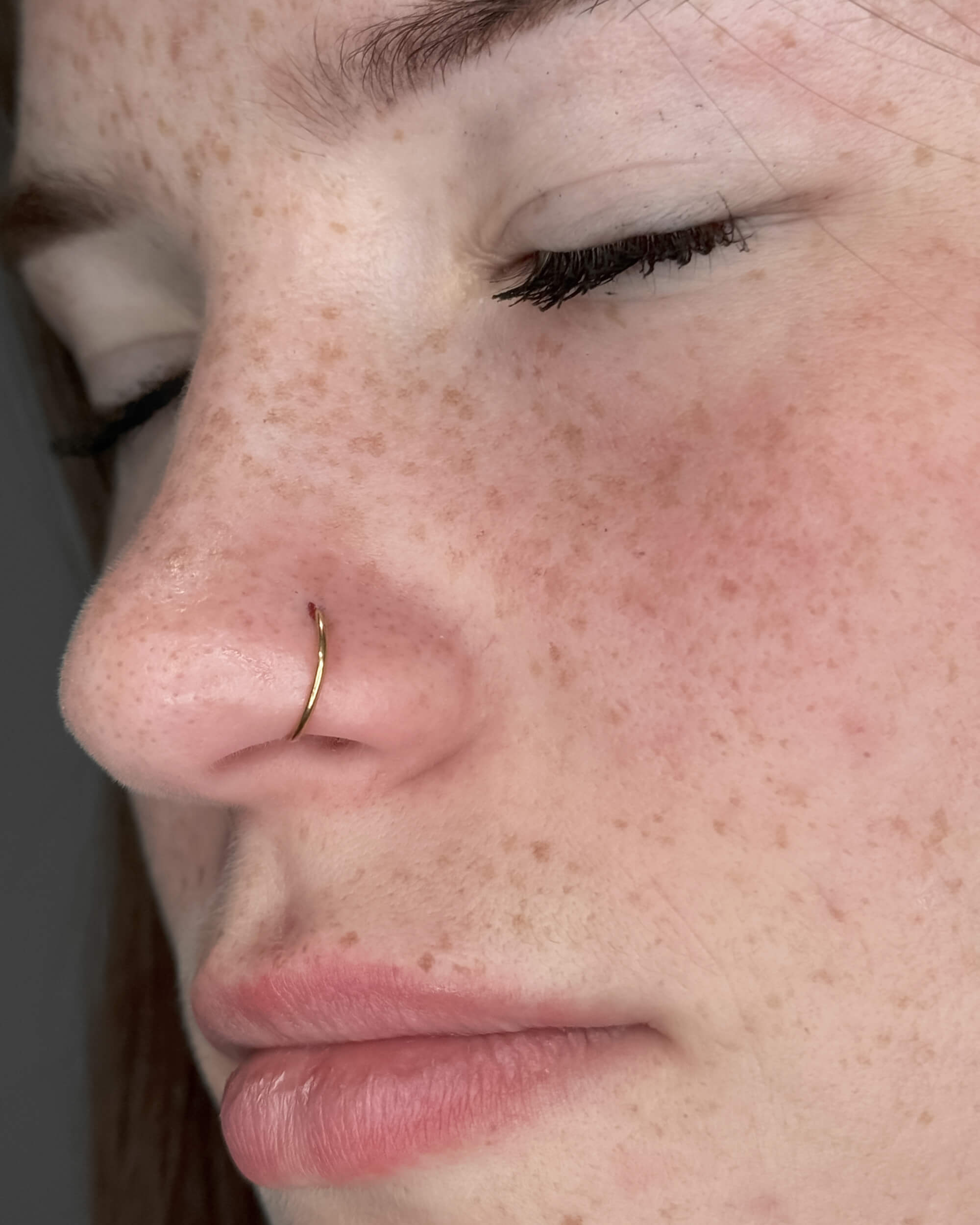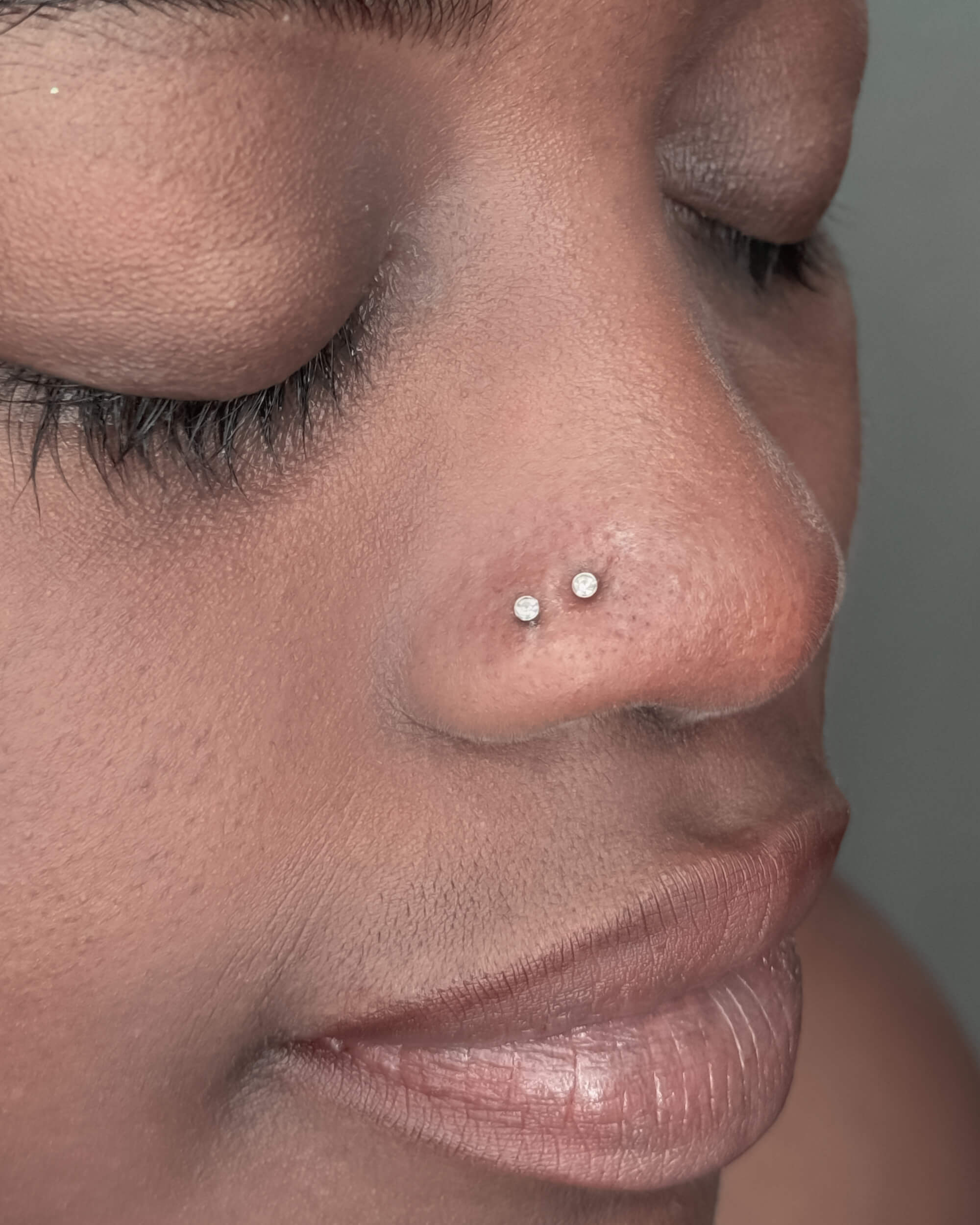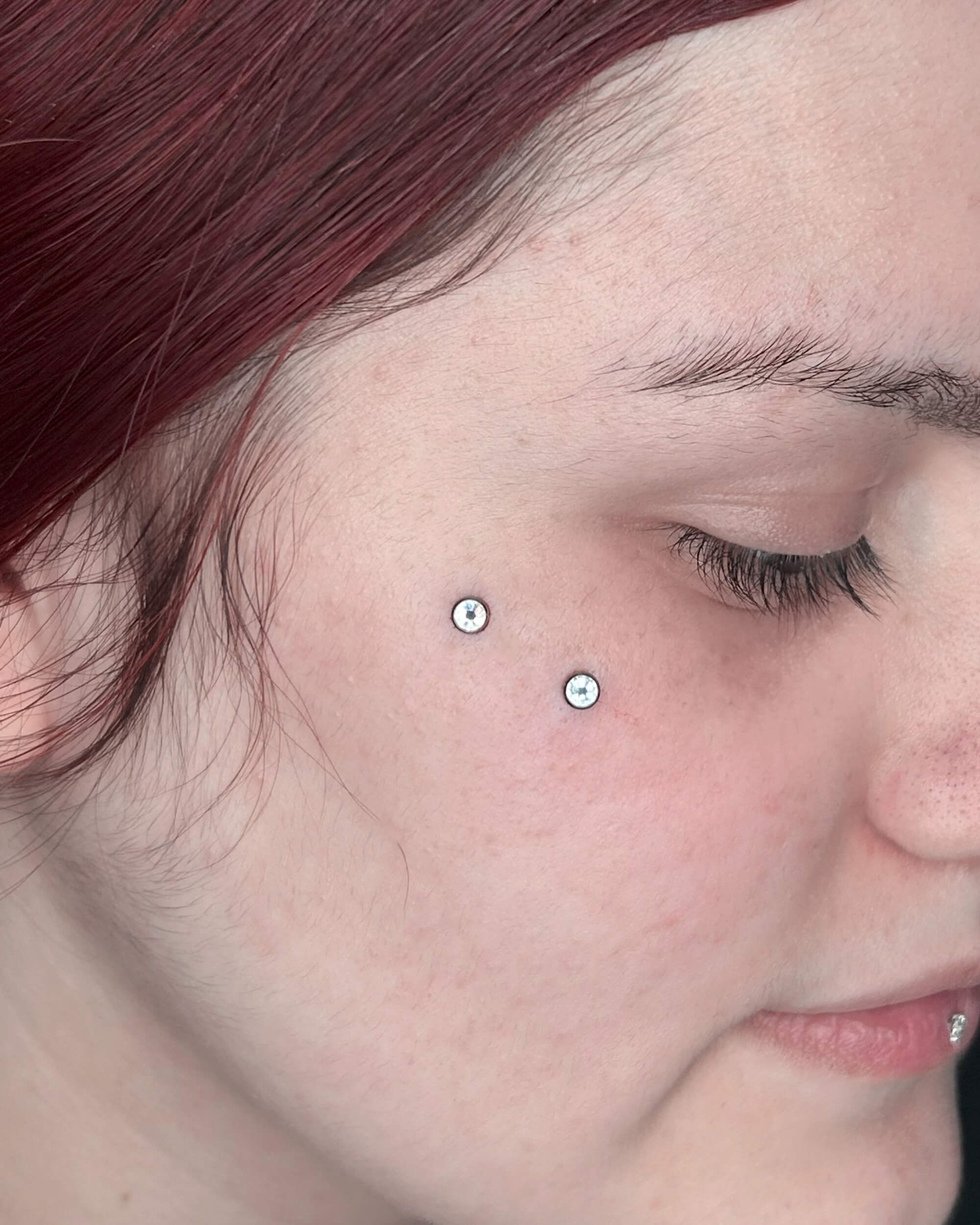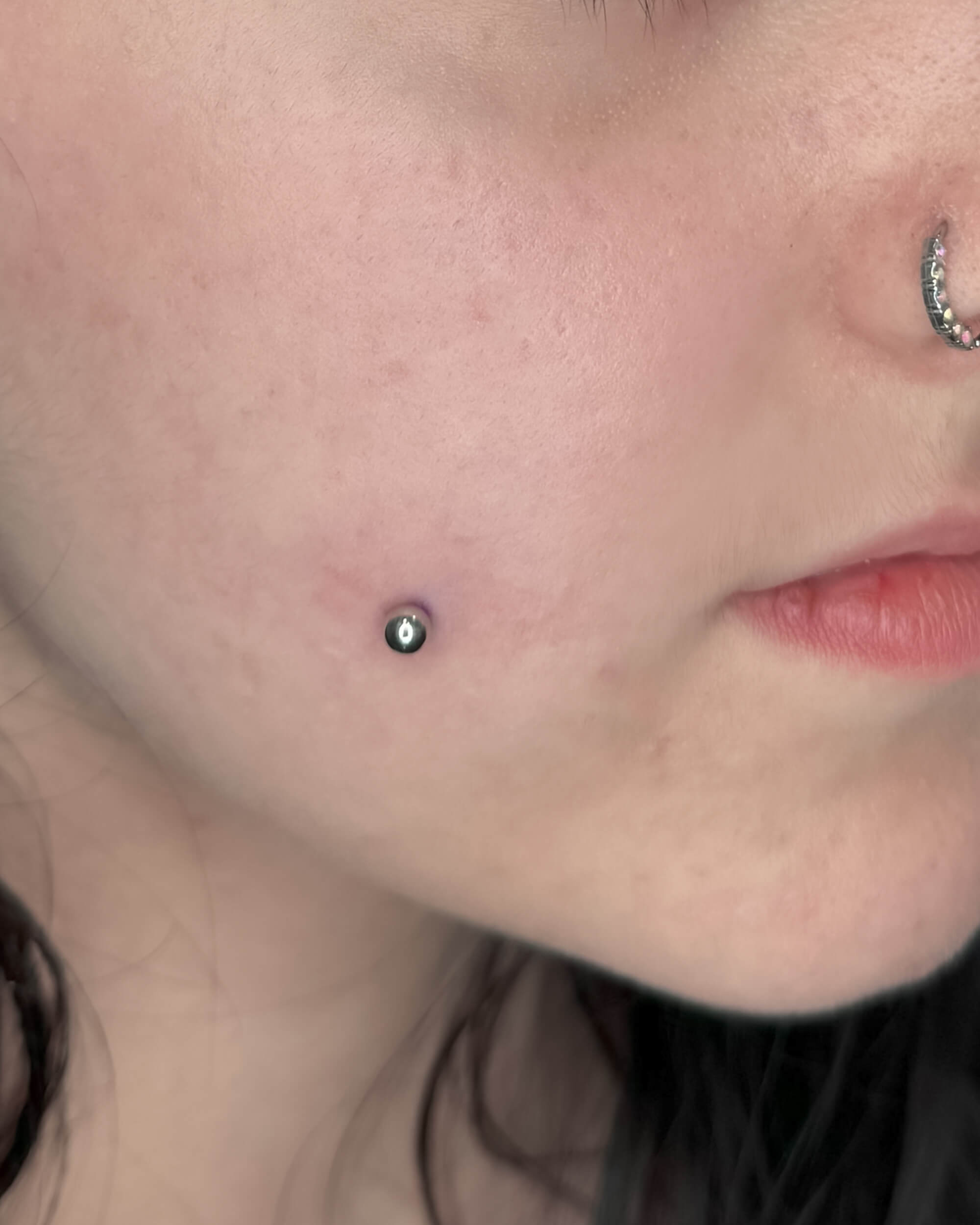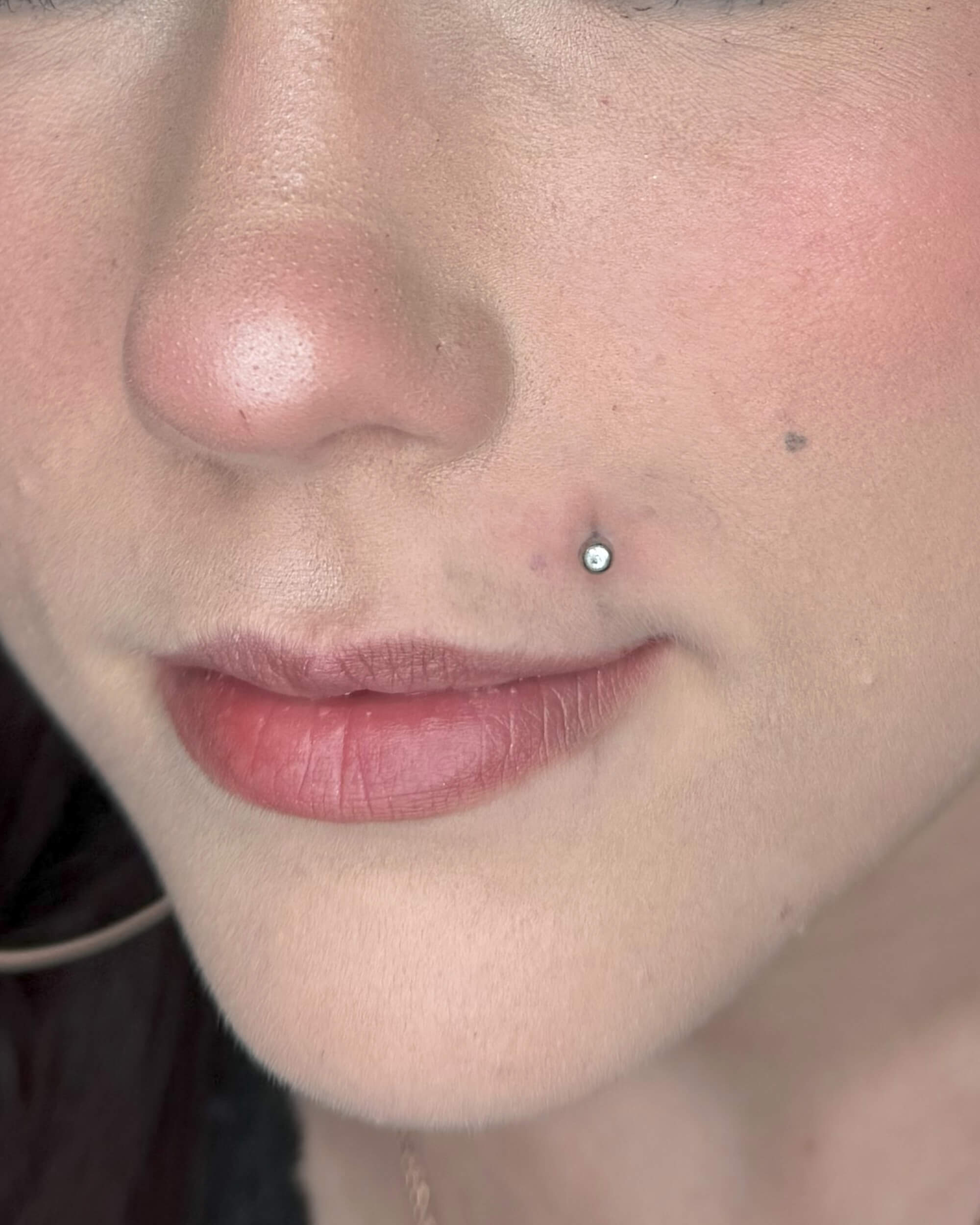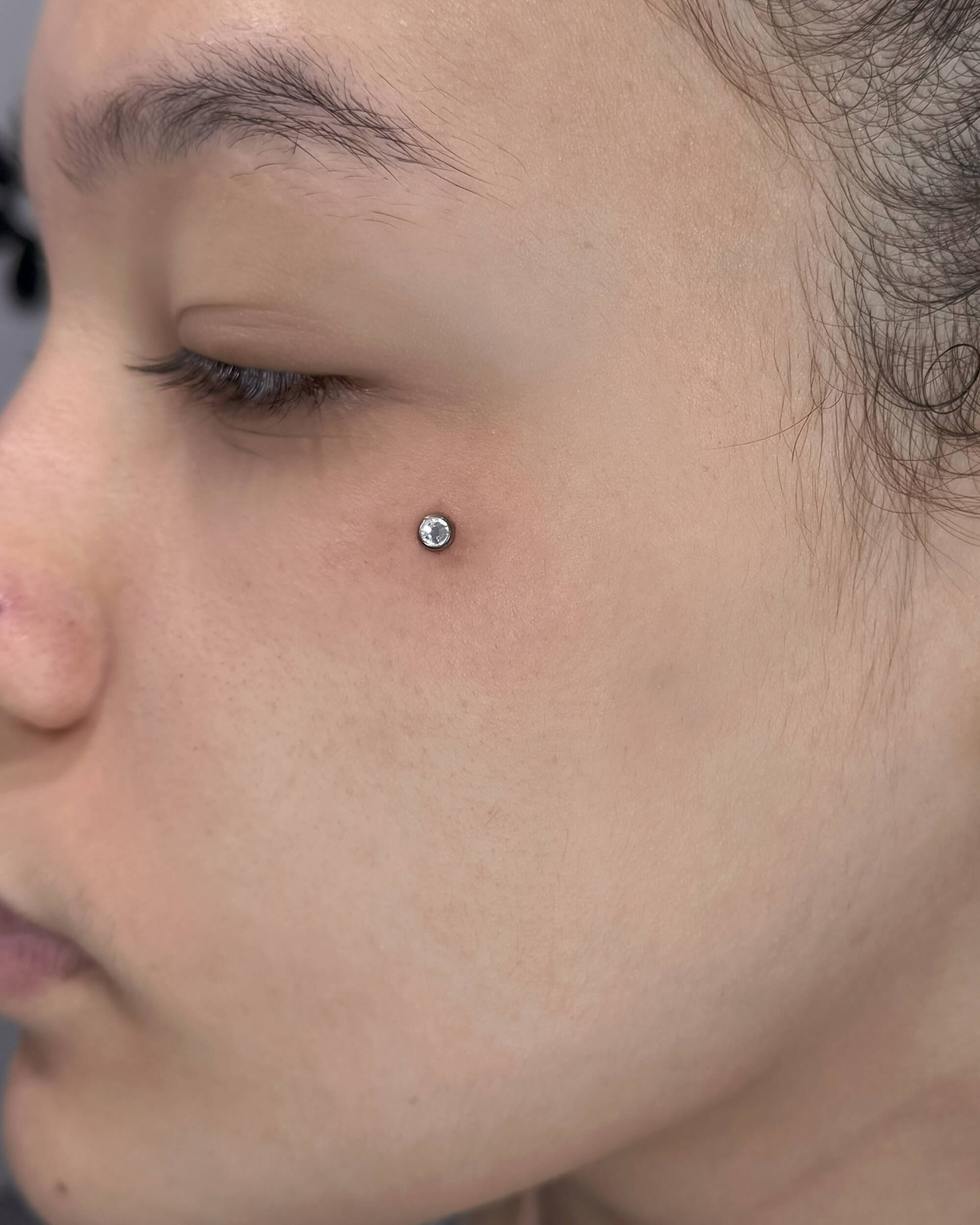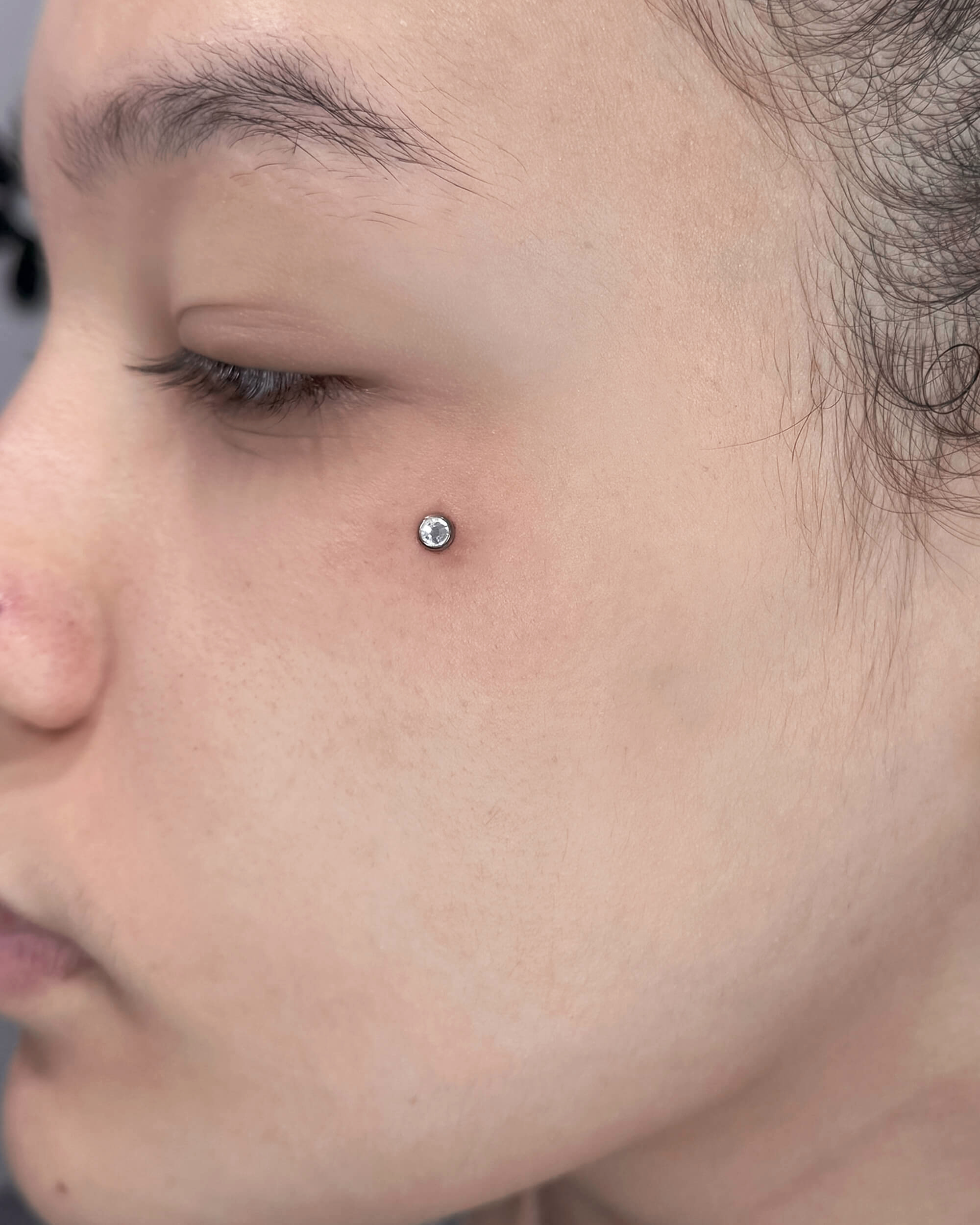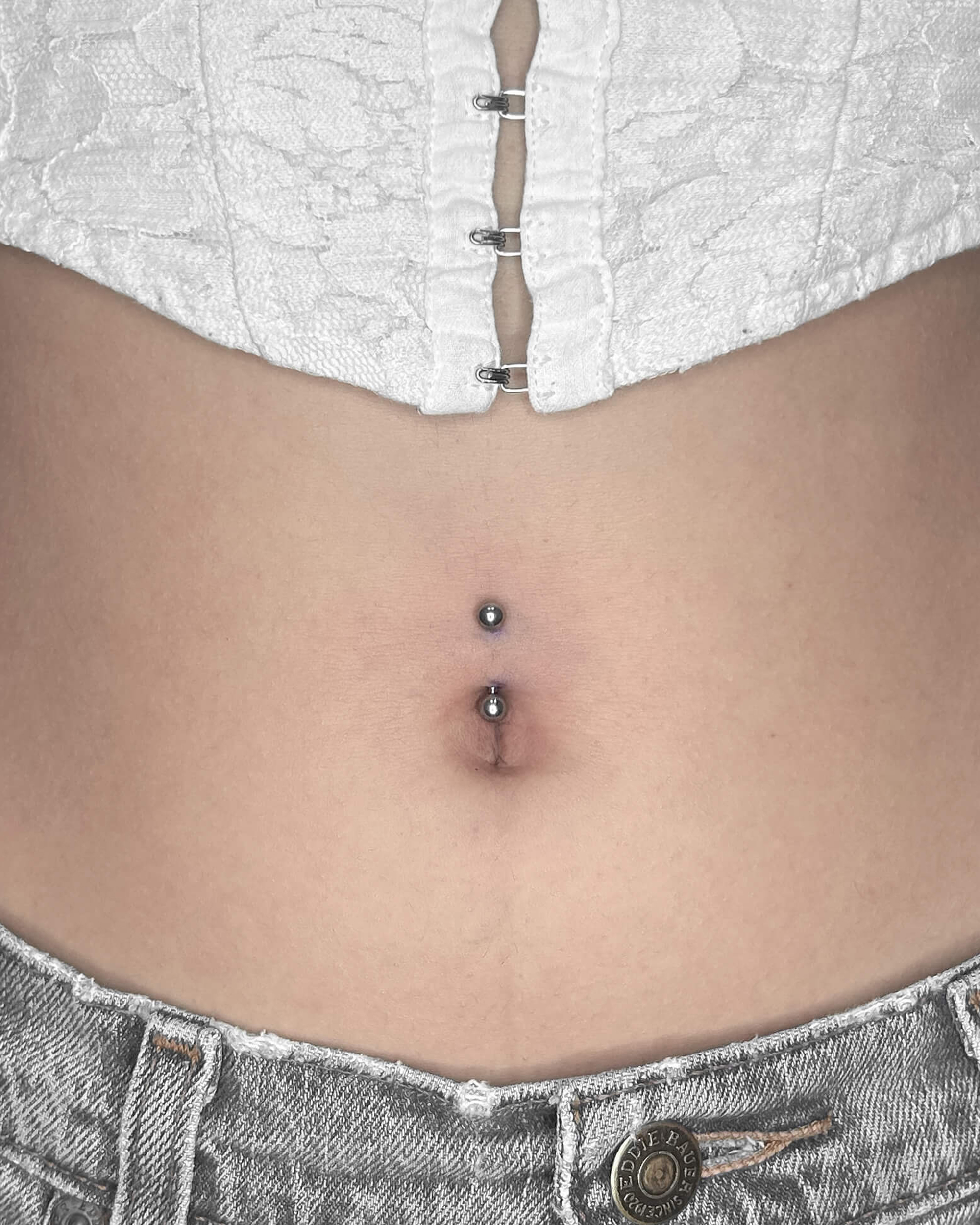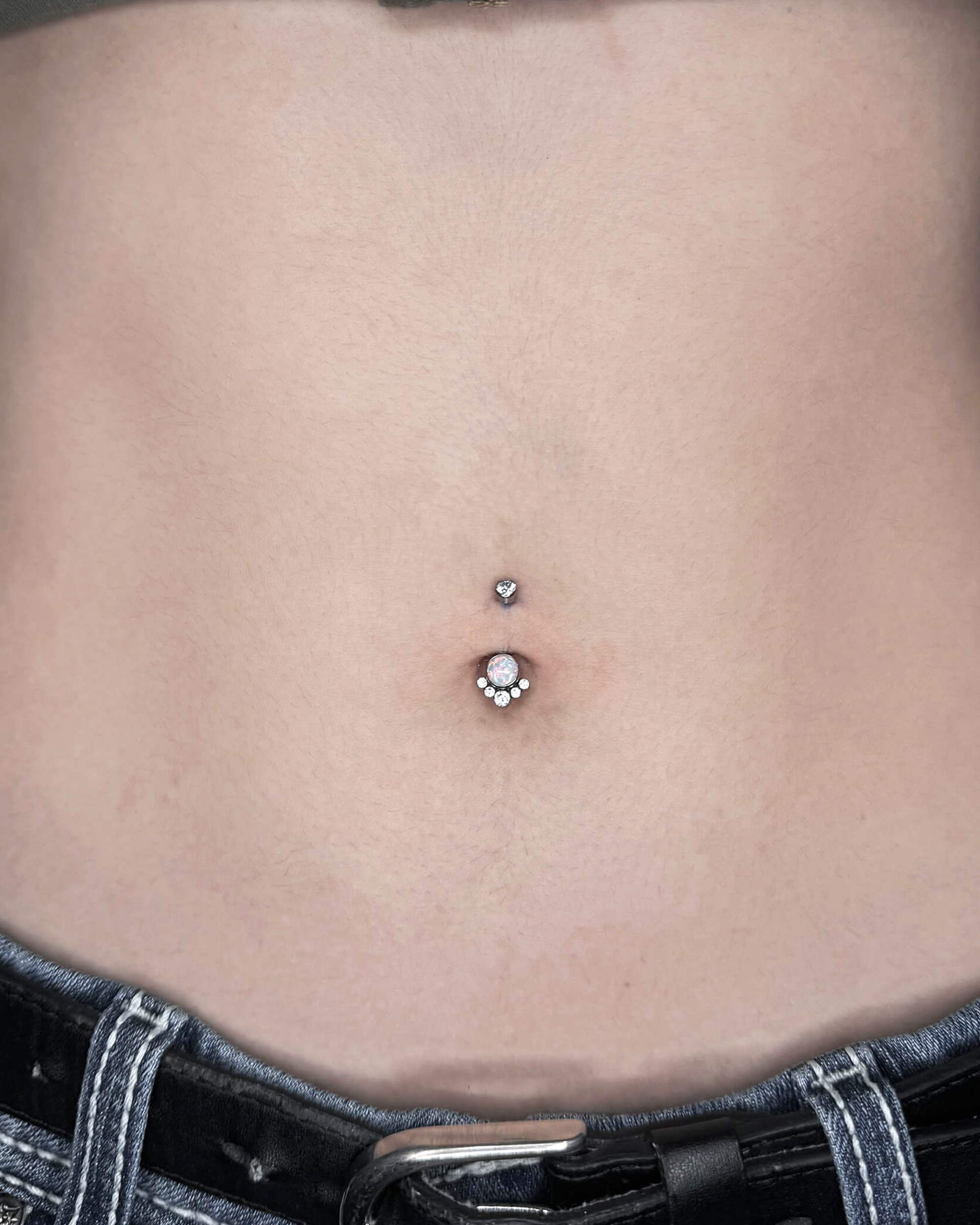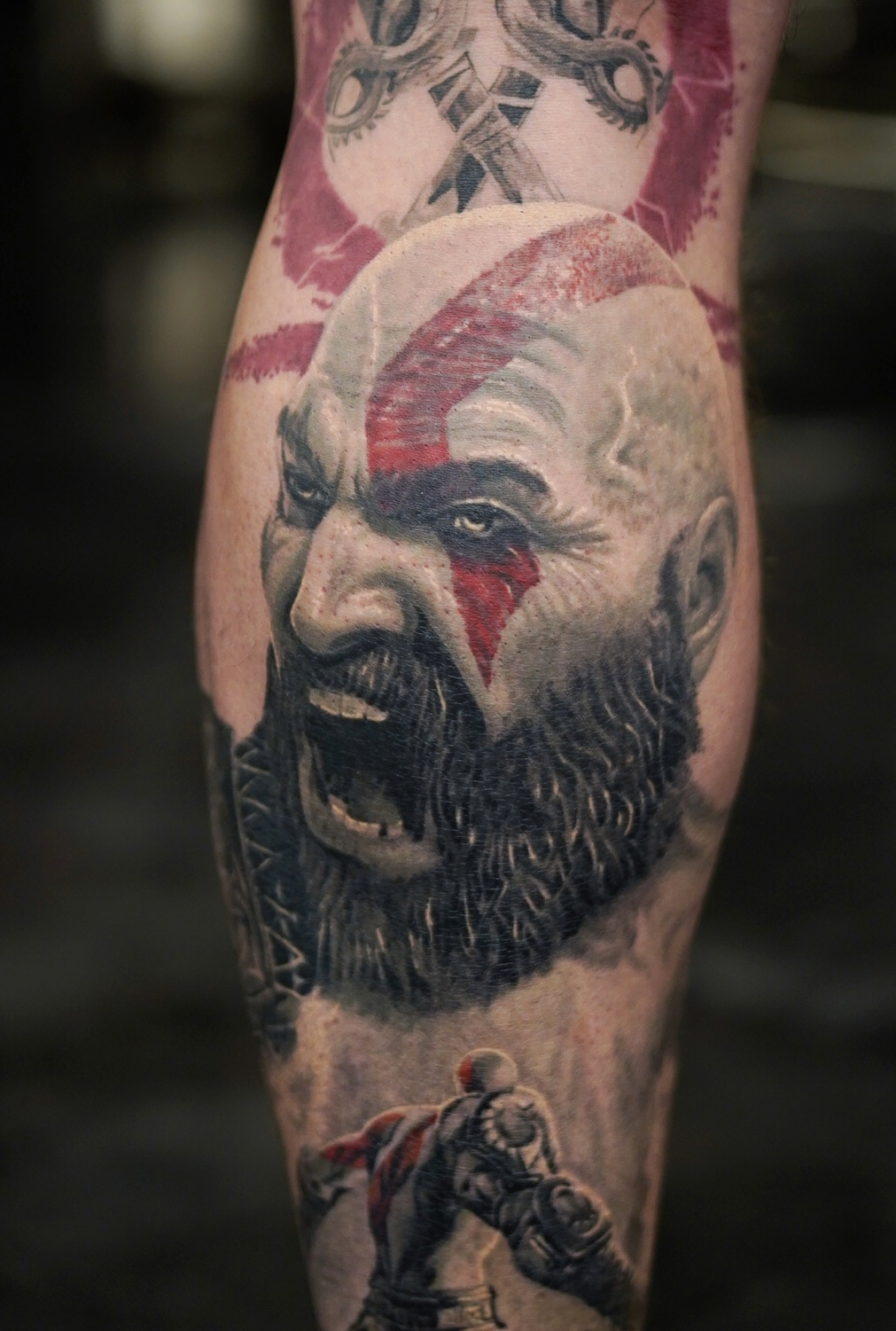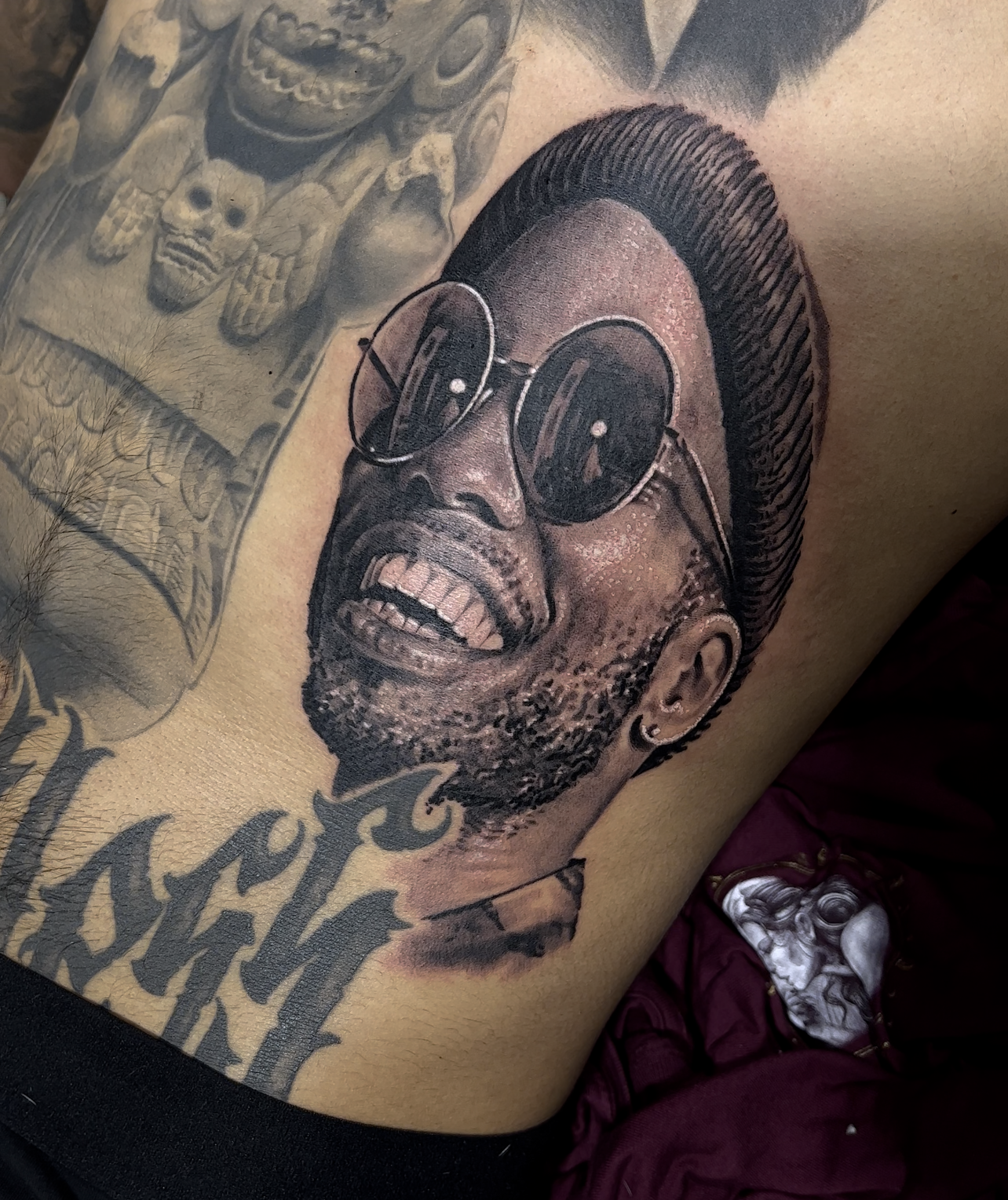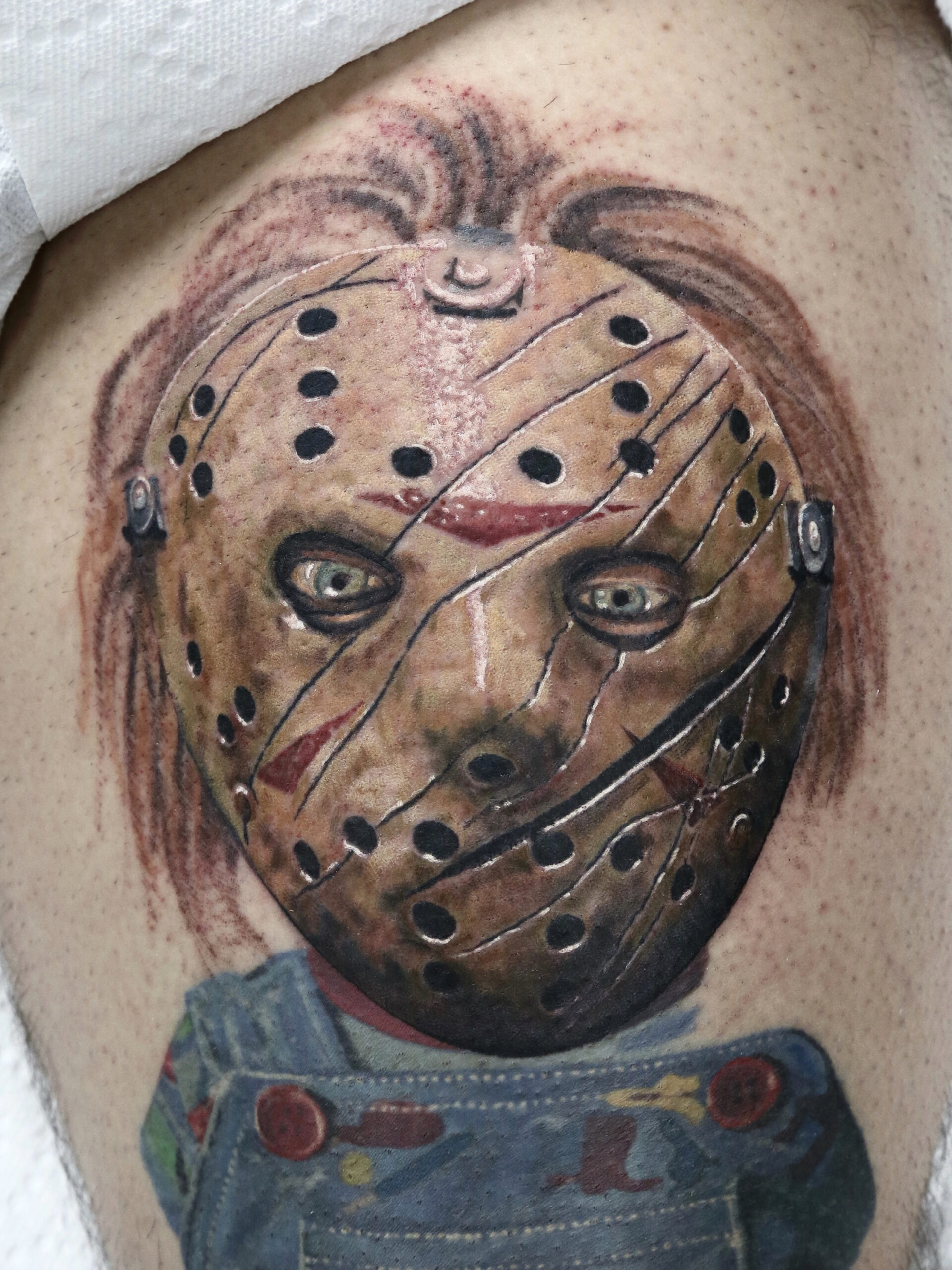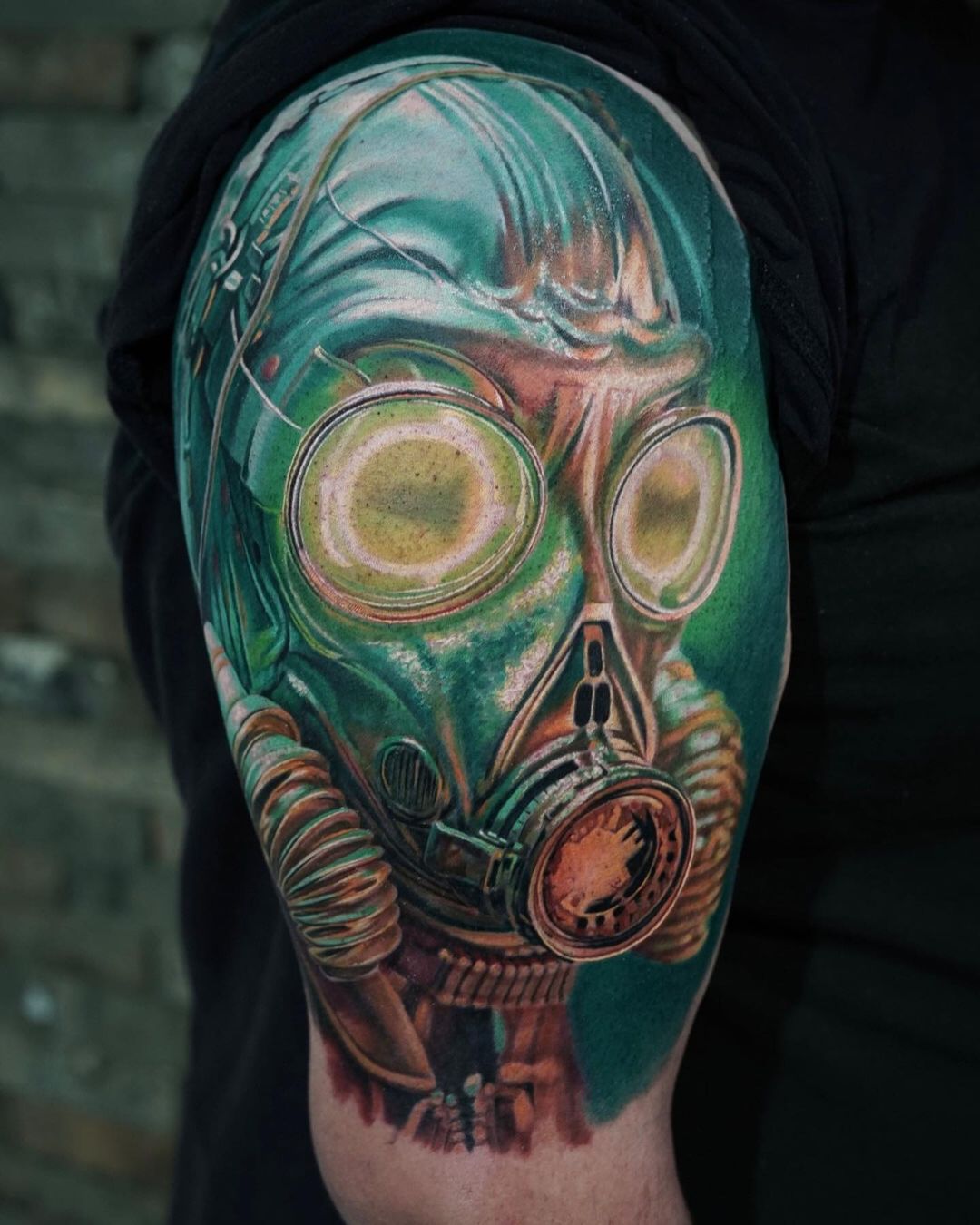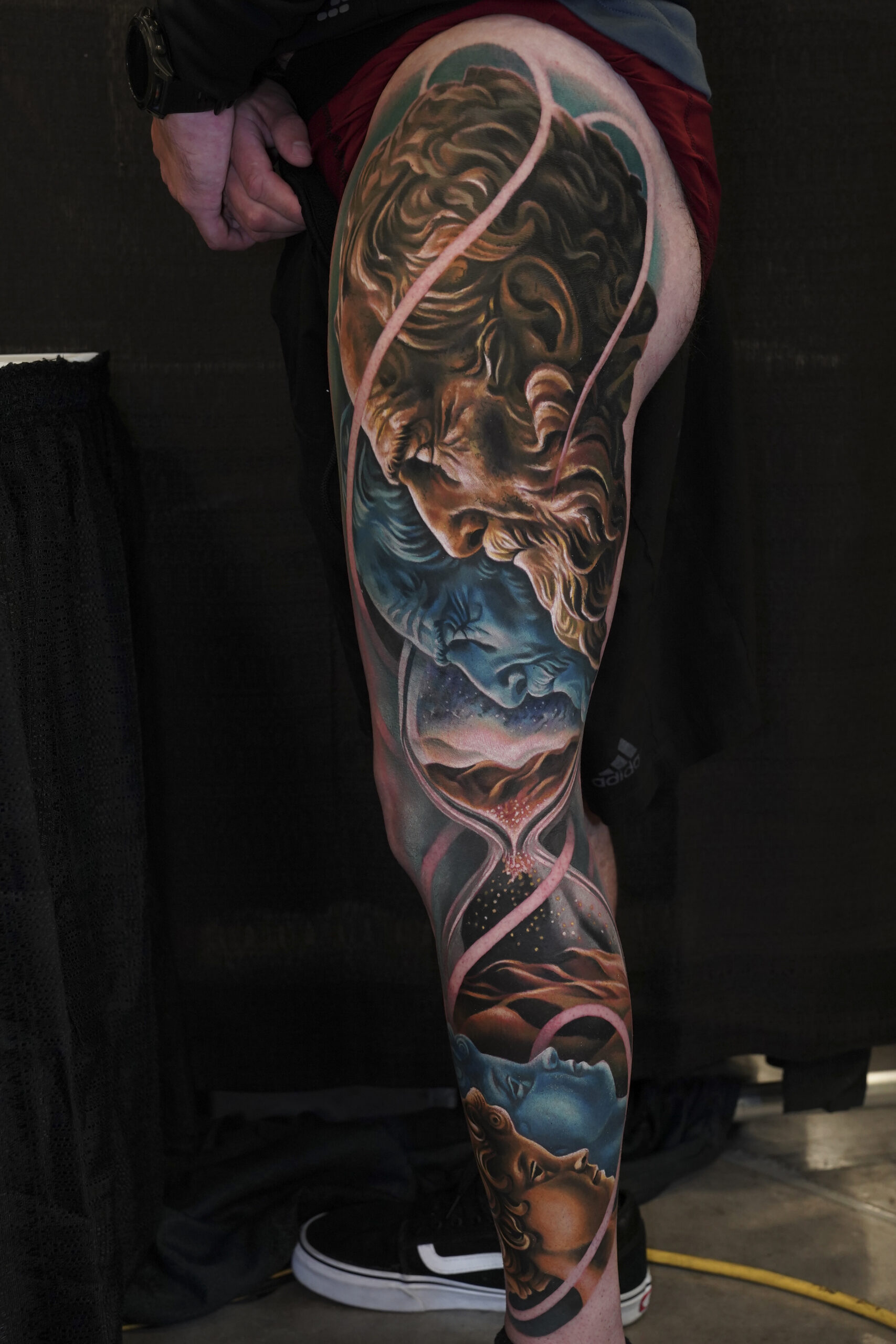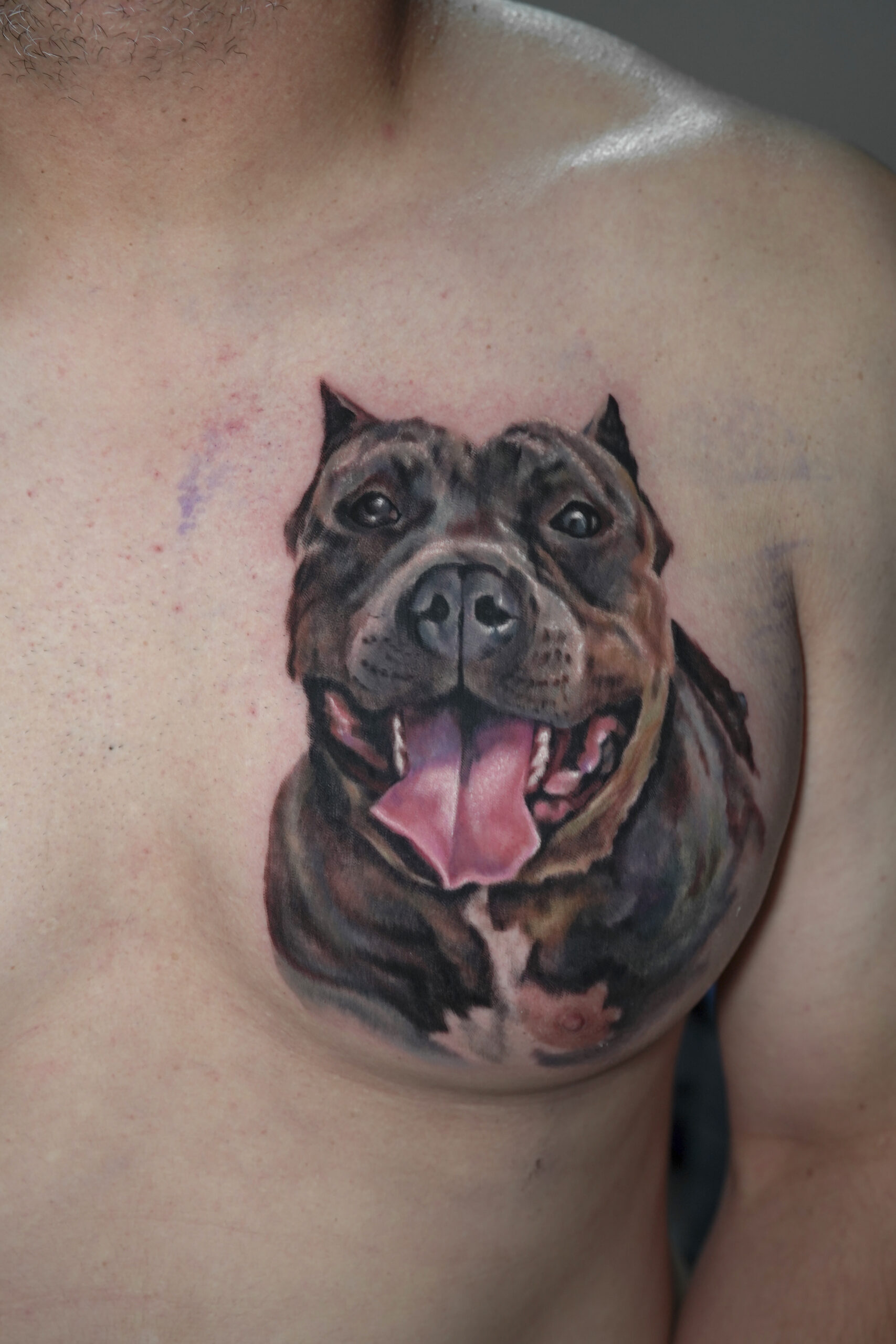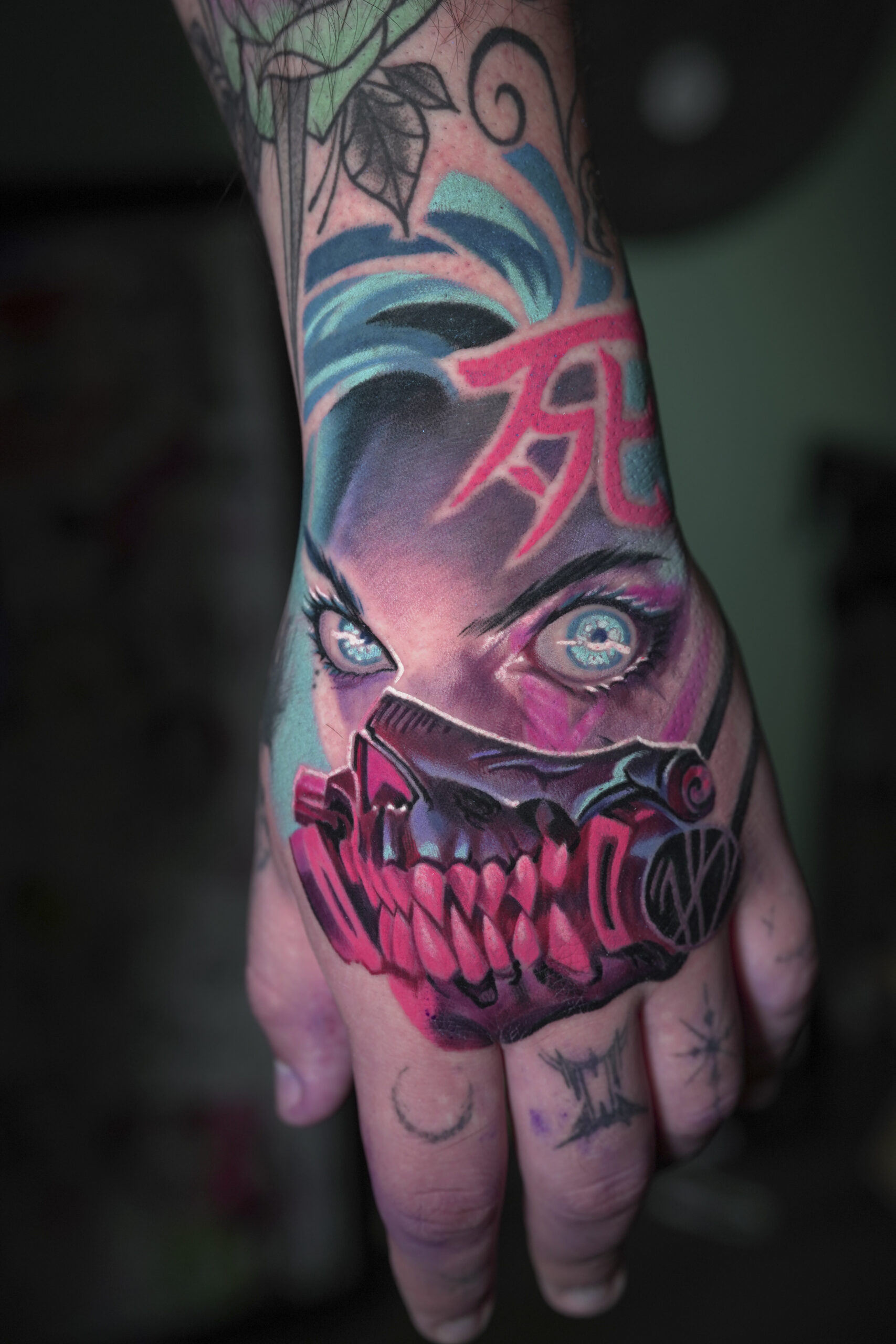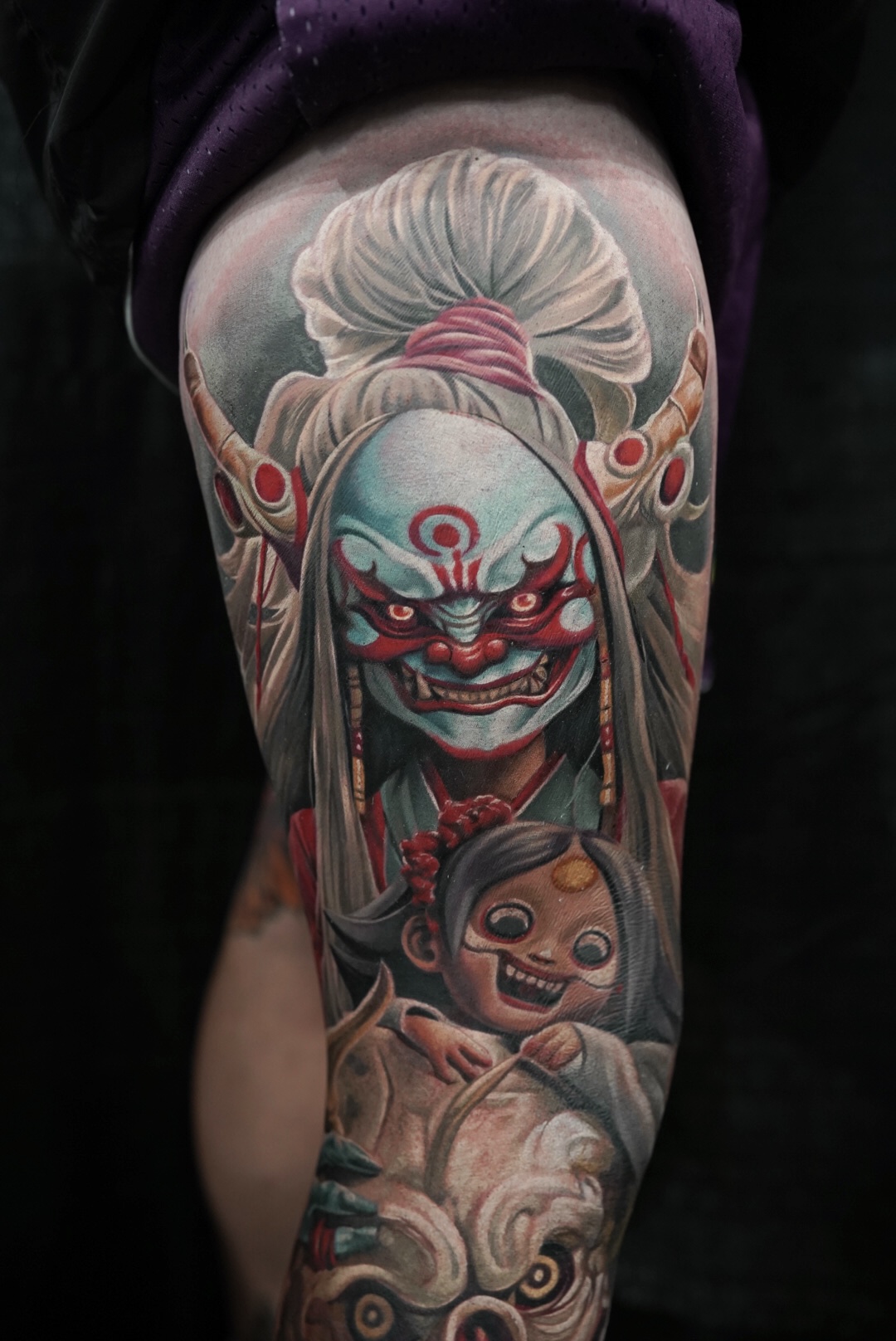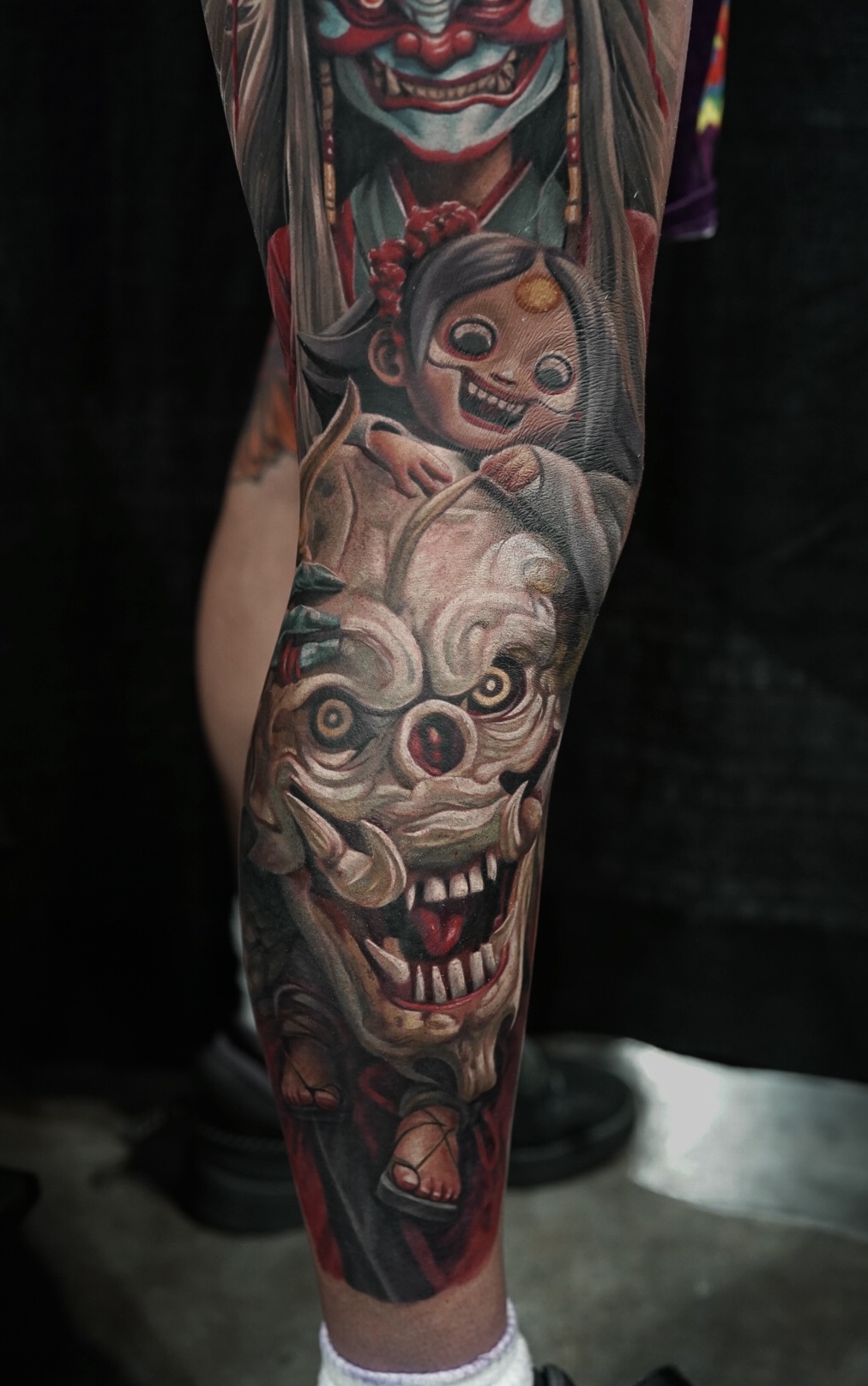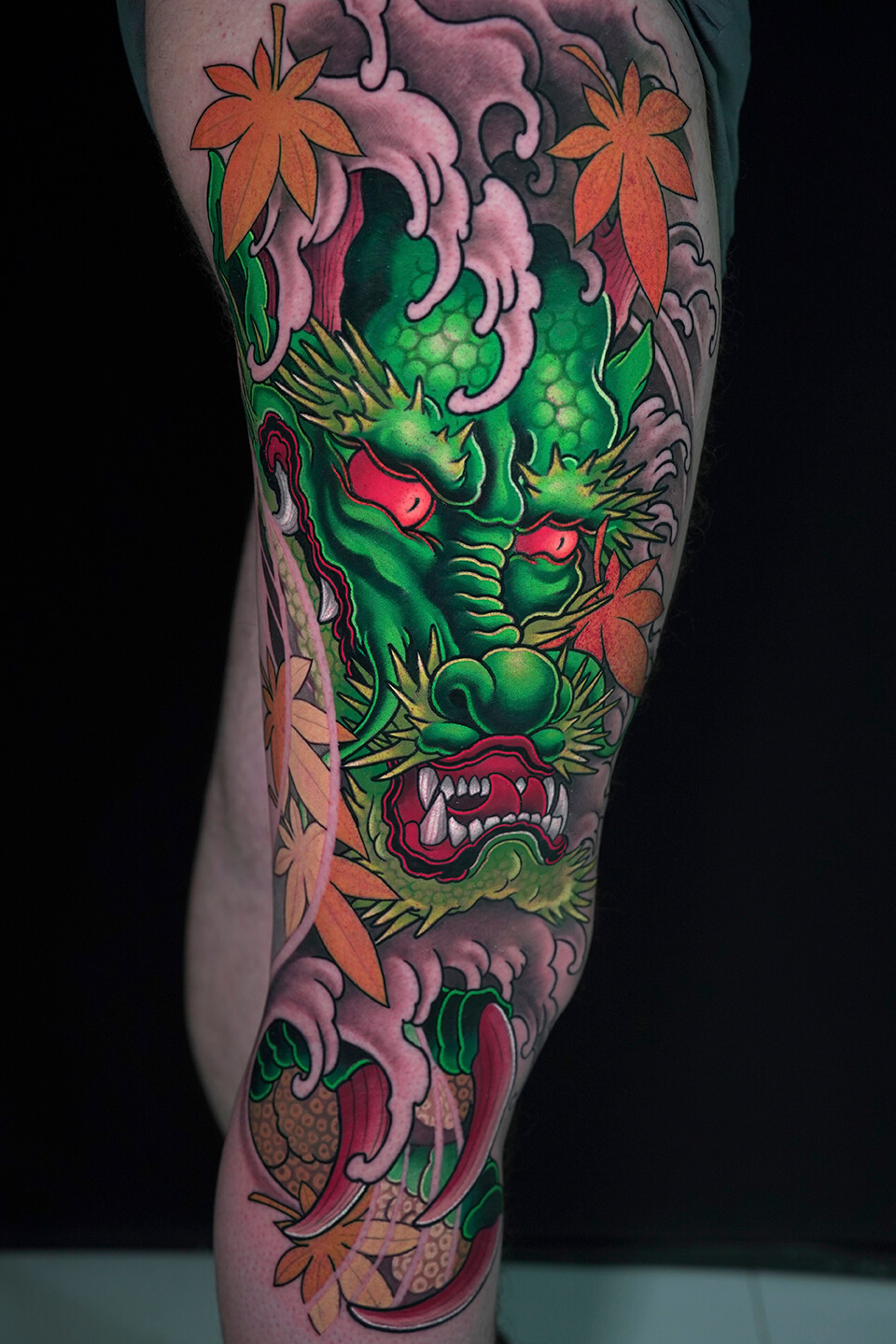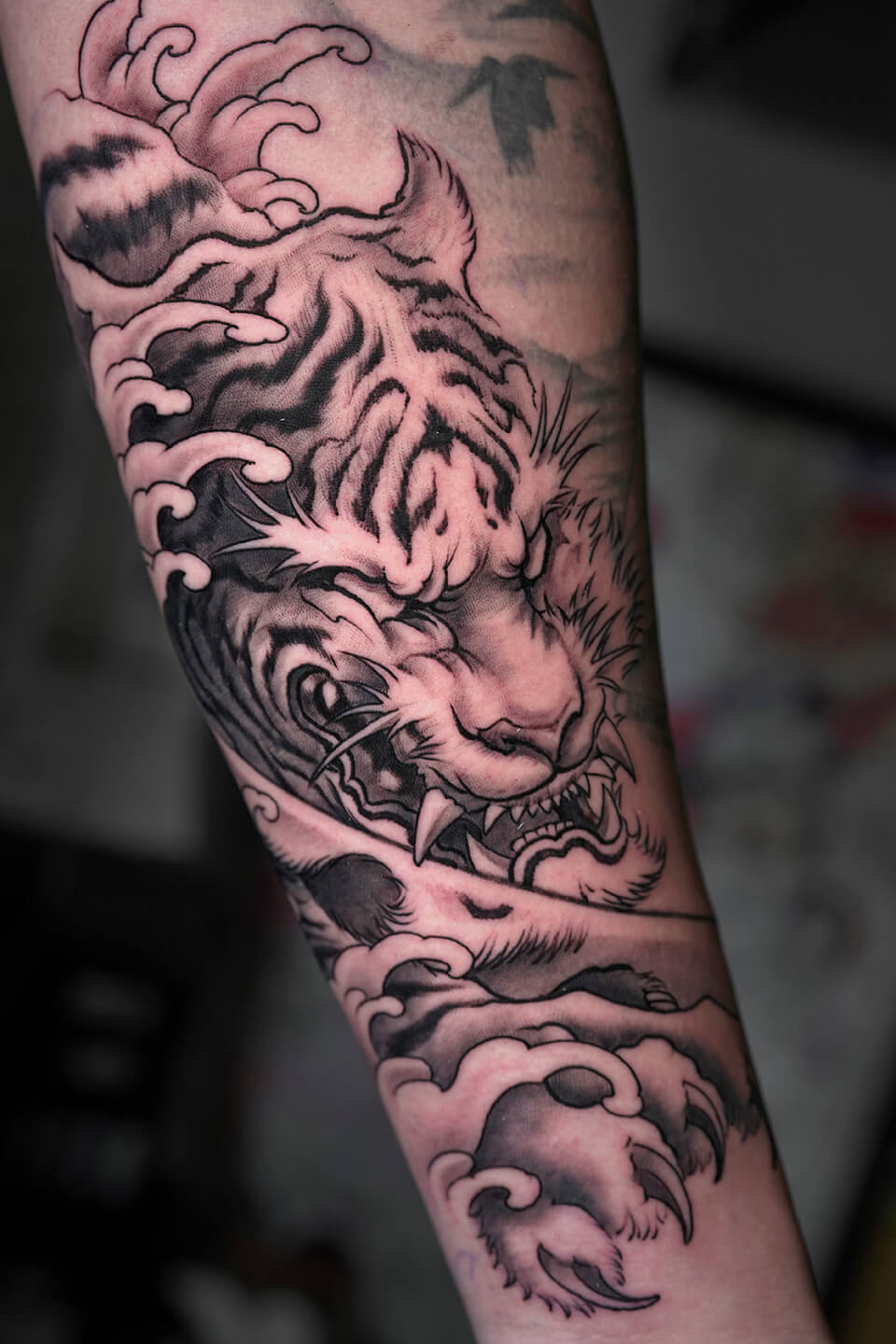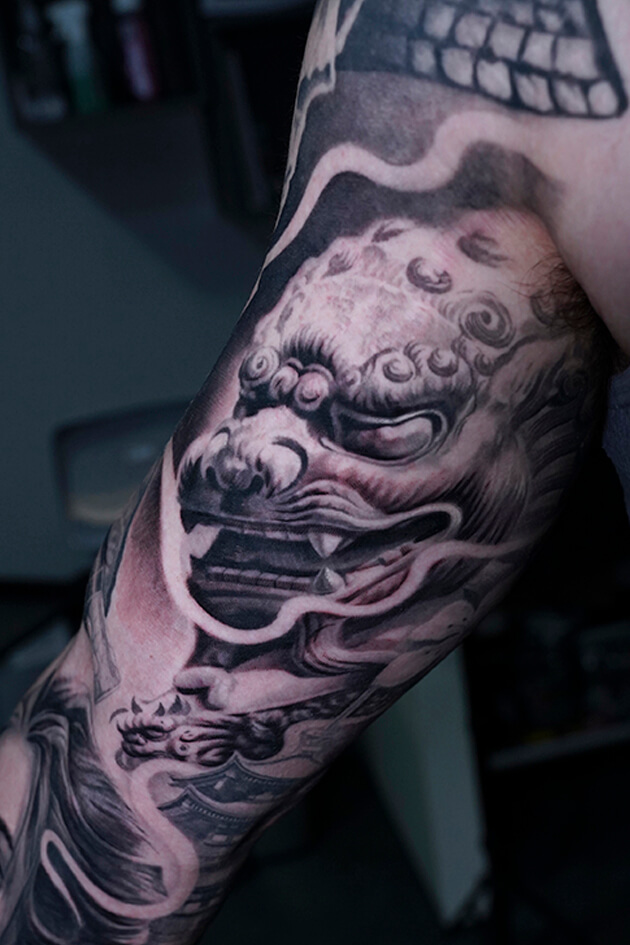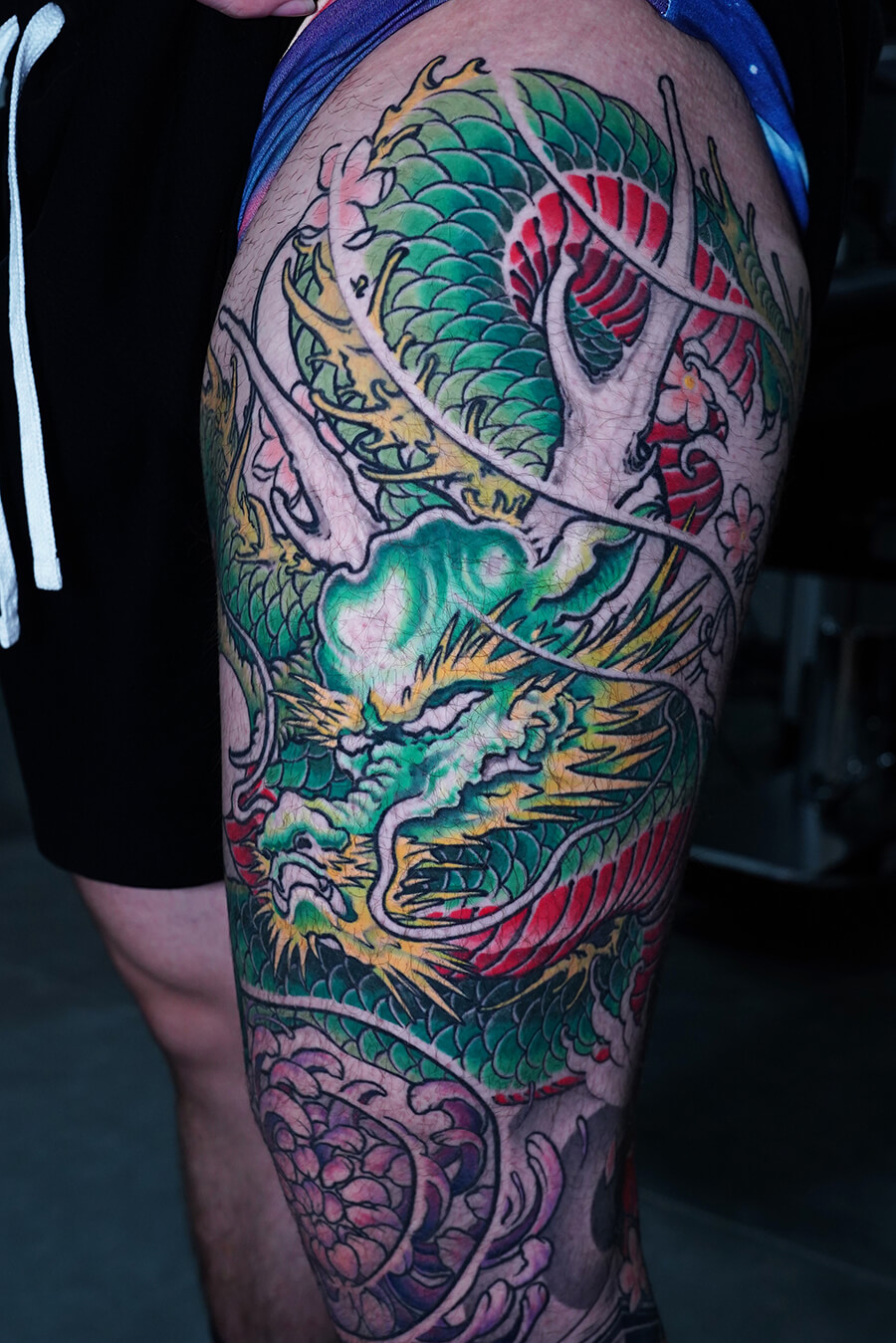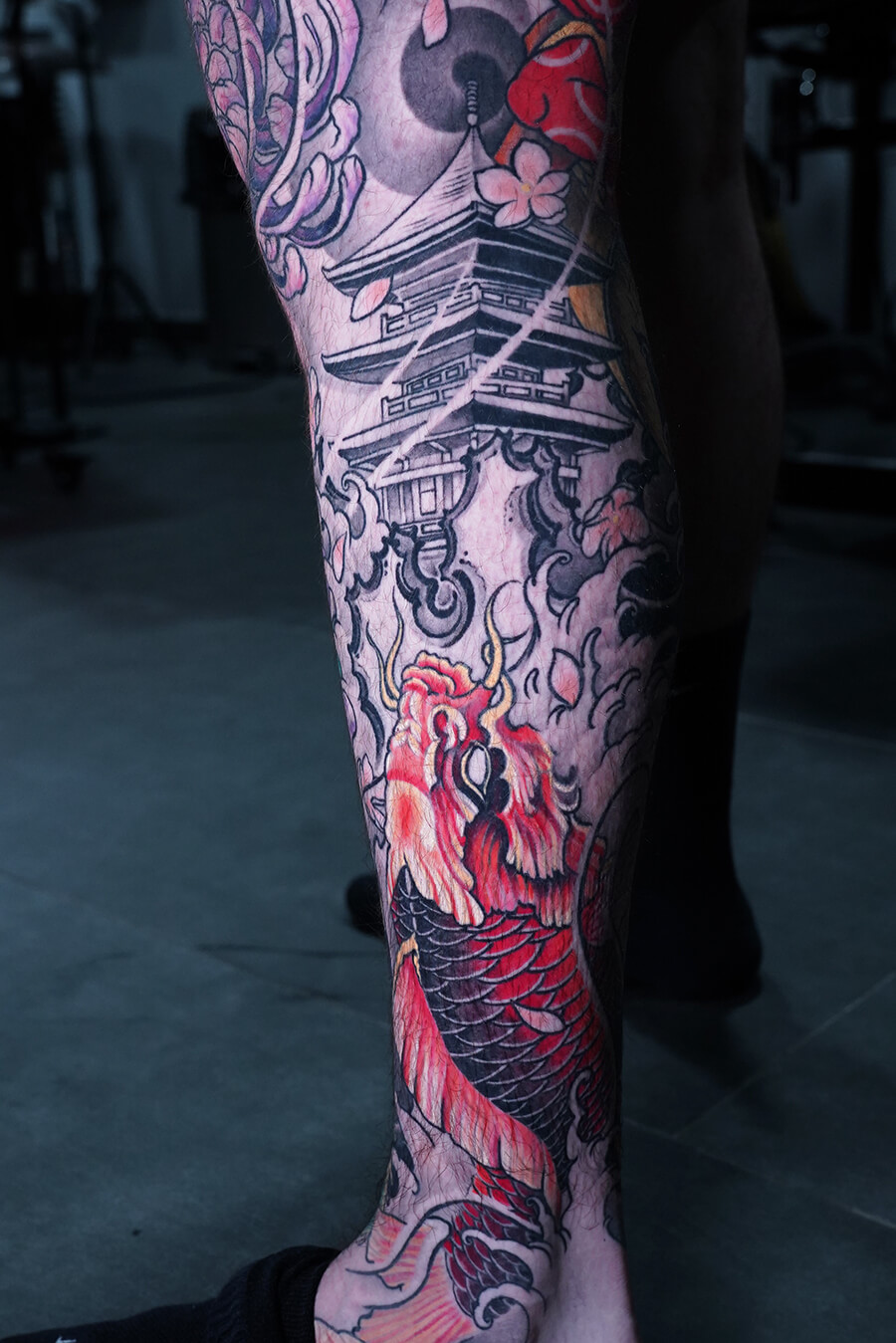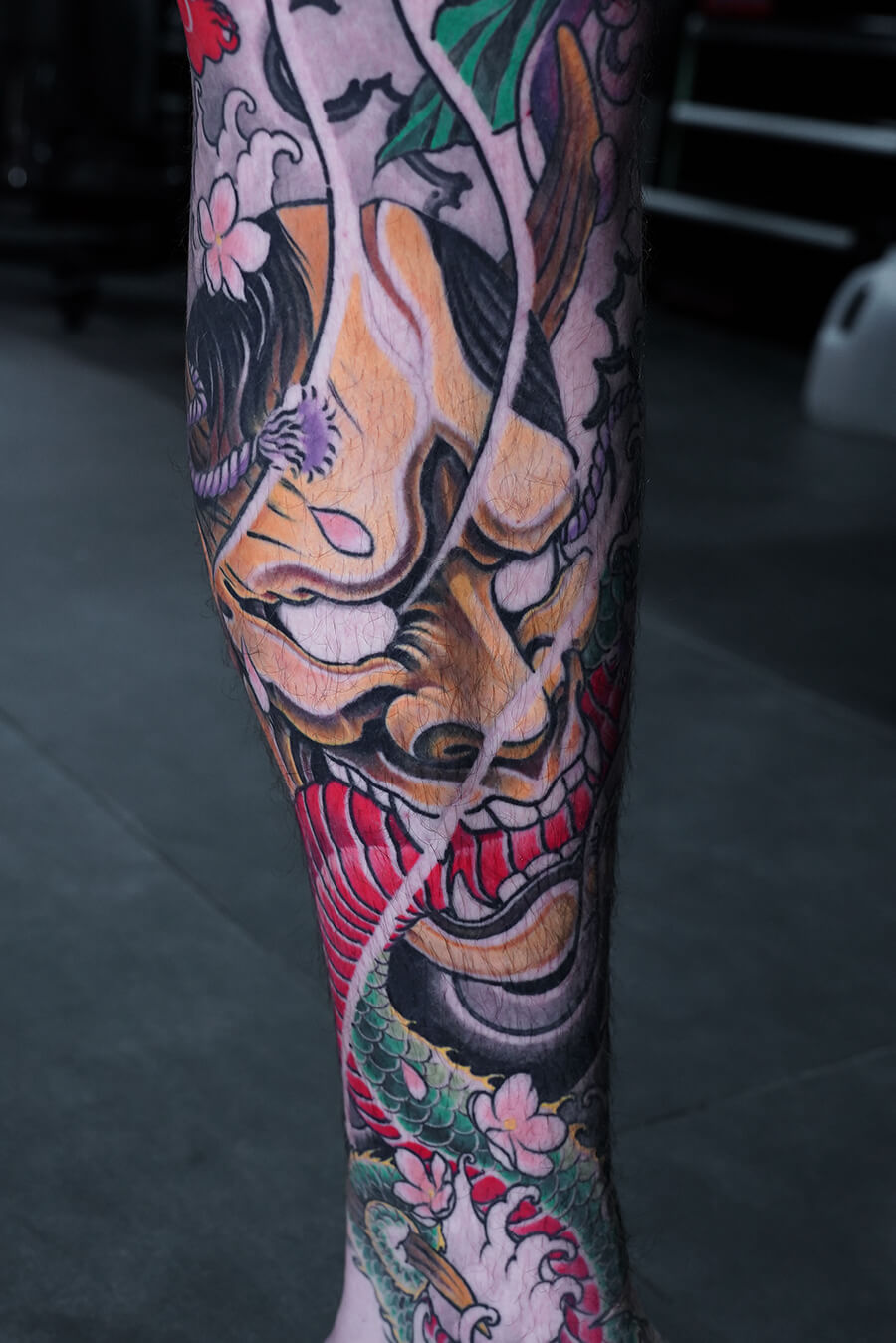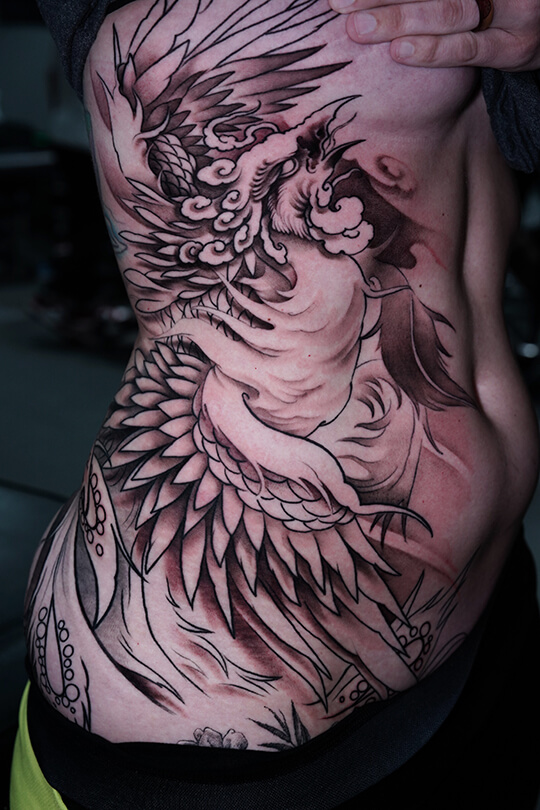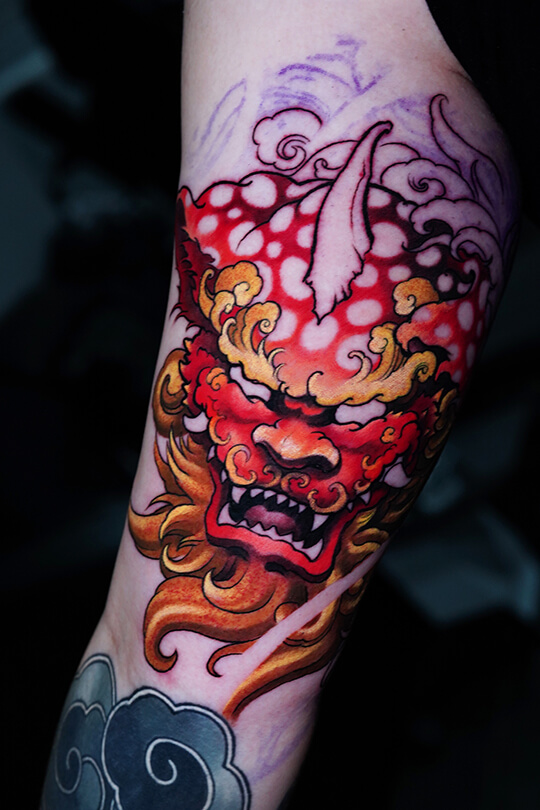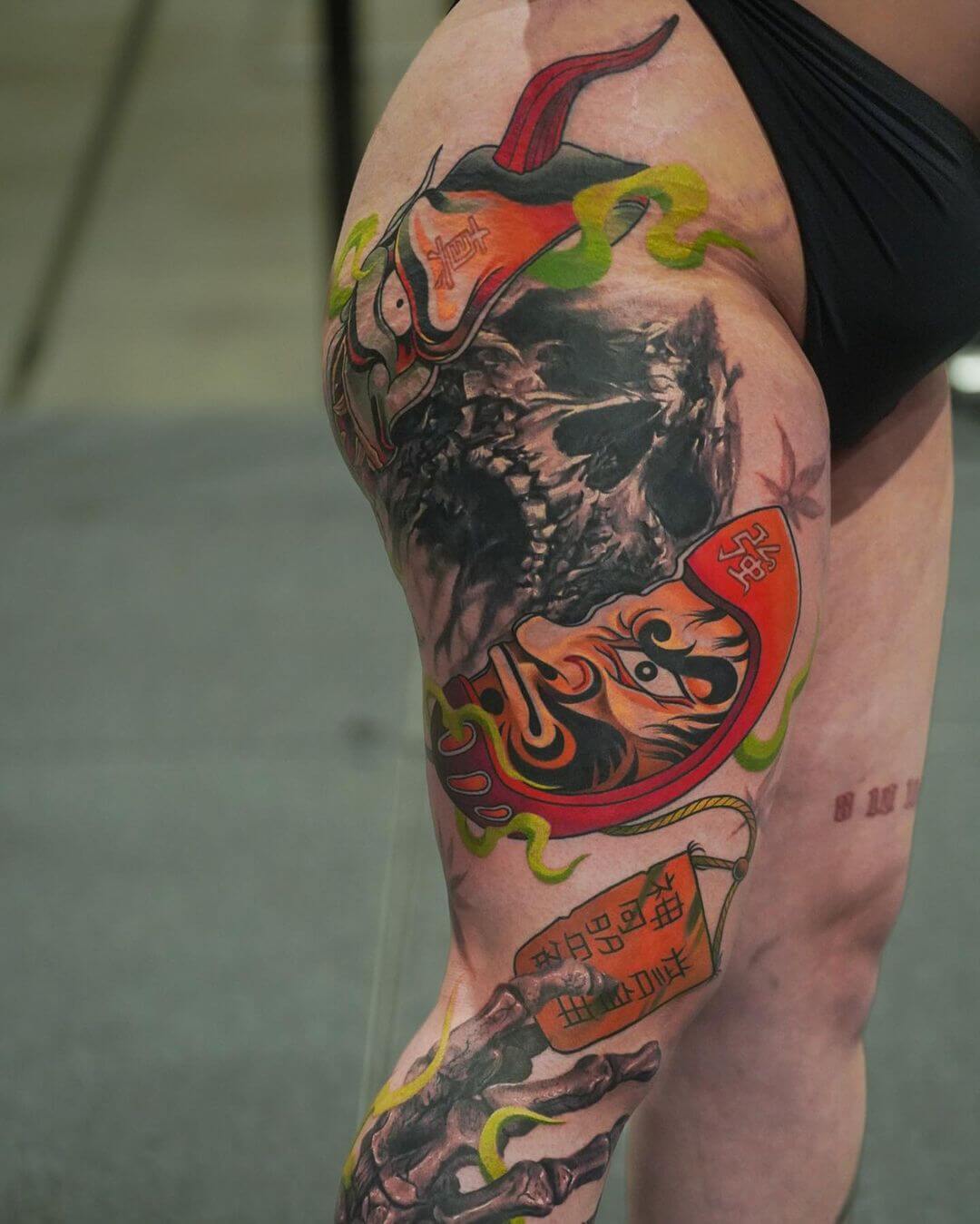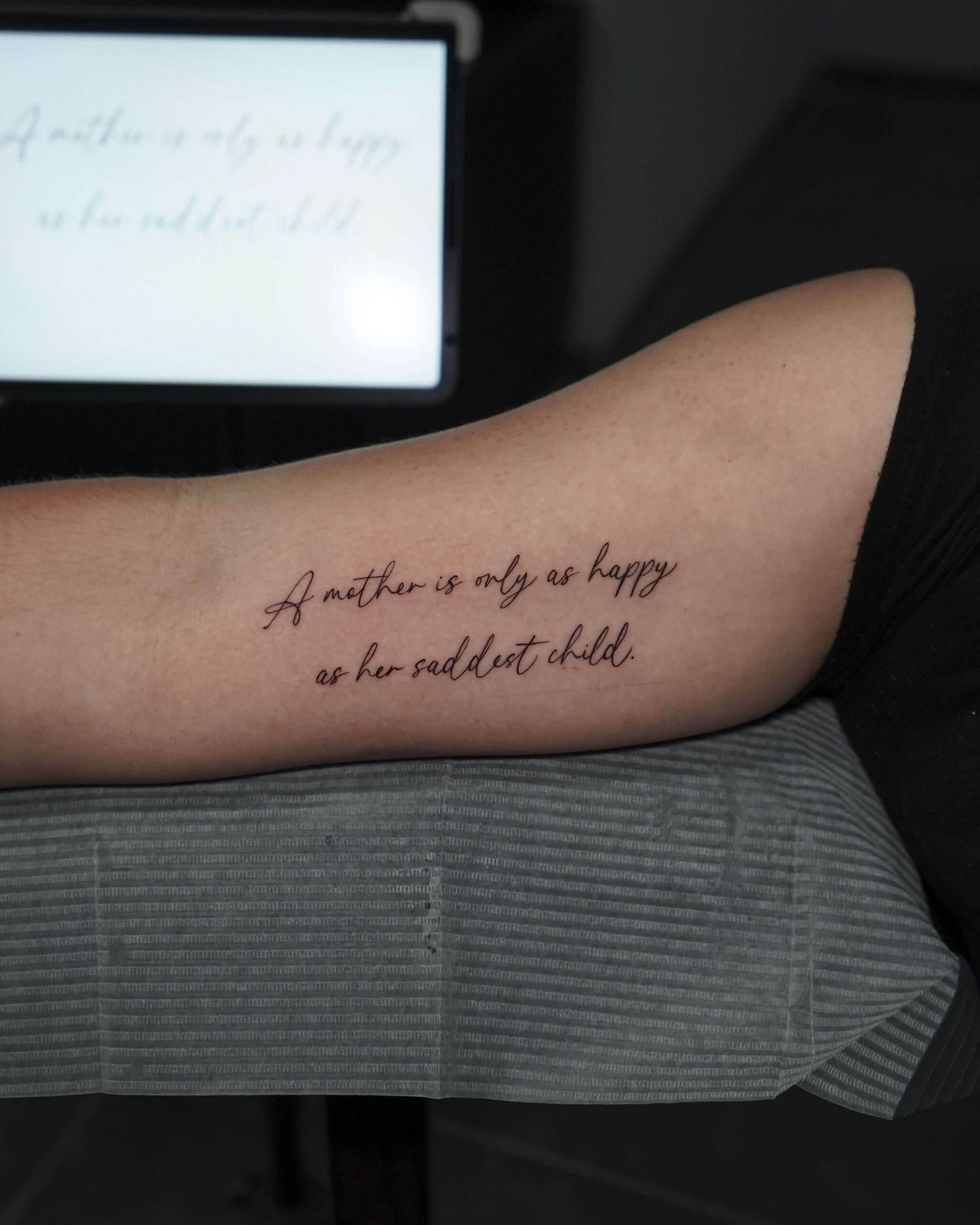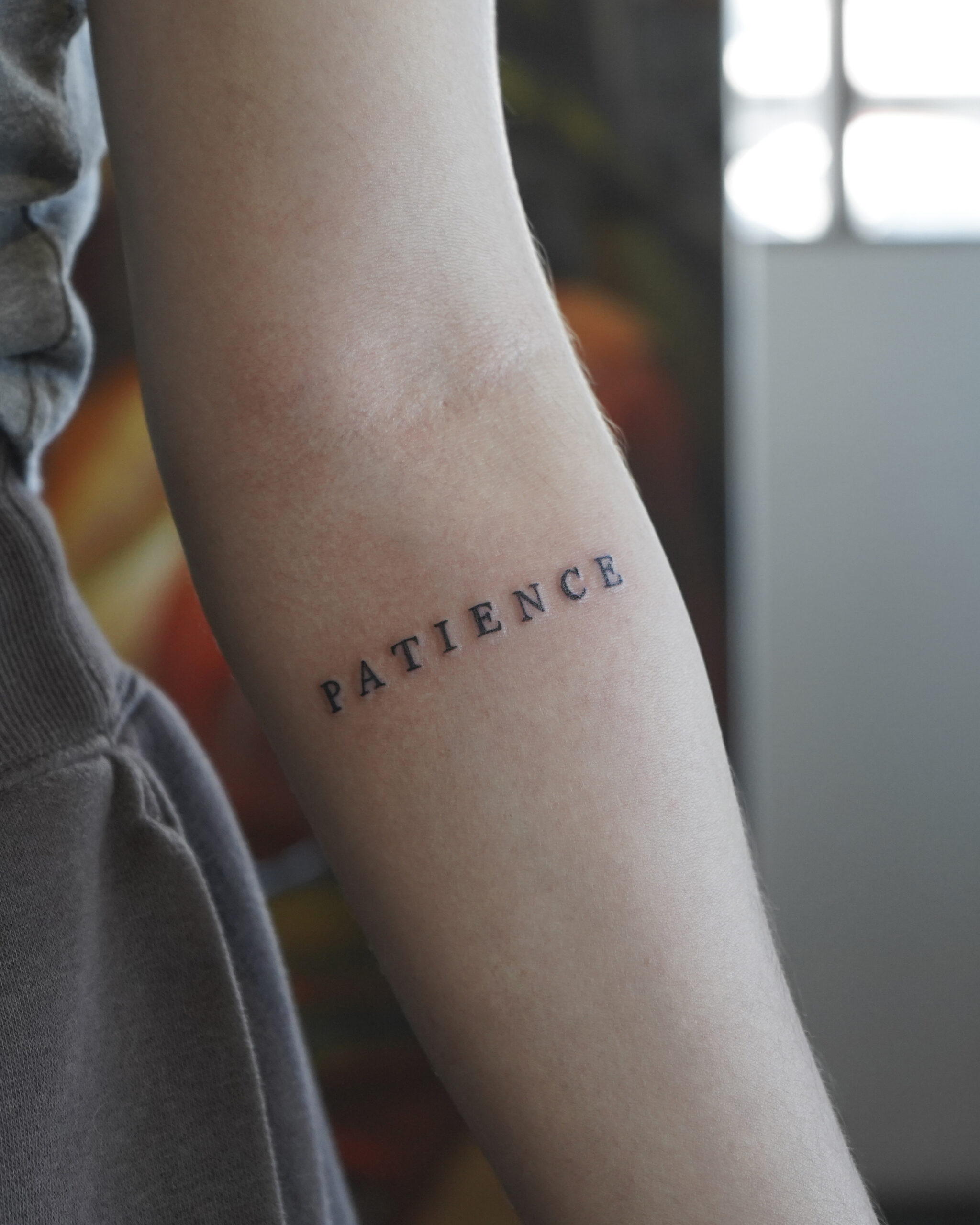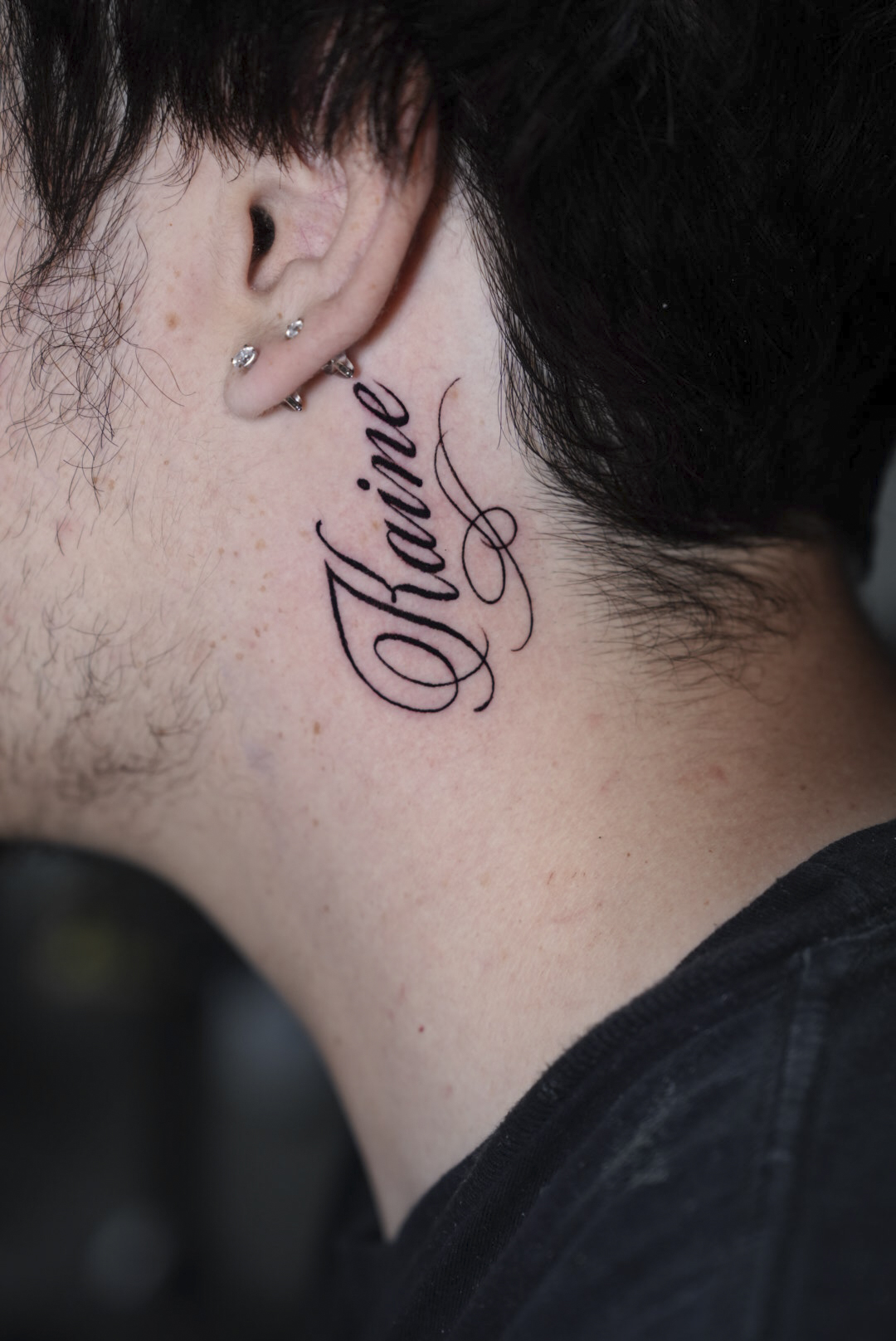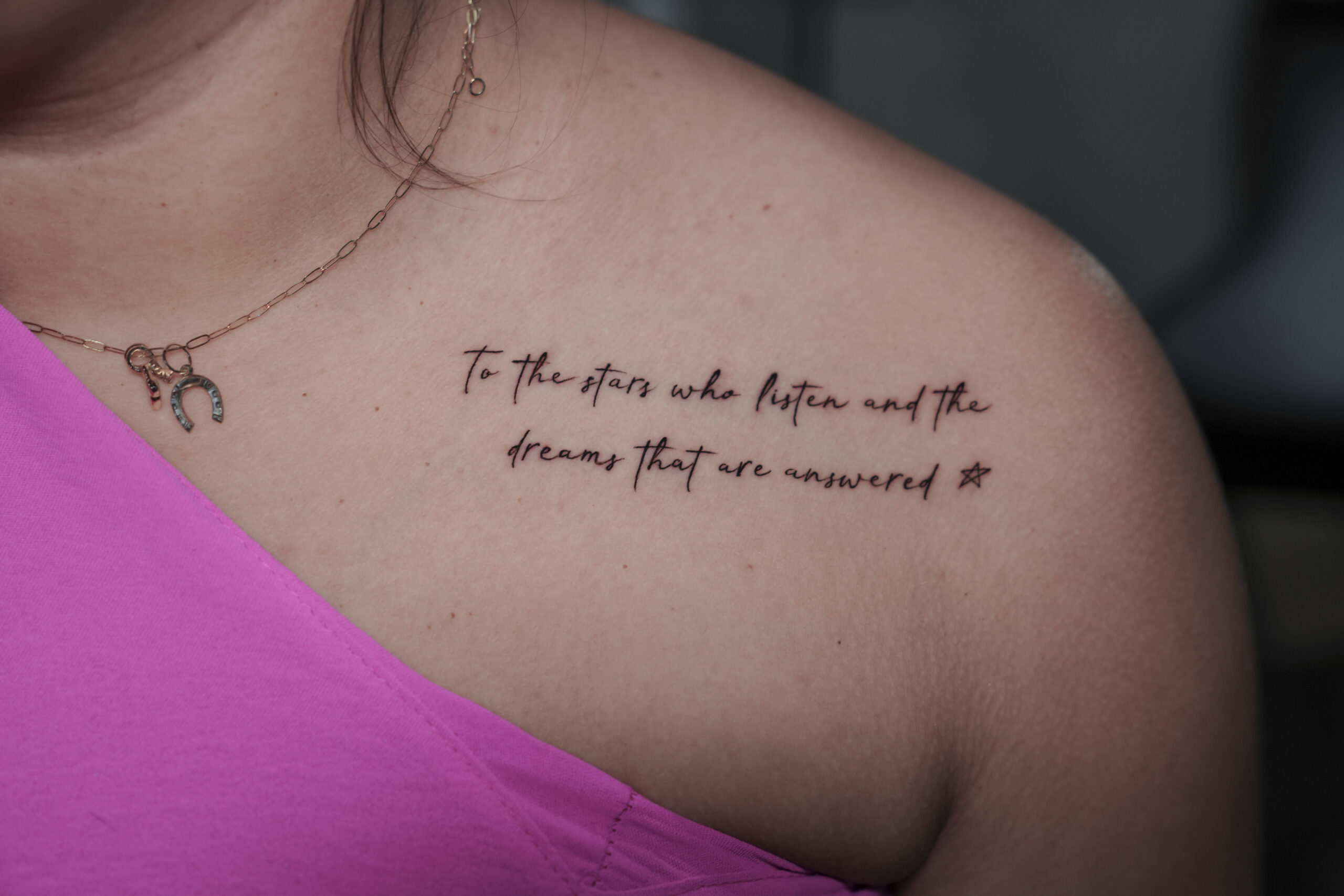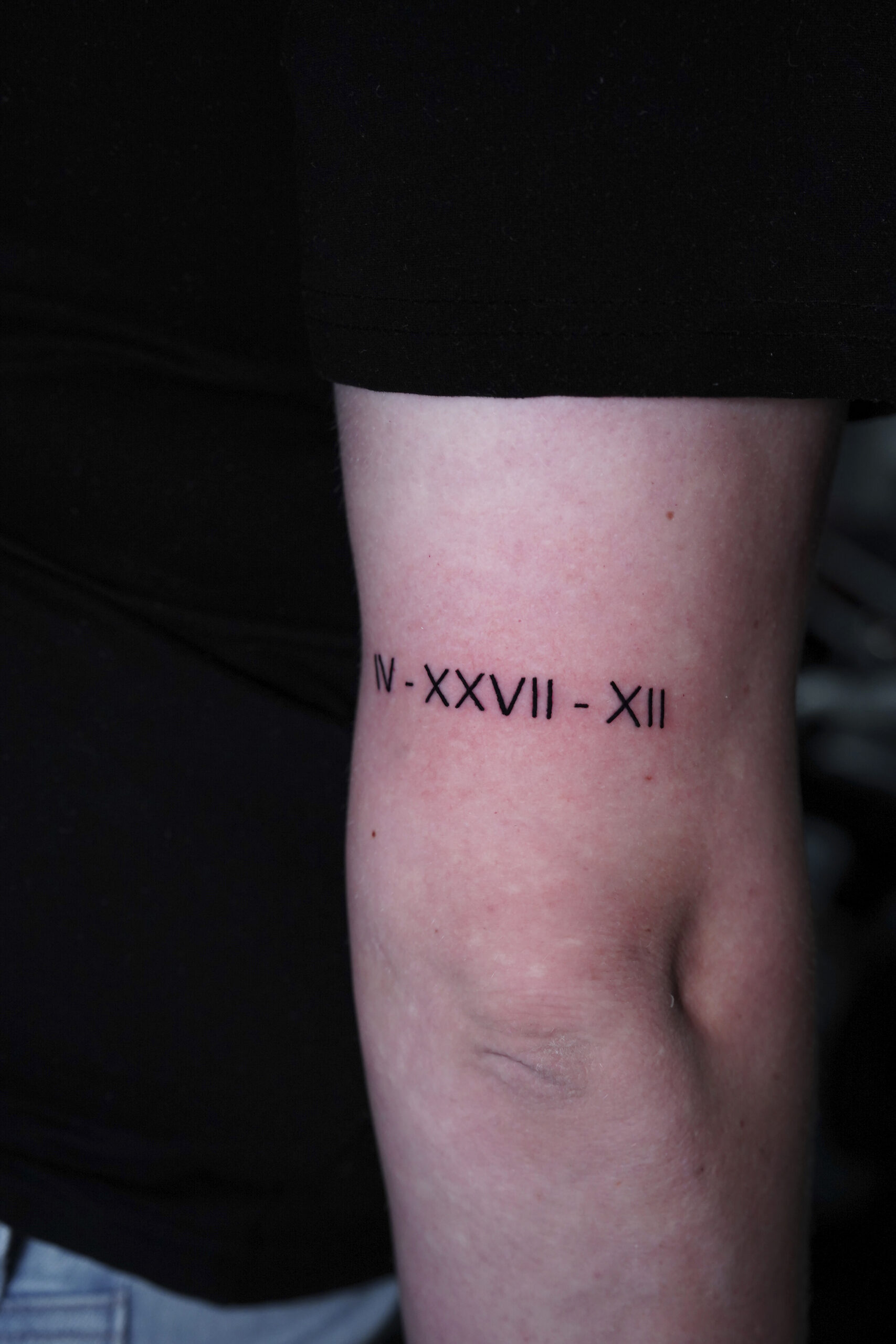While body piercings offer exciting possibilities for self-expression and aesthetic enhancement, they also carry inherent risks that every potential client should understand before committing to the procedure. Knowledge is your most powerful tool in preventing complications and ensuring a safe, positive piercing experience. Before you embark on your piercing journey, it’s essential to be aware of the common complications that may arise. Understanding these risks empowers you to make informed decisions, ensuring your experience remains as safe and fulfilling as the art itself.
Common Piercing Complications and Risks
The human body can react unpredictably to having foreign objects inserted through its tissues. Even with perfect technique and aftercare, complications may arise due to individual factors like immune response, anatomical variations, and healing capacity. Understanding it empowers doesn’t mean you should avoid piercings altogether—rather, this knowledge empowers you to recognize warning signs early and take appropriate action if issues arise. Just as we explored the artistic possibilities of various piercing placements, we must now understand the potential challenges each might present.
Infections: The Primary Concern
Infection is the most common complication in body piercing, occurring when harmful microorganisms invade the healing wound. The risk period extends throughout the entire healing time frame, which ranges from weeks to months, depending on the piercing location.
Allergic Reactions to Jewelry Materials
Your body may reject even the most carefully placed piercing if it develops an allergic response to the jewelry material. Nickel allergies are particularly common, affecting approximately 15-20% of the population, with symptoms developing either immediately or gradually over time.
High-quality, biocompatible materials can significantly reduce allergy risks. Implant-grade titanium, 14k-18k solid gold, niobium, and platinum represent the safest options for initial piercings and sensitive individuals. Surgical steel, despite its name, contains nickel and may trigger reactions in susceptible people.
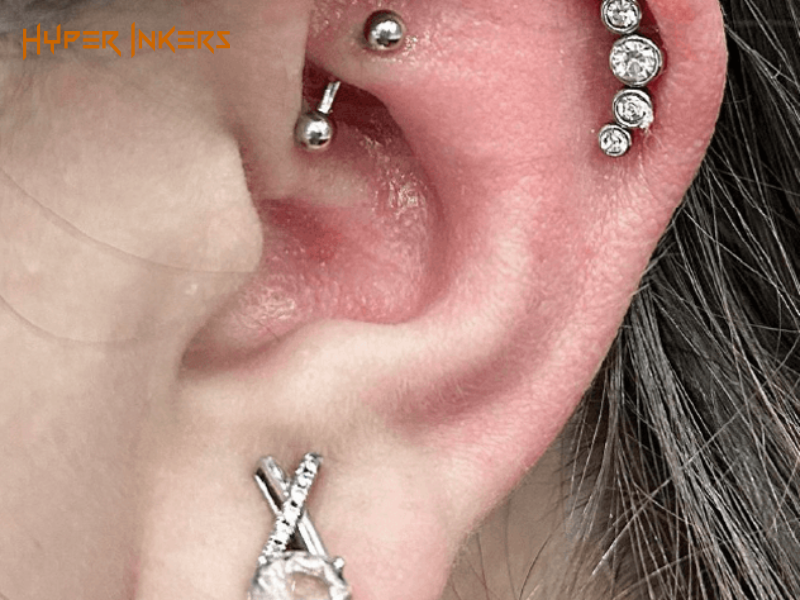
Migration and Rejection Issues
The body sometimes interprets jewelry as a threat that must be expelled, leading to migration (gradual movement from the original position) or complete rejection (forcing the jewelry out through the skin). Surface piercings, piercings with thin tissue coverage, and those placed in high-tension areas face the greatest rejection risks.
Once rejection begins, removing the jewelry promptly can minimize scarring. While disappointment is natural when a piercing is rejected, attempting to force an incompatible piercing to heal often results in more significant tissue damage and permanent marking.
Anatomy-Specific Dangers of Piercings
Each area of the body presents unique risks and considerations based on its structure, function, and proximity to vital tissues or organs. Let’s explore the potential healing risks associated with different piercing locations.
Oral and Facial Piercing Risks
Piercings on the face and inside the mouth require great care due to the many nerves and sensitive areas involved. Common risks include infection, irritation, and potential damage to teeth or gums from constant contact with jewelry. Improper placement can also affect speech or cause discomfort during eating.
Ear Cartilage Complications
Cartilage piercings tend to heal more slowly than soft tissue piercings and are more prone to infections and irritation. They may cause prolonged soreness or scarring if not properly cared for. Because cartilage has less blood flow, healing requires patience and careful aftercare.
Intimate Piercing Dangers
Genital piercings carry special risks due to the sensitive and vascular nature of the area. These include increased bleeding, infection, and possible interference with sexual activity or contraceptive use. Healing times are often longer than expected, requiring extra caution with hygiene and a break from physical intimacy during healing.
Dangers of Unprofessional Piercing Practices
While anatomical considerations significantly impact piercing safety, equally important is who performs your piercing and under what conditions. The most beautiful piercing placement is meaningless if it is executed improperly or with substandard materials. Let’s examine how practitioner quality and environment affect your piercing experience and safety.
Home Piercing Hazards
DIY piercing with improper tools like sewing needles or piercing guns dramatically raises the risks of infection, improper placement, tissue damage, and poor healing. Without professional aftercare guidance or emergency preparedness, problems can quickly escalate.
Poor Quality Jewelry
Cheap or toxic metals can cause allergic reactions, irritation, and slow healing. Jewelry that’s poorly made or the wrong size can damage tissue or harbor bacteria.
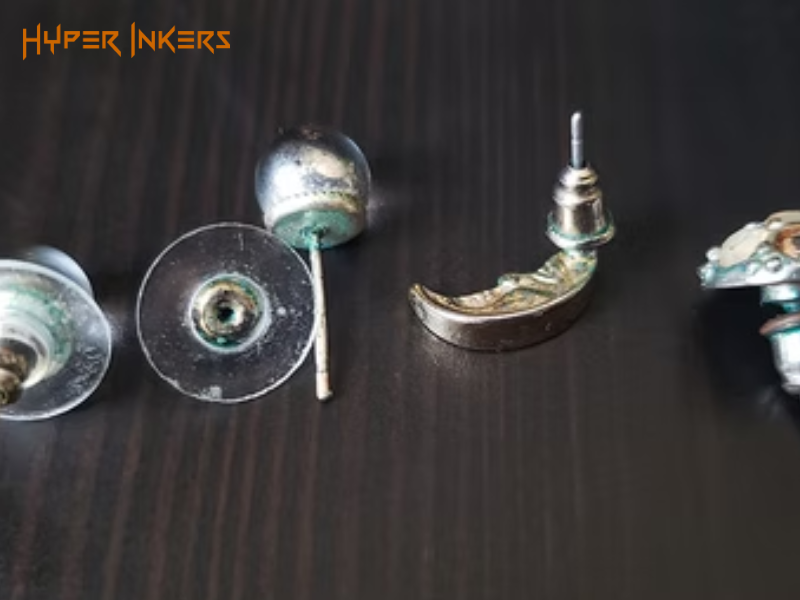
Unregulated Piercing Environments
Piercing places without proper licensing or hygiene protocols often lack sterilization, reuse of equipment, and have untrained staff. This increases infection risks and means no reliable aftercare or accountability if things go wrong. Choosing a qualified, licensed professional and quality materials is essential for a safe, beautiful piercing experience.
How to Minimize Piercing Dangers
While all piercings carry some inherent risk, you can dramatically improve your chances of a positive experience through careful preparation and selection of qualified professionals.
Choosing a Qualified Piercing Professional
Your piercer selection represents the single most important safety decision in your modification journey.
- Inspect the Studio Environment: Reputable studios maintain hospital-grade cleanliness with clear separation between cleaning areas and piercing spaces. Look for sealed, single-use needles, ultrasonic cleaners, autoclaves with regular spore testing, and proper sharps disposal containers.
- Review Their Portfolio: Examining healed work (not just fresh piercings) demonstrates a piercer’s consistent quality and placement accuracy. Ethical piercers document their work and happily share examples with potential clients.
- Evaluate Communication Style: Professional piercers patiently answer questions, thoroughly explain procedures, discuss realistic healing expectations, and never pressure clients into decisions. They should perform detailed consultations addressing your medical history, lifestyle factors, and anatomical suitability.
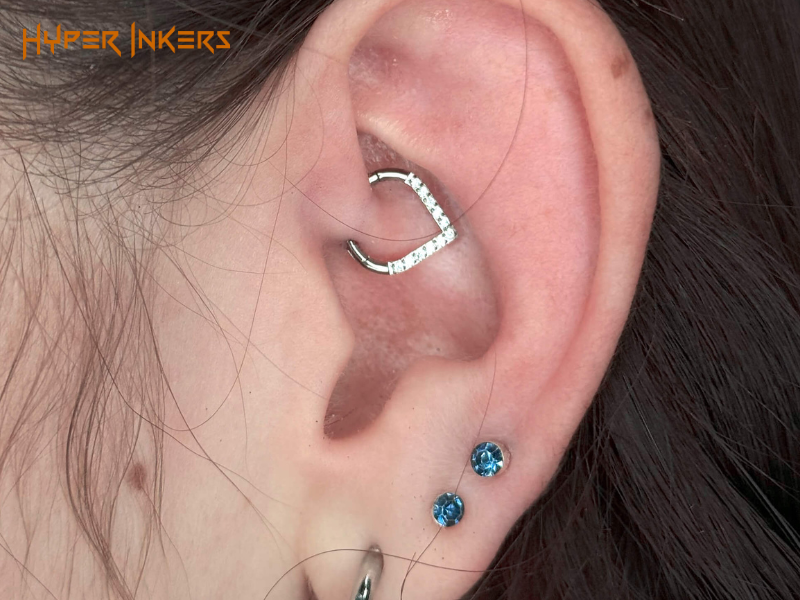
Proper Aftercare: Your Defense Against Complications
- Follow Professional Instructions:Your piercer’s specific aftercare guidance supersedes general advice, as they’ve assessed your specific piercing and circumstances.
- Cleaning Protocol Basics:
- Wash your hands thoroughly before touching the piercing
- Clean 2-3 times daily with sterile saline solution (wound wash)
- Avoid alcohol, hydrogen peroxide, antibiotic ointments, and harsh soaps which delay healing
- Rinse thoroughly after cleaning to remove solution residue
- Pat dry with clean, disposable paper products rather than cloth towels
- Warning Sign Awareness: Familiarize yourself with normal healing progression versus complication indicators, seeking professional evaluation when uncertain.
- Resist Manipulation: Avoid rotating, playing with, or unnecessarily touching jewelry during healing, as this introduces bacteria and creates micro-tears in forming tissue.
Proper aftercare forms your primary defense against complications, but it’s not the only factor in successful healing. Your daily activities and habits also significantly impact how well and how quickly your piercing heals. Let’s examine how temporary lifestyle adjustments can support your body’s healing process.
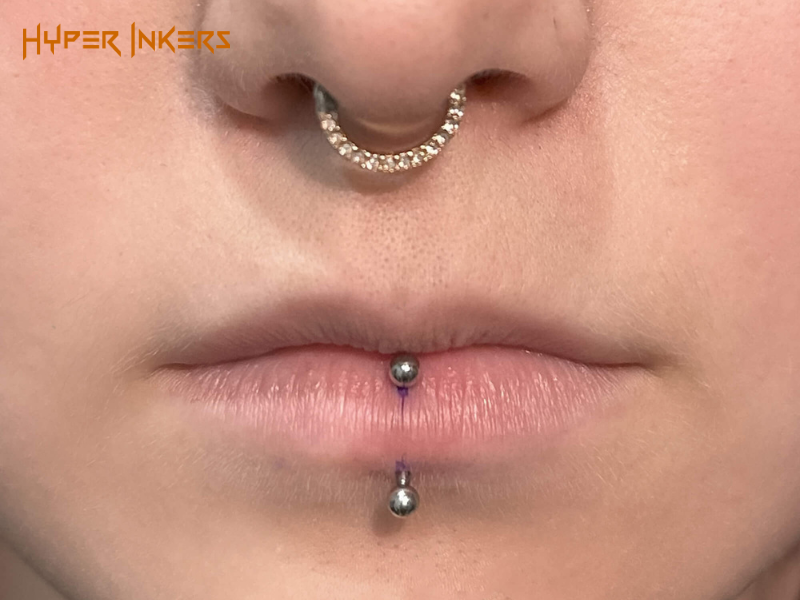
Lifestyle Adjustments During Healing
Making small changes to your routine can greatly improve piercing healing. Avoid putting pressure on new piercings while sleeping, and wear loose, breathable clothing that won’t irritate them. Steer clear of activities that risk contact or exposure to unclean water such as pools and lakes. Support healing with good hydration, nutritious foods, and stress management to keep your immune system strong.
Experience Safe, Professional Piercing at Hyperinkers – San Antonio’s Premier Tattoo & Piercing Shop
At Hyperinkers, safety isn’t merely a procedure—it’s our foundational philosophy. Our piercing specialists combine extensive training with years of practical experience to offer modifications that minimize risks while maximizing aesthetic results. Every procedure at our studio incorporates:
- Comprehensive Consultation: We evaluate your unique anatomy, discuss your goals, and honestly assess the suitability of your desired piercing before proceeding.
- Sterile Environment: Our dedicated piercing rooms feature hospital-grade sterilization equipment, sealed single-use implements, and meticulous cross-contamination prevention protocols that exceed health department requirements.
- Thorough Aftercare Education: Beyond providing written instructions, we ensure you understand the healing process, potential complications, and when to seek follow-up care.
- Ongoing Support: Our relationship continues beyond the piercing procedure with free jewelry changes once healed, troubleshooting consultations, and professional advice throughout your piercing journey.
We believe informed clients make the best decisions for their bodies. By understanding both the artistic possibilities and potential risks of body piercing, you can confidently pursue modifications that enhance your self-expression while prioritizing your health and safety.
Piercing is a powerful form of self-expression that transforms your body and tells your unique story. Yet, with this beauty comes responsibility. Understanding the risks, choosing experienced professionals, and committing to proper aftercare are essential steps toward a safe, rewarding piercing experience. At Hyper Inkers, we’re dedicated to guiding you every step of the way, ensuring your piercing is not only stunning but also healthy and long-lasting. Trust us to blend artistry with safety so your body’s canvas shines confidently for years to come.










